A. Understanding the era in general and specific. See the history of Reticules (handbags) and Soutache Trim at the bottom.

Fashion was like This
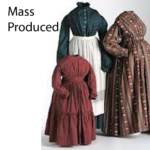 MASS PRODUCED
MASS PRODUCED
- Clothes of “regular folks” from this time forward were very much plainer than those found in fashion plates
- Even those who considered themselves fashionable or who had the money, still wore much plainer every day garments than earlier eras
- A study of history of fashion of this time means taking the “fashionable”, & simplifying it to the basic elements of line, silhouette, color, texture, & function which would have been the everyday norm for people of European or American influence
- Mass production of ready-made clothes flourished, so department stores & factories thrived, putting more women to work
- One worker might be responsible for attaching sleeves to the bodice over & over all day long, unlike prior eras when one worker would make the whole garment
- Many garment workers lugged their own sewing machines back & forth from the factory
- By 1900, piece-work was often farmed out to workers to do in their homes. The”bundle brigades” became a profession in themselves to transport finished pieces to the garment factories
- The term “sweatshop” came due to poorly lit & ventilated factories
HIGH FASHION TAILOR MADE CULT OF BEAUTY
- The “Cult of Beauty” (“Paris mainstream fashion”) which lasted until 1900 was the fashion “standard” of the day. It emphasized a return to very high hand-made quality, but dictated designs generated by professionals which varied from fashionable to practical
- English tailor-made was especially of high demand in America
- The return of tailor-made versus ready-made was largely due to the heavy marketing of couture houses such as Redfern in Paris
- Redfern’s designer at the time was an Englishman, Charles Poynter
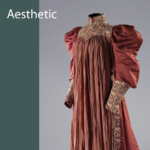 AESTHETIC & ARTISTIC DRESS
AESTHETIC & ARTISTIC DRESS
- The Rational Dress Society was founded in 1881 in reaction to the extremes of fashionable corsetry & undergarment structures such as the bustle
- The cause of artistic reform, started by the “Pre-Raphaelites” & “Aethetics” in previous eras (see 1852-1867), was picked up by the Council of German Women at this time
- This new “Aesthetic” movement greatly influenced the era & was of especial impact throughout the 1880’s
- In reaction to heavy drapery & rigid corseting of mainstream Paris influenced fashion, aesthetic dress focused on beautiful fabrics made up simply
- Both “Aesthetic” & “Artistic” dresses of the 1880’s & 1890’s appear outwardly to be much the same. The both included rejection of tight lacing, simplicity of line, & emphasis on beautiful fabrics
- Both “Aesthetic” & “Artistic” dress was based on a liking for Greek drapery & other costumes of the past with natural, flowing lines
- “Aestheticism”, however, had a philosophical purpose in rejecting the moral & social goals of the Victorian dress
- “Artistic” dress was just a fashion or style
- “Aesthetes” believed the role of the Arts was to provide refined sensuous pleasure, & to inspire emotion on the part of the observer & participant
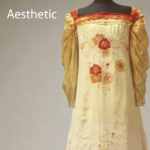 ARTS MOVEMENT
ARTS MOVEMENT
- The “Arts” Movement revered specifically the lack of sensuousness
- “Artists” believed quality art could be created just through simplicity & beautifully handcrafted work without infusion of philosophy or socio-political intent
- “Aesthetic” fashion was greatly influenced by Japanese & Eastern art & colors
- “Aesthetic” fashion from an outsiders’s viewpoint was jokingly considered to be “greenery-yallery’ because of its heavy use of natural forms, colors, & textures which ended up the colors of plants due to use of natural dyes & other natural materials
- The name “Liberty”, a leader of the movement & English shop owner & designer, is woven into terms regarding the “Aesthetic” movement’s influence on interior design, clothing, & manners
- Liberty garments were at their peak in 1905 when they had very successful catalog sales
- Liberty fabrics are still manufactured & sold today, utilizing the same concepts of their origin in producing luxurious florals & naturally inspired materials
- The catalog was an excellent means of sales for the “Aesthetic” & “Artistic” movements, as the loose fit & draping lent itself well to generalized sizing & fast & easy mass production
- Many of the “Aesthetic” fabrics were imported from Asia, & later manufactured at Liberty’s
- “Aesthetic” fabrics were known for their beautiful colors, & soft easily-draped textures
- Small print florals were particularly noteworthy of the “Aesthetic” fashion
- “Aesthetic” dress included a wide range of styles: Japonaise gowns, Kate Greenway inspired smocks, & velvet jackets
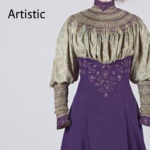
- Knee breeches a la Oscar Wilde’s “aesthetic lecturing costume” (he wore for his speaking tour of America in 1882) came back into popularity for men
- “Aesthetic” dresses were sometimes loosely fitted with a belt at the waist
- The tea gown of the upcoming Edwardian era was influenced by “Aesthetic” ideas
- Like the everyday “Aesthetic” dress, an Edwardian tea gown was a frothy confection worn in home; even to receive visitors
- There were many poor imitators of the “Aesthetic” movement at the time
- Because of poor imitations, misinformation, & its philosophy being radical at the time, the movement was much misunderstood & ridiculed by the public
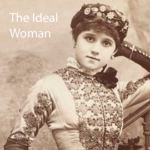 THE IDEAL WOMAN
THE IDEAL WOMAN
- The strong woman was the image of the day
- Mainstream fashion depicted the strong woman, & met her demands for intellectual & physical freedom through “Tailor Made”, “Ready Made”, & even “Aesthetic” fashion
- In the midst of this rising image of the strong, intellectual, innovative, & innate beauty, came a different type of feminine ideal
- The heroine of the day was a Dicken’s-like frail heroine who had minute hands & tiny feet
- She was quiet, calm, humble, & lived only for her man
- She didn’t have a chance
- Very quickly the full blown & powerful, outspoken, voluptuous, “Rubenesque” independent woman would knock the tiny pensive heroine off her pedestal
- The prevailing ideal of the long lean look of the 1870s & 1880’s became the ’80’s-’90’s big, strong, & curvy silhouette of the emancipated woman with the literal & figuratively broad shoulders
- There was an aggressiveness & rigidity about the new erect, square-shouldered female figure
- Her image seemed to demand freedom for women from whatever suppressed them
- The powerful image appealed to women
- In spite of the counter movements for softness, weakness, & submission, the strong woman prevailed
- The silhouette objective became the hourglass
- From a young age, women strove for the new ideal
- Girls were forced to walk with books on their heads & corks with needles sticking out around their necks to keep their necks long, their bodies strong, & posture perfect

—— SPECIFIC FASHIONS 1881-1887——
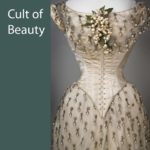 CULT OF BEAUTY/TAILOR MADE HIGH FASHION (“Aesthetic & Artistic” discussed above)
CULT OF BEAUTY/TAILOR MADE HIGH FASHION (“Aesthetic & Artistic” discussed above)
- The high fashion style of this era was severely tight with restrictive corsetry worn under dresses with long boned bodices, tight sleeves & high necks
- On the surface a very modest & even prudish look, this line was so torso defining that a woman’s shape could hardly go unnoticed, indirectly creating the most revealing & sensuous look yet in history
- Ensembles of this era were (& are) very expensive to make because of the amount of fabric, detail, structure, & expertise required
- The counter “Aesthetic” & “Mass Produced” movements were popular because they cost so much less & were so much easier to make than this mainstream fashion “Tailor Made” style
- By 1883 both day & evening clothes had become flamboyant, due to heavy decoration with drapes & frills
- Notable at this time were military dresses & “mannish” shirts with high collars the same as men were wearing at the time
- The line of the clothes was considered most important
- The Princess sheath garments had no waist seam. The bodice & skirt were cut as one, & the bodice line was similar to the very tight fitting cuirasse
- The cuirasse bodice was long & slim fitting in 1876 & by 1878 it reached the thighs
- The 1878 cuirasse was corset like & dipped deep in both front & back, giving the look of a body encased in armor
- By 1880 the ideas of the princess line merged with the cuirasse line to become the “Princess Panel Dress”. The result was a slim & elongated silhouette that was even further elongated by a train
- No bustle was used, although a pad was sometimes placed to help the fabric fall & drape correctly
- It took a very skilled dressmaker to get a flattering fit. Too often swathes of fabric were wrapped & arranged across the garment to hid poor sewing skills
- It was only suited to the very slim & women who did not have to work, so the fashion only lasted about 3 years
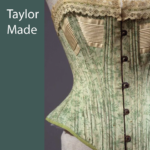 CORSETS
CORSETS
- Women were still very corseted & wired, with shapes specifically altering the body
- These corsets demanded expert tailoring construction as they defined the hourglass to the very end of the 1890’s
- The long corset put tailors back in business, although there was such a wide variety available on the mass market, custom made was not necessary, but desired as an option
- Corsets were very much mass produced & marketed largely through catalogs & department stores
- There were many styles of corsets for all activities, price points, & manufacture
- The most successful corset manufacturer was located in the United States
- Corsets of this era were still called “cuirass bodices” since they held the woman in a kind of body armor, not unlike ancient warriors. (The name “cuirass” is from the name “cuirbouli” or “boiled leather”, the process used by ancient Greeks & Romans to produce their rigid, thick leather fighting body armors)
- The long look was created by having each individual piece shaped for the long body contour desired for the purpose or individual
- Corsets of the 1890’s to 1901 were made of one single layer of coutil fabric
- Corsets of this era continued to get longer, & were very tightly laced from 1880-1890
- They had little separation of breasts, & created a low, full bust
- The spoon busk was nearly always used except in sports corsets. They widened out & then curved inwards towards the bottom in a spoon shape
- Spoon busks were used to hold the abdomen flat, & not create a bump in the smooth line of the front of the skirt. This became more important at the turn of the century, when the “tulip” flared skirt would become the vogue
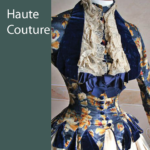 BODICES & JACKETS
BODICES & JACKETS
- From about 1882 the plain high-necked & tight-fitting day bodice grew shorter
- Bodices were severe & austere
- The pointed bodice was very tailored, similar to 1874, but was more of a suit now
- Bodices were cut to a point at the center front until 1885 when it was pointed in the center back also
- The bodice was by 1889 cut below the waistline
- Only the bodice or jacket was tailored now. The skirt remained elaborately draped to emphasize the tiny corseted waist
- For day wear most bodices had some type of center front interest
- Imitation blouse & revers were popular
- A rever was an insert sewn inside the bodice to appear to be a full blouse, similar to the visual effect of the chemisette (which was separated from the main garment as an accessory)
- Long, jacket-like fitted bodices called basques were popular for day wear
- Evening bodices were very plain & fitted; looking more like decorated corsets with small puff sleeves or decorated straps
- The decolletage on ball gowns was cut slightly wider & to a point at both front & back
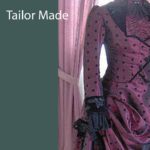 SLEEVES & COLLARS
SLEEVES & COLLARS
- Sleeves were the distinguishing characteristic of this era
- Sleeves started the era as the same 2-piece of the early 1870’s, having heavy cuff decoration, & getting slightly narrower by 1880
- Sleeves were plain & tight from 1880 to 1882
- From about 1882 onward a little fullness was being cut into the head of the sleeve
- Sleeves suddenly ballooned to proportions never seen before after 1883, reaching their peak of large size in 1895-96
- A set of Balloon sleeves on one garment could require up to 21 yards of 22″ wide fabric
- Women had to turn sideways to fit through doors to avoid crushing their sleeves
- Leg O’Muttom, Melon, Gigot, & Balloon were a few names given to the different shapes
- The head of the sleeve was often covered over by frills or a flounce or revers coming across from the bodice
- Sleeves were set into a high or normal armhole with the width at shoulder level rather than swelling from the low dropped armhole of the 1830’s when sleeves were almost this large
- Evening dresses of the mid 1880’s often had a lace flounce added above the sleeve to increase the impression of width
- Evening gowns sometimes had elbow length sleeves in the 1885-86 period
- By 1886 the sleeve gathers were lifted by a full pad to hold the size. They were stuffed with taffeta, paper, batting, & anything light enough with volume to hold them out
- As time progressed towards 1887, sleeves quickly became slimmer again & more plain & close fitting
- Evening & ball gowns were usually sleeveless & low necked throughout the era except for matrons who wore a higher neck
- Most necks were finished with a standing collar called an “officer collar” based on men’s military fashion of the day
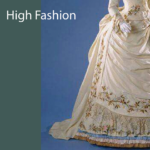 SKIRTS & TRAINS
SKIRTS & TRAINS
- As the 1880’s progressed, as in the previous era, emphasis remained on the back of the skirt, with fullness gradually rising from behind the knees to just below the waist
- Hips became more prominent in focus in 1881 & 1882, hinting at the larger bustle to come in 1883
- 1884 saw the simplification of ideas & plainer clothes
- The dress itself had minimal drapery throughout the era. Fabric drapery was neatly arranged in front of the dress like a small apron, but it was still very heavy with large amounts of fabric because the huge bustle required a very wide skirt
- Also like the previous era, focus was still on the skirt with its pleats, flounces, draped panier, or apron effects
- Due to so much draped & heavy fabric, dresses of this era could weigh 15 – 20 pounds, not including understructures
- Skirts were almost always layered & draped, often with an apron front & a trained back
- Pleating was everywhere, both in skirt construction & in trimming.
- There continued kilting, braiding, & other trim throughout, though not as much in combination or excess as the prior era
- Gowns typically did not have a long train in the back, which was different from gowns of the 1870’s
- Skirts were known as “hobble skirts” due to the tightness of them which made it difficult to walk, thus evolving the use of small pleats & flounces at the bottom so the feet could move
- While trains were no longer worn for day, they persisted for evening wear
- Trains were often a separate attachment which could be fastened under or draped at the back of the skirt
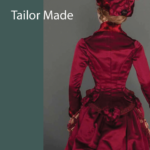 OVERSKIRTS & APRONS
OVERSKIRTS & APRONS
- The apron front was still popular from the 1870’s period, & was worn both centered or asymmetrically
- The apron was usually cut with a square-shaped corner at the bottom
- There was a virtually endless variety of method of draping & pleating & frills
- As the era progressed, hems came up, & clothing was designed to make the faster paced life more efficient & comfortable
- In 1886 skirts were more subdued, the drapes were less tortured
- The fabrics of several underskirts were pleated from the waist to fall to the hem in large flat pleats
- The overskirt was then draped up in the back over the bustle into large swags & waterfalls
- In 1889 pleats were 4-5″ deep & they were stiffened & grouped round the end of the point of the back bodice
- By 1889, the stiff pleats lifted above the bottom of the bodice at the back, as if in defiance of the demise of the bustle
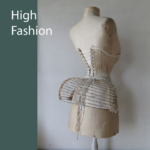 THE BUSTLE RETURNS – #3 – 2nd BUSTLE ERA
THE BUSTLE RETURNS – #3 – 2nd BUSTLE ERA
- The 1881-1883 period, situated between the two bustle eras, was known for being without bustle
- The fullness over the bottom in the absence of a bustle from 1881-1883, was balanced by a fuller, lower chest, achieved by rigid corseting creating an S-shaped silhouette
- The return of the bustle was marketed in Paris in 1880
- Brought back by popular demand in 1883, it was not embraced outside of France completely until 1885
- The return was gradual, & it is sometimes difficult to determine examples of the 1880’s since they crossed over the eras to include everything from no bustle to the 1st bustle “fishtails” to the huge 2nd era bustle all at one time
- All the bustles were worn to some extent through the period until the bustle abruptly disappeared completely in 1890
- The 1883 bustle returned changed from what it had been
- It was now worn at a lower placement with a narrower width
- This was a remake of the 1793 bustle, but in huge proportion
- Very different from the 1870’s bustle also, the 1885 version jutted out horizontally from the hollow of the back
- The bustle was very structured & the effect was accomplished with dress & ornament as well as understructure
- Dresses worn over this new frame were sturdier, being constructed in heavier fabrics such as velvet, satin, or wool
- This 2nd bustle was a “hard bustle” which could stand on its own rigidly horizontal
- It was larger than ever as a hard shape & looked like the hind legs of a horse
- A metal spring pivot type of bustle gave strong support for the larger & heavier skirts
- Its supporting structure became much more rigid & was made of metal bands which worked on a pivot
- The Lillie Langtry invented bustle model of this era could be raised when sitting, & spring back automatically when a lady stood up
- The large bustle reached its most aggressive form in 1886
- The late era 1884-86 bustle was very molded to the body
- Combined with heavier corsetry, the fashion gave an overall appearance of wearing armor due to its rigidity
- By 1888 the bustle was in decline, & by 1889 only a pad was used
- By 1890, it was abandoned all together
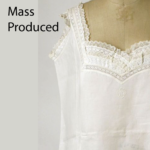 UNDERGARMENTS
UNDERGARMENTS
- Drawers & chemises were combined in 1877 & called “combinations
- A combination was a camisole with attached knee or calf length drawers
- Combinations were worn under the corset, bustle, & petticoat
- Woolen combinations were recommended at the time for health, especially when engaging in fashionable sports
- They were sometimes high-necked & long-sleeved for day wear
- Daywear combinations were made of linen, merino, calico, or nainsook
- The petticoat was made to stay as flat as possible along the front to maintain the smooth line of the bodice
- Petticoats in this era were strictly inside garments under the skirt
- They were designed to follow the shape of the skirt
- Many had ruffles or flounces of self-fabric along the hemline and/or from waist to knee to hold the skirt away from the legs
- Because of the combination, there was not so much need for use of the petticoat for warmth or modesty as previously
- Some women did not wear petticoats of the dress fabric combined with the bustle was stiff enough to stand without one
- In the late 1880’s & 1890’s, the petticoat was more like a 2nd or 3rd skirt & less of an undergarment
- The design & manufacture of a late era petticoat matched that of the skirt as closely as possible, & might even be of a complimentary fabric to be seen as one of the outer layers of the dress
- By 1890 the chemise, drawers, & ruffled petticoats would be replaced by combinations entirely, because they reduced bulk around the waist where women were aiming for a completely smooth line from chest to knee
- Petticoats would later be called a “slip”; a long cotton or silk garment to keep the outer garment from chafing without causing bulk or bump to the silhouette
- They would eventually have one long line from neck to hem the same as the dress
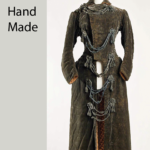 OUTERWEAR
OUTERWEAR
- Outwear evolved from the need for more active wear
- Riding habits had become a “uniform” of matching jacket & skirt worn with a high-collared shirt or chemisette, with top hat & veil
- Riding habits were worn without bustles, but the cut of the jacket still followed the silhouette of the day
- In contrast, hunting costumes adhered to current fashion complete with corset
- Hunting costumes had draped ankle-length skirts worn with boots or gaiters
- Other active wear included walking costumes consisting of a long jacket & skirt
- Walking outfits were worn for travel with a bustle & small hat or bonnet
- Travelers would also add dusters, an ankle length coat to protect their clothes from dirt, rain, & soot from trains
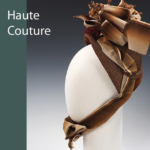 HAIR & HEADGEAR
HAIR & HEADGEAR
- Hair was pulled back at the sides & worn in a low knot or cluster of ringlets
- Later in the era, hair was swept up to the top of the head
- Women started to cut their hair, but only in front
- Fringe or bangs were fashionable throughout the period
- Bangs were curled or frizzled over the forehead & called “Josephine Curls” in reference to the 1800’s Classical Greek style
- Bonnets had curvy brims & resembled hats except they had ribbons tied under the chin
- The “Aesthetics” wore their hair long & frizzed
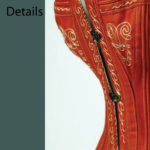 FABRICS, DETAILS, & ACCESSORIES
FABRICS, DETAILS, & ACCESSORIES
- Velvet was a very popular fabric in this period
- New light weight & soft wools were now being woven in mass production, & were favorites for winter or suitings
- Cooler cotton & linen were used for summer
- Colors were darker with bottle green, deep wine, navy blue & black coming to the fore
- Winter gowns were made in darker hues
- Summer gowns were of lighter colors
- Drapery fabric was thicker, harder, & considerably more rigid than in the 1870s
- Satin was popular. It was more crisp & rigid than we know now
- Evening gowns were worn with long over the elbow or shoulder length gloves of fine kidskin or suede
- Large hats, ornate jewelry, & parasols were worn with everything
- Boas were very very popular, & are usually what fashion historians use to depict the end of this era
- Boas were made of feathers, fur, or light fabrics. They were long “snakes” that wrapped around the neck multiple times
- The umbrella, while invented earlier, became THE item used by both men & women for everything from walking to self defense
- Choker necklaces & jeweled collars were fashionable under the influence of Alexandra, Princess of Wales who wore this fashion to hide a scar on her neck

—— ACTUAL GARMENTS OF ERA ——
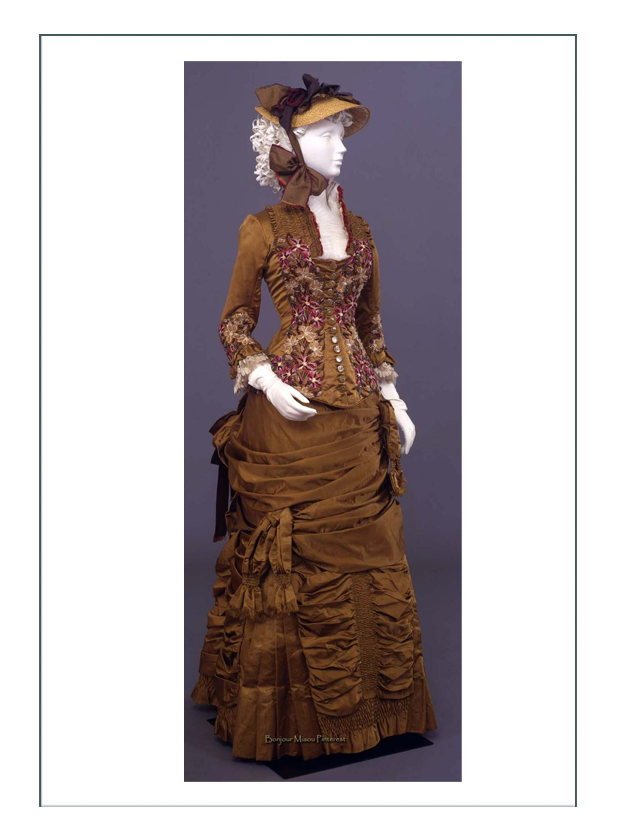
(above) “Traveling Suit (no Bustle between Bustle Eras 1 & 2) 1881″
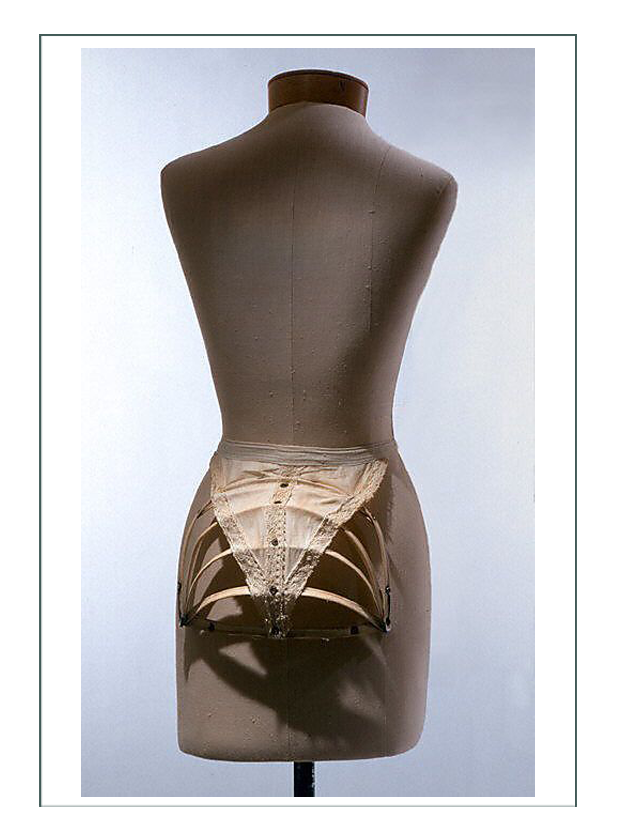
(above) “Small Bustle 1881”
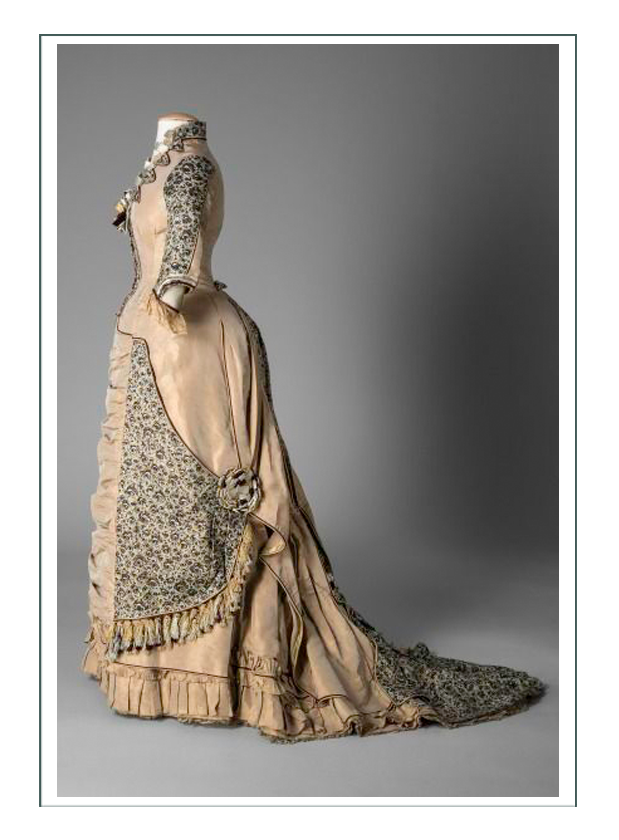
(above) “Tea Gown (Small Pad Bustle) 1882″
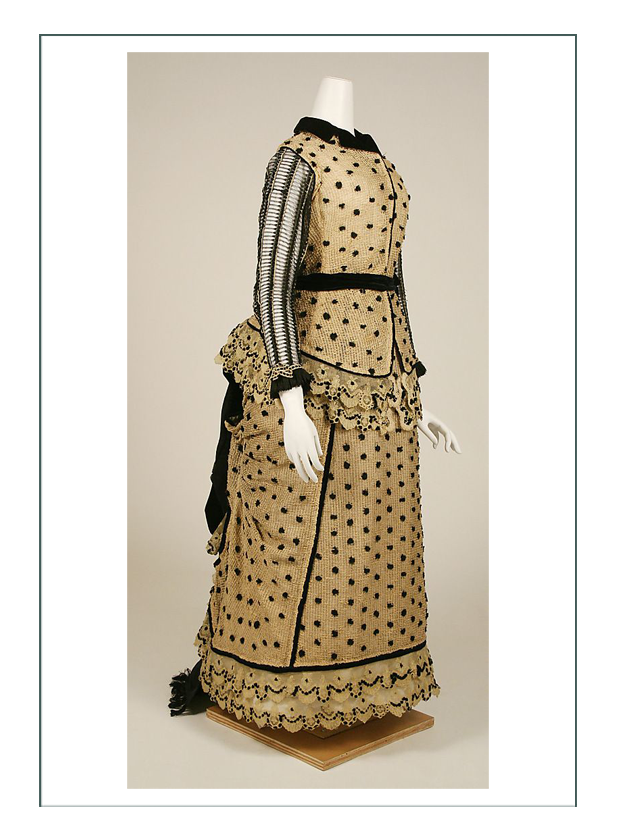
(above) “American Made (No Bustle) 1883″
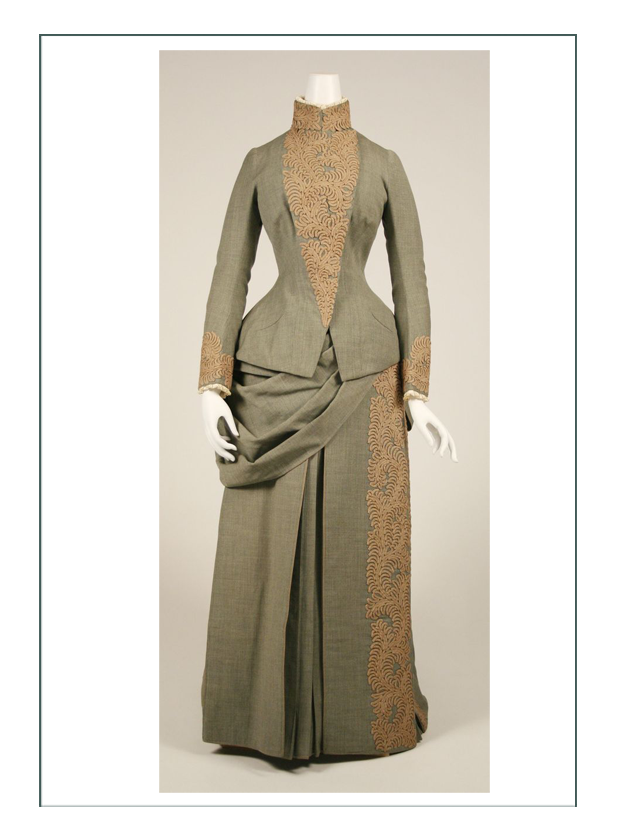
(above) “American Sidesaddle Riding Habit (no Bustle between Bustle Eras 1 & 2) 1883″
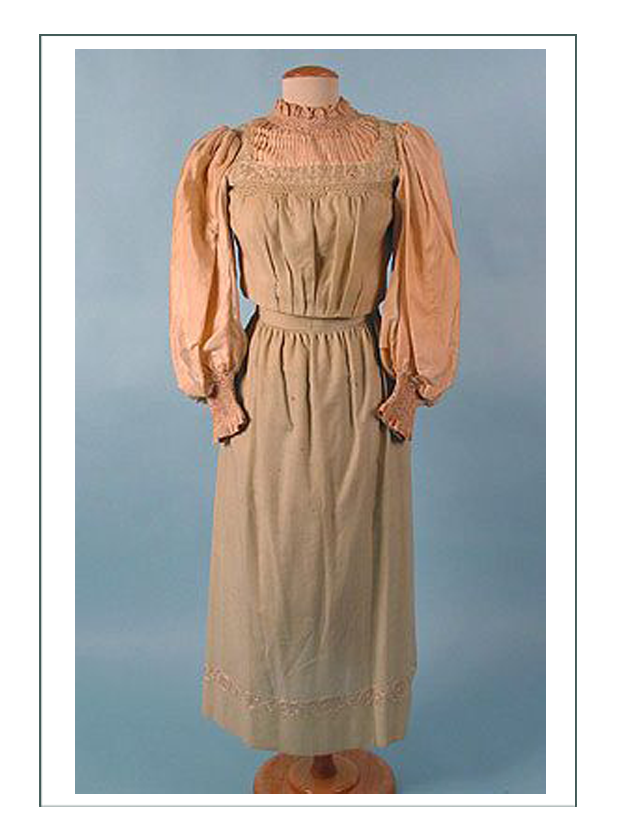
(above) “Reform Dress by Morris 1883 est”
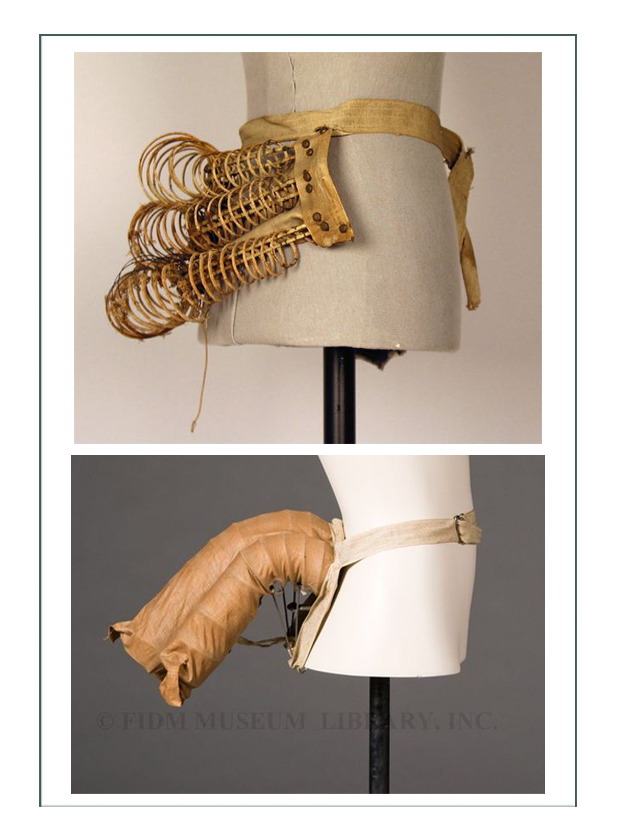 (above) “Wire Bustle 1884 (top) & 1885 (bottom)”
(above) “Wire Bustle 1884 (top) & 1885 (bottom)”
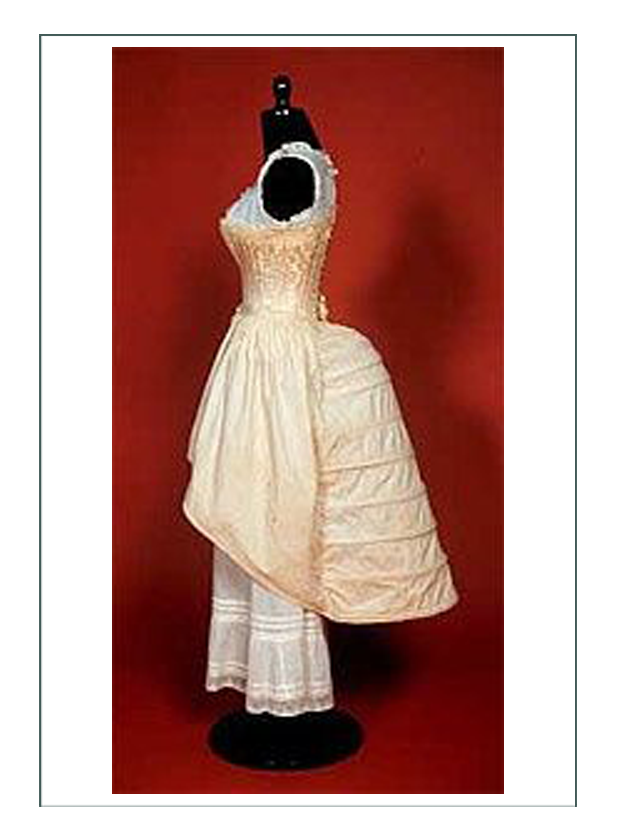 (above) “Large (2nd Era) Bustle Begins Again 1884″
(above) “Large (2nd Era) Bustle Begins Again 1884″
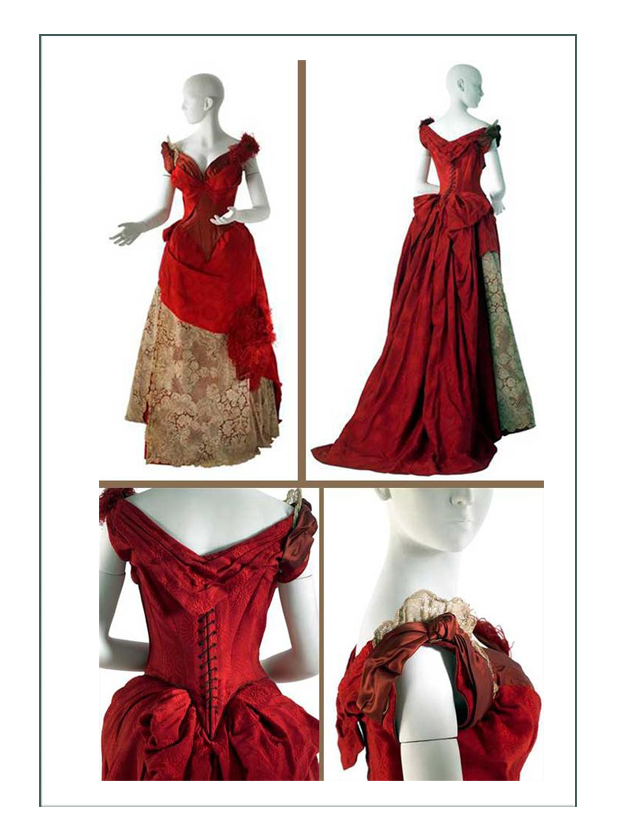
(above) “Court Gown (no Bustle; leaving Bustle 2 era) 1888″
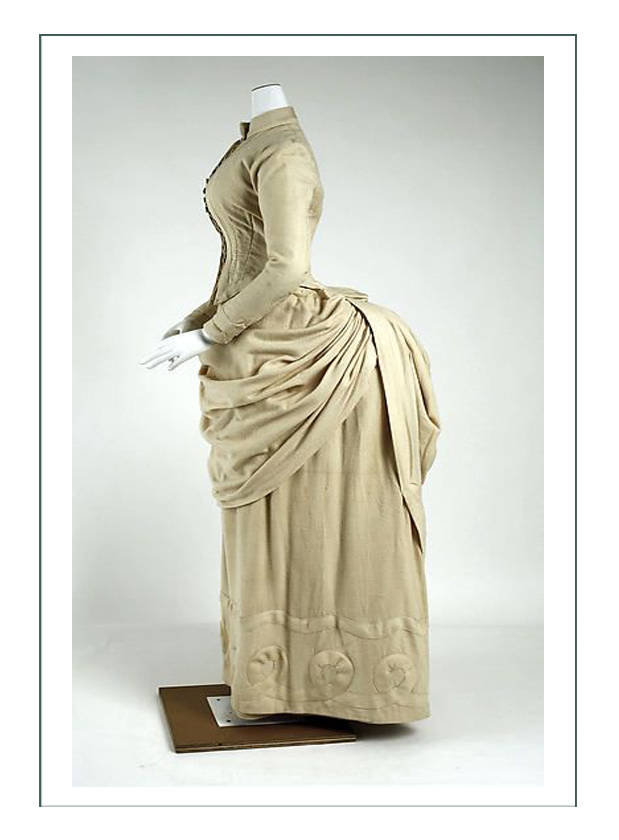 (above) “2nd Bustle Profile 1885”
(above) “2nd Bustle Profile 1885”
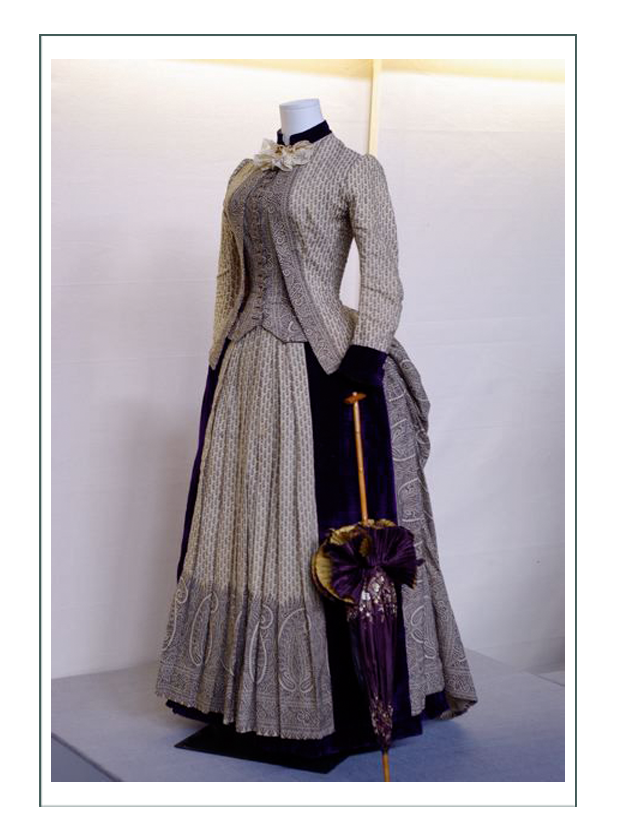 (above) “Paisley Wool Suit 1885”
(above) “Paisley Wool Suit 1885”
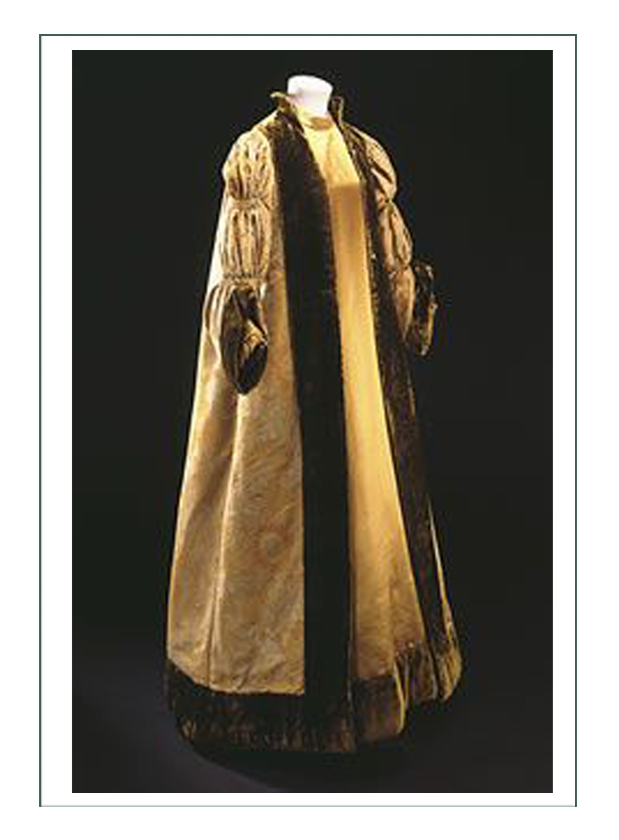 (above) “Liberty Aesthetic Gown 1886 est”
(above) “Liberty Aesthetic Gown 1886 est”
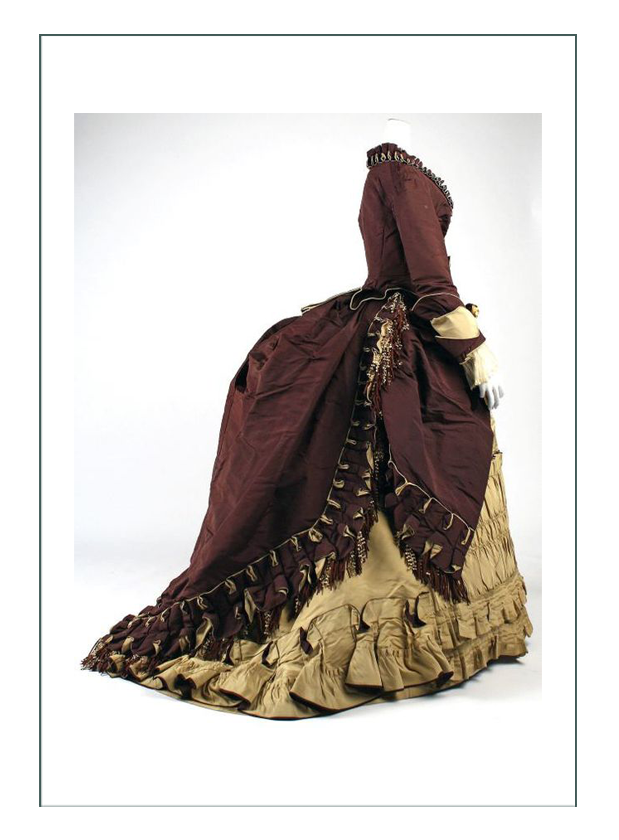
(above) “Travel Ensemble (Large 2nd Era Bustle) 1886″
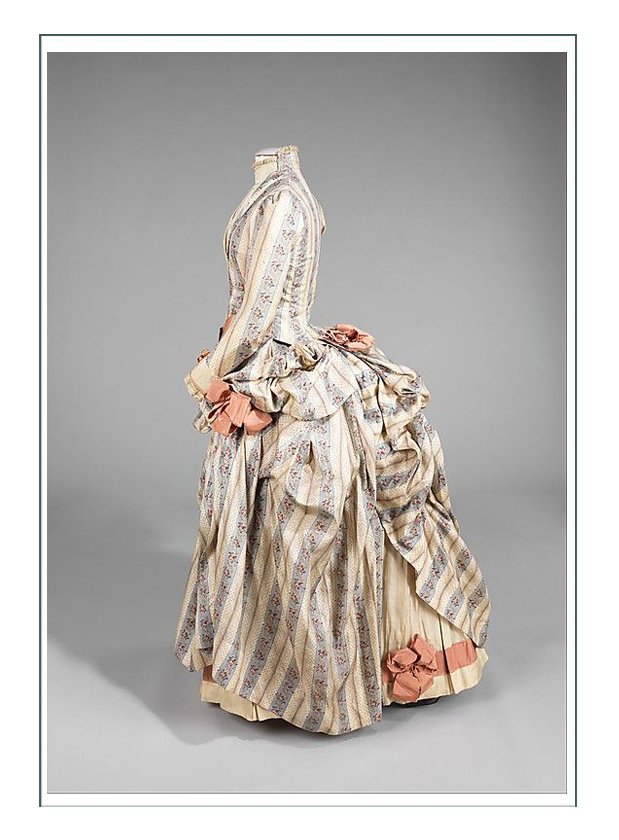 (above) “Afternoon Dress (2nd Era Large Bustle) 1886″
(above) “Afternoon Dress (2nd Era Large Bustle) 1886″
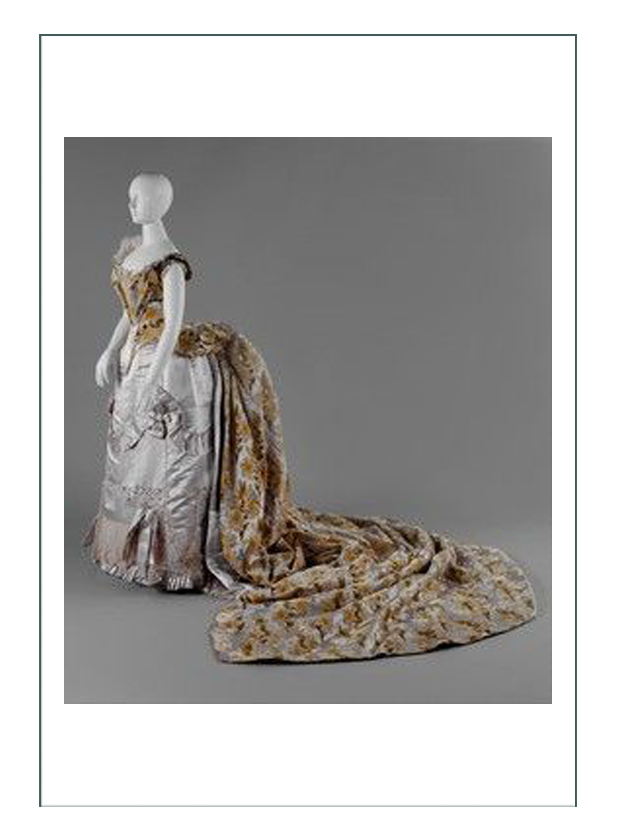 (above) “Last Bustle Before it Ends by Worth with Train “1887”
(above) “Last Bustle Before it Ends by Worth with Train “1887”
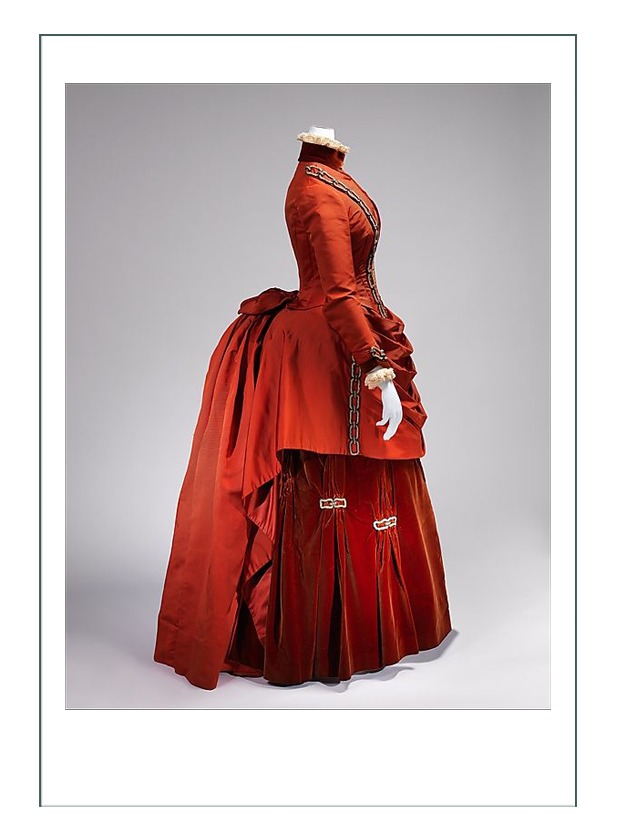 (above) “As Big as a Bustle Got (2nd Large Bustle Era) 1887″
(above) “As Big as a Bustle Got (2nd Large Bustle Era) 1887″

Fashion was Like This
SCIENCE IN FASHION
-
-
- Scientific study of the human body called “anthropumetrics” had changed the design of drafted patterns so they could be standardized
- Women could now successfully sew garments in the home
- Catalog & department stores could make multiples in sizes for true “off the rack” or “ready made”
- Growing urbanization & rapid growth of technology included improvements in city living conditions
- Designers, builders, & manufacturers used “proportionate systems of measure” which applied to the fashion industry too
- In 1884 Dr. Jaeger, a German professor of Zoology in Germany, developed scientific theories about the hygiene of dress, & recommended the wearing of only wool next to the body
- Dr. Jaeger promoted the use of natural fibers in everything in the household to “prevent retention of noxious exhalations of the body”
- Science at the time was equated with being modern, & therefore regardless of Dr. Jaegers lack of scientific data, his research became the foundation for “dress reform”
- This led to many wool garments being produced in a range of colors
-
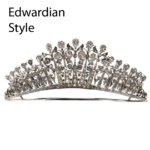 ART IN FASHION
ART IN FASHION
-
-
- Oscar Wilde, philosophical writer of 1894 said “one should either be a work of art, or wear one”
- He also wrote “fashion is a form of ugliness so intolerable that we have to alter it every six months”, “Fashion is what one wears oneself & what is unfashionable is what other people wear”
- Wilde & his wife promoted a return to natural forms of the “bohemian” style which had been introduced in the previous decade through “Aesthetic”, “Artistic”, & “Pre-Raphaelite” movements
- It was now called “Rational Dress” or “Dress Reform”
- The “Aesthetic” & “Art” movements of the last era were still in full force too
- The 3 concepts would lead to the “Art Nouveau” style of the next era
- Officially “La Belle Epoque” era was 1890-1914, so the influence of that high fashion style begins at this time (discussed as a separate era here)
- Magazines & catalogs dictated fashion
-
—— TRENDS 188801898 ——
-
-
- During these years the picturesque “Directoire” style evoking the late 1700’s & early 1800’s was revived
- Directoire elements included tailored redingotes cut back to expose a contrasting skirt, embroidered & brocaded vest effects, dresses with empire waists, & puffy fichus
- There was also an increasing emphasis on fancy sleeves
- This trend was inspired by the 1830’s which were in turn inspired by the 16th century Middle Ages
-
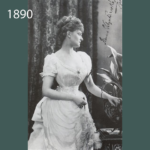 SILHOUETTE
SILHOUETTE
-
-
- Fashion of the 1890’s is overall characterized by long elegant lines, tall collars, & the rise of sportswear
- “Rational Dress” for women’s health was widely discussed in 1891, which led to the development of the sports dress
- Both the extremely tight & fitted corsets & fussy bustle styles existed alongside the rise in “naturalness”
- The silhouette progressively deflated from that with had considerable back fullness & puffy draperies, to the narrow one of the early 1890’s
- Foreign fashion brought influences, especially the red tunic, the “curiass” bodice, & the “prussian” very high neck collar
- The 1890’s were an era of great dress reforms with unfussy, tailored clothes, adapted from the earlier theme of men’s tailoring
- The sharper tailoring of the era, combined with gigantic sleeves & huge hats, gave women a posture that made them look more confident to reflect the ideal of emancipation
- They also put women off balance
-
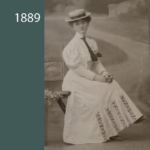 SIMPLICITY & FUNCTION
SIMPLICITY & FUNCTION
-
-
- Simplicity of form was apparent in clothing worn for outdoor activities & travel
- Women were earning their living as governesses, shop assistants, & typists
- The working woman embraced the tailored coat & skirt later called a “suit”
- The shirtwaist, a costume with a bodice or “waist” tailored like a man’s shirt with a high collar, was adapted for women’s informal daywear, & became the uniform of working women
- The tailor-made woman’s suit of the 1890’s had a 3/4 length jacket, wide revers, enormous sleeves, a plain skirt that reached to instep or ground level, & might also sport a waistcoat
- Later in the era, & despite intensive marketing of French fashion houses through magazines & American periodicals to keep it out, the tailor-made suit elevated the combination blouse (“shirt waist”) with skirt into high fashion
- The “suit” had come to be accepted in all venues from walking to work to high tea
- The 1890’s suit had a somewhat masculine style which reflected the working woman’s desire to look smart, but to also increase their ability to be active, or to create the appearance of being active
- Walking Suits featured ankle-length skirts with matching jackets
- The blouse, worn with the suit or without, became popular in 1894
- It was caught in at the waist with a fixed belt, & then a short peplum would extend under the belt
- Ready-made blouses could be bought in great variety from very masculine to dressy for formal wear
- Most of them, with the new scientifically based sizing systems, actually fit
-
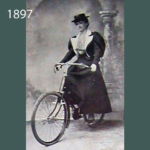 SPORTS
SPORTS
-
-
- Sports dresses included ample skirts with belted blouses
- In the United States, bloomers were used more for exercise than fashion
- American women were the first to embrace bloomers. Necessity of living, especially in the frontier west, had women already wearing men’s clothing, so it was not a large leap from skirt to pant
- The rise of American women’s college sports in the 1890’s created a need for unencumbered movement
- By 1900, all American women’s basketball teams were outfitted in bloomers
- On college campuses, bloomers were paired with blouses to make the first gym uniforms worn in public by women
- Bicycling was THE most popular sport. Groups were formed, including bicycles built for two (tandems)
- Sundays were often spent with whole families cycling together
- Skirts had to be shorter, or be able to lift up to get on a bike
- “Cycling Costumes” had shorter skirts with bloomers or Turkish split trousers
- That women could bicycle in huge skirts was as amazing as that they could climb mountains in bustles, which they did at this time
- By 1890, while American women had already embraced them, women of England, France, Germany, & the Netherlands gave in to the need for some sort of split garment
- They picked up the previously discarded Bloomers
- Bloomers were a type of “knickerbocker” (“knicker”) modest pantaloon named for their inventor Amelia Bloomer in 1850
- Amelia’s original design had been what she called “baggy pantaloons” which were worn beneath a tunic that reached to or above the knee
- Ms Bloomer was part of the Dress Reform movement, & she was highly ridiculed & caricaturized
- With “Dress Reform” gaining popularity, & the need for cycling apparel, people finally stopped laughing at her
- The “Rainy Daisy” was a type of walking or sports skirt introduced in the 1890’s
- The “Rainy Daisy” was named after Daisy Miller, leading character of a book by Henry James published in 1879. The book tells the story of a young American woman traveling in Europe, who is courted by Frederick Forsyth Winterbourne, an American living abroad. It deals with prejudices & the differences between social cultures of America & other countries
- The “Rainy Daisy” was known for practicality in wet weather, as the short hemline kept the skirt out of puddles
- These were worn for all sporting pursuits & bicycling
- The bathing costume was perhaps the greatest innovation of the era, however
- Ensembles were made from grey serge, a fairly heavy wool, in one piece with top & drawers (knickers) with a belt so that it would not reveal the body
- Bathing costumes were so ponderous women would sink
- Eventually a knit suit was developed so a woman could actually swim
-
 —— FASHION SPECIFICS 1888-1898——
—— FASHION SPECIFICS 1888-1898——
-
-
- Some think the demise of the bustle was because it’s wearers & fans were aging & dieing
- Afternoon dresses typical of the period had high necks, wasp waists, puffed sleeves, & bell shaped skirts
- Evening gowns had squared decolletage, wasp-waisted corsets, & skirts with long trains
- Evening & ball gowns were worn with or without trains
- Walking suits had short skirts & matching jackets
- The bustle was gone entirely by 1890
- Only a small pad to lift the rear skirt fabric was left by 1893
- Gathers at the back of the skirt remained until 1900
-
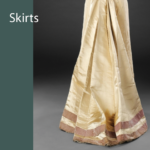 SKIRTS & SUPPORTS
SKIRTS & SUPPORTS
-
-
- In 1885 the skirt had become very stiff, fitting over the hip & shaped into thick umbrella-like pleats
- The shape of the skirt then gradually became a slimmed down version of that through the end of the 1880’s
- By 1890, skirts fell naturally over the hips
- Skirts changed through the period from the wide, horse hind shape to a gentle & graceful bell or “inverted lily flower” which fit closely over the hip, & then flared just above the knee
- The skirt continued to widen & flare as the fullness of the bustle began to fall into pleats instead
- All the fullness that had been draping the bustle disappeared in favor of a smooth line
- Skirts widened in a straight line after the hips to the start of the hem flare
- Skirts were gored & not gathered nor pleated to give a fairly close-fitting effect over the hips
- Some cartridge pleating from the waistband was retained at the back along with some padding to make the hips appear rounded, although it was no longer fashionable to have large hips
- By 1894, skirts were relatively free of decoration
- After 1894, decorative panels extended from the bodice & continued down the skirt with braid or fringe on the edge of each panel
- Different from the simple trims & pleats of the English & American, French gowns were always richly embroidered or trimmed
- By 1899 the flare in the skirt was more pronounced & dramatic
- The bottom of some skirts was cut as a shaped flounce; a design that would carry into the 1900’s
- As skirts became plainer, the tight high-necked, high-busted, & long-waisted bodices became more ornate
- Many skirts had trains for both day & evening wear
-
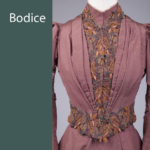 BODICES & JACKETS
BODICES & JACKETS
-
-
- Dresses of the early 1890’s had tight bodices that were gathered at the waist
- After that, bodices began to have even more fullness at the front, which would develop into the pigeon breast or monobosum of the early 20th century
- By 1897, most bodices were gathered evenly all round at the bottom & had a belt which mostly went straight around
- The belt sometimes dipped at the center front
- Bodices had lace jabots & frills including cross-overs or epaulettes of military influence
- Increasing width at the shoulder was balanced by adding width at the hemline
- The bodice shape hardly changed until after 1907, so there was a basic bodice design from which all others just varied
- Bodice variations included square or round necklines
- Necklines rose even higher through the era, supported by very high boned collars
- Special devices were invented to hold collars & peplums to shape. Most of these were wired
- Peplums of various lengths were popular on the bottoms of bodices & jackets in 1894-95
- Peplums were short gathered “fan” like folds of fabric which covered the top of the skirt
- They were faced with silk taffeta so the jacket would slide smoothly over the skirt without riding up
- The Zouave jacket, still popular from the 1860’s, became more tailored at this time
- The bottom of the Zouave was square or rounded
- It fastened across with frogs or tabs, & was worn open or fastened
-
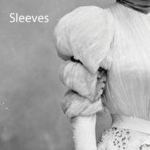 SLEEVES
SLEEVES
-
-
- By 1889 sleeves were huge & needed support
- By 1894 the sleeve puff had become enormous, & the fullness dropped level with the shoulders rather than going upwards as in the previous era
- 1895 sleeves were huge with stuffed Melons, Balloons, & Legs o’Mutton styles
- Sleeves got bigger & bigger until they disappeared in 1896 with the more proportioned styles of “La Belle Epoque”, “Art Nouveau”, & late Edwardian
- The gigot sleeve had also declined in size & popularity by 1897
- The new sleeve of 1898 was more slender, & the head was cut with a built-in puff
- Sleeves got slimmer in 1899
- 1899 sleeves were tight at the wrist & had small puffs or ruffles capping the shoulder. The head still had some fullness
- Late 1890’s sleeves had ruches from wrist to armhole, which looked like wearing bandages
-
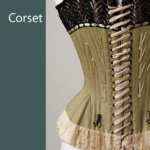 CORSETS
CORSETS
-
-
- The early Edwardian corset is the same as the prior era, except that the bones did not follow the seams of the pattern pieces because the aim of the Victorian period was to smooth out the line of the body, while the Edwardian was to emphasize waist & hips
- Although not intended to be visible like stays of the 18th century, corsets of the 1880’s to 1890’s were elegant & beautifully made
- Black sateen was sewn with yellow, blue, pin, or green decorative machine stitching, & then embroidered by machine or hand
- A wedding corset might be of white satin embroidered with orange blossoms
- Being cut with separate hip pieces, the 1890’s corset results in a “nipped in” waist appearance
- The rib cage was resultingly compressed so the hip bones protruded
- It was arranged in such a way that when the stomach was pushed in, the whole torso tipped forward
- By the end of the era, heading into the Edwardian period, corsets & the body became elongated to an “S” curve that carried forward into the 20th century
- A woman of the time described how it felt to wear the current corset fashion: “although perfectly straight & well made, I was enclosed in stiff stays, with a steel busk in front; while above my frock, bands drew my shoulders back till the shoulder-blades met. Then a steel rod with a semi-circle, which went under my chin, was clasped to the steel busk in my stays. In this constrained state I & most of the younger girls had to prepare our lessons”
-
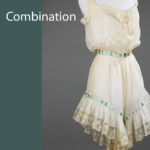 UNDERGARMENTS
UNDERGARMENTS
COMBINATIONS & DRAWERS
-
-
- Throughout this period women’s underwear became more elaborately trimmed & progressively prettier & more alluring
- The decorative period culminated in the 1890s with ‘frou-frou’ petticoats
- By 1890 the chemise & drawers were almost completely replaced by combinations because they reduced bulk around the waist
- A combination was a camisole with attached knee or calf length drawers
- Combinations were worn under the corset, bustle, & petticoat
- By 1899 some drawers were wide-legged & flared
- The drawers, called “knickers” in reference to the previous era’s bloomers were worn
- Whether wide or narrow legged drawers used flat lace, inserts, or ribbon on the hems so as not to disrupt the line of the dress instead of ruffles & edging trims of the past era
- Knickers were split at the crotch
- They had a straight or slightly “v’d” or dropped waist band to keep the front waist area flat
-
CAMISOLES, CORSET COVERS, & VESTS
-
-
- In the 1890’s a short-sleeved or sleeveless under-bodice & over corset light muslin or silk blouse called a camisole was worn
- When a chemise or camisole was worn, knickers were worn instead of the combination
- The corset cover, camisole, or petticoat bodice was worn over the corset to protect the tight fitting dress from being damaged by rubbing
- By the 1890’s, corset covers or camisoles were sleeveless & very glamorous with frills, tucks, lace trimmings, & ribbons
- Undervests of colored washable silk with shaped gussets for breasts were worn under the corset to absorb sweat & prevent chafing
-
CHEMISES
-
-
- By the end of the century, the chemise had become a very simply cut, sleeveless garment with narrow shoulders
- The chemise had a round, square, V or heart-shaped neckline
- It was very highly decorated with lace & embroidery & was made of fine cotton, linen, or silk
- A separate type of chemise was worn with evening sleeveless, decolletee dresses
- The evening chemise was cut straight across the top, with separate narrow shoulder straps, a style that would remain popular into the 20th century
-
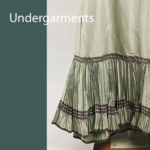 PETTICOATS
PETTICOATS
-
-
- The petticoat was made to stay as flat as possible along the front to maintain the smooth line of the bodice
- The triangular silhouette of the gored petticoat was further emphasized by a lace-trimmed frill at the bottom
- As skirts softened in outline in the late 1890’s to give a curved flare below the knee, petticoats followed the shape
- Petticoats often had circular flounces at the bottom
- This straight, curve, flare, & flounce line would characterize skirts & petticoats until about 1914
- Stiff silk or alpaca petticoats were worn as well as cotton
- Flannel was still used for petticoats, although it was sometimes too bulky for the slim line of the style
- Silk petticoats produced the characteristic rustling sound that marked the ’90’s era
- The silk rustling sound was called “frou-frou”
-
AND MORE
-
-
- The Dress Reform movement, wanting to reduce the number & weight of garments a woman wore, took the concept of the combination to create a “combination divided skirt”
- This was the chemise & drawers combined as seen in the regular combination, but it had also had long wide legs that were intended to replace the petticoat as well as provide service as the underdrawers
-
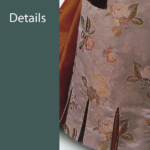 FABRICS & MATERIALS
FABRICS & MATERIALS
-
-
- Lace, gauze, a thick silk (mousseline de soie), ribbon, silk chiffon, tulle, crepe de chine, & specially made lacy details were used
- Designs from French couture houses had extravagantly expensive elaborate gowns in velvet or satin
- Gowns of the late 1880’s were almost always made of 2 colors of material
- As in the past era, vivid colors produced by the new & innovative dye processes such as deep red, peacock blue, bright apple green, royal blue, purple, mandarin, sea green were used along or in combination with tartan fabrics
- Some color combinations were very strange
- At night ladie’s evening dresses were of softer hues & were extravagantly trimmed in contrasting fabrics with much ornamentation at the neckline
- Women wore pastels for day or evening
-
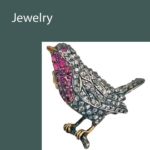 JEWELRY & ACCESSORIES
JEWELRY & ACCESSORIES
-
-
- Matching jewelry included work of Renaissance, along with Greek, Egyptian, & other ancient societies
- There were corals & cameos of many many designs used in brooches, earrings, necklaces, & pins
- Cameos were small motifs of people & animals, often carved in bone or a semi-precious material such as pearl or opal
- Jewelry was often worn over gloves
- Sentimental jewelry was made from the hair of a loved one
- Women put the hair from their hairbrush into a special box each day, & when they had enough, they would weave bracelets or necklaces from it
- Late Victorian jewelry was very complex & ornate with diamonds & emeralds
- Paste was worn often, & there was a large industry for creating replication jewelry
- Parasols were used for every event & outing except when participating in sports
- The difference between a parasol & an umbrella was that the umbrella was large enough to protect one from rain or sun
- Parasols were for appearances
-
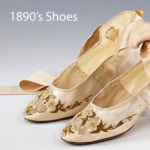 FOOTWEAR
FOOTWEAR
-
-
- High heels were a necessity for any woman wanting to keep her dress clean
- The modern high-heeled boot appeared at this time
- It had evolved from the “clog” decades earlier in the time of Henry VI, & the loose heeled boot of a decade before
- The higher back of the “heeled clog” threw the weight forward, emphasizing the forward balance of the “S” corset line
- High tab front shoes with a large buckle were in style in the 1870’s, went out, & came back in style in the 1890’s
- Except for the shape of the heel, it was almost a nostalgic replication of the shoes of exactly 100 years prior
- Heeled shoes were named such as “Cromwell”, “Colonial”, & “Moliere”
- Suede, leather, lace, & metal were used to fashion the shoe & to decorate it
- Suede was new to the market in 1890, & was available in a few pale shades
- Boots, previously worn strictly for riding, were commonly worn for sports, work, or rural pursuits as well as travel
-
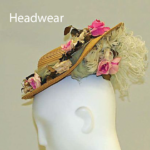 HAIR & HEADGEAR
HAIR & HEADGEAR
-
-
- Hair was fastened around pads with feathers & silk “frou frou” on enormous hats
- In 1890 hair wasmuch the same as in the 1880′
- This included styles with curled or frizzled bangs over the forehead, as well as hair swept to the top of the head
- After 1892, hairstyles were increasingly influenced by the Gibson Girl
- Hair became looser & waiver after 1895, & bangs gradually faded from high fashion
- By the end of the 1890’s the hair was often worn in a large piled mass with a bun at the top of the head. This style would predominate until after 1910
- Hats were described as very large & covered with “the bodies of dead birds”
-
 —— ACTUAL GARMENTS FROM ERA ——
—— ACTUAL GARMENTS FROM ERA ——
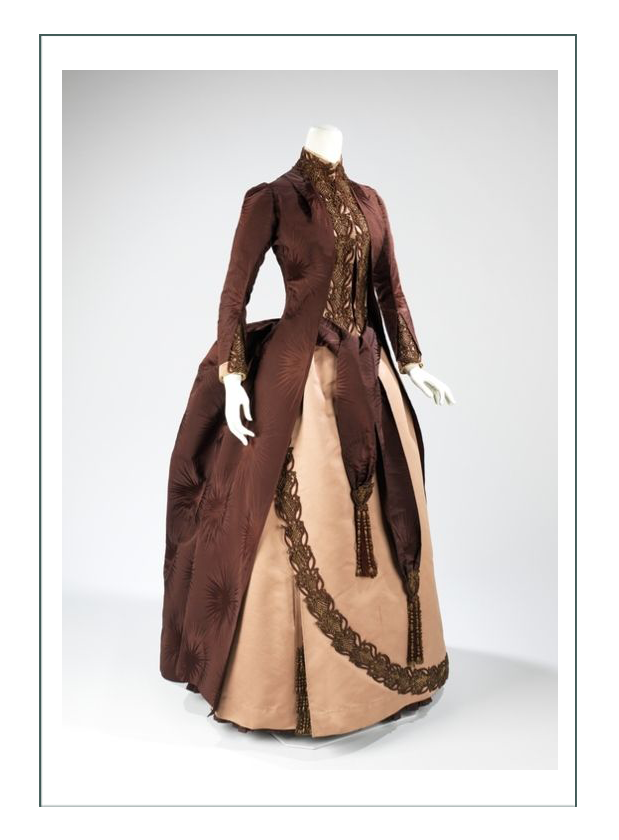
—— (above) “Era Begins with Biggest (2nd era) Bustle 1888” ——
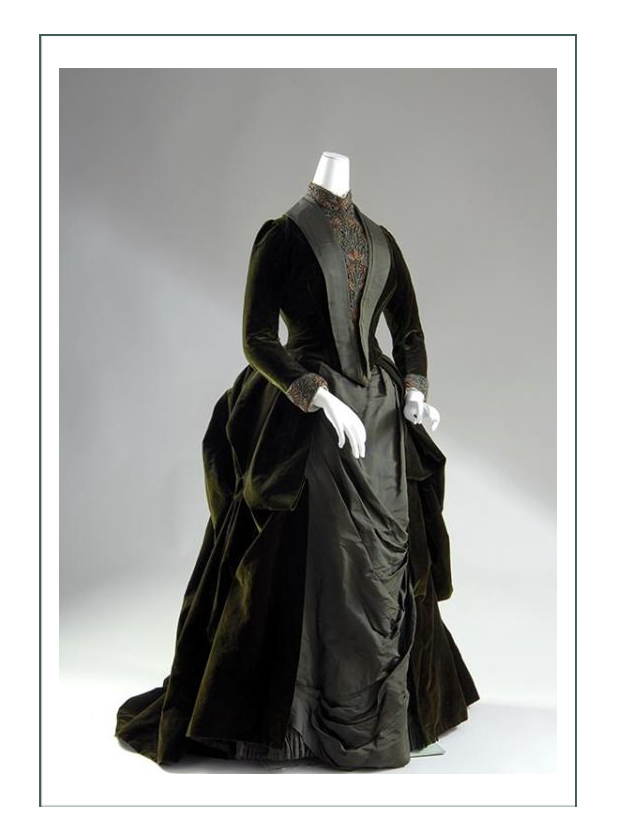
—— (above) “Winter Dress 1888” ——
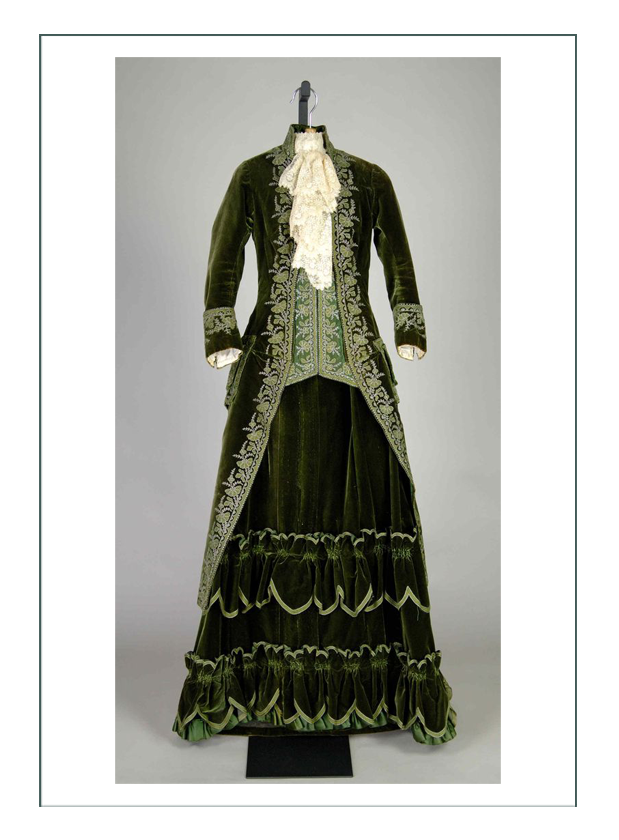
—— (above) “Walking Dress 1888” ——
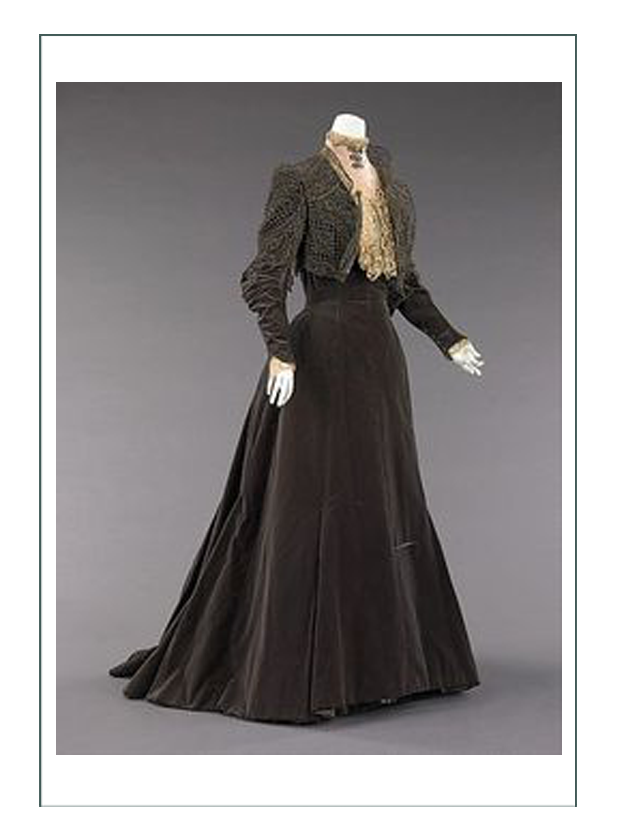
—— (above) “Worth Tailored Gown 1889” ——
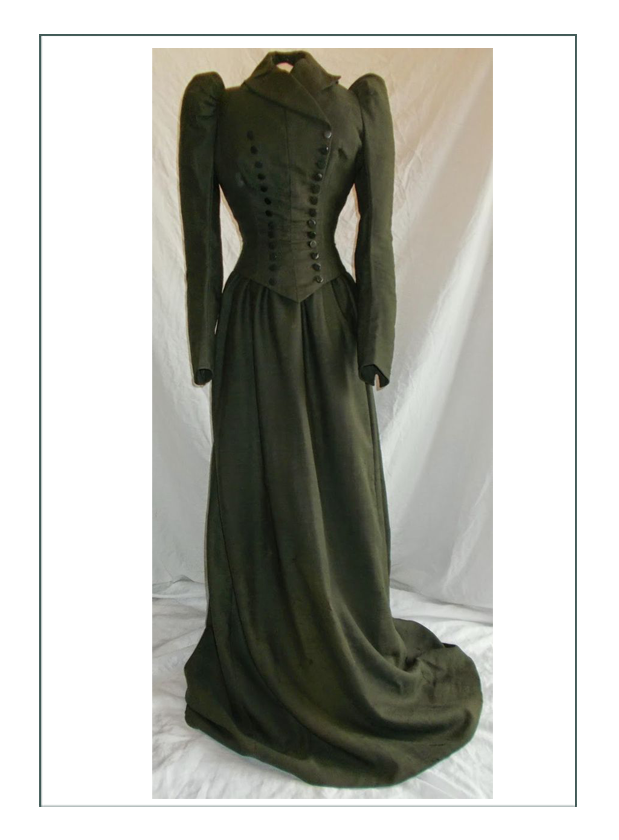
—— (above) “Riding Habit 1890” ——
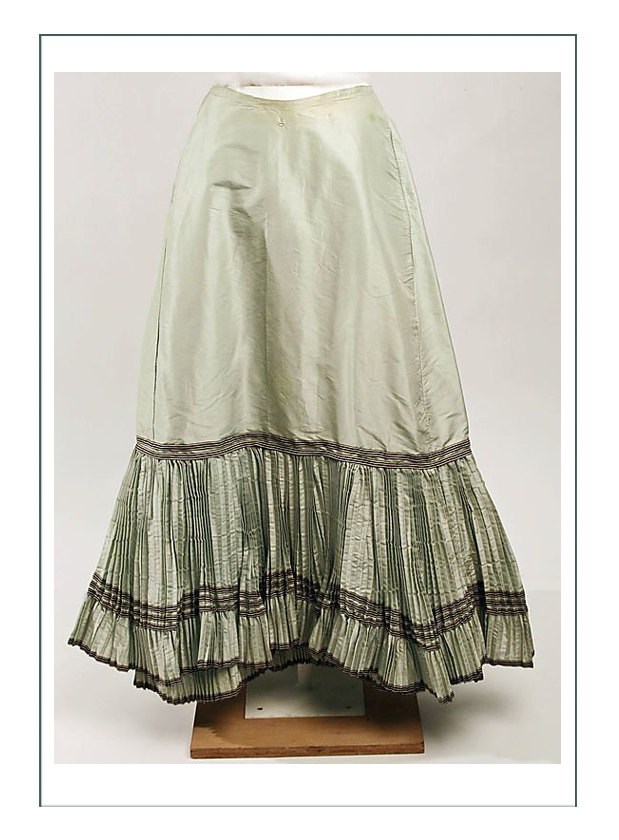
—— (above) “Petticoat 1891” ——
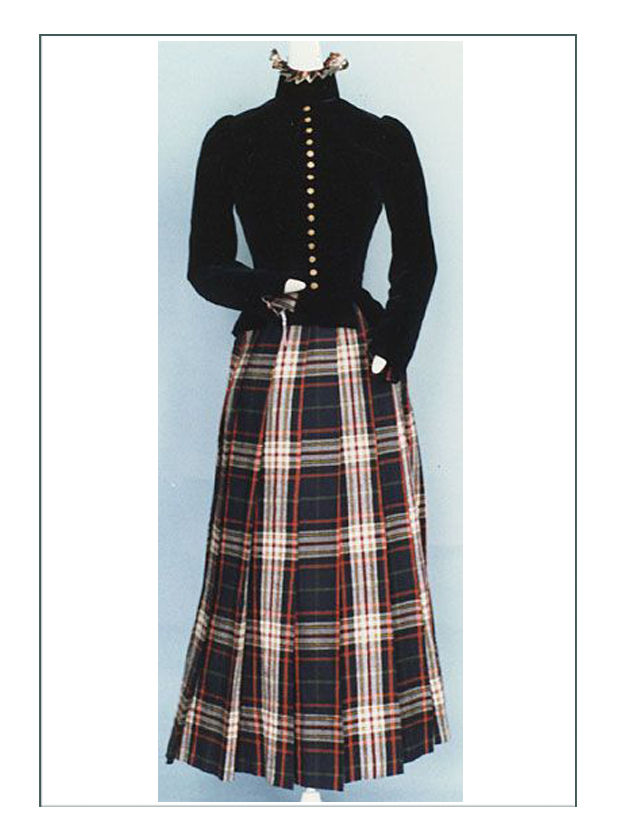
—— (above) “Outdoor Sporting Ensemble 1891” ——
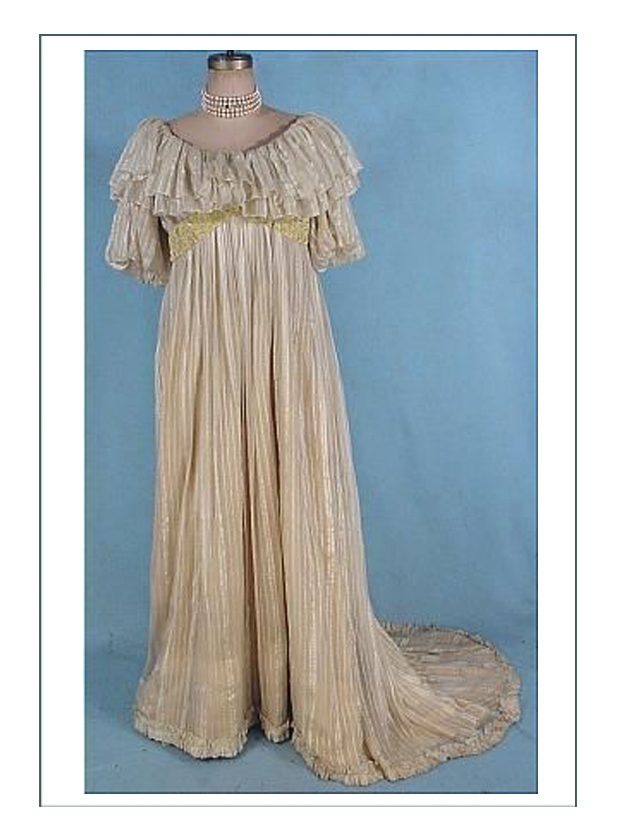
—— (above) “Undress (Negligee) 1892” ——
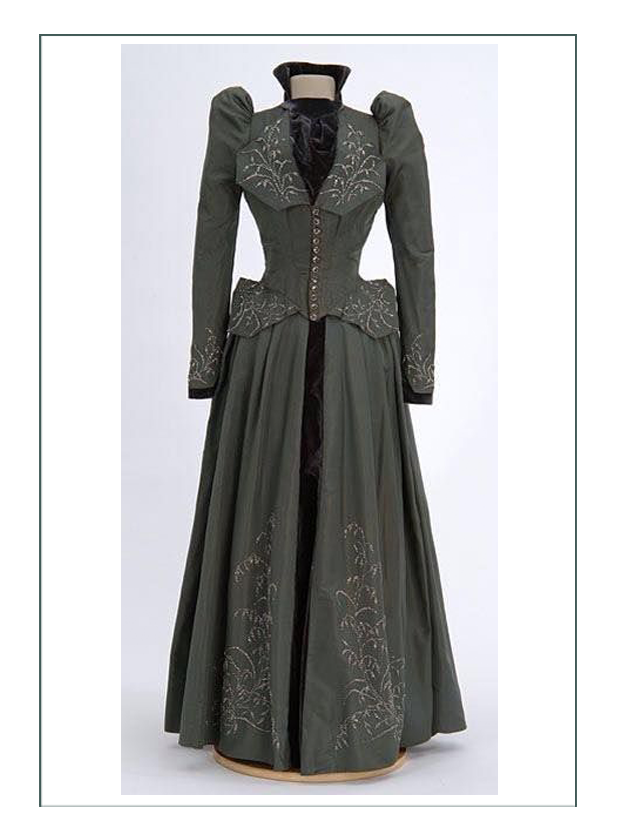
—— (above) “Finally, No Bustle 1892” ——
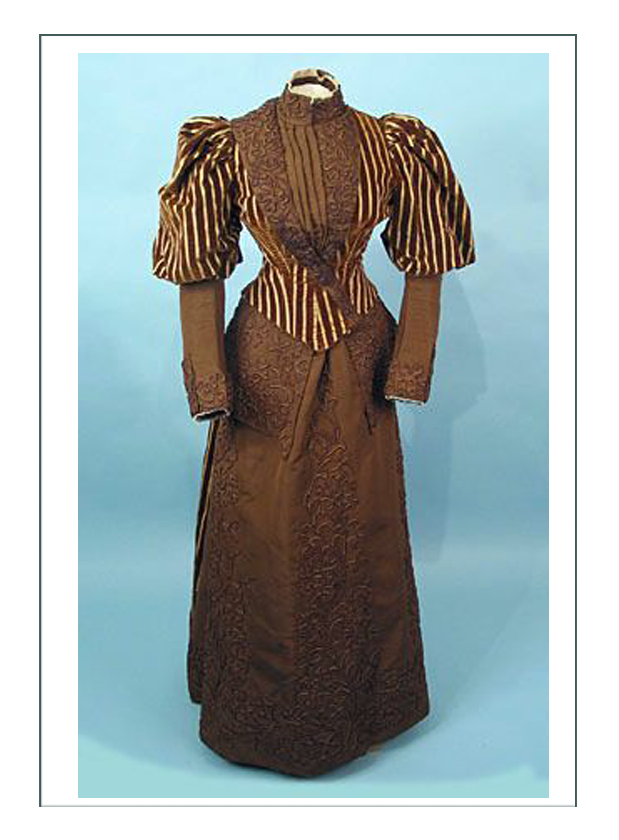
—— (above) “Day Dress Typical 1893” ——
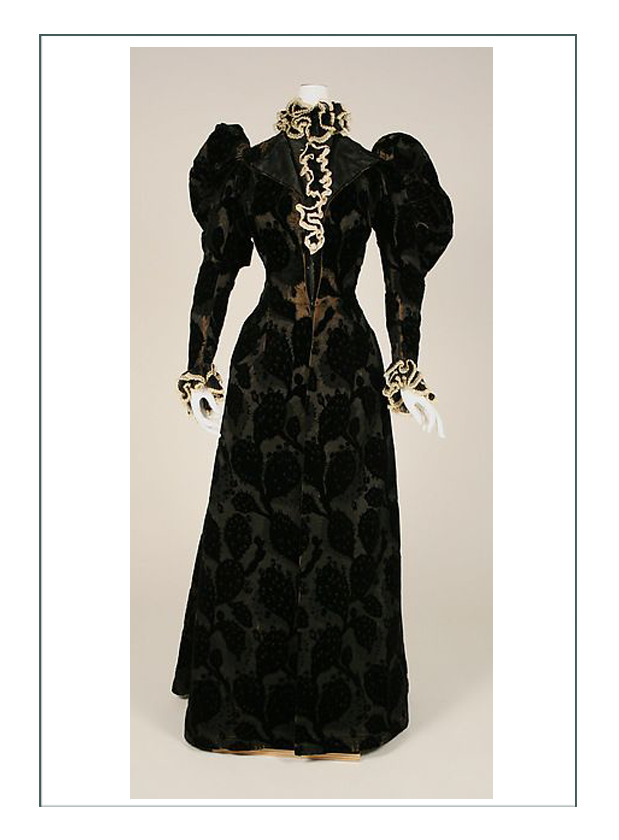
—— (above) “Redingote by Worth 1894” ——
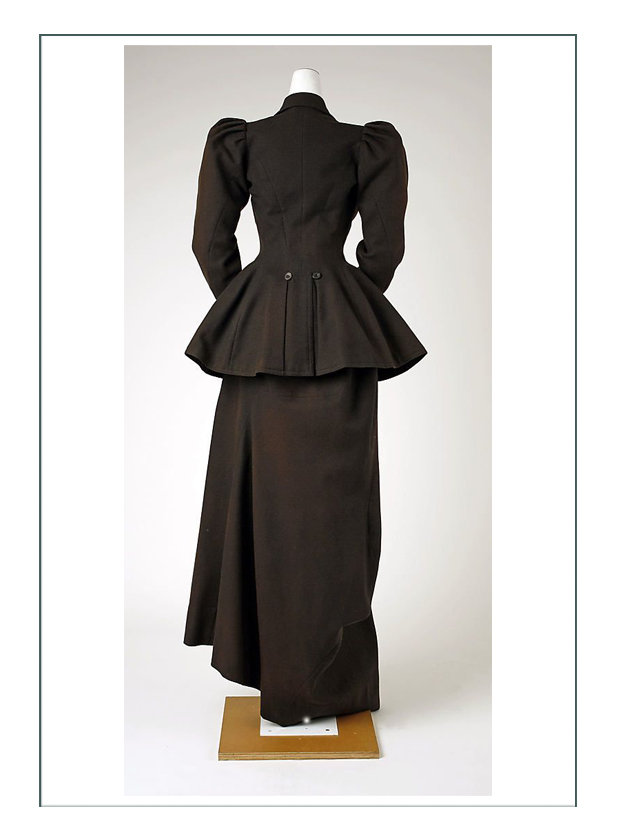
—— (above) “Riding Habit 1894” ——
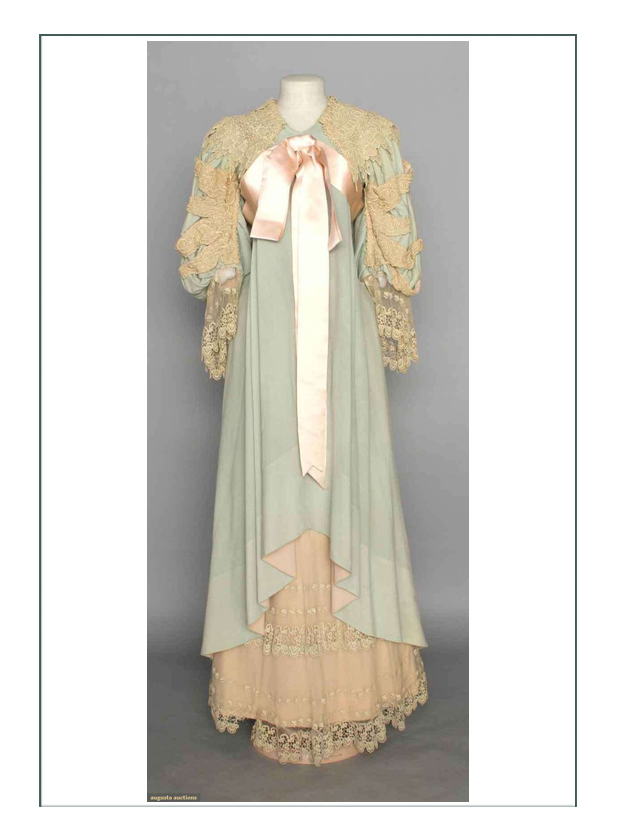
—— (above) “Morning Gown 1895” ——
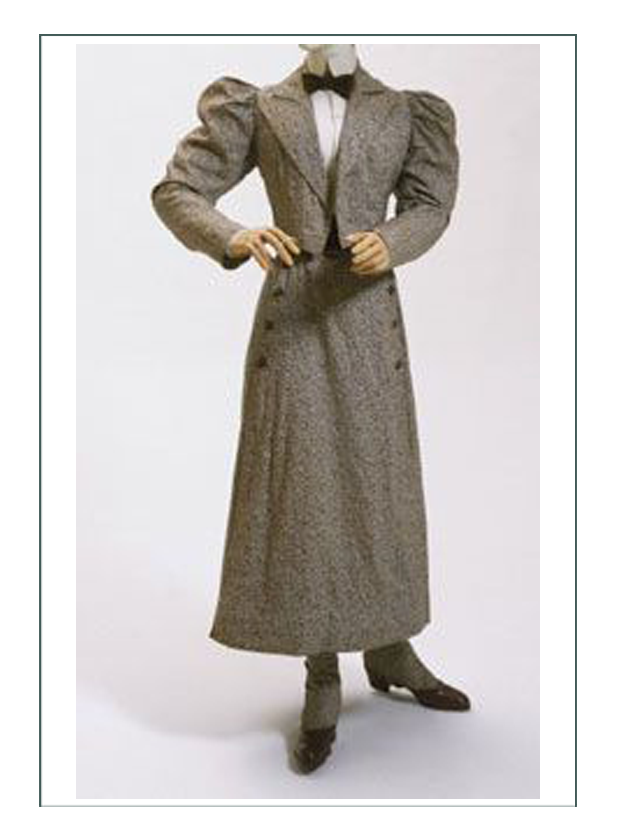
—— (above) “Bicycle Costume 1896” ——
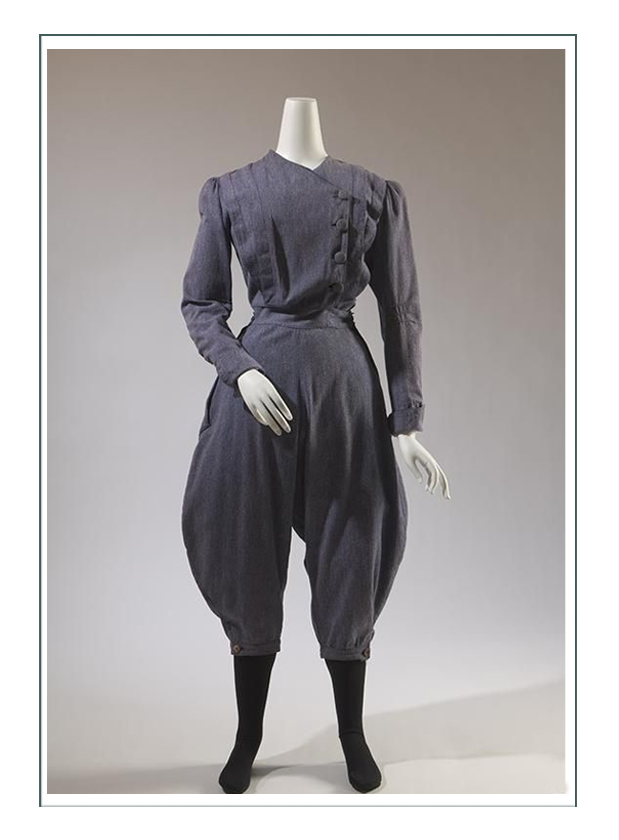
—— (above) “Gym Suit 1896” ——
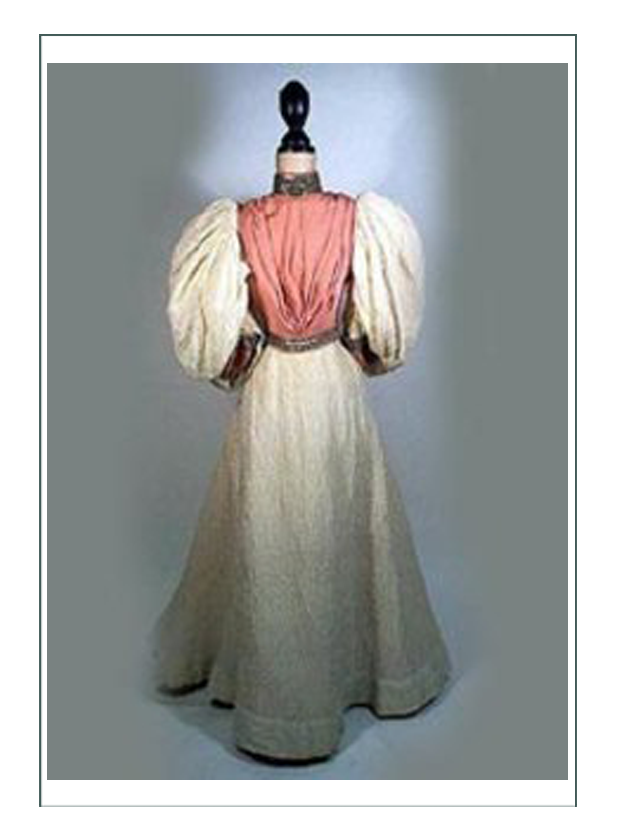
—— (above) “Aesthetic Silk & Faille Gown 1896” ——
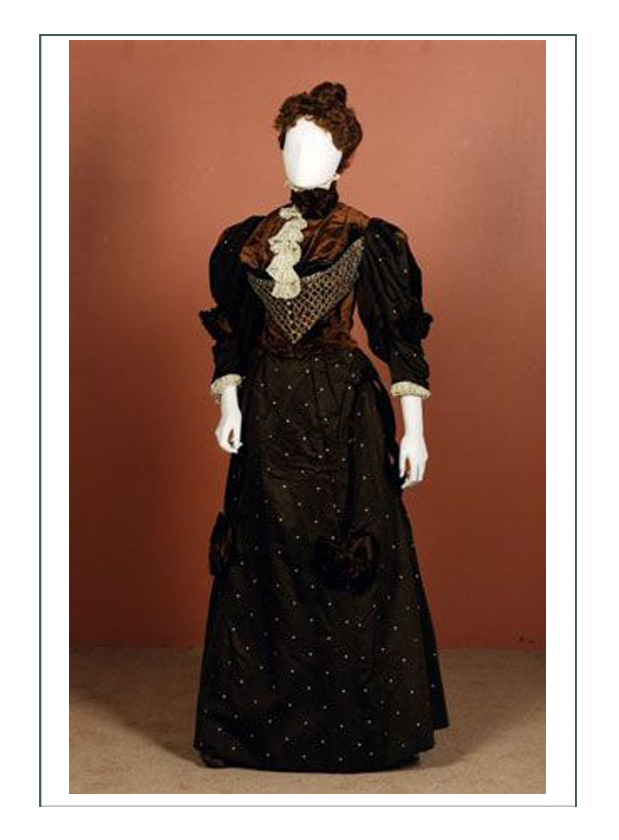
—— (above) “Dinner Gown 1896” ——
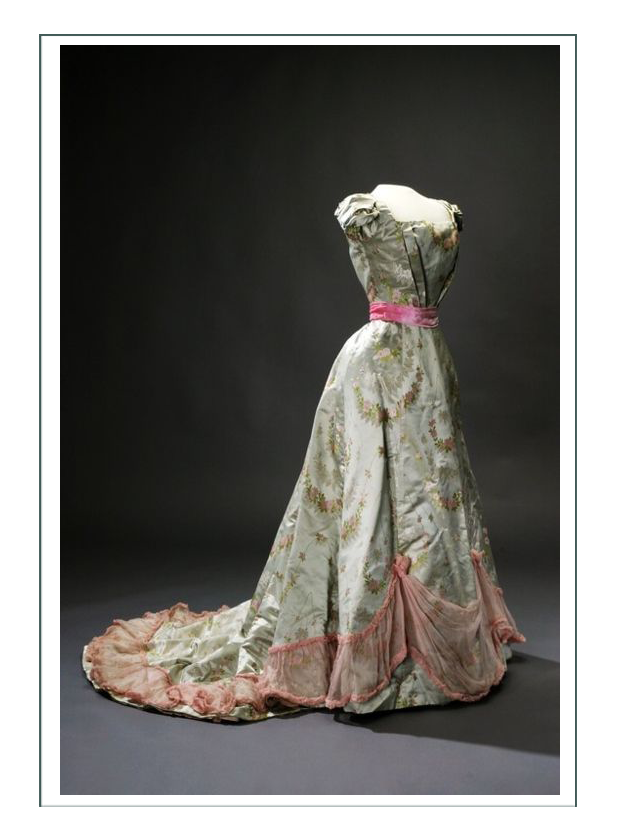
—— (above) “Evening Gown by Worth 1896” ——
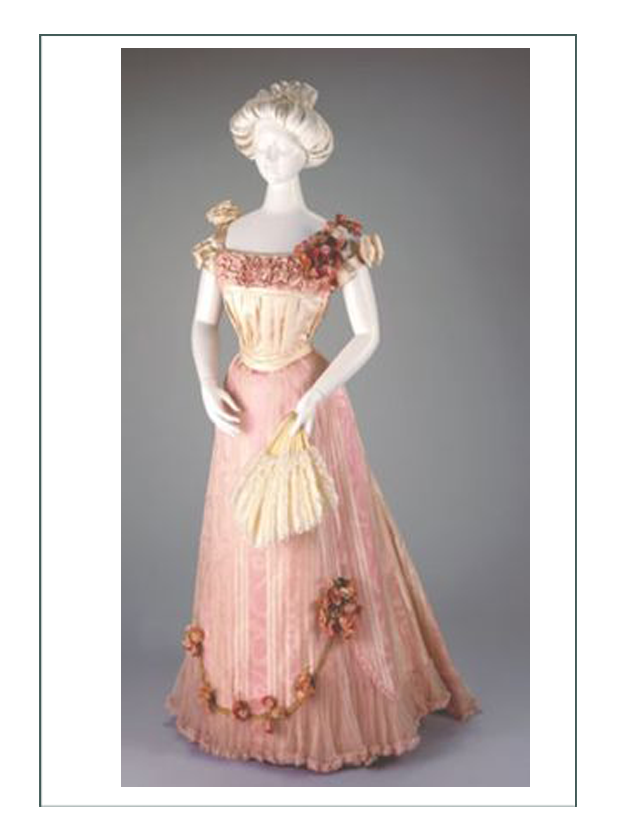
—— (above) “American made Ball Gown 1898” ——
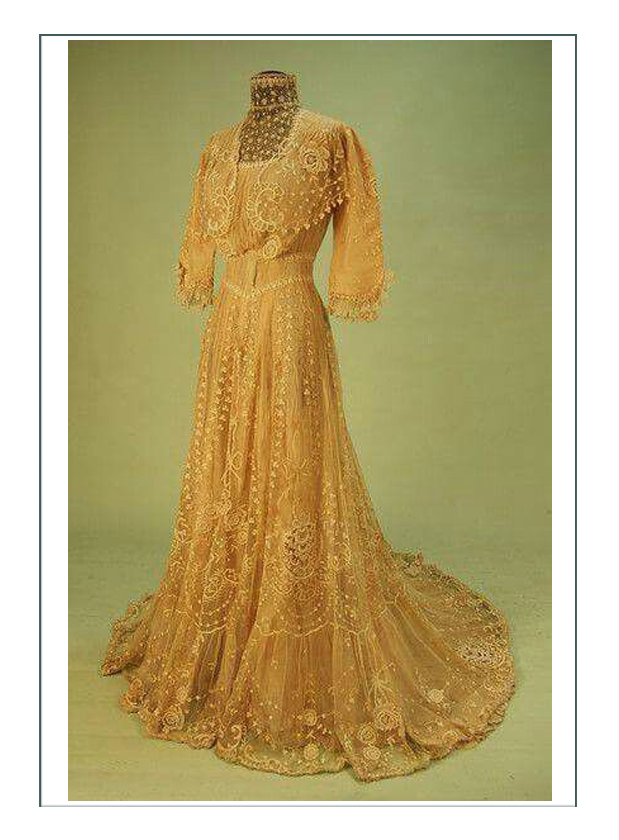
—— (above) “French Tea Dress 1898” ——
B. Determining the year of depiction & best replication of “Lady in White”
 Fishing for the date of the Seaside Ensemble
Fishing for the date of the Seaside Ensemble
What was common to both eras
The 1887 silhouette was that of the large bustle era. It featured overlapping skirts with drapes/tunics and a separate bodice. Many skirts had the drapes integrated into the side seams instead of as separate garments by 1889. The silhouette became more symmetrical in the skirt with less focus on the flat front and extreme armor like bodice of the middle of the decade.
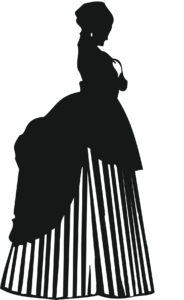
Undergarments of 1887 were the same as the prior decade; they needed to be. The location of undergarment ruffles and fullness would not work with the later fashions, and the higher full “knickers” of the ’90’s would have poked out and ruined the silhouette of the 1887 ensemble.
The petticoat of 1887 was in the shape of the skirt. It was flat on the front to create the silhouette, with ruffles strategically placed to hold the flare of the skirt at mid calf. The 1887 petticoat had tapes inside to pull the front towards the back so it was flat, with fullness over the rear end. Petticoats before and after ’87 reflected the silhouettes of the skirt too.
Later petticoats would have gores and fullness only at the edges with smooth to the knees. The petticoat was probably one of the most specific undergarments to the date that did change before and afterwards. It might have been a bit fancier with lace and underlayments as the ’90’s approached as the petticoat became the focus and an expensive item in the Edwardian and late Victorian eras.
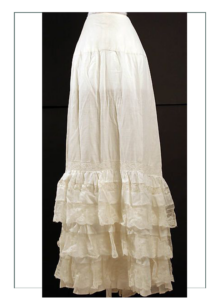
Corset covers could be the frilly latest fashion or plain and simply functional. Also easily available in a huge variety at low cost, a woman might own many corset covers; one for each day of the week. There would be a corset cover for evening with the neckline exposed and one covering the neck because the medical profession was wanting them to cover up so they didn’t catch a cold. Many women wore all wool basic layers.
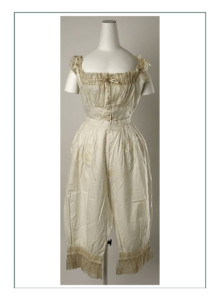
The Combination was relatively new, introduced in the ’70’s, so it was the high fashion of the day for a long look without bulk around the waist. This was the main garment heading into the ’90’s also, so while the fit of it might change, and the location of ruffles (or removal of them) and overall length would change to suit the dress silhouette, it was the same garment.
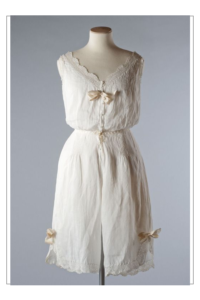
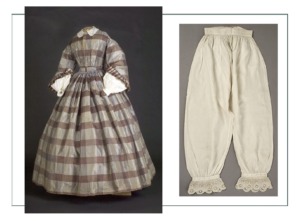
The split was still in use while the corset was long. Once the corset shortened, and the dress became one piece, or an easy to move bodice away from skirt two or three piece suit, closed drawers could be worn that could be pulled down – but that was rare until about 1909 when the corset changed and the drawers were worn over it. In 1887 drawers and combinations were still worn under the corset and could not be pulled down to use the restroom. There might have been more fancy work and lace, plus lace inserts as the 1890’s approached, but that would be a matter of what the woman was doing, whether going to church, working at a job, playing a sport, or plowing a field.
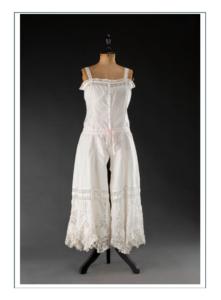
There were so many types of acceptable corsets by 1887 that most any would suffice for this depiction, including the decades earlier short corset or specialty corsets. Since women were in sports and jobs by 1887, they needed flexible, durable, short, long, rotational, gestational, recovery, and medical corsets as well as the old stand bys for riding a horse. Women were becoming more active each year approaching 1900, so the corset was become more of an active garment too.
Still basic in design in that it covered the torso and waist with some sort of lacing and some degree of tightness since women were trained in a corset since childhood and could not dispose of one altogether, they varied in design, location of gussets, gores, boning, and channels. They also varied whether they had straps or not, how long they were, and how ornate.
The most basic corset of 1887 was a cotton mass produced one such as from the American Worcester company. These were formed on standardized mannequins, so a custom fit would have been for those who could afford them and wanted them. The spoon busk was still necessary for the silhouette until that changed suddenly in about 1889 to the skirt with more fullness in front. When the gored skirts of the 1890’s arrived “for real”, the S Monobosum and similar would take over, so the spoon busk would be used in a different way, or replaced with more “modern” heavy duty straight steel busks.
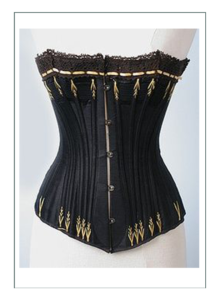
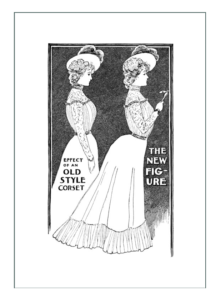
Bodice and Skirts, consistent with the silhouette of 1887, had the overall objective to look like a man and to appear to be powerful and big (thus the huge bustles, drapes, etc.). The stand collars of military and wide lapels with ascots and various types of four in hands and other neckwear types of cravats became commonplace in casual and sports wear for men and women alike. As men’s fashion changed; so did women’s. In the rural West in particular, one could see a woman wearing a skirt with a blousewaist (though technically the blousewaist and shirtwaist had not been invented yet), and a man’s waistcoat (vest) and frock (jacket) modified to suit the female shape. In many cases women WERE wearing the man’s shirt, waistcoat, or frock in the West.
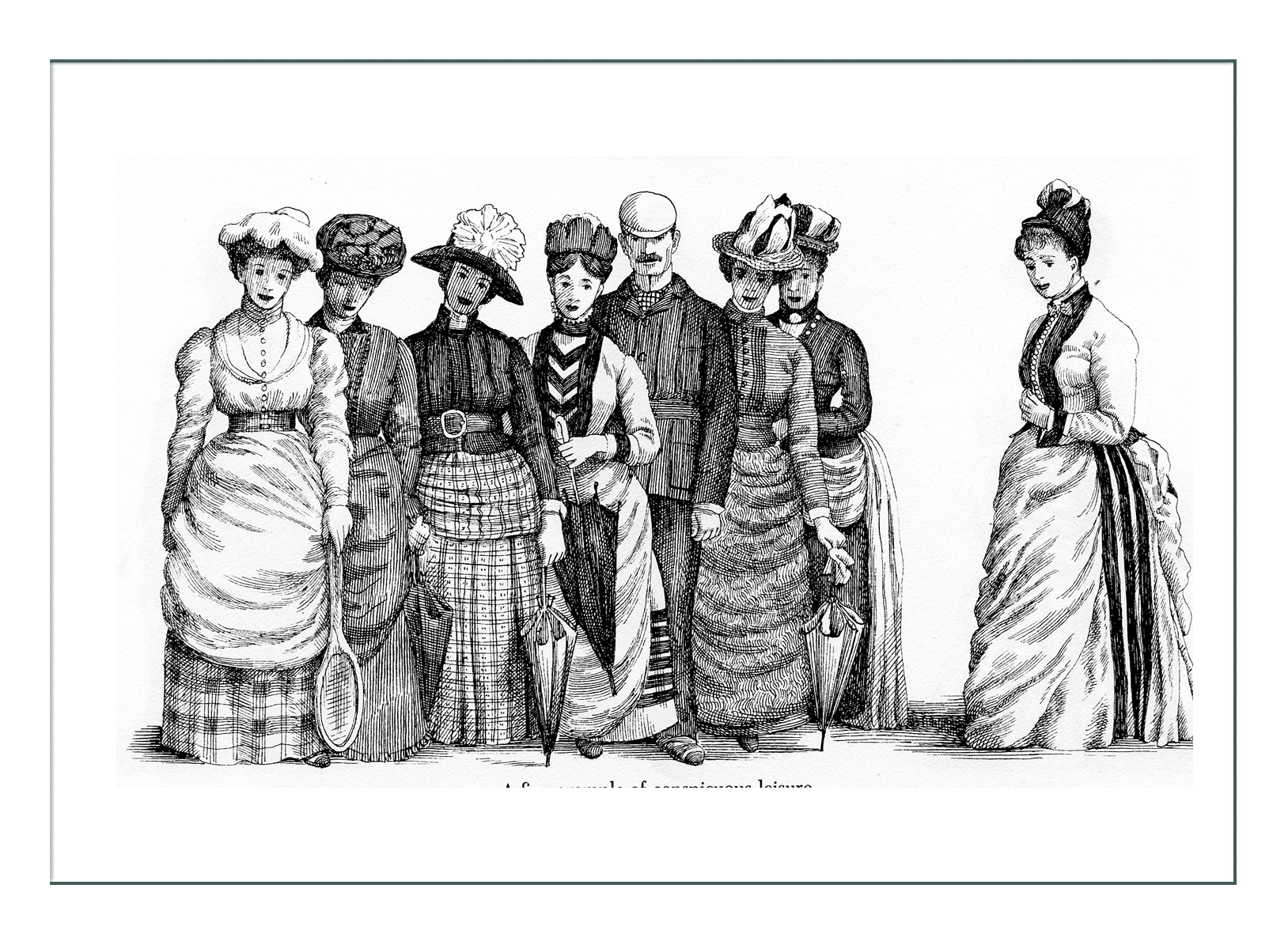

In 1887 this male garment replication applied mostly to the bodice, as no man would want to look like a horse. There was much humor in the large bustle by men and other women who could not understand the fashion that was coming out of Paris and England. It was still the height of the Victorian Era, and while Queen Victoria was in perpetual morning and was very large in body size and thus did not look very good in our opinion in the 1870-1880 fashions, although she did still lead fashion alongside her daughters and Empress Eugenie of France in this era.
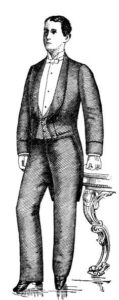
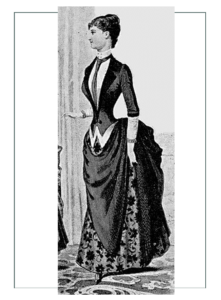
Improved transportation and communication between Europe and America, with European notables such as the Empress of Russia and others visiting American rising stars in politics and trade, along with performers like Lilly Langtry (see the Victorian Era pages which start with a summary of lifestyle and end with Langtry and others in the bustle eras) brought the ideas and ideals to women of 1887 which promoted this huge style.
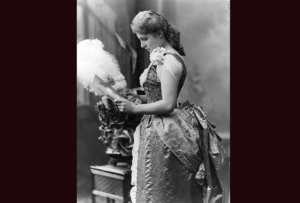
Accessories such as footwear, stockings, fans, parasols, and gloves were much consistent through the 1880’s and well into the 1890’s though footwear began to be made custom rather than the tiny ill fit boots and pumps sold in the middle of the century. Button ups were replaced with lacing and flexible models of boots, and more synthetic fibers were introduced to allow more variety. Mass production also lowered the price and increased availability of all accessories.
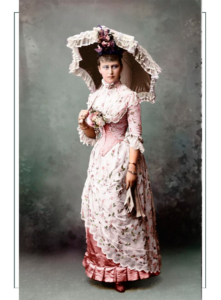
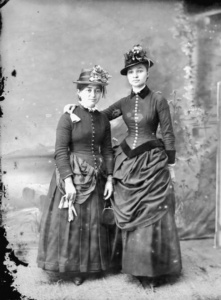
For the stylish woman, the useless except as a walking stick long parasol and gloves remained a necessity, while those in sports or daily/casual wear or working wear dispensed with them. In 1887, although a transitional time between fashion eras, things like jewelry from previous fashion eras were still worn, although with the new production of paste diamonds, those were seen quite a bit more as 1900 approache. Grandma’s cameo was always in style, as were the mourning garments and many types of pins, lockets, and other jewelry.
Bonnets, as throughout history, followed the hair style, which was transitional too. Hair of 1887 was still somewhat low and wide and always with little curls of bangs, but had back raised sections similar to that of the 1870’s. This accommodated the tall bonnets that were also similar to the 1870’s. In the bonnet, we see the most difference from the 1890’s which would become much broader, wider, heavier brimmed, and have much more “stuff” on it. The 1887 bonnet carries some of the “dead bird” and copious trim, but it was still nothing like would be seen in the next 25 years with the huge Edwardian hats. In 1887 it was still a bonnet, not a hat; the primary difference. Brims were still somewhat light and of various materials such as straw or felt and made with buckram or horsehair forms shaped by milliners or mass produced in factories. Bonnets would continue to thicken and broaden each year as hair approached the “Gibson Girl” very wide and full style.
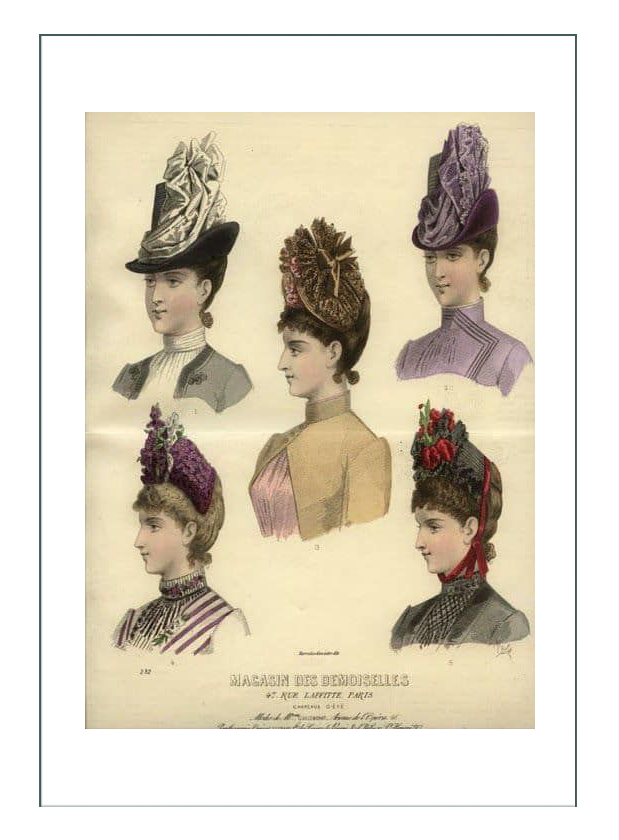
One further note: the 3 piece suit was just on the verge of being “discovered” (meaning the Parisian designers figured out they could make money off an upscale version of what rural and working women had been wearing of necessity for some time), with the separate blousewaist instead of revers (the fake blouse insert section down the front of a bodice that made it look like a suit).
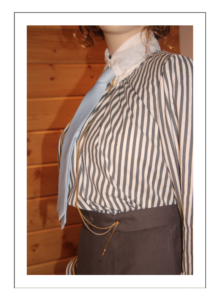
In 1887 there would be a front closure with revers, not a buttoning front nor a separate blouse. The fit would still be very tailored like in the earlier 1880’s, with a narrowed shoulder seam, fitted sleeves, and darted bodice (not seamed like 18th century and earlier 19th century bodices). There seems to be great variation in the design of the front from ornate upturned little collars at the waist to a simple rounded center front similar to those worn in the 18th century. The primary difference from previous eras is the front closure.
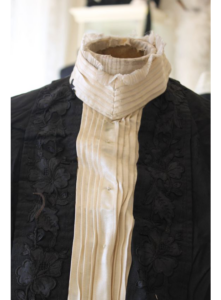
Overall, the 1887 ensemble featured ways a woman could dress herself, as women were living and working independently and away from others for the first time. Easy lacing corsets, front closure corset covers, hook and eye front revers closures, and easy to wear hairstyles made it possible for women to exchange the domestic apron for a gymnastics or bathing suit, to some extent.
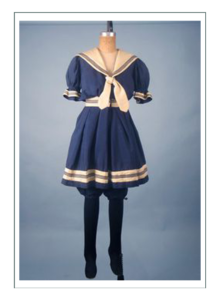
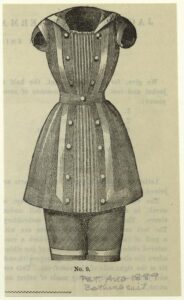

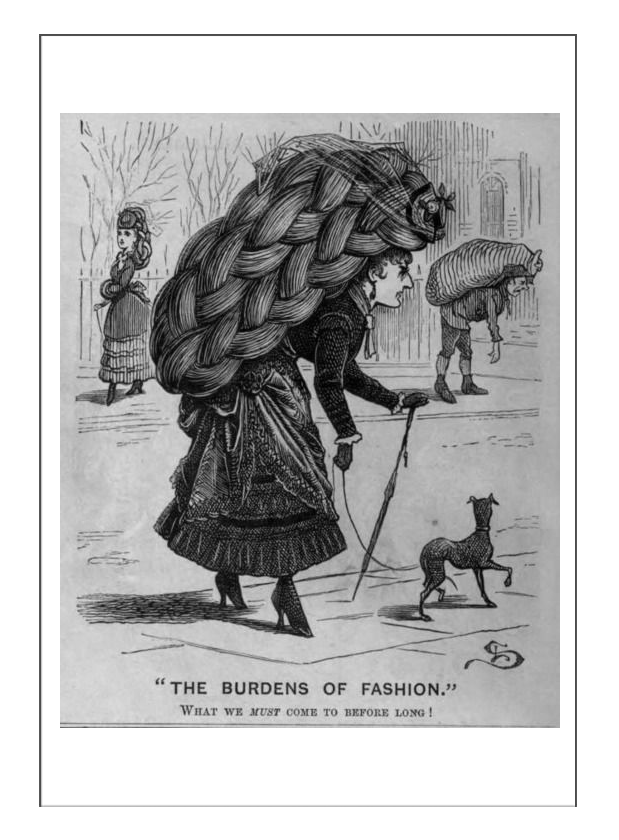
The first design challenge is to determine which era the outfit we are assigned to copy is. Following are fashion plates and extant (real in museum) garments similar to what we are seeing. The evaluation and selection is on the next Design Development page. While we jumped to the solution by stating the ensemble is 1887, in reality, we went through this evaluation first as we thought it was 1874, 1883, and then 1889 which this disproves.
C. Selecting Key Extant – Year specific for understanding construction and details of 1887
Hair, Hats, Parasols of the 1880’s
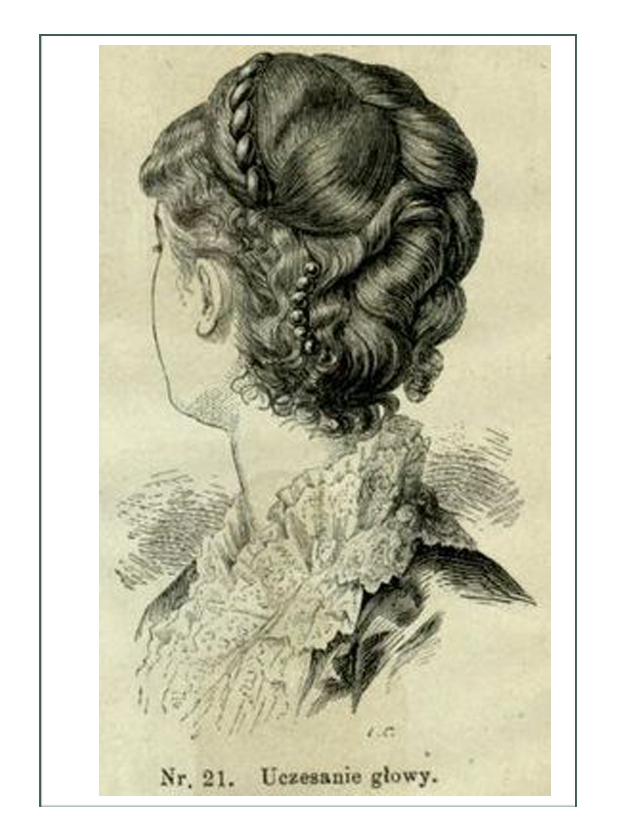
The following fashion plates, sketches, photos, and drawings illustrate the consistent wearing of gloves and use of parasols for high fashion along with fans in some situations and lack of gloves in others. Also note the colors are deep, saturated, and complementary throughout the decade of the 1880’s.
There are thick, heavy, and dense trims with complementary colors, but they are nothing like what would come next. Brims are still relatively light, and hairstyles easy to do oneself. Women still did not cut their hair, except for bangs at the end of the decade.
Notice the favorite gold, brown, orange, and blue/greens and teal type of greens of the early 1880’s. As the decade proceeds, the browns are replaced by blacks with reds and oranges. The same hues were used for all seasons, but pastel versions were for summer on straw instead of wool, etc. By 1889, purple was introduced, and in less saturated color, but the common scheme was still complementary colors.
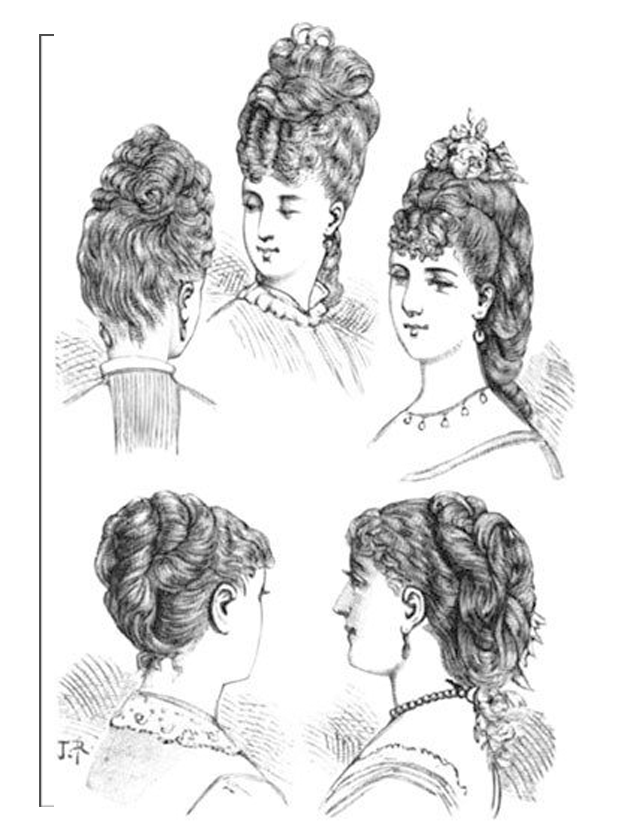
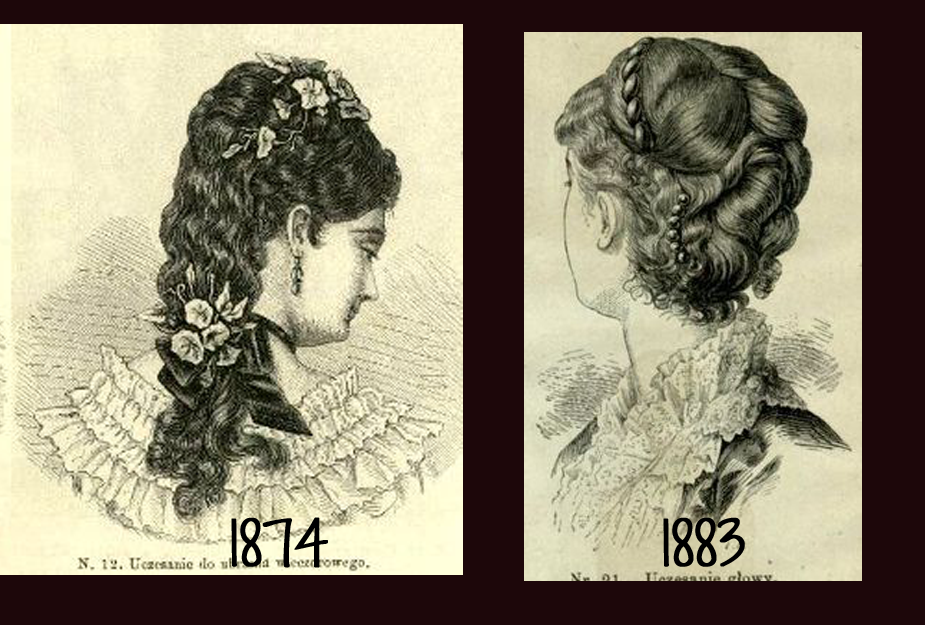
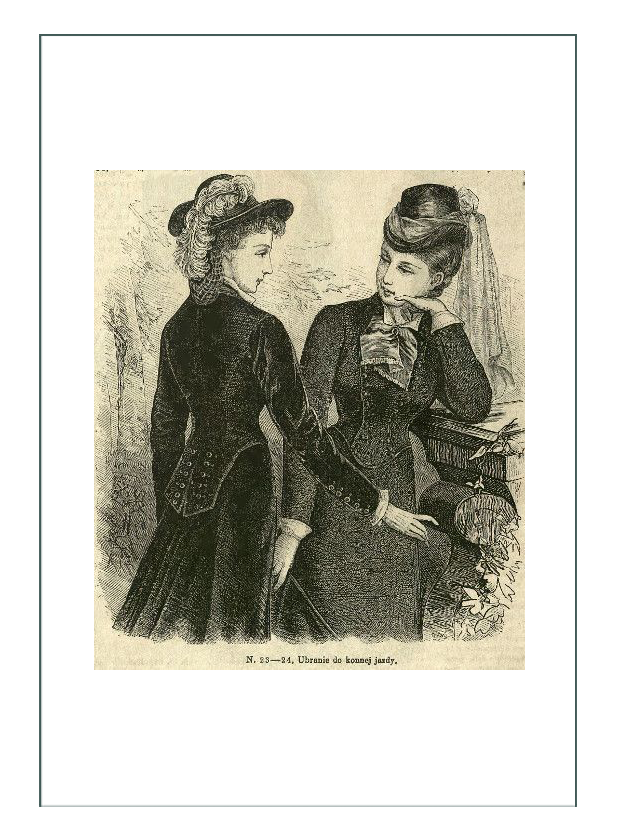
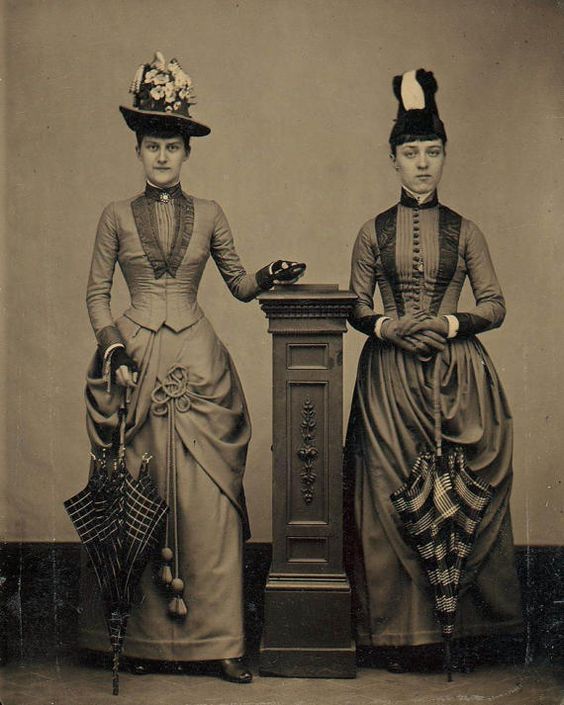
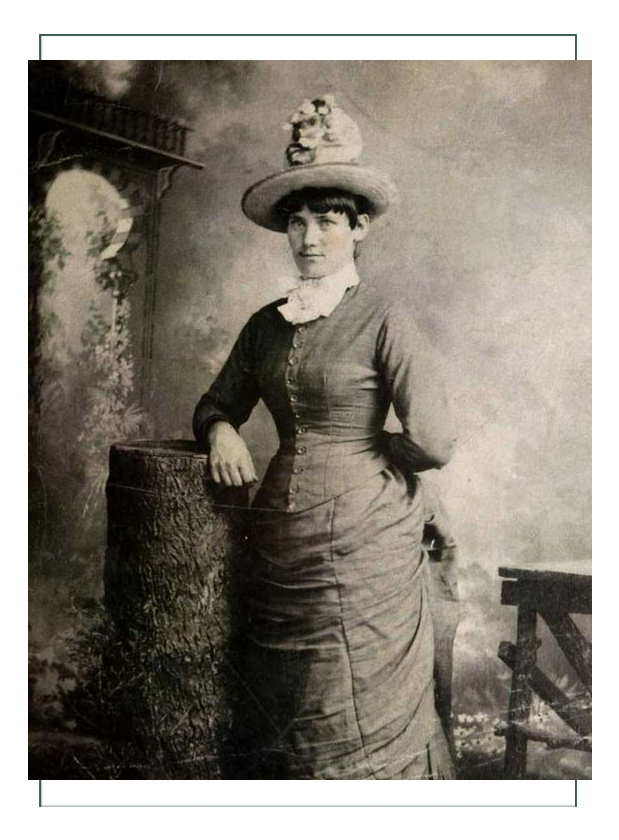
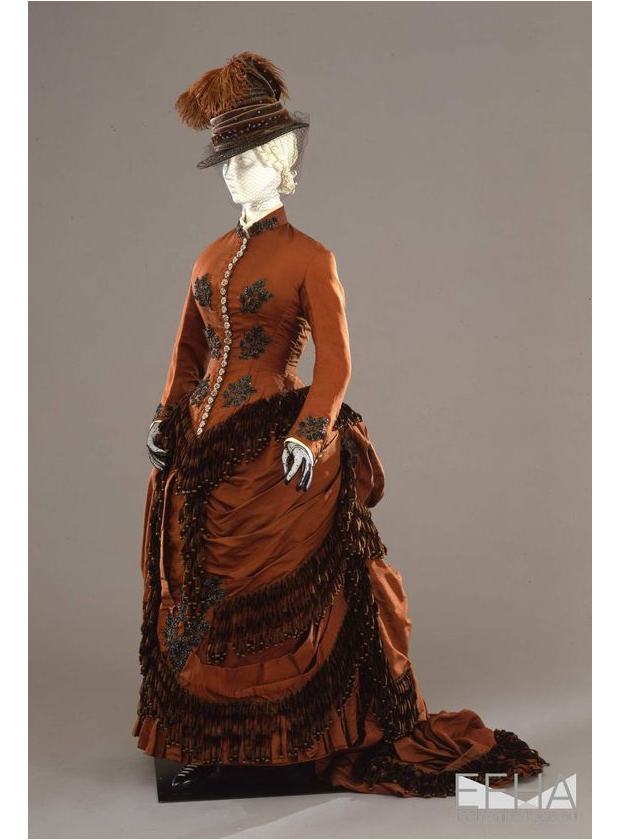
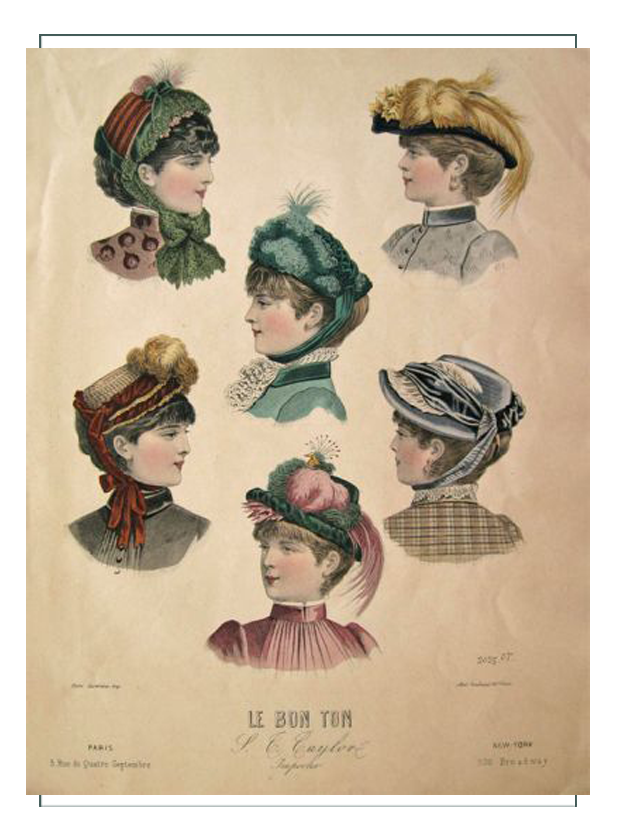
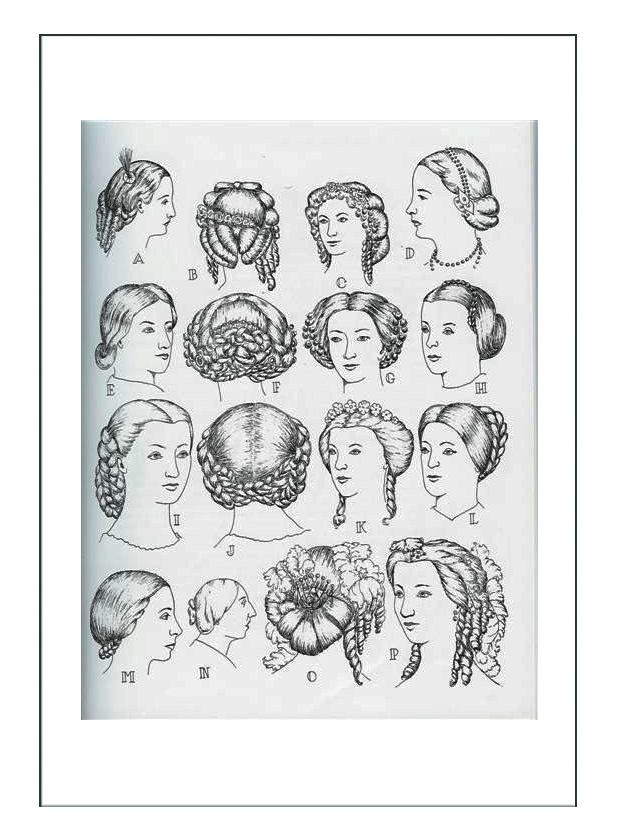
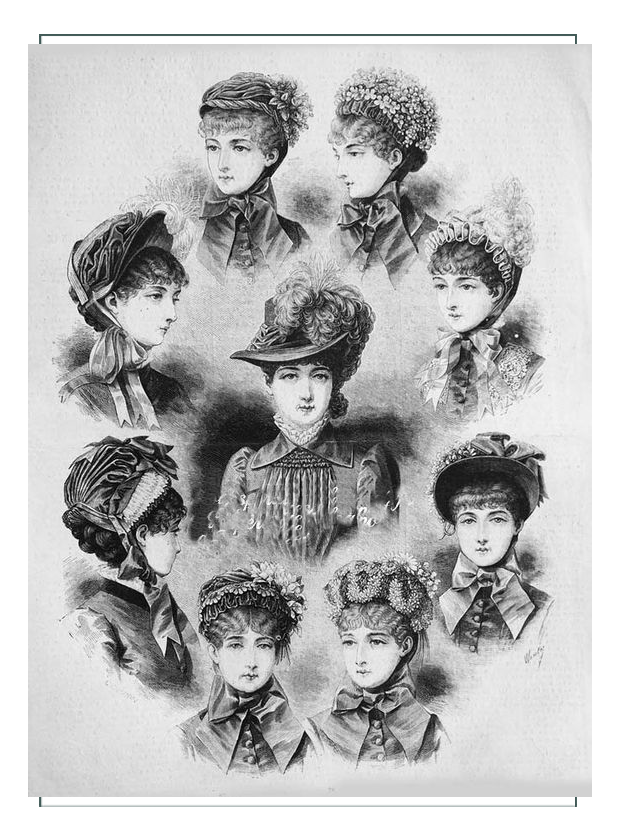
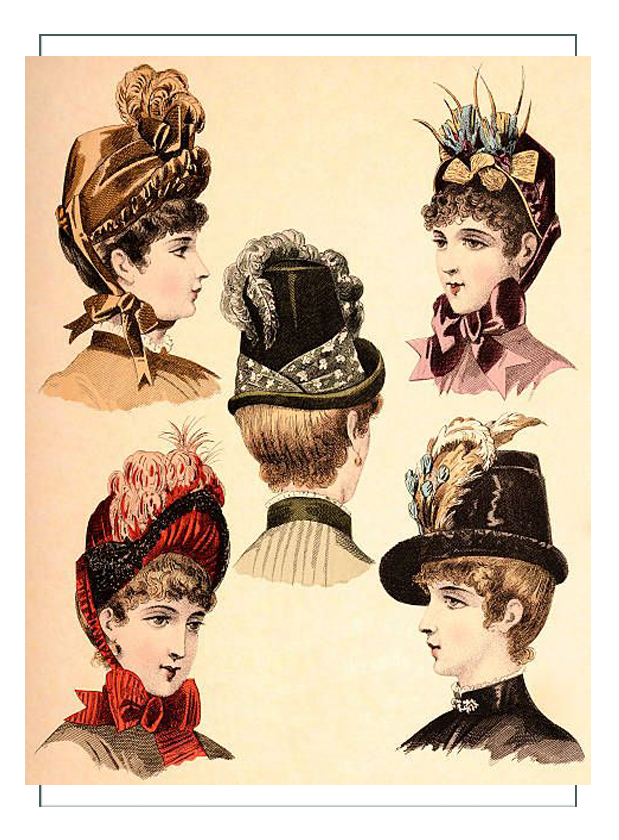
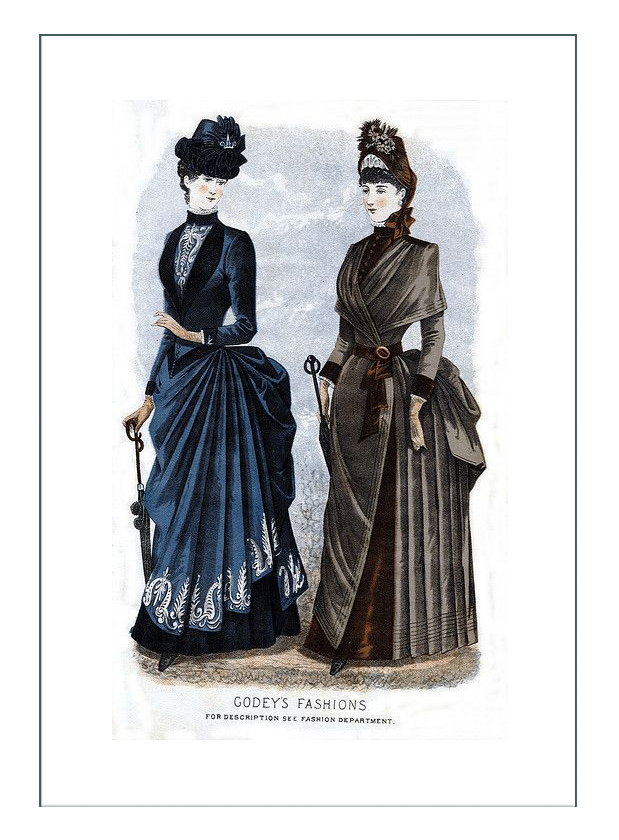
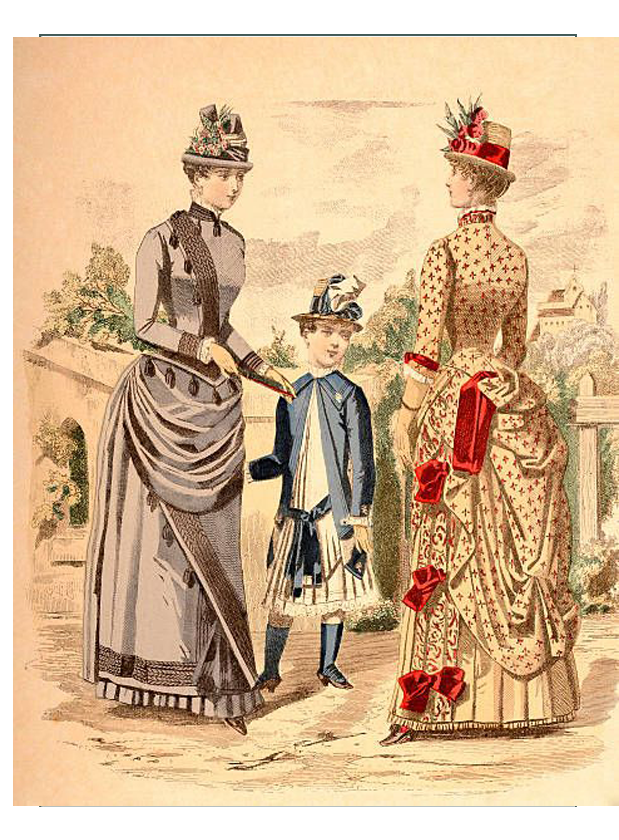
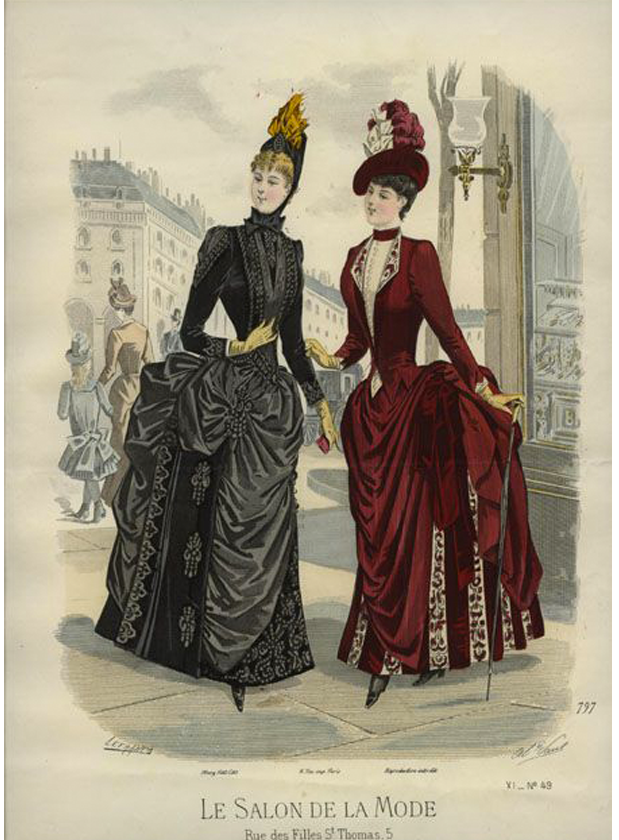
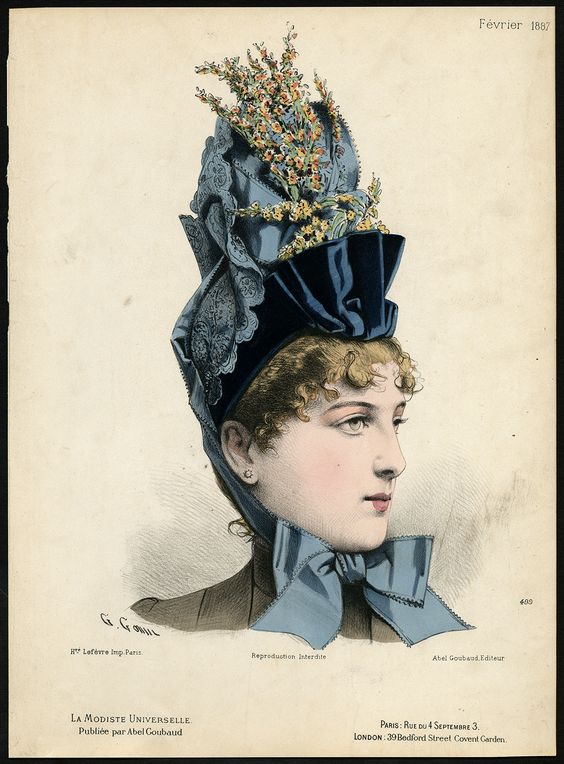
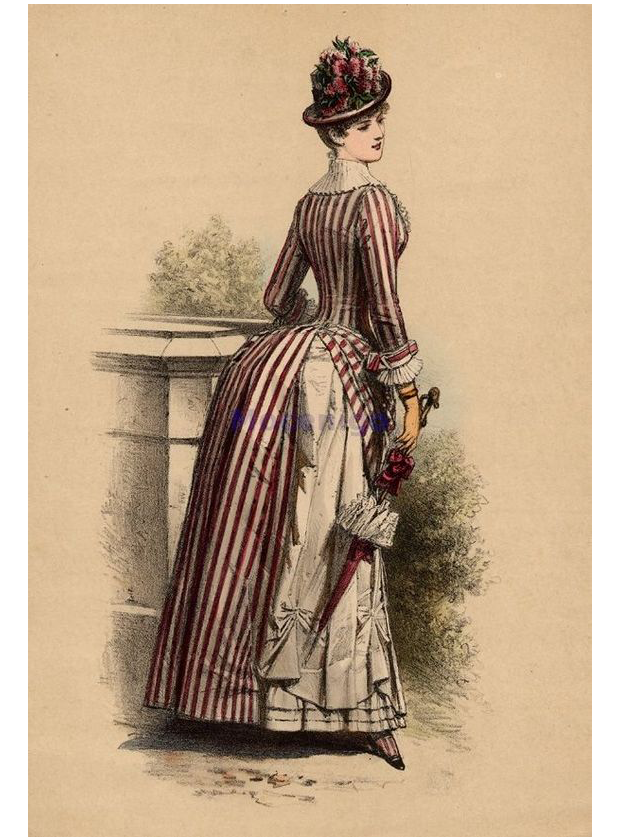

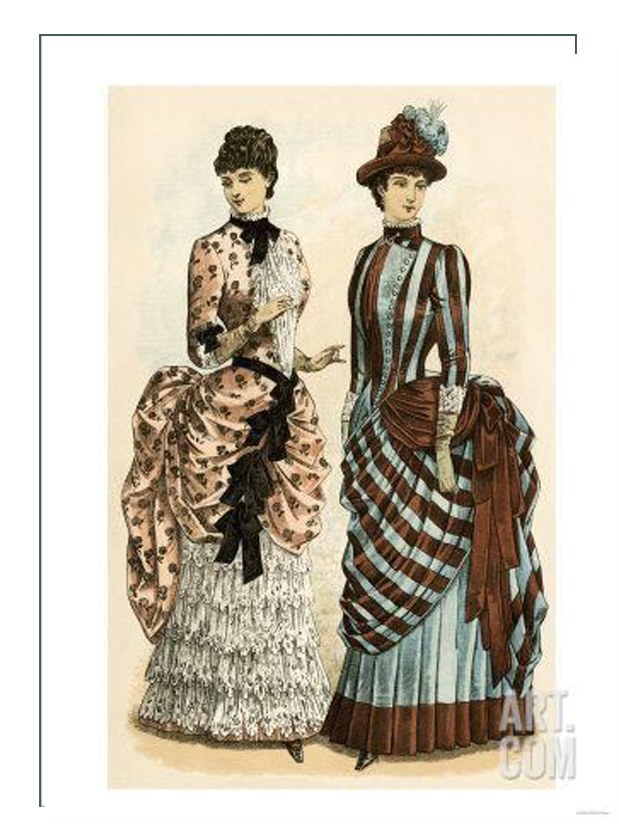
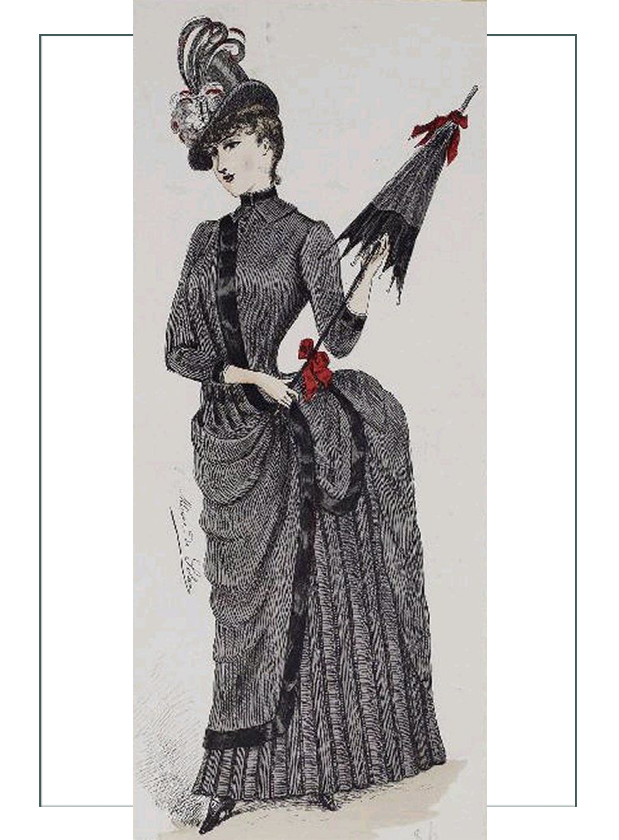
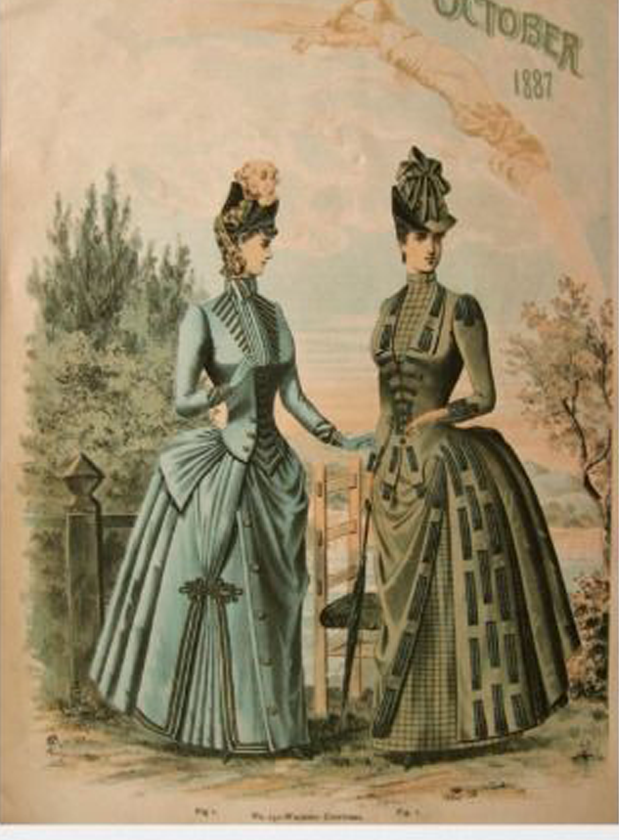
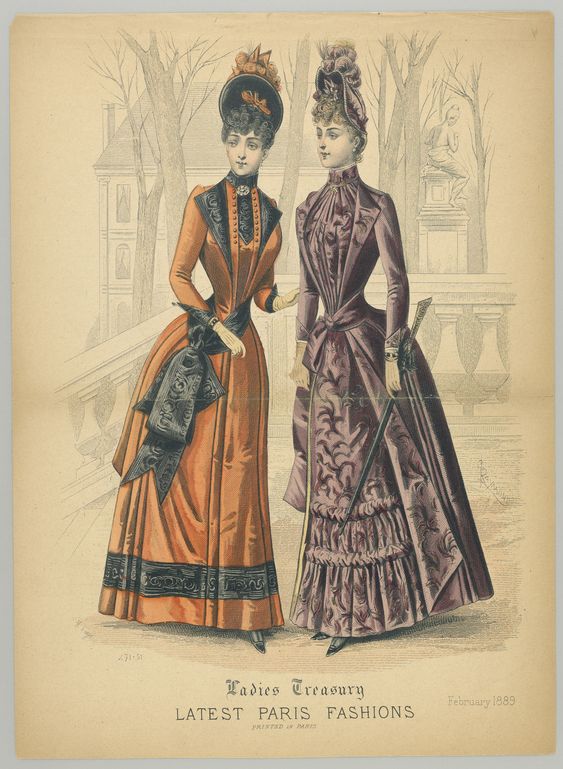
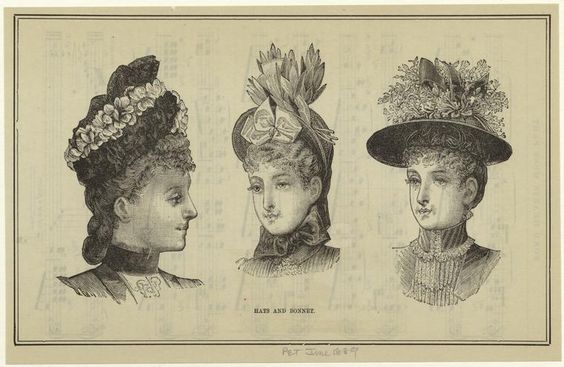
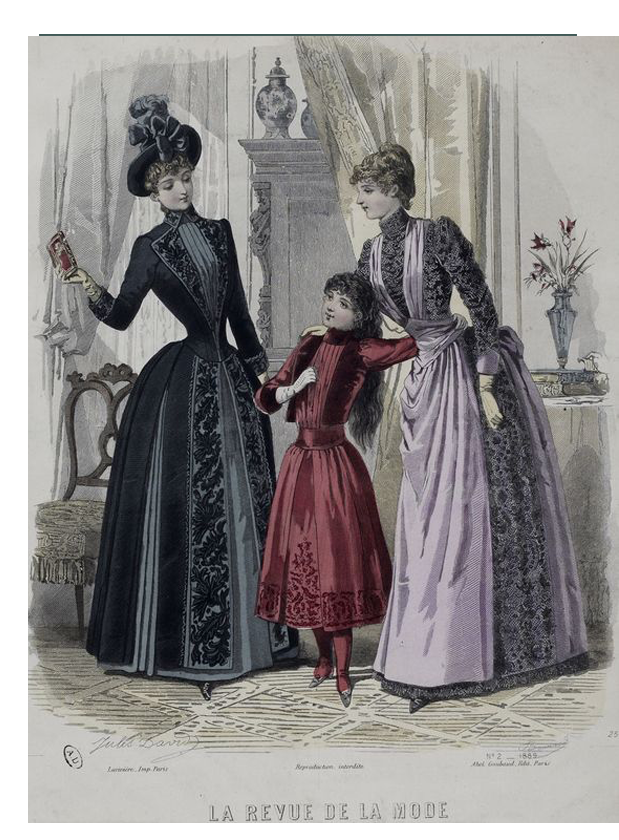
Corsets
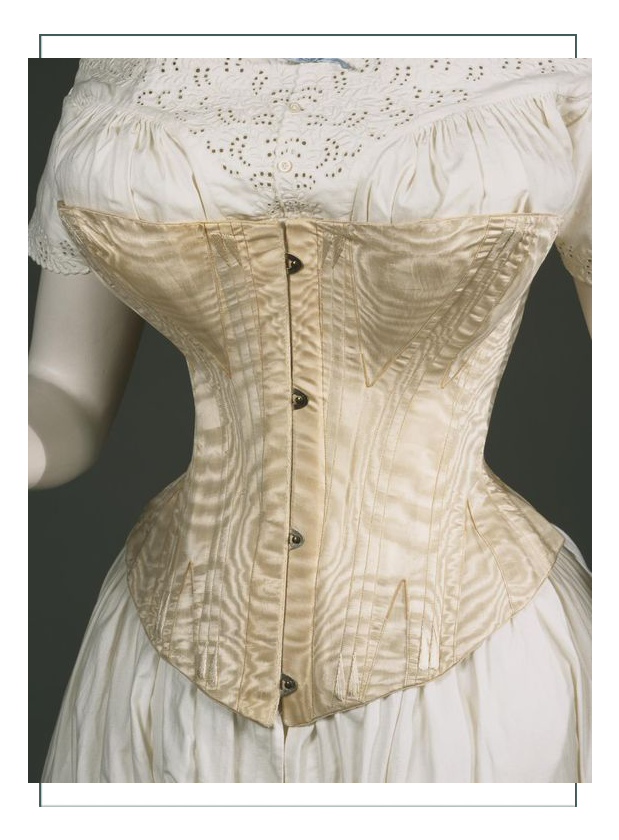
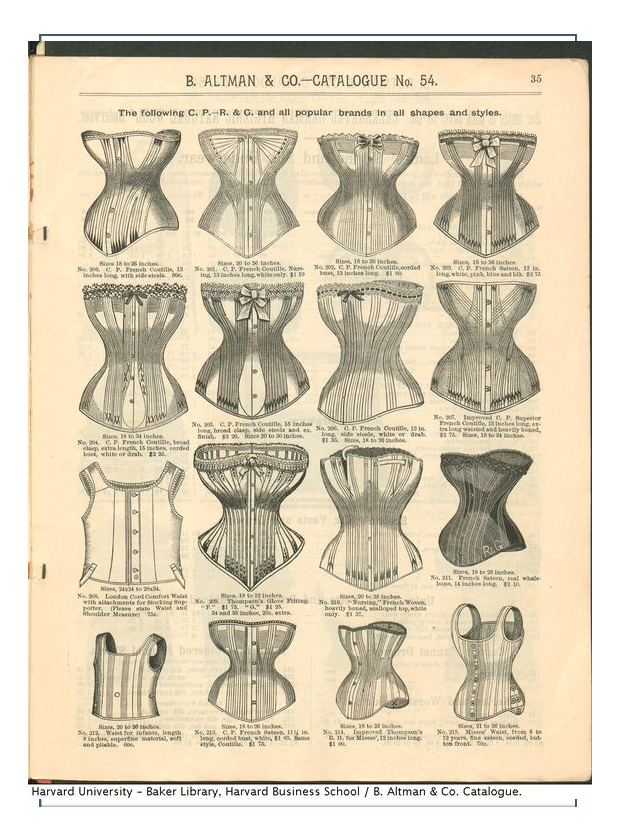
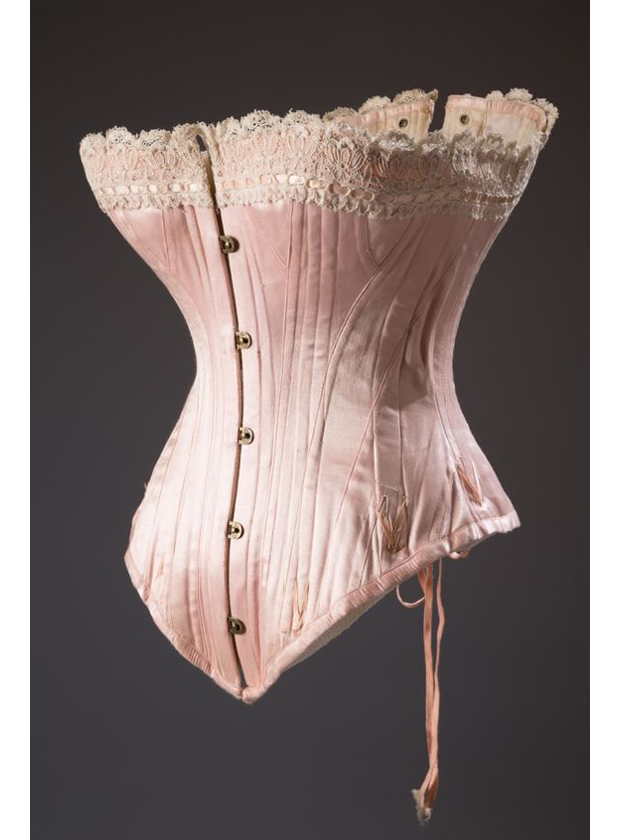
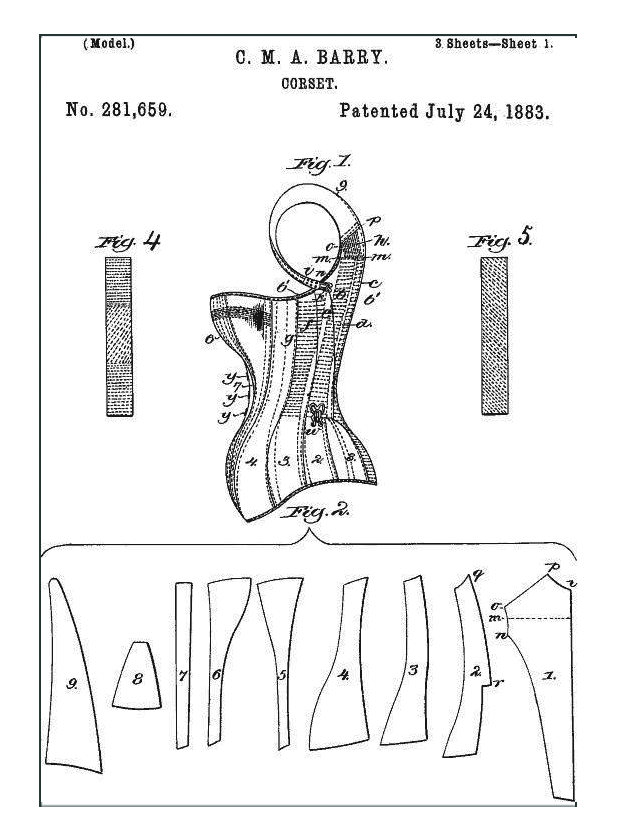
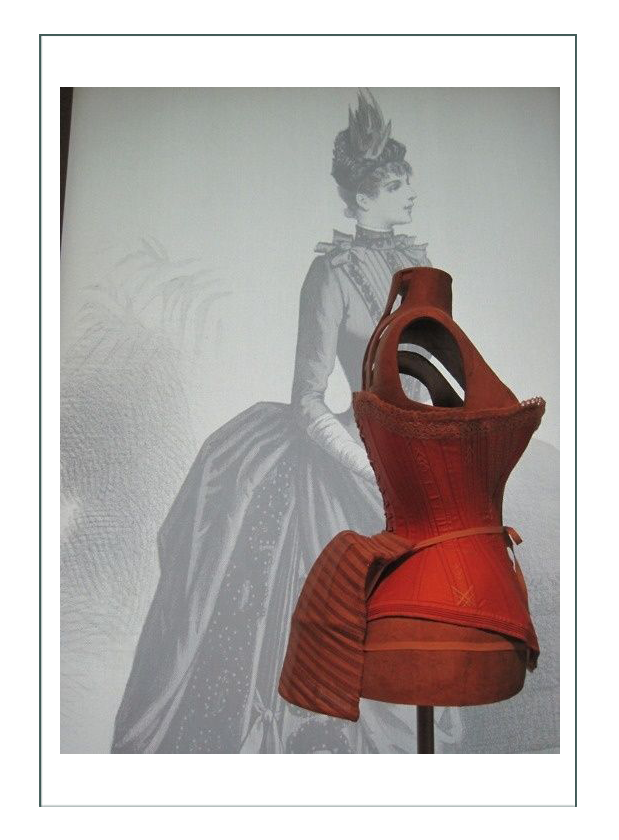
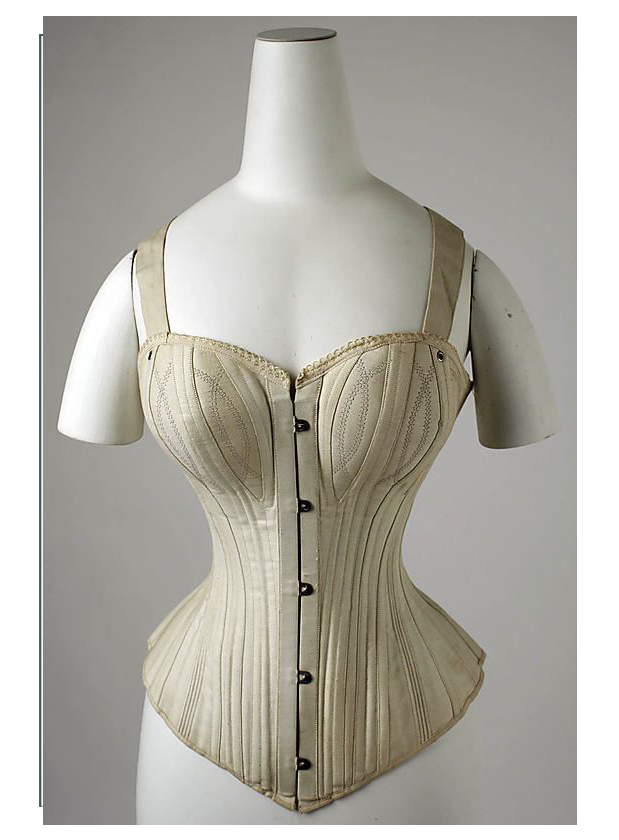
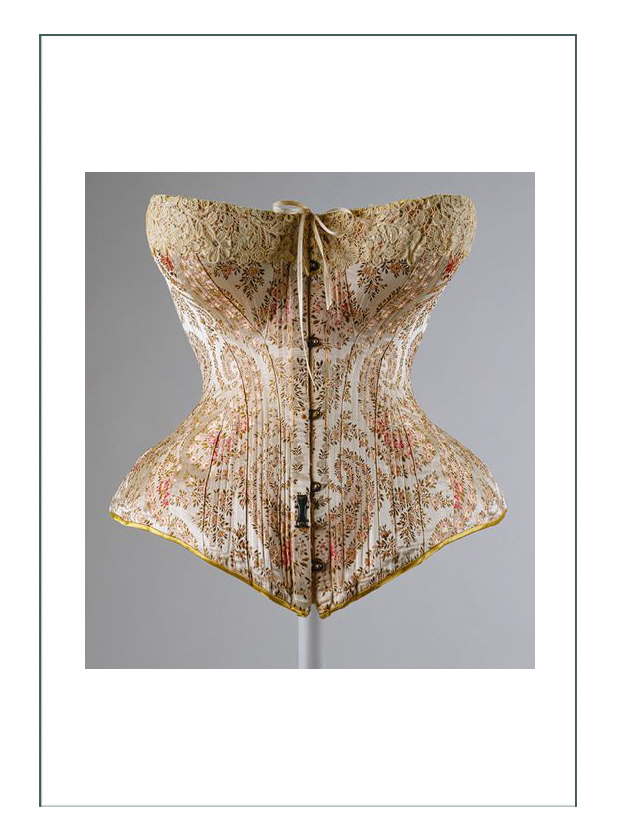
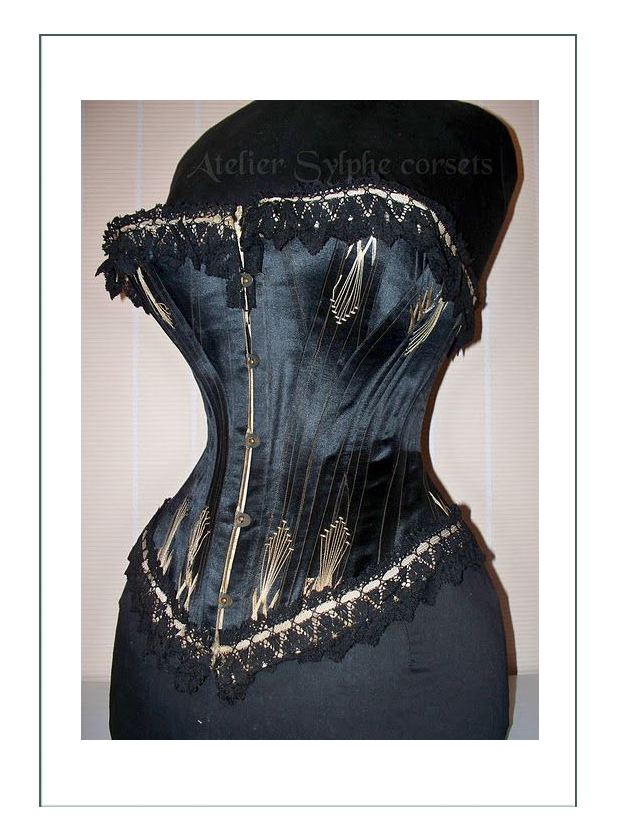
Bustles
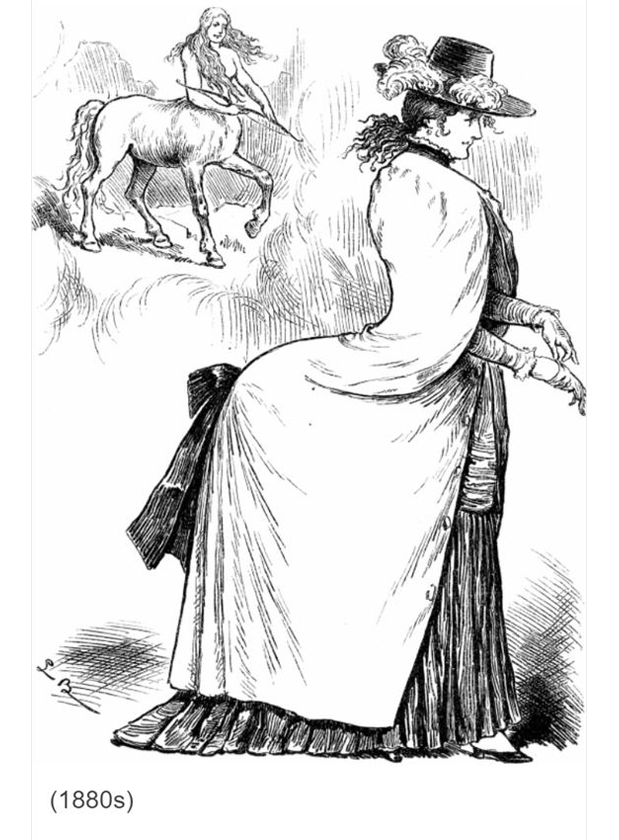
There were MANY kinds in the large bustle era!
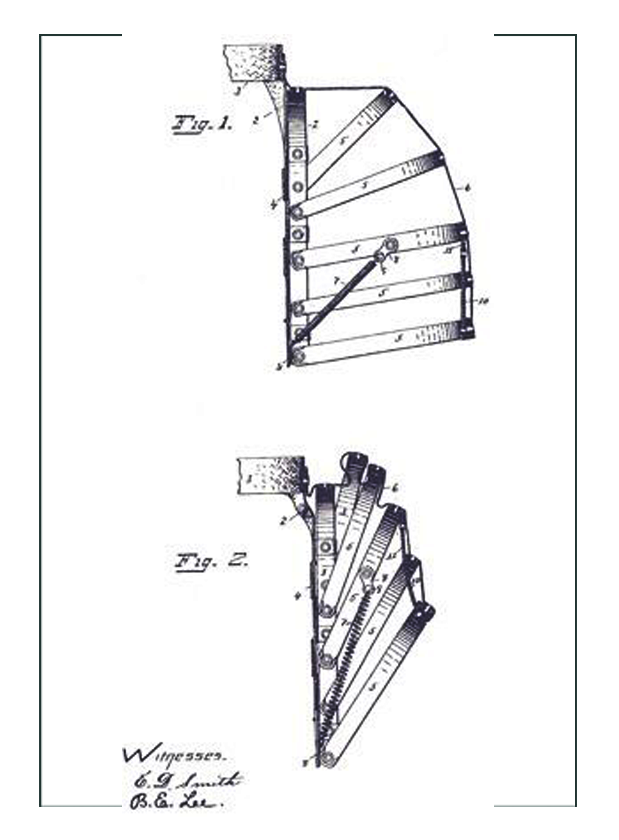
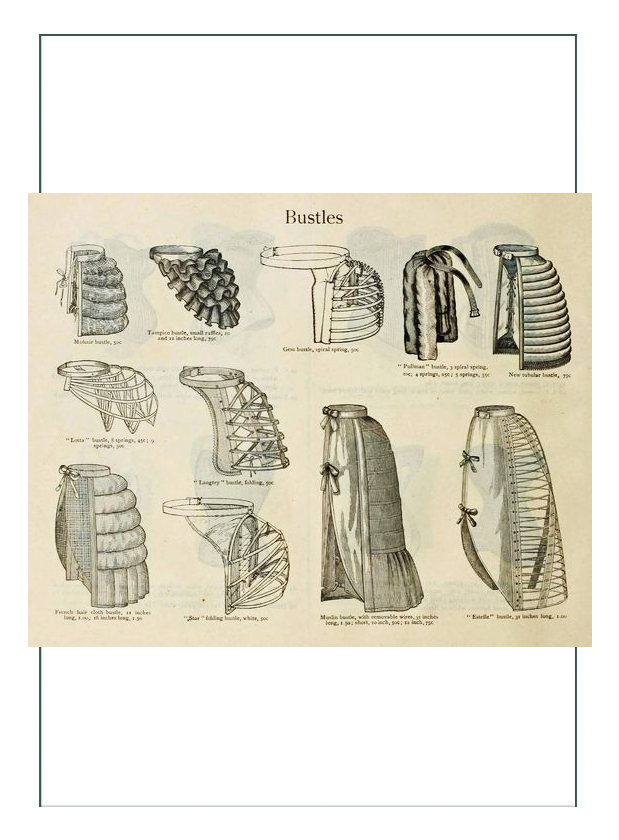
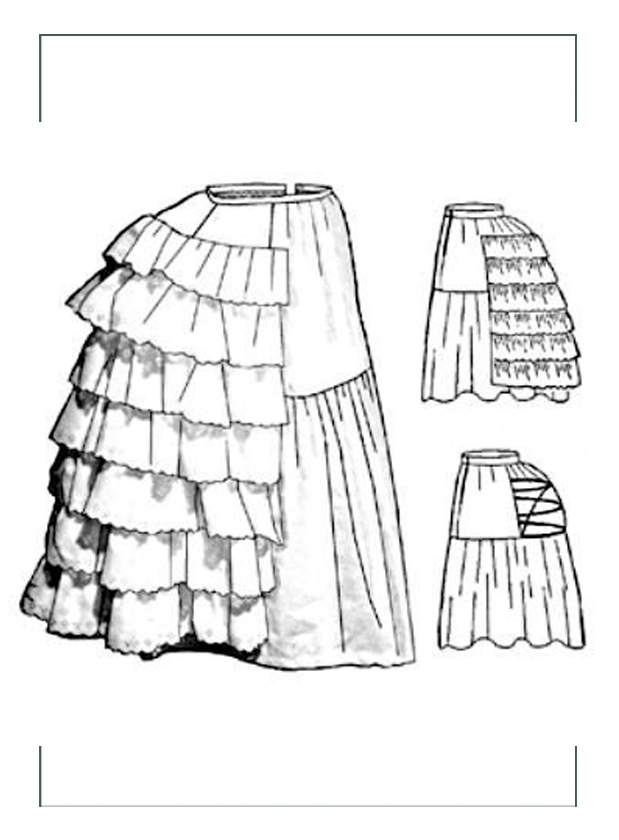
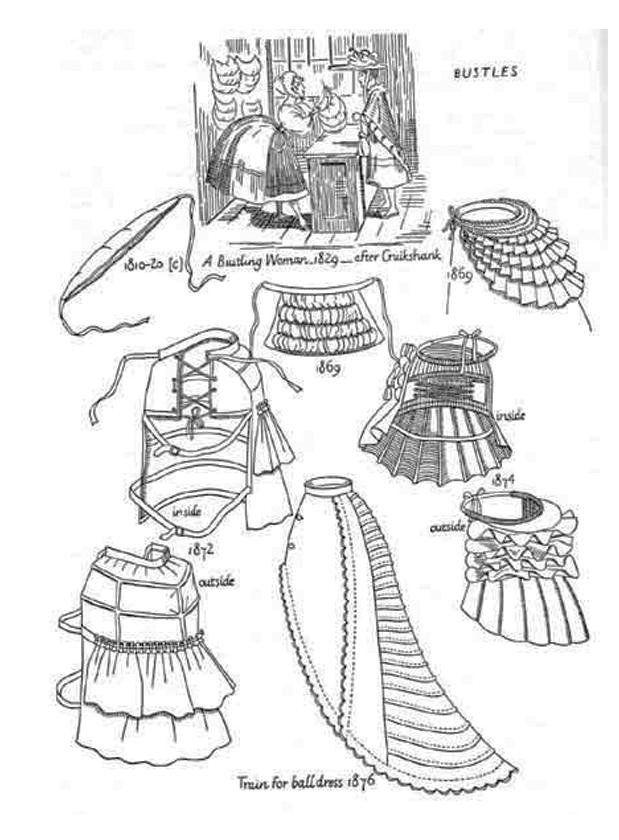
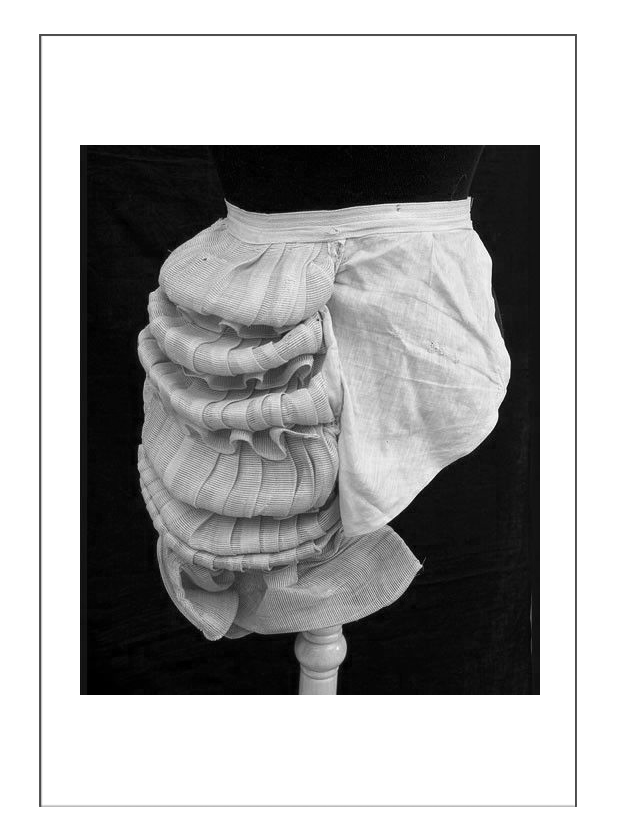
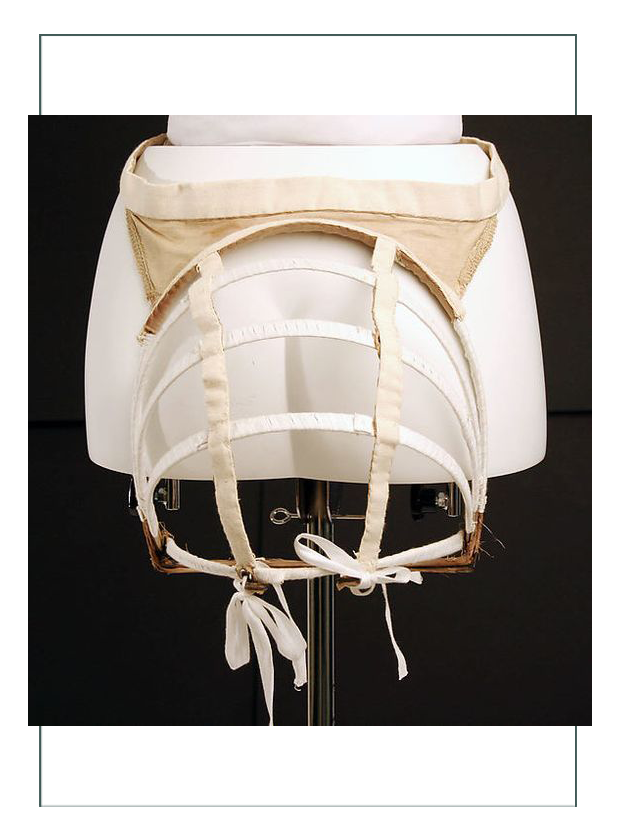
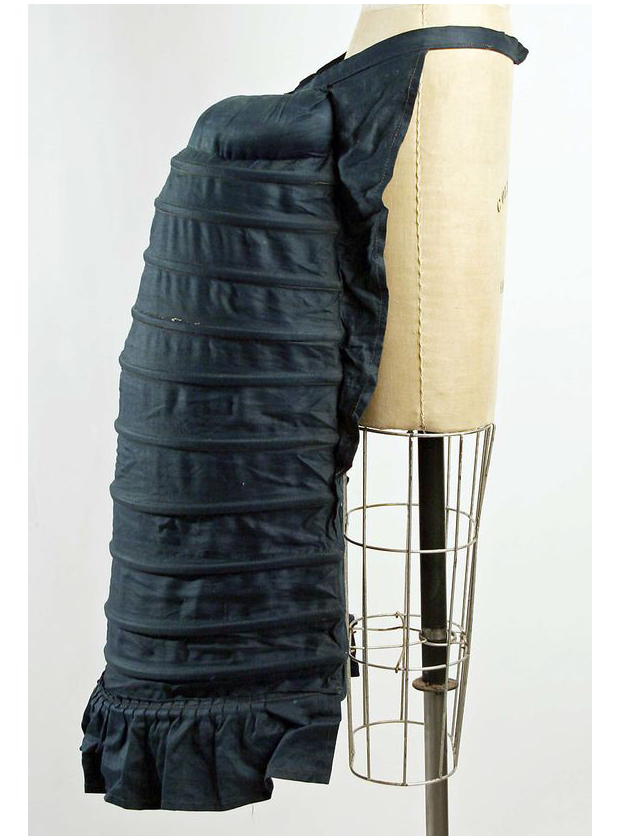
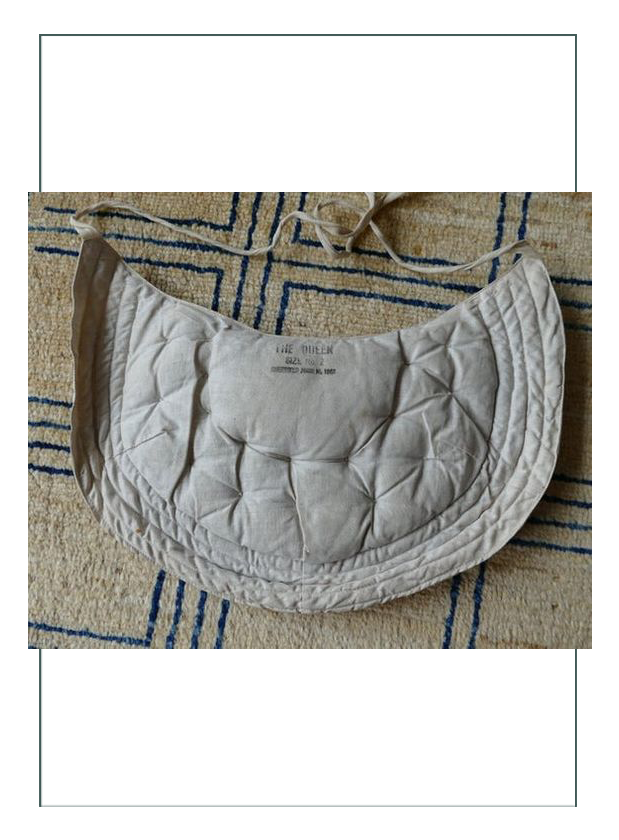
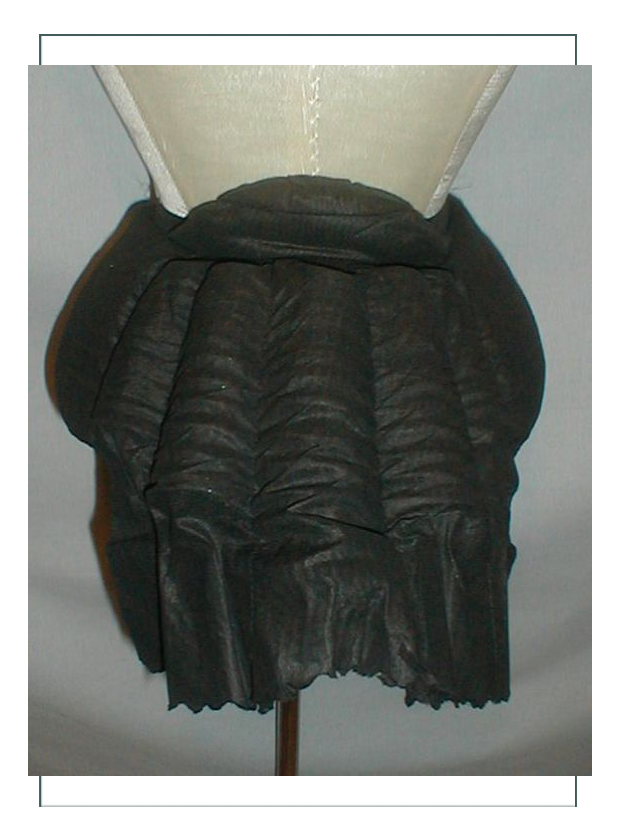
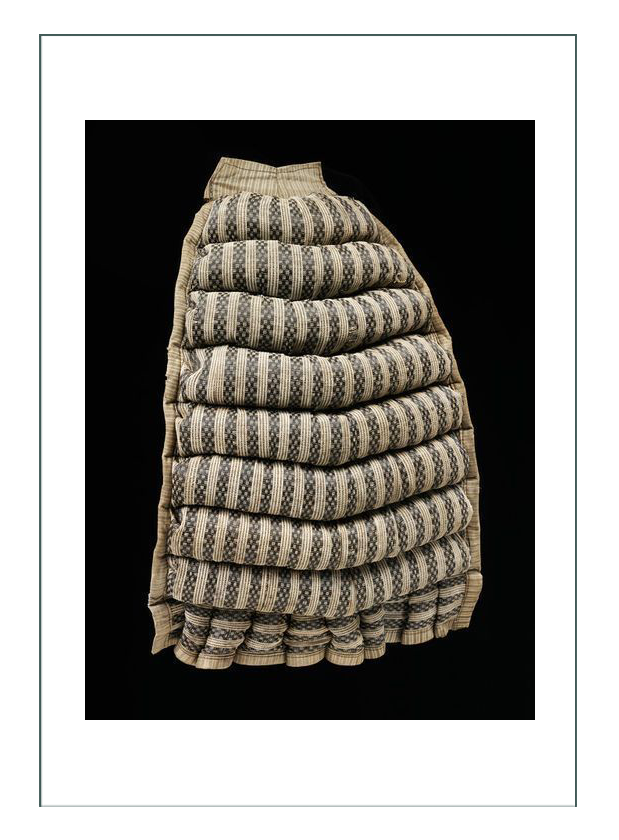
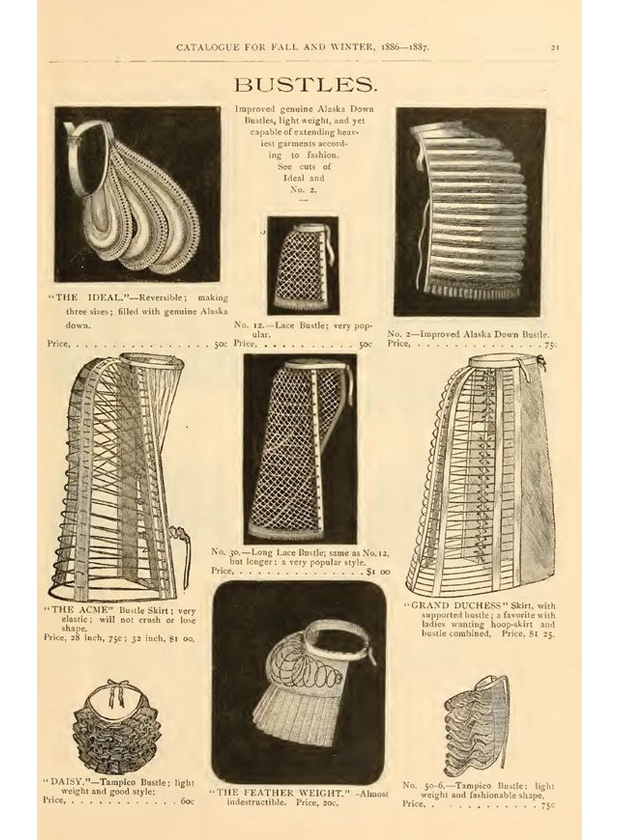
Bodice & Skirts
We thought the ensemble was 1874 (first bustle era), and then 1883, but after studying these, it was very clear every aspect was 1887 (even though the pattern and DeviantArt description said it was for 1889. Skirts are wrong for ’89).
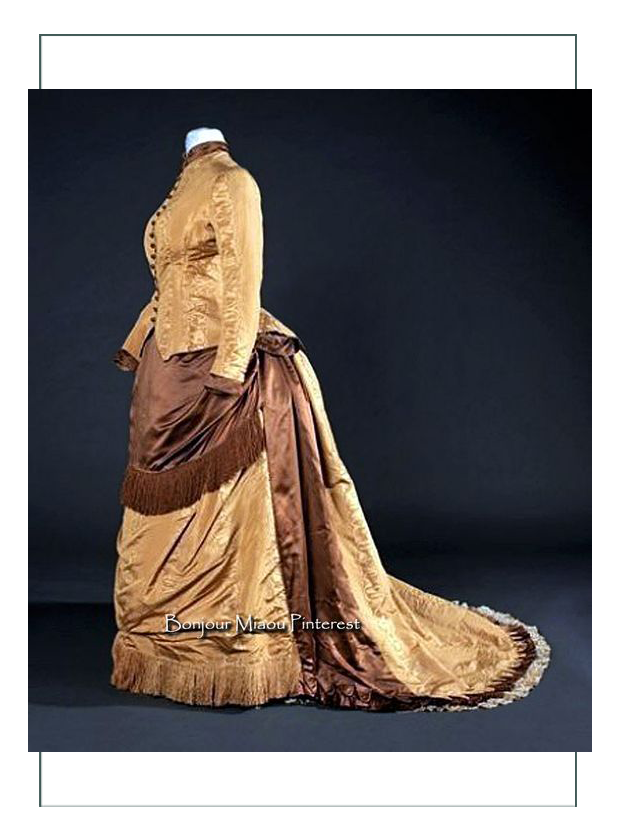
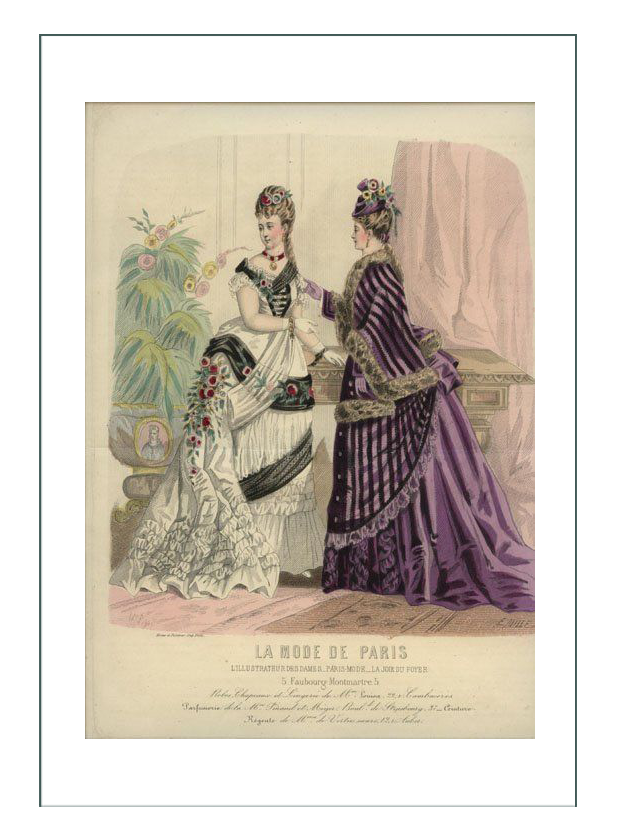
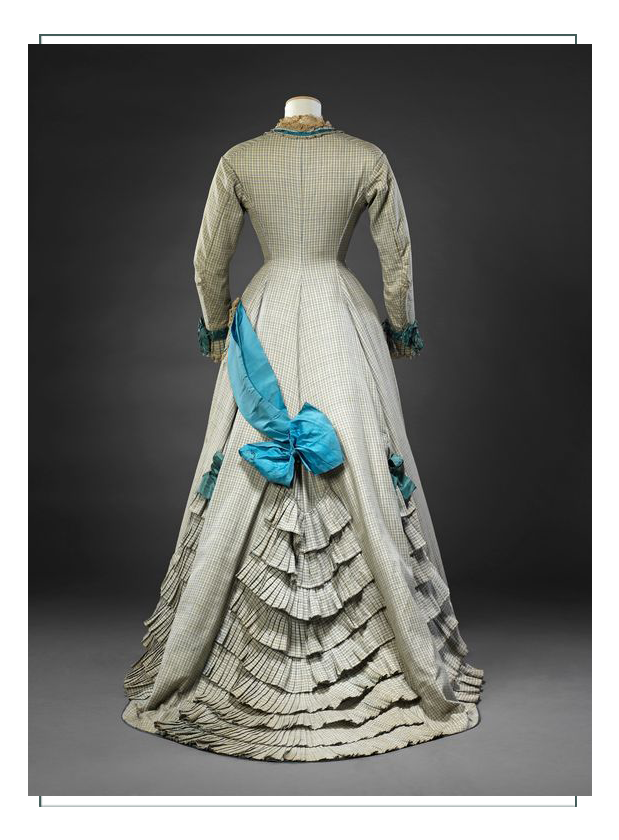
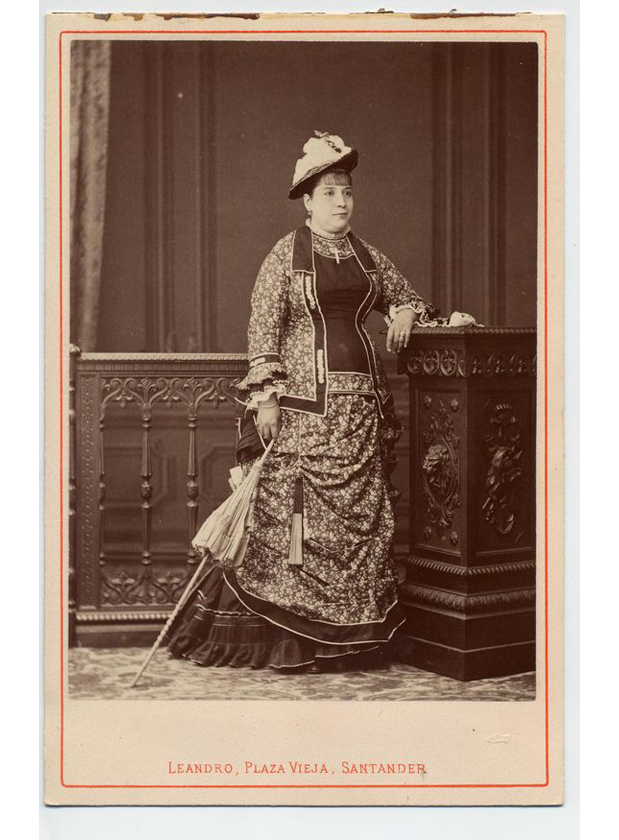
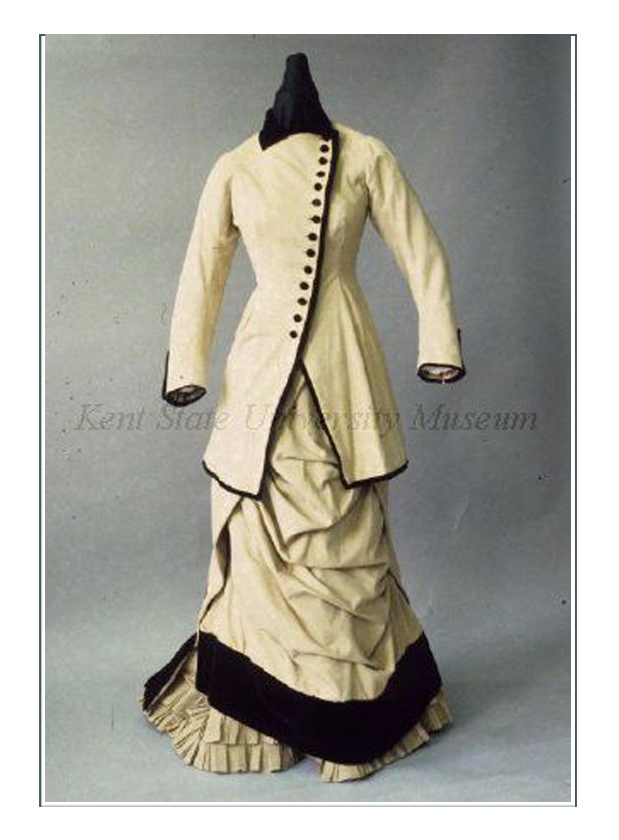
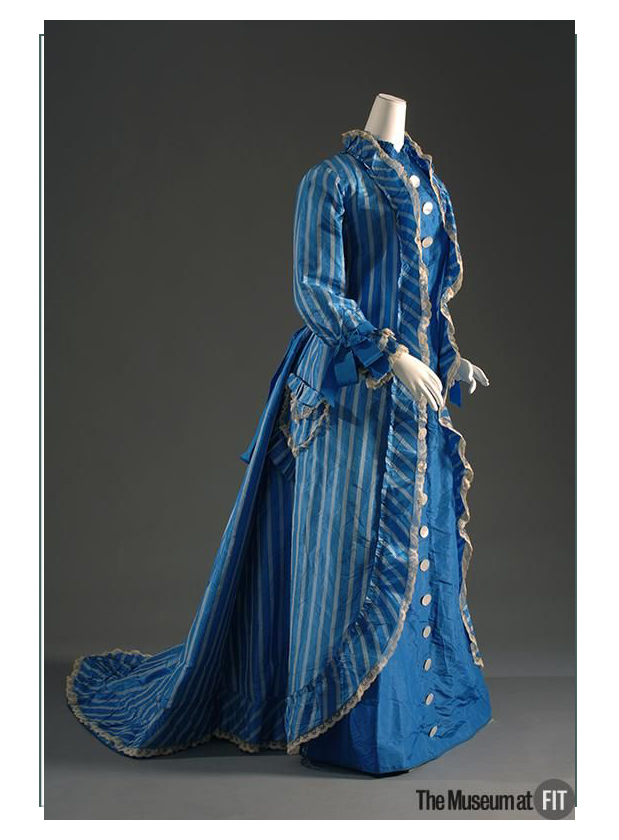
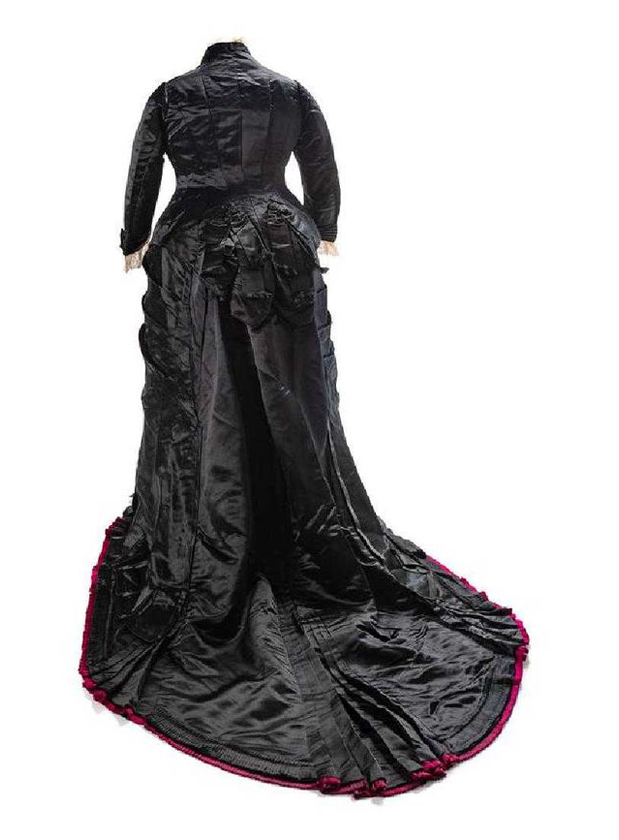
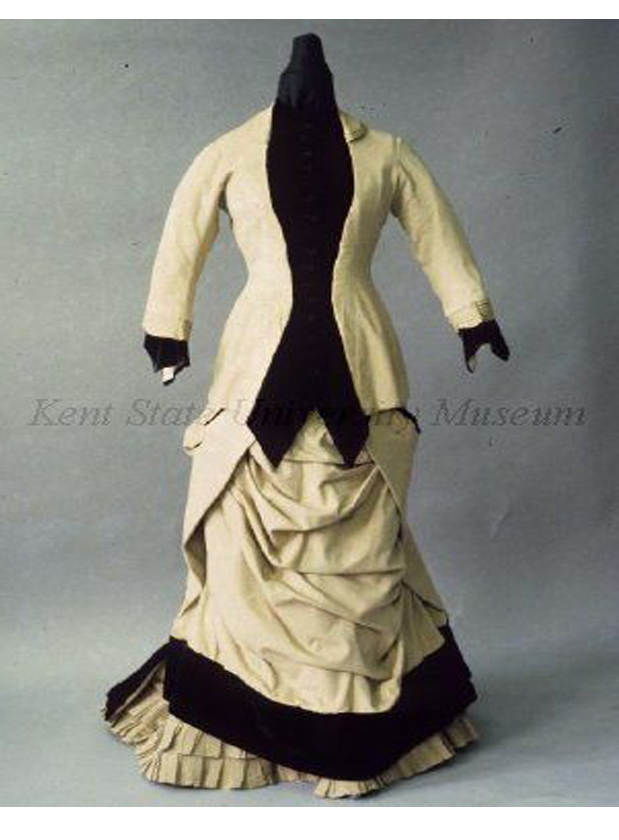
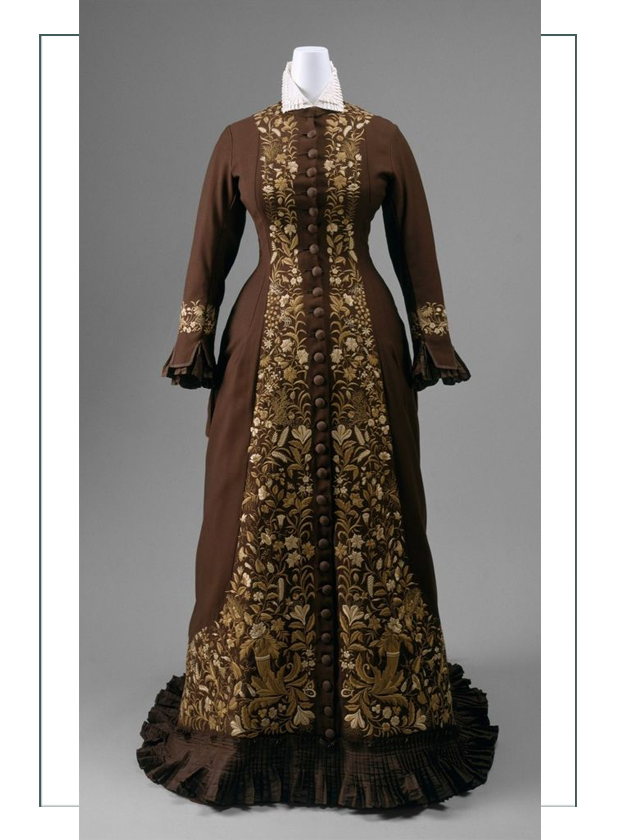
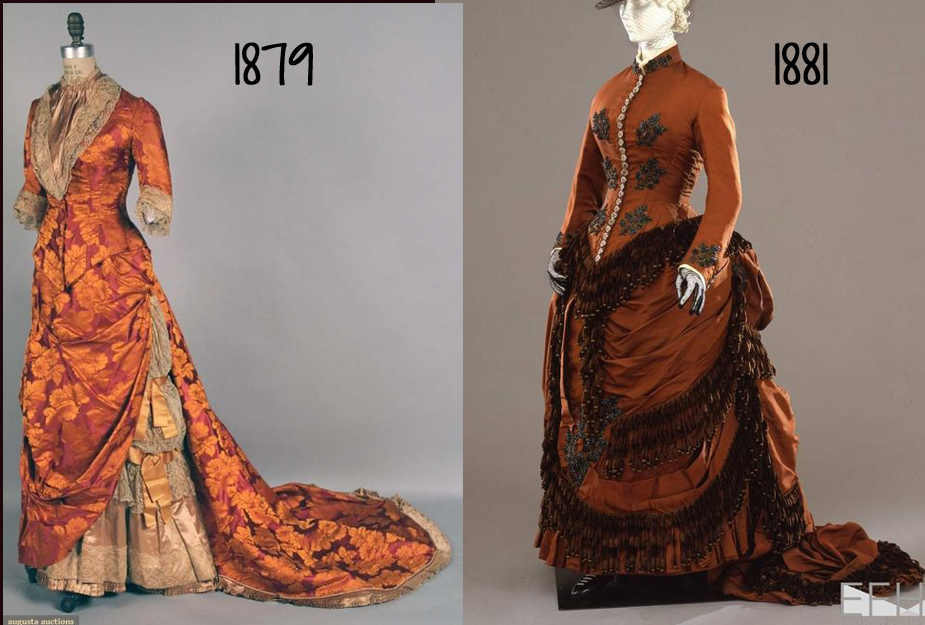
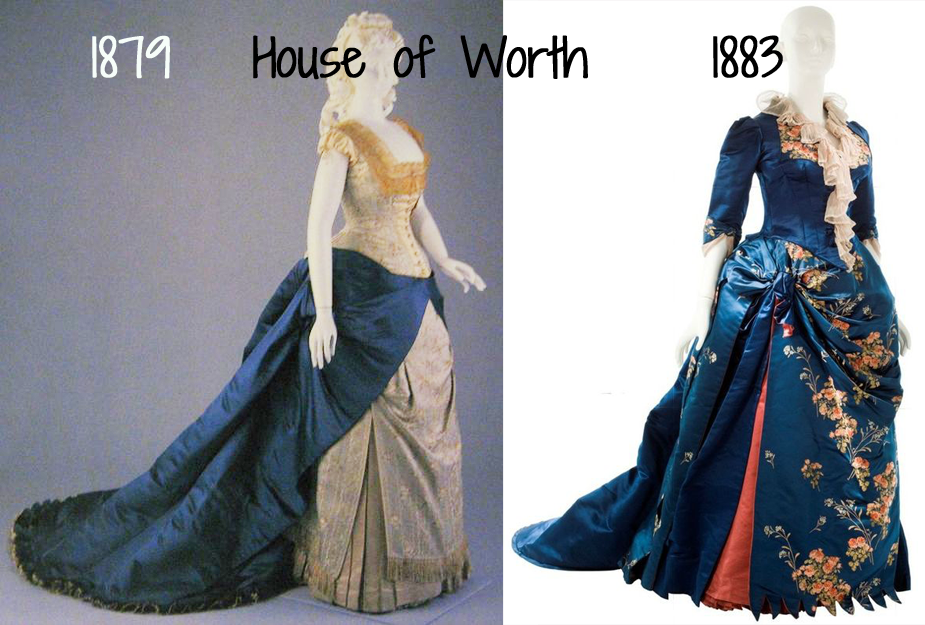
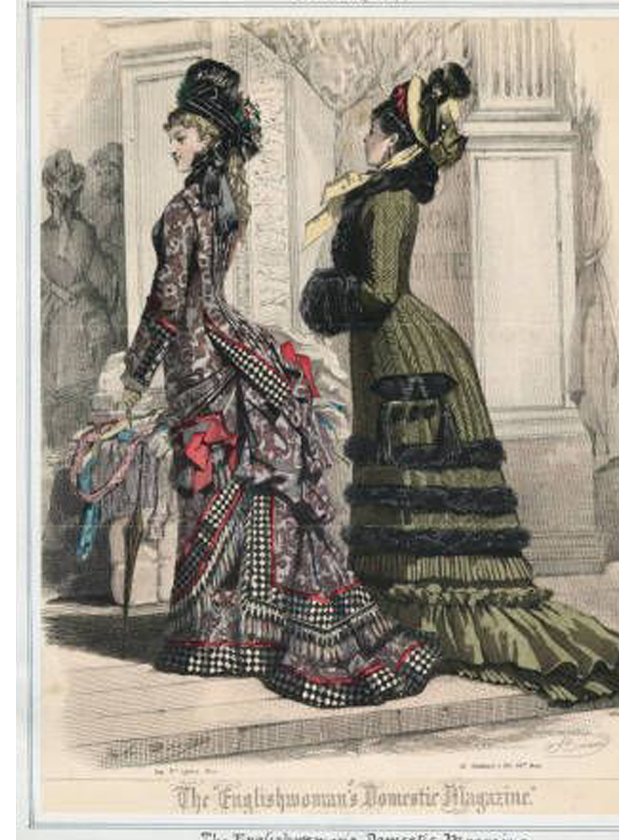
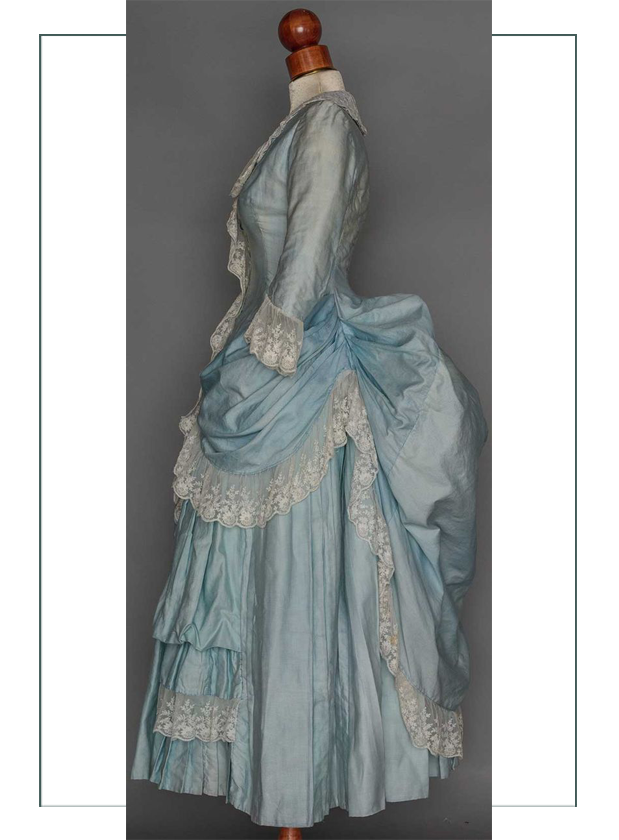
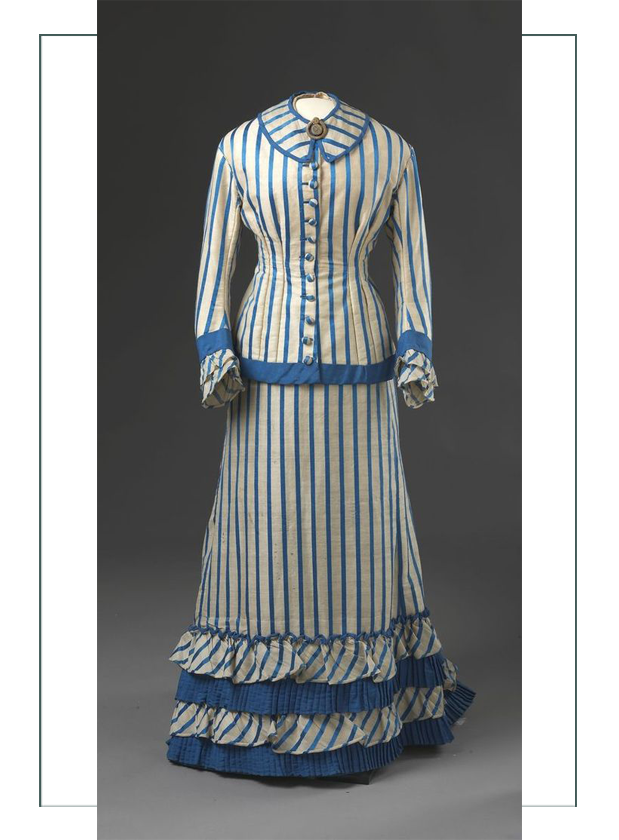
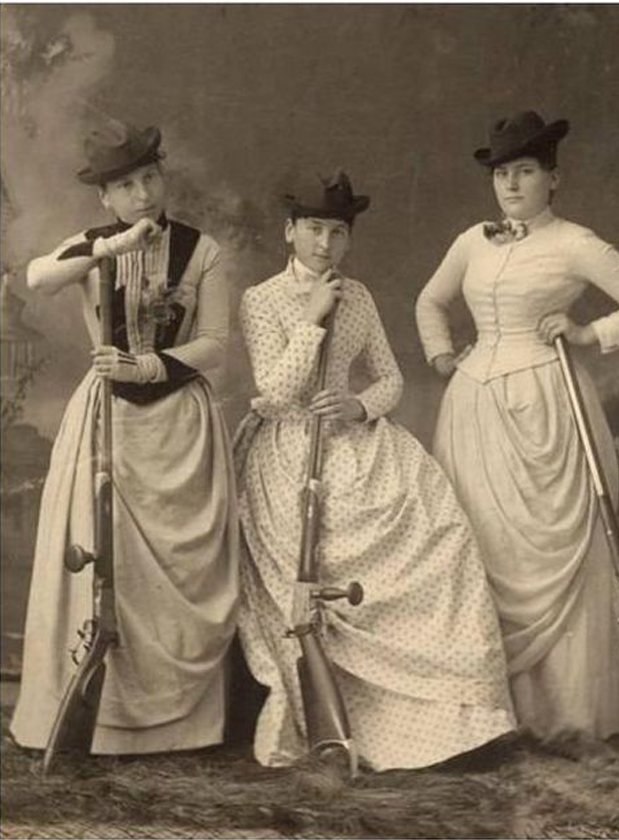
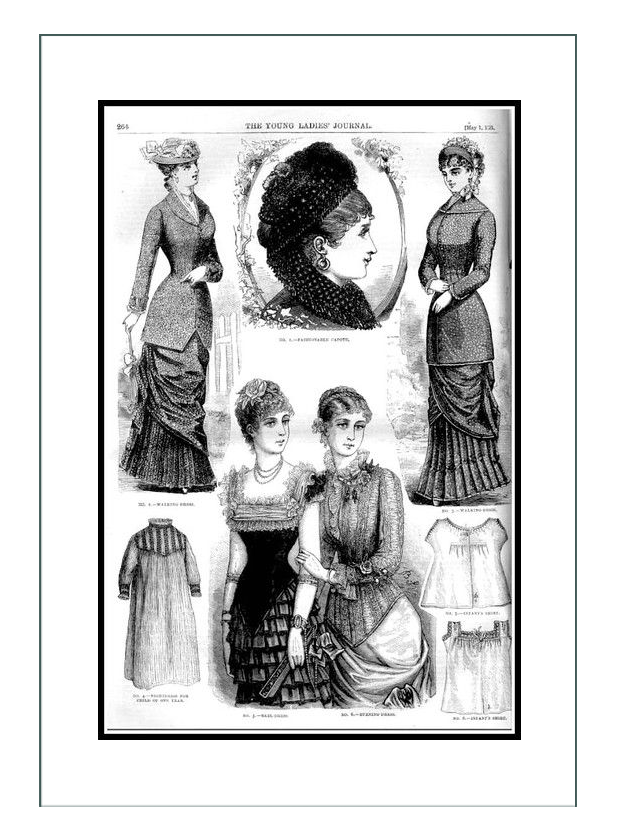
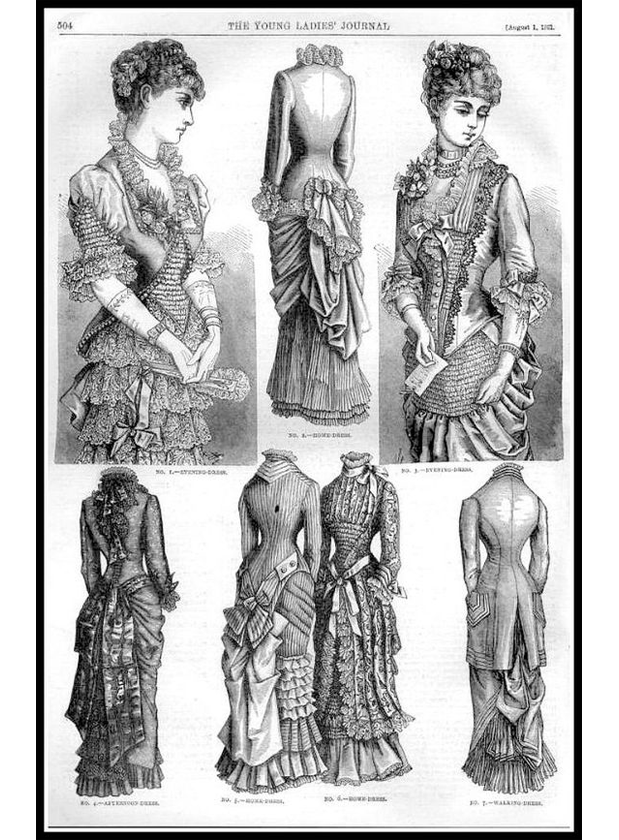
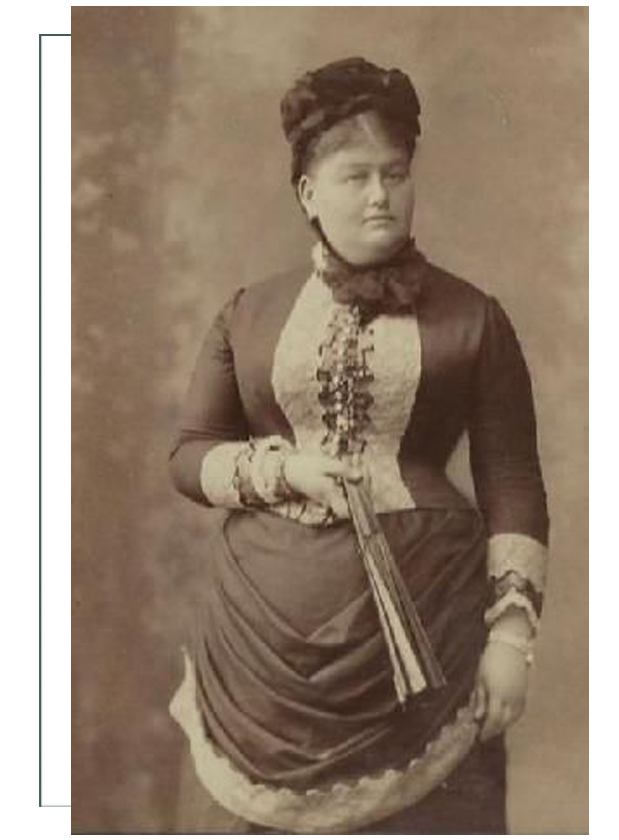
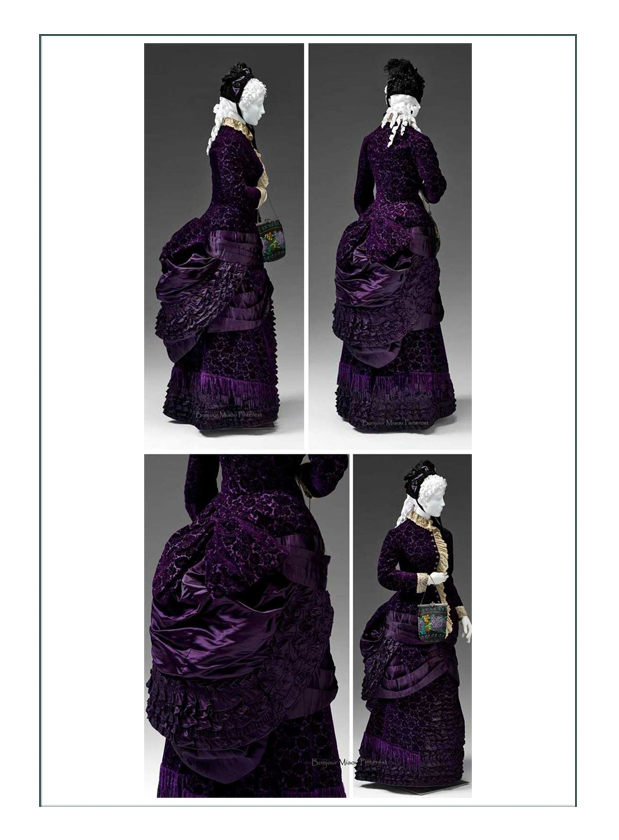
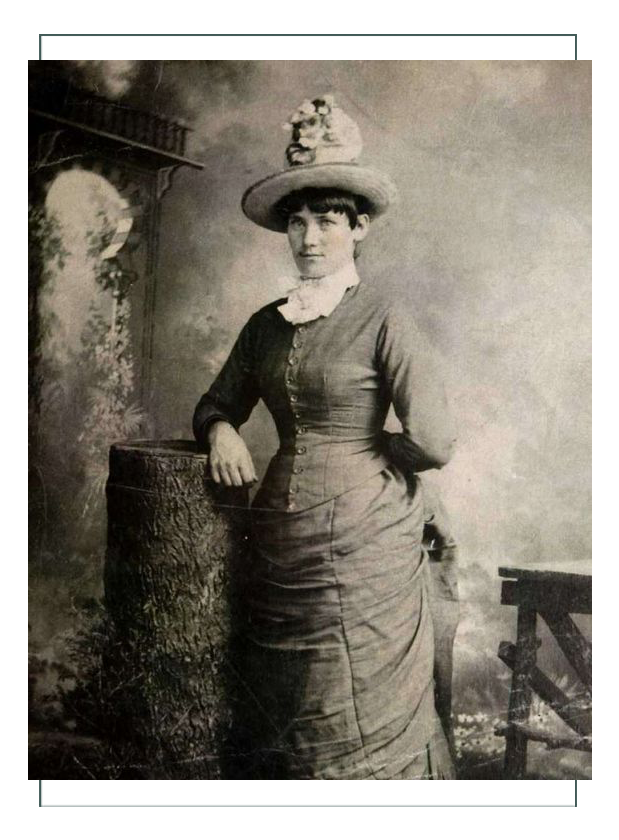
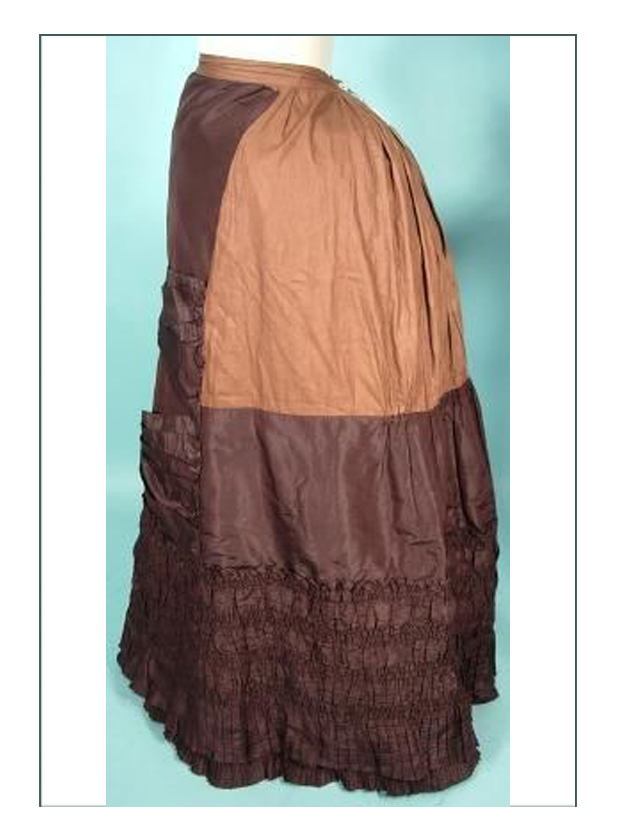
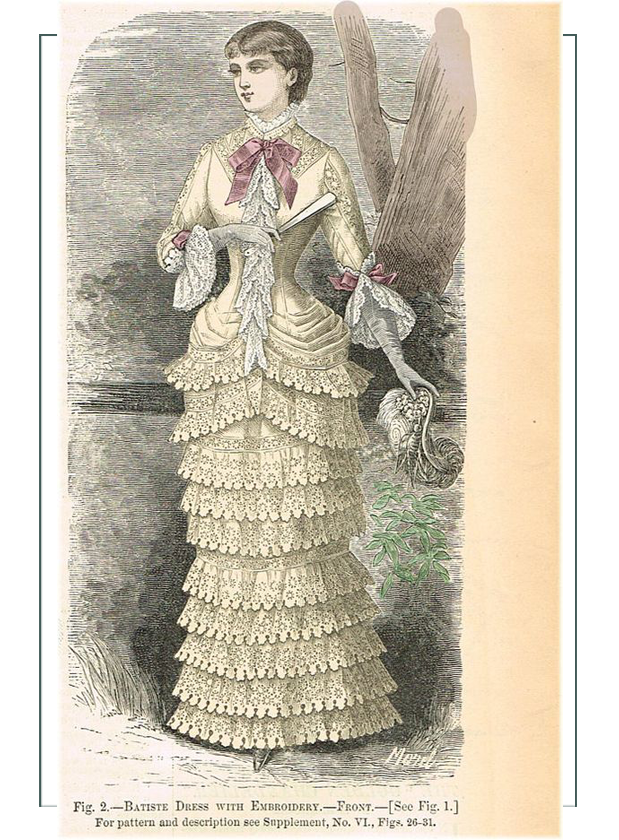
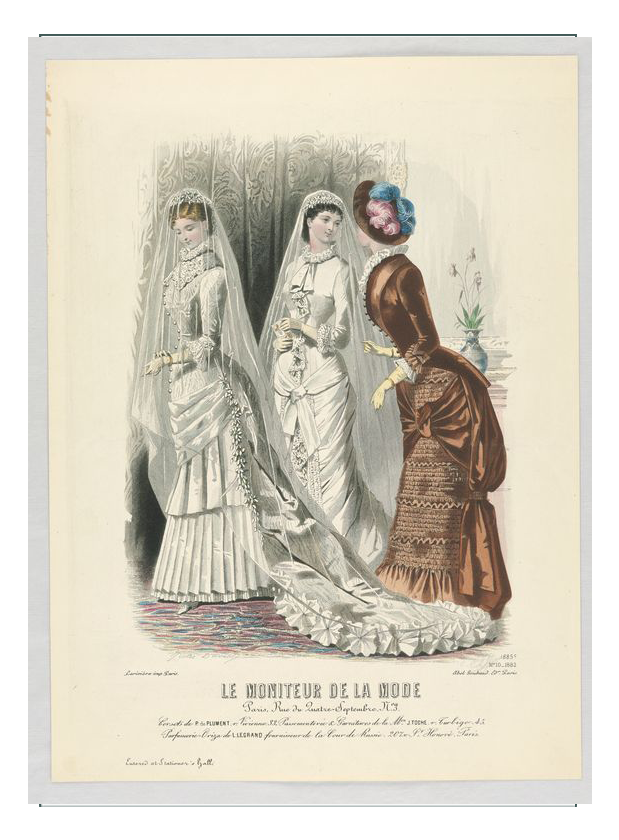
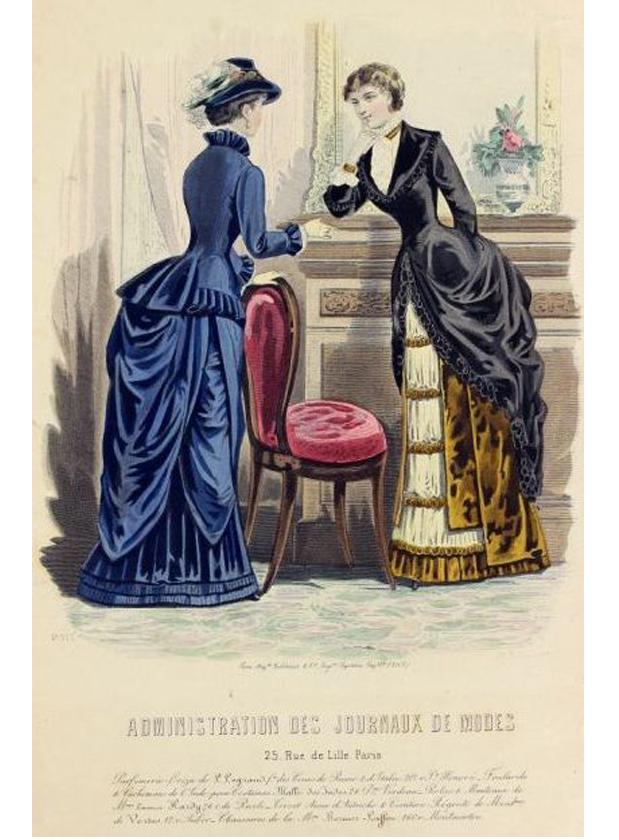
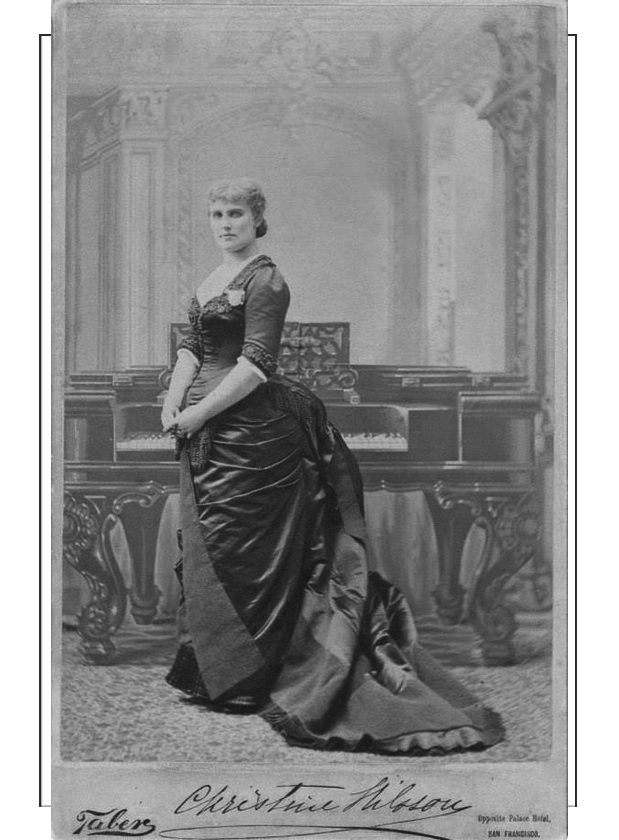
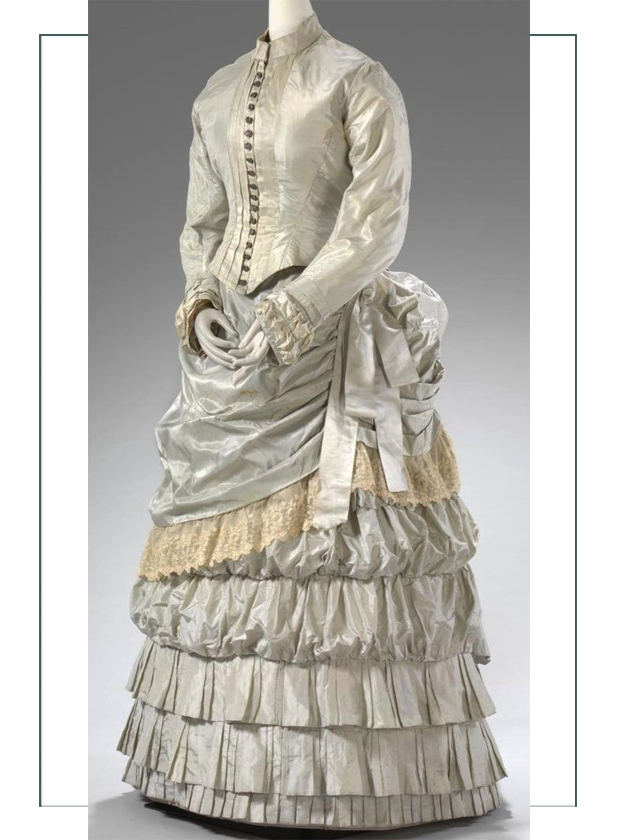
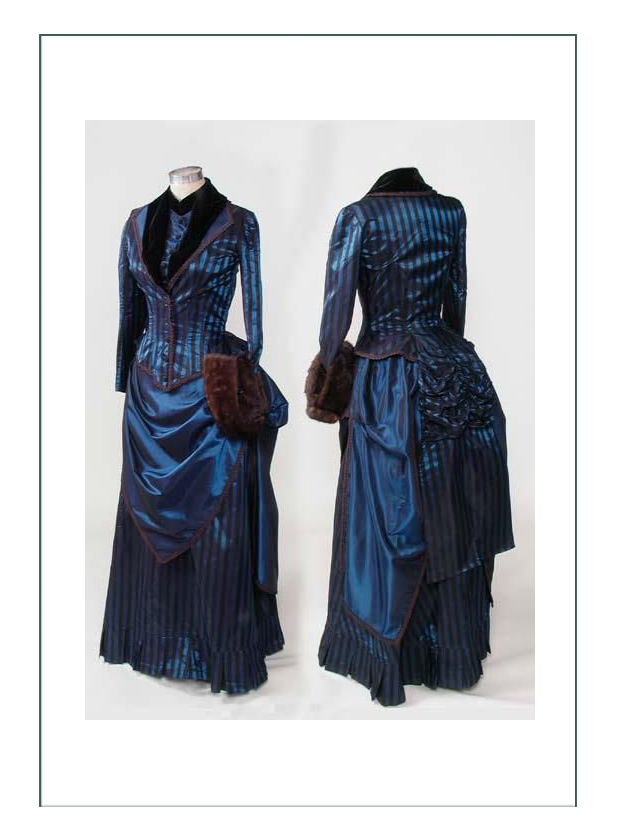
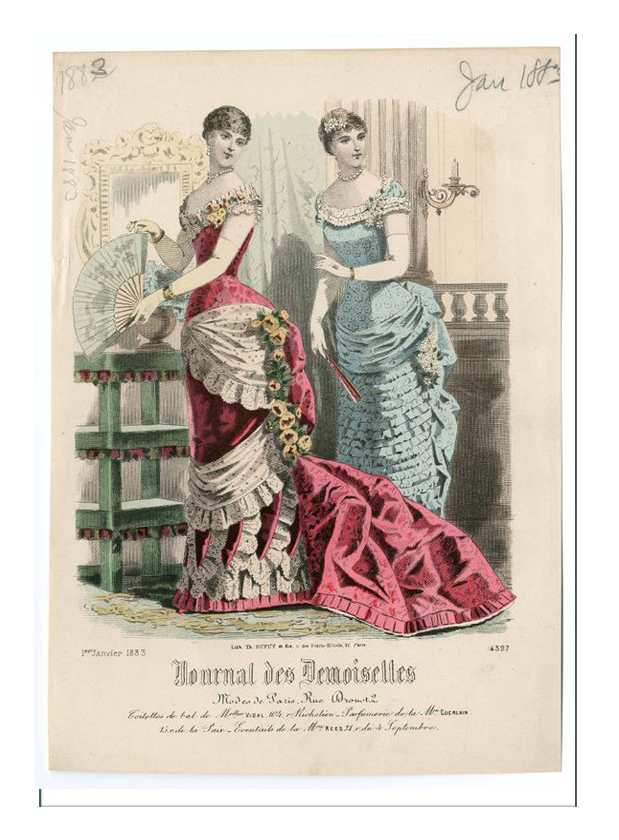
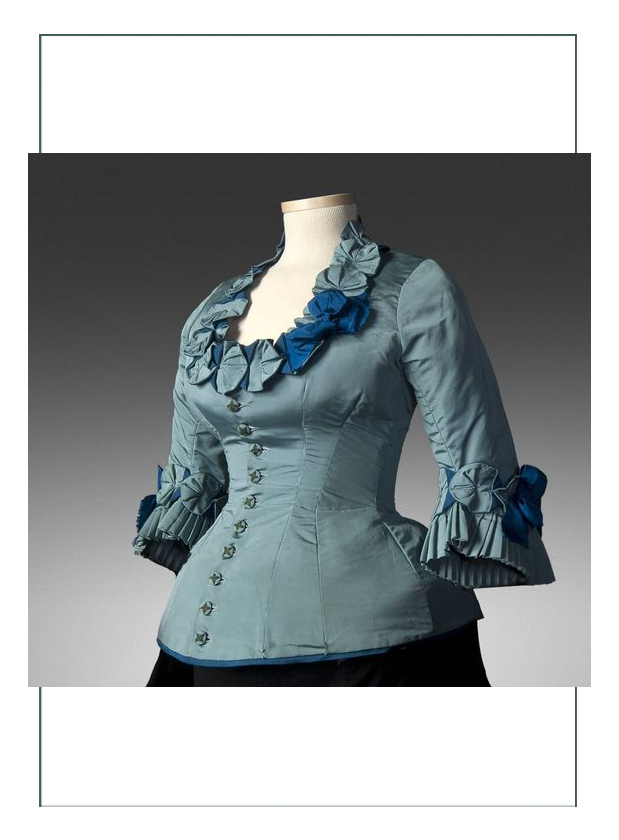
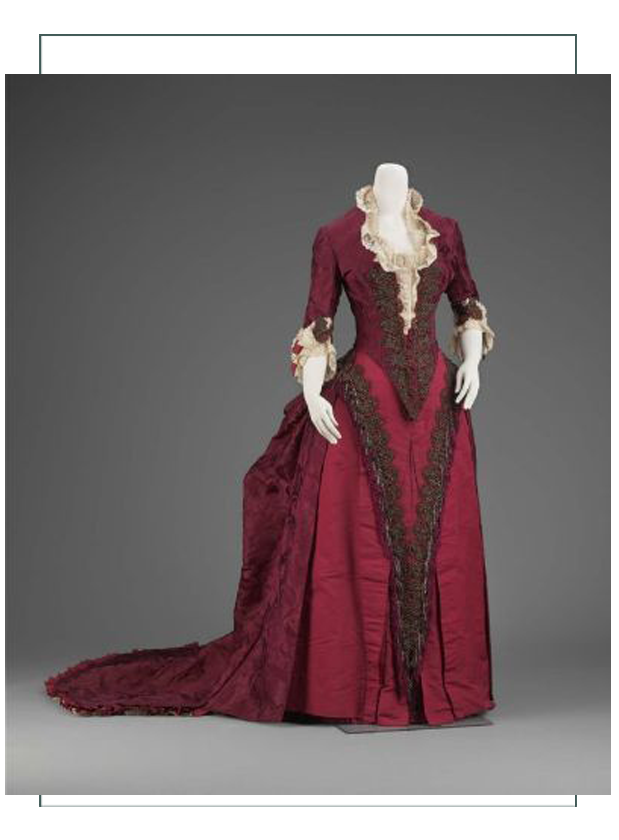
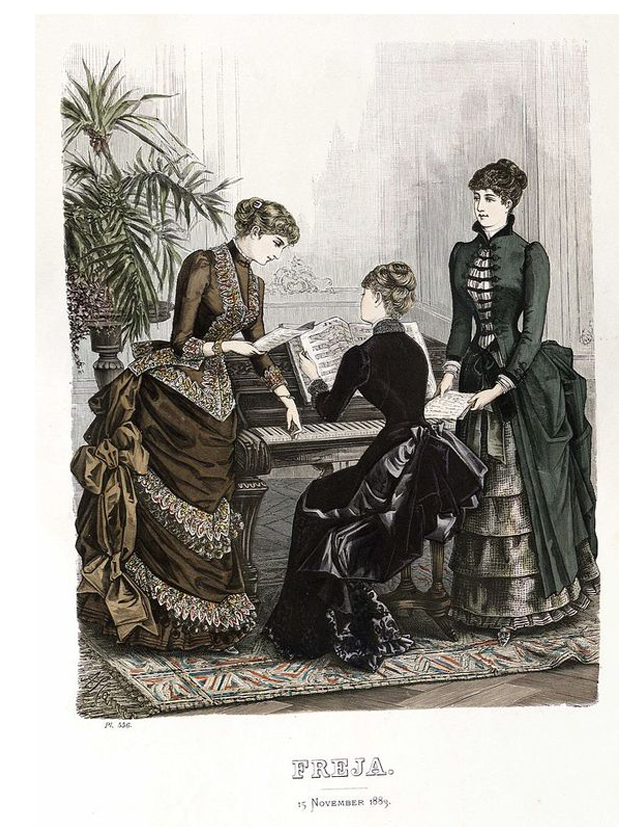
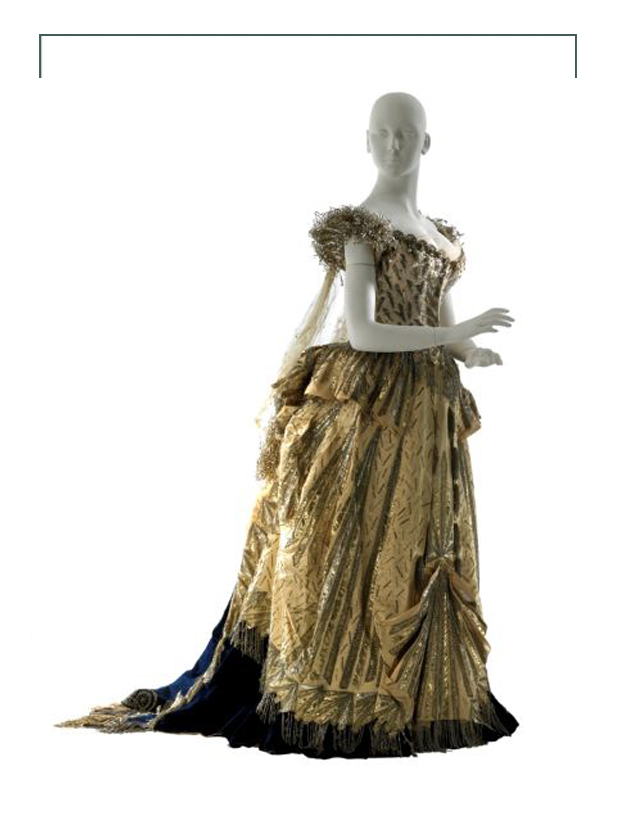
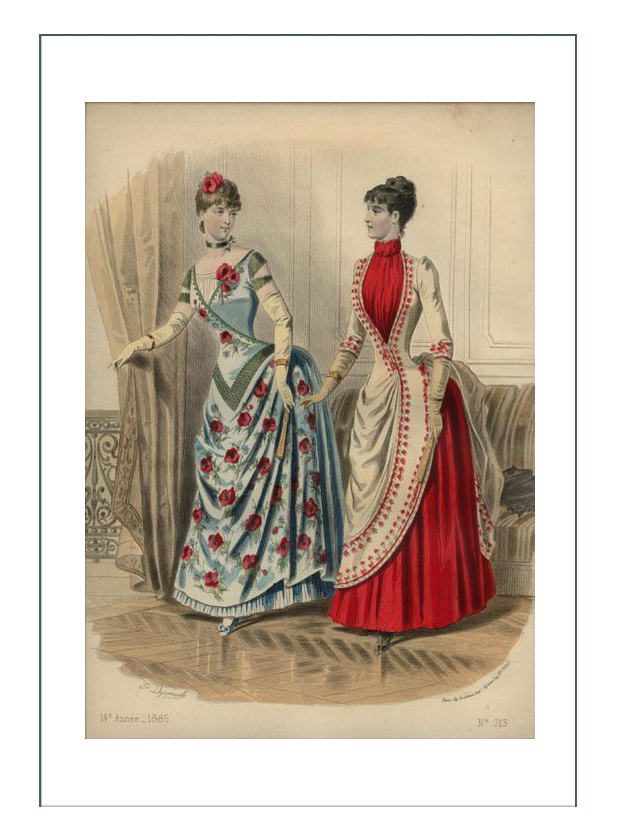
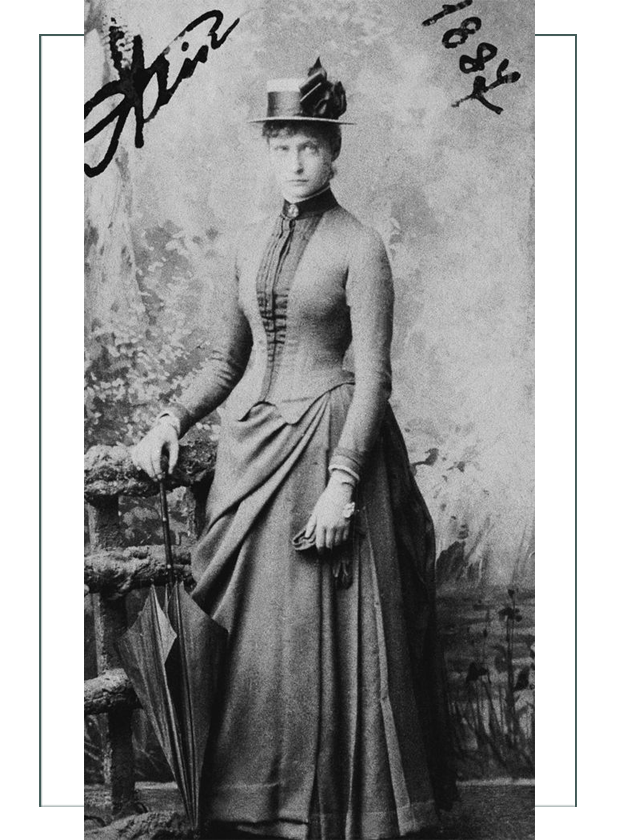
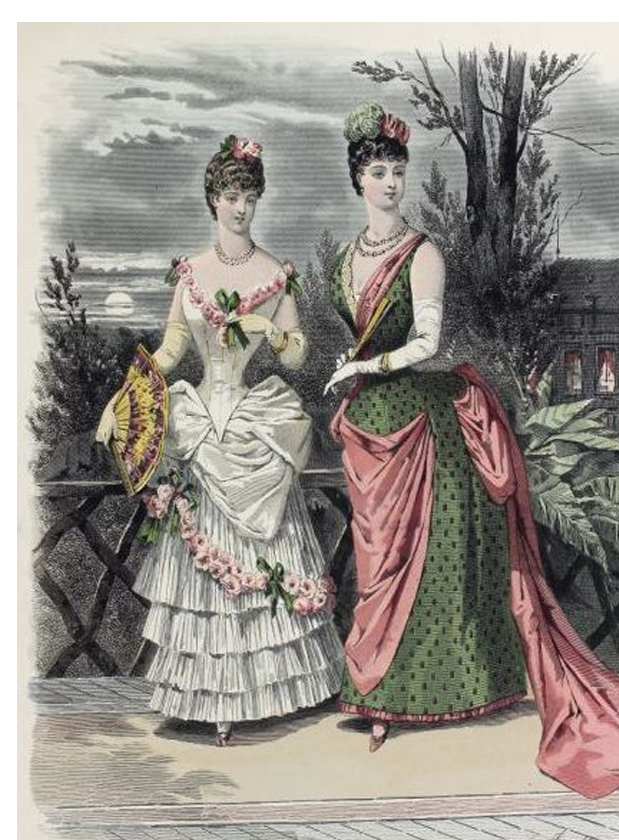
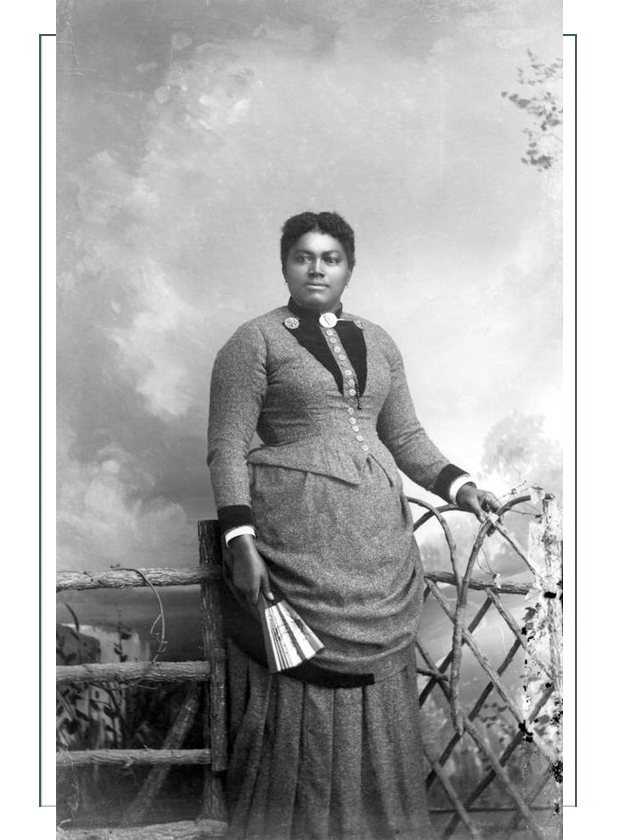
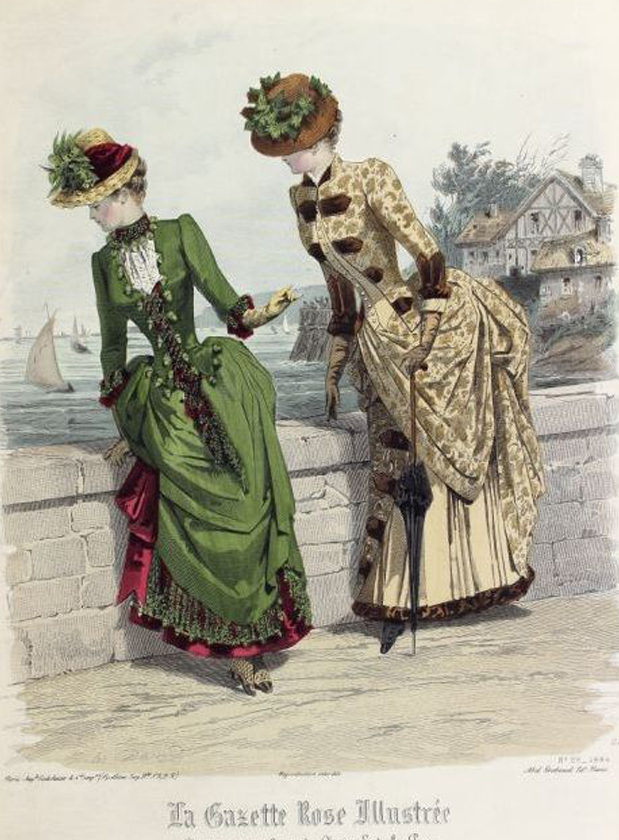
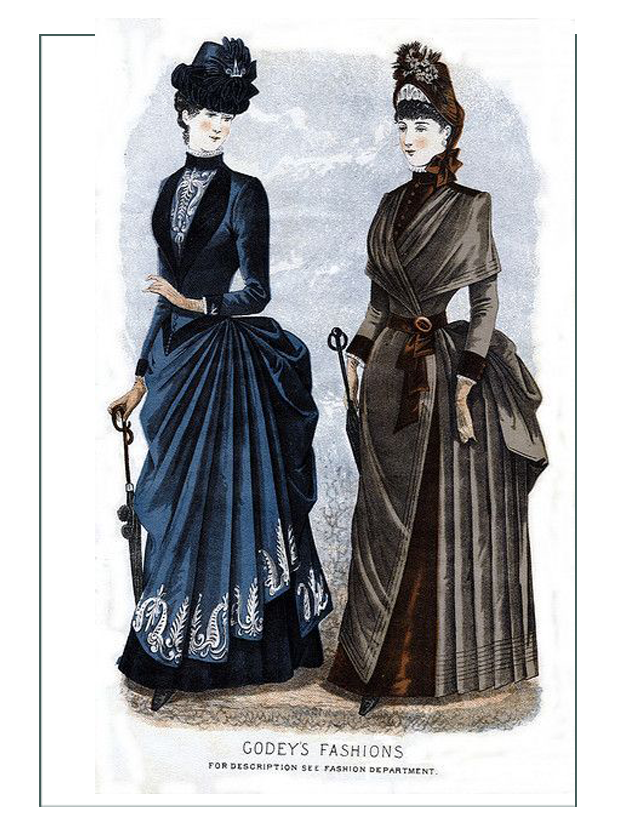
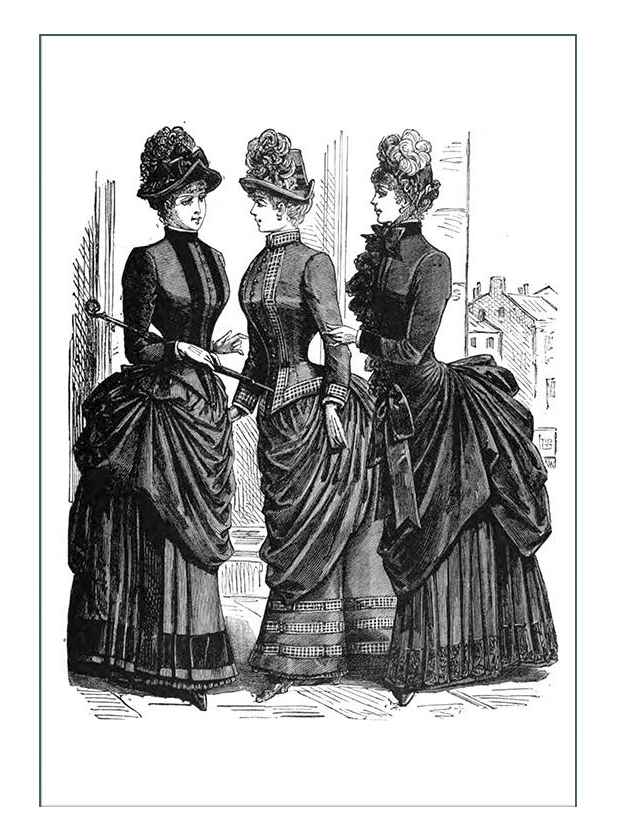
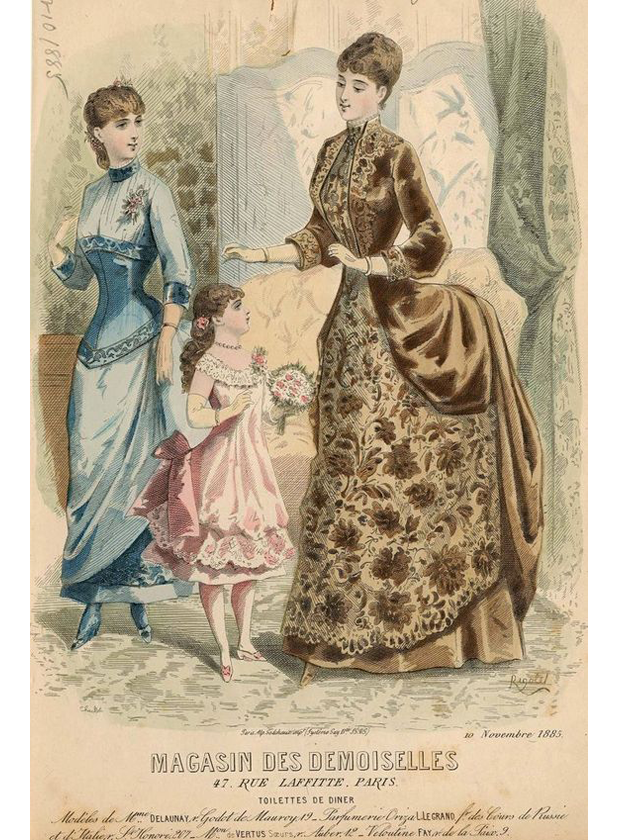
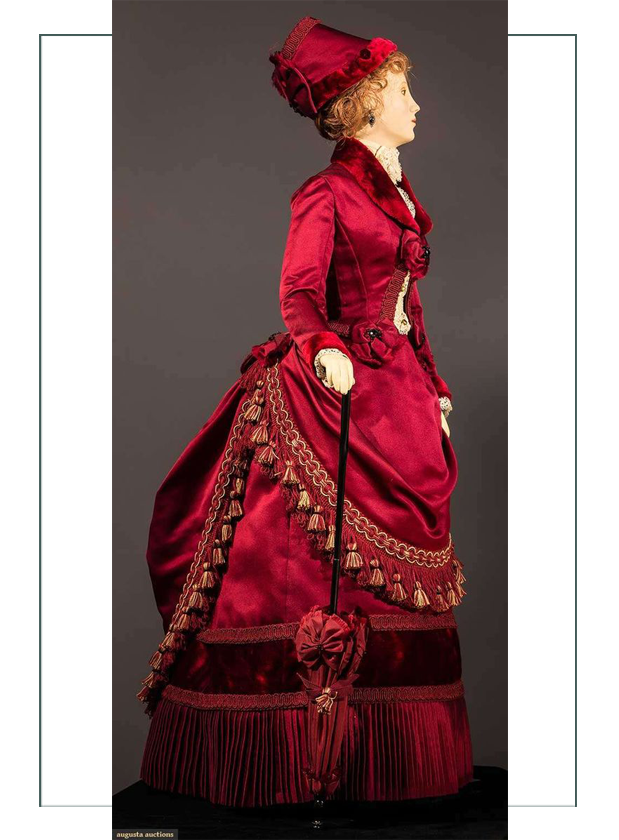
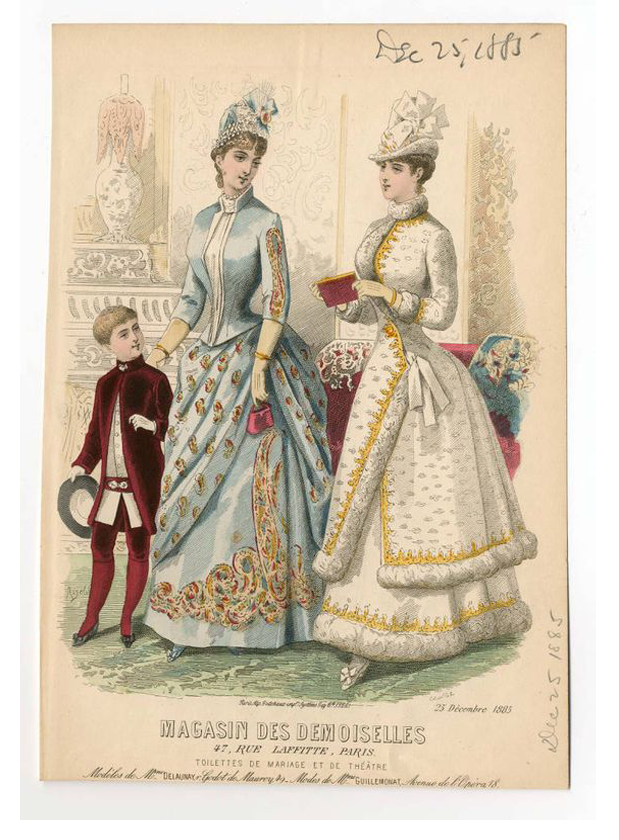
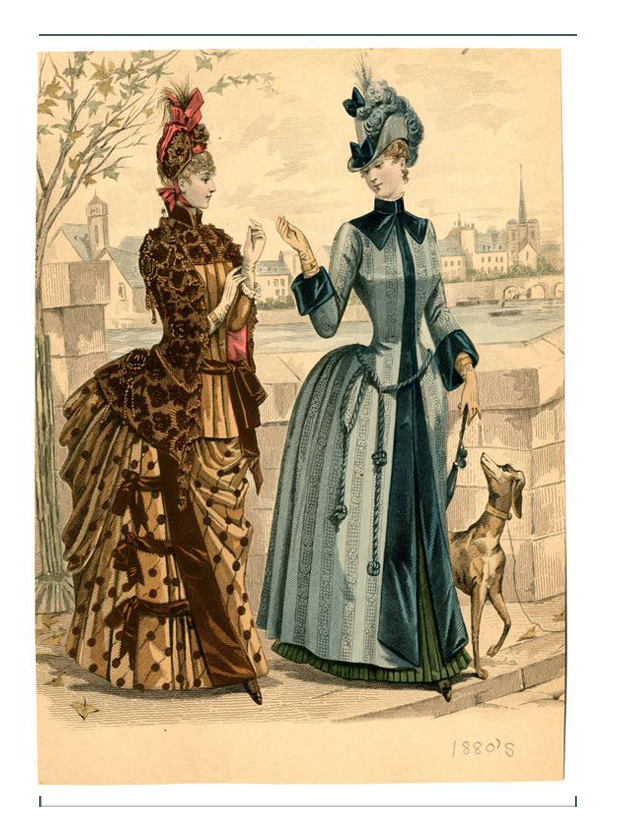
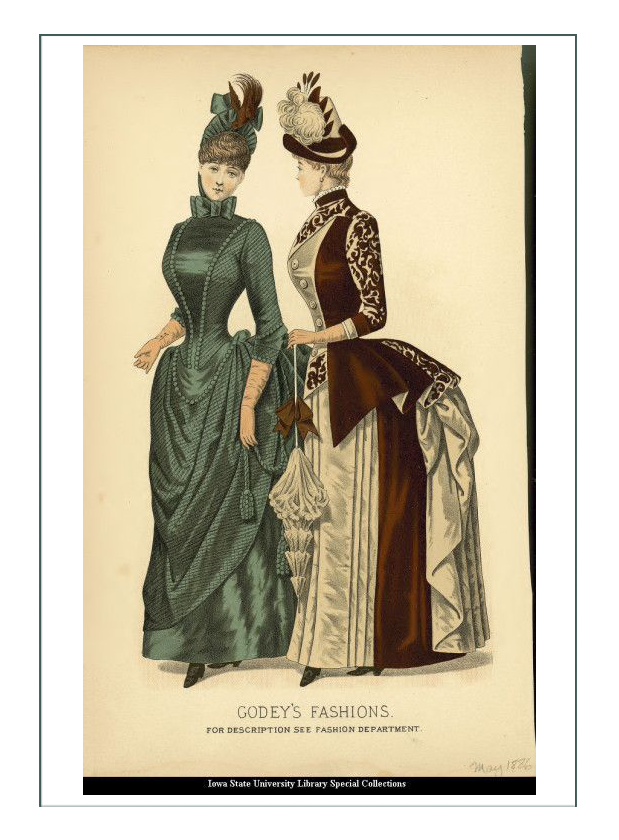
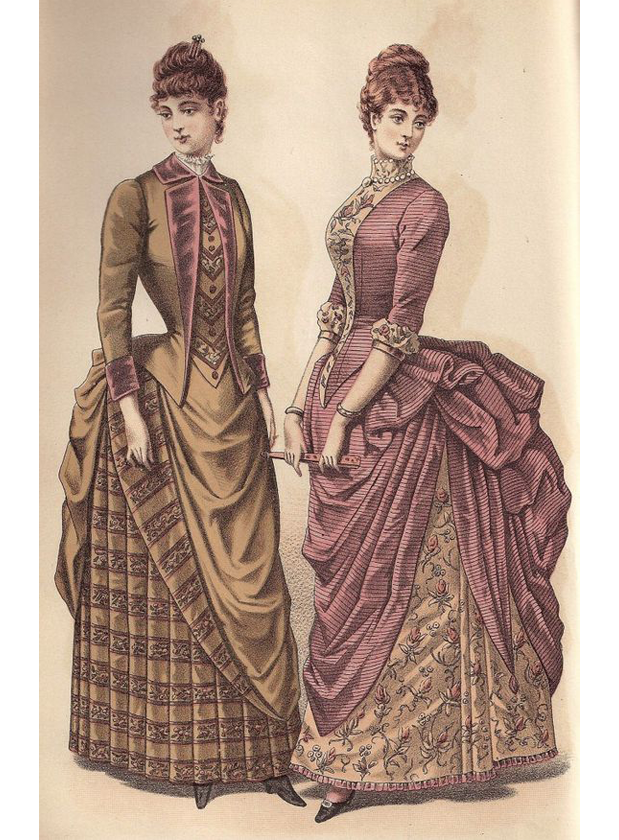
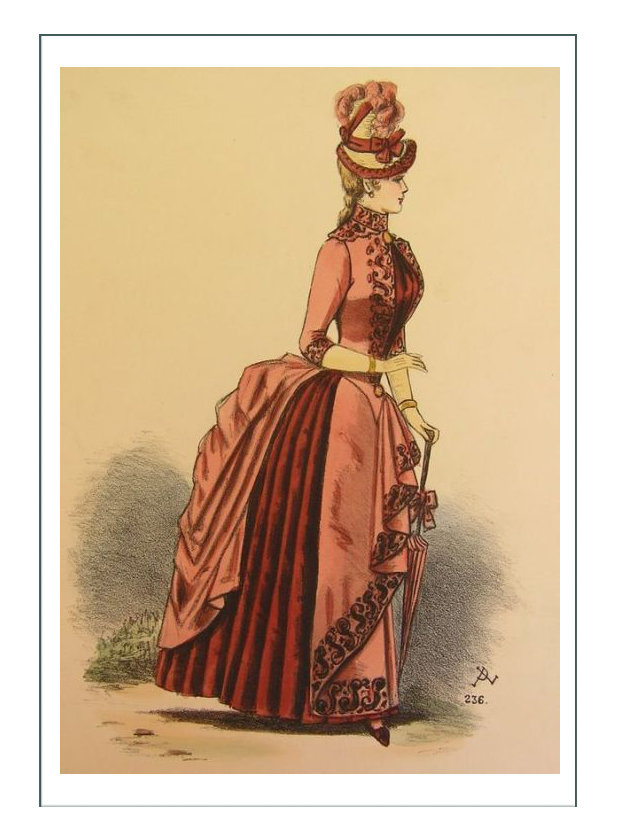
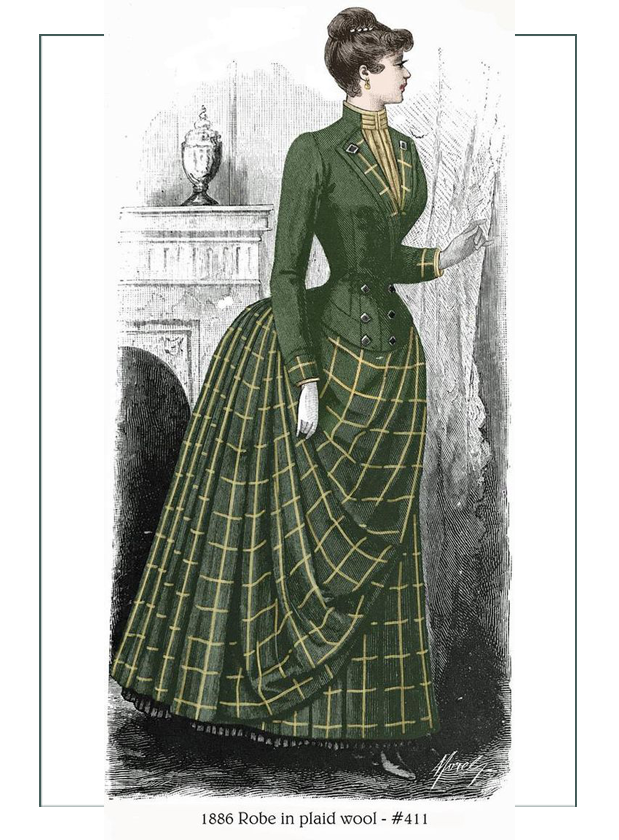
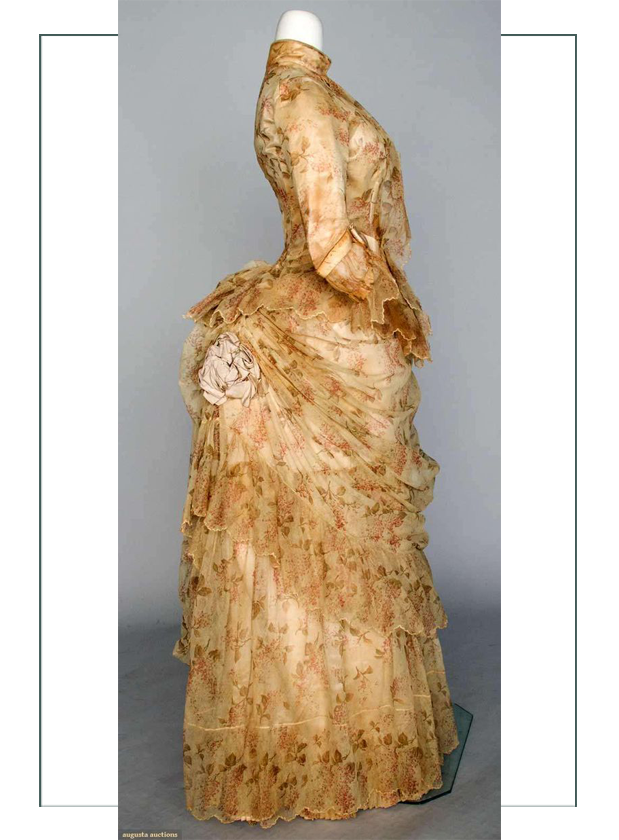
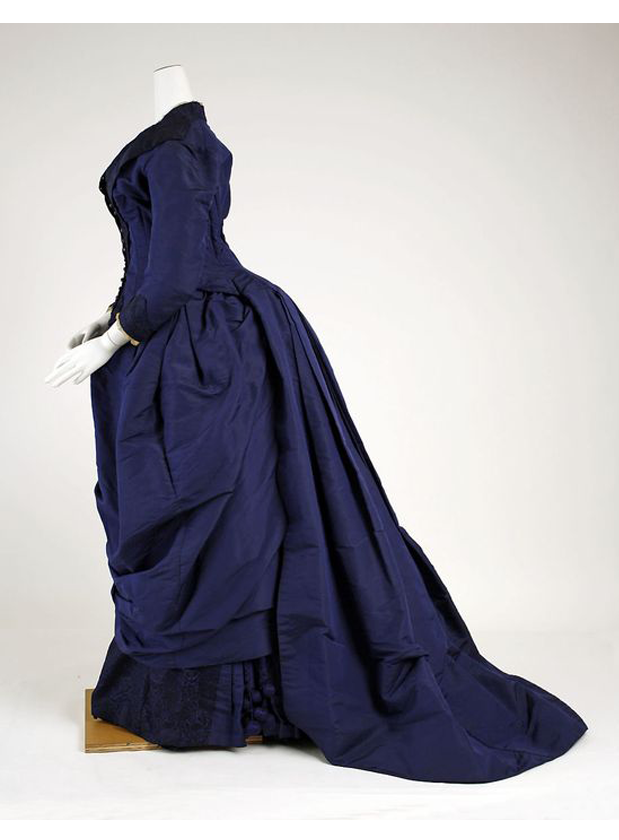
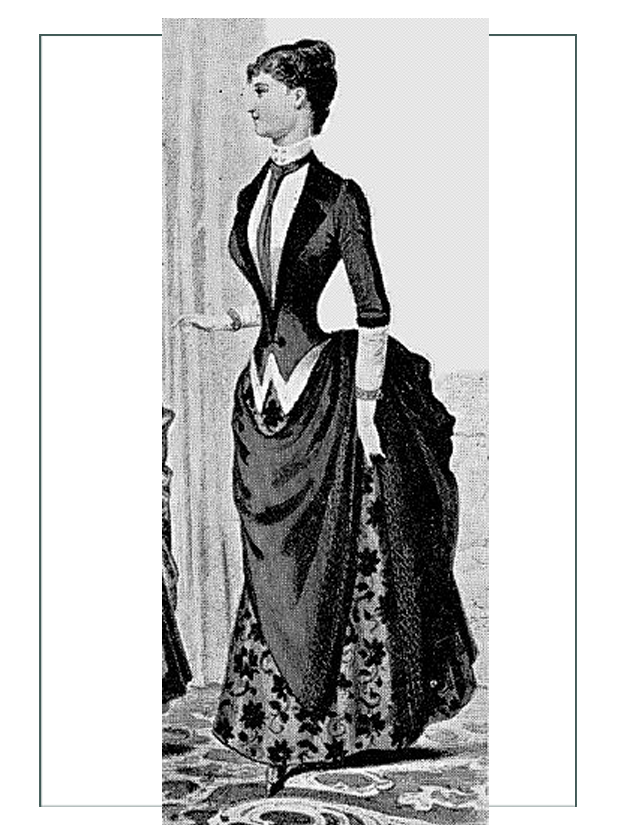
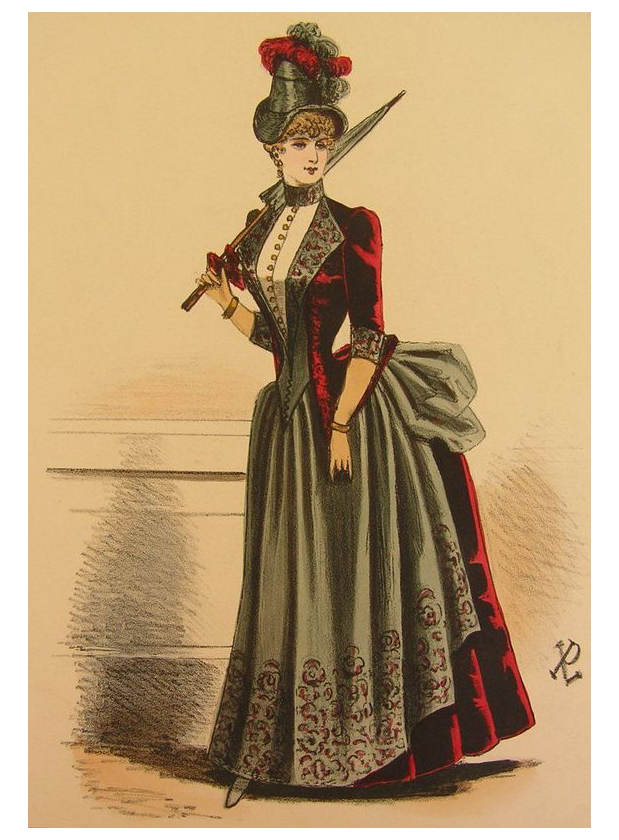
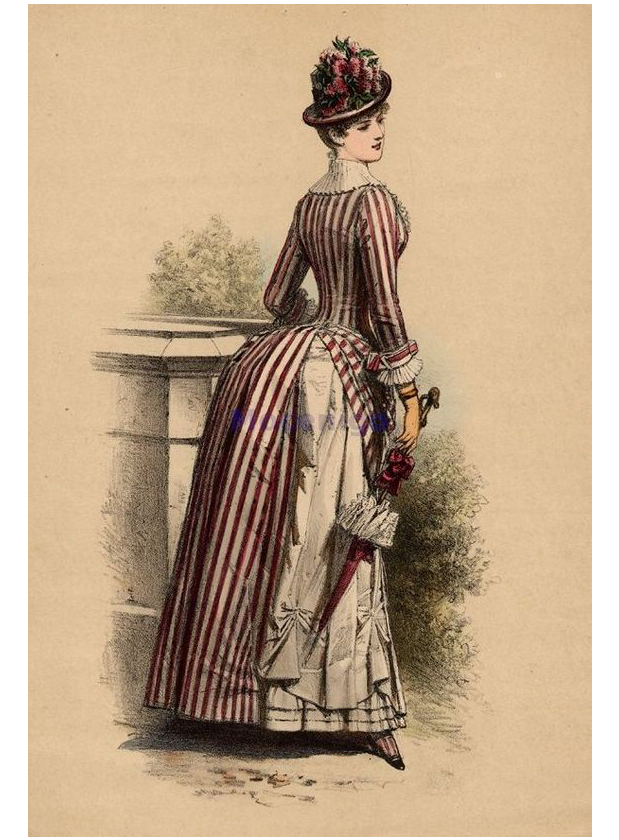
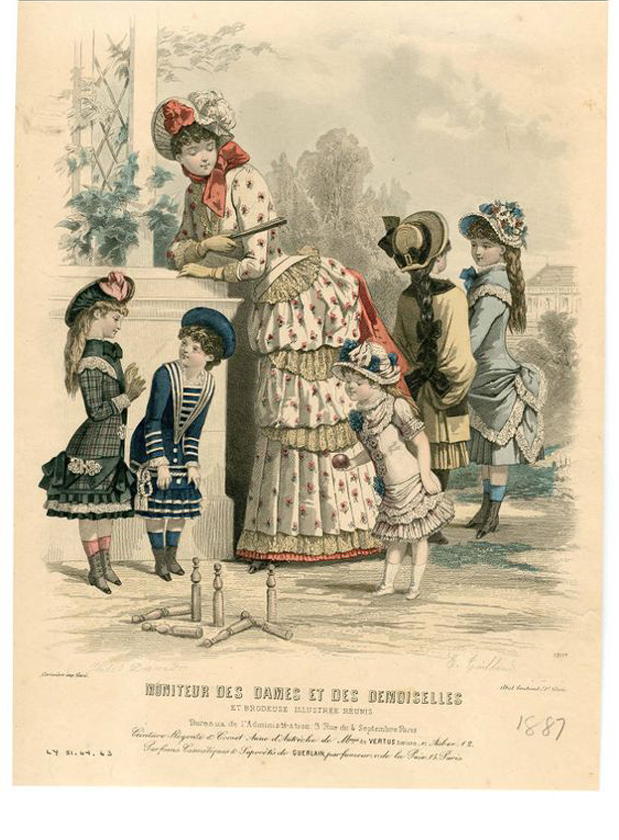
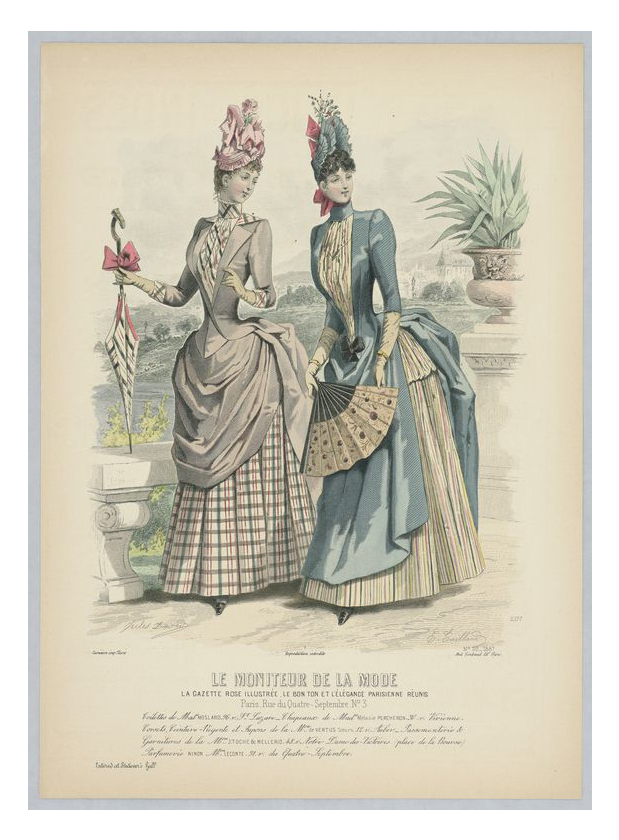
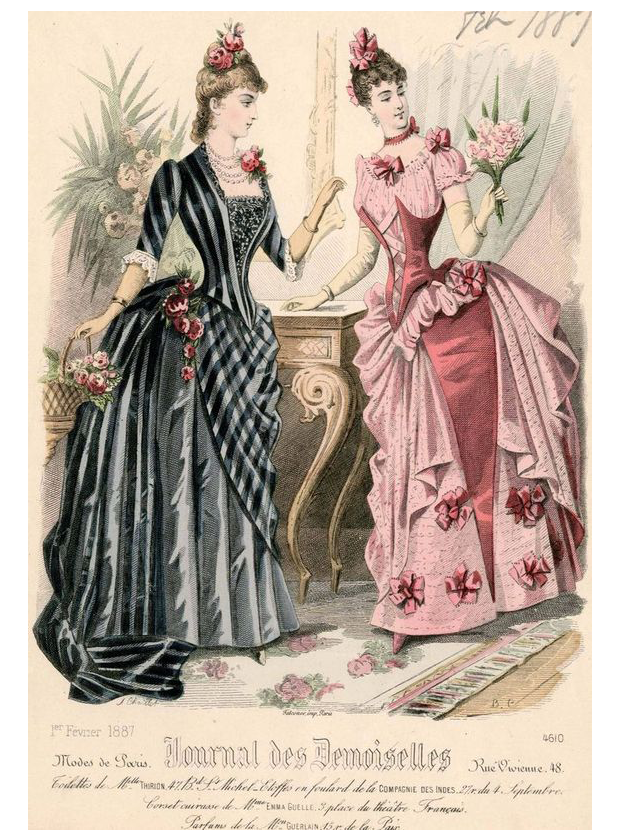
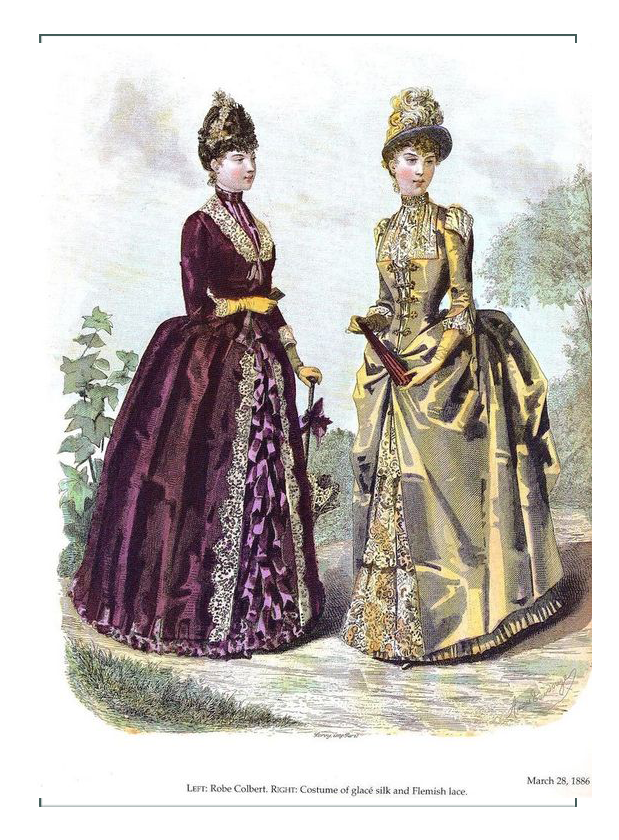
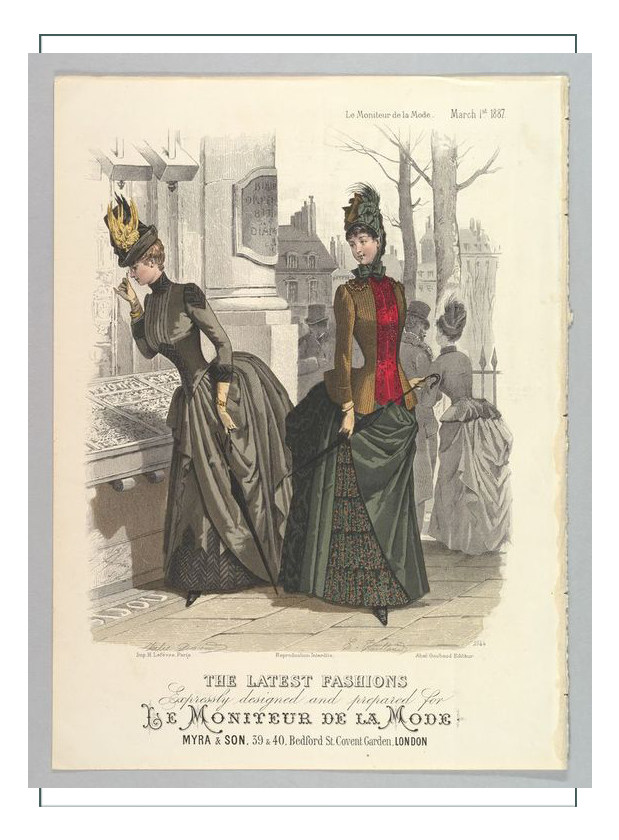
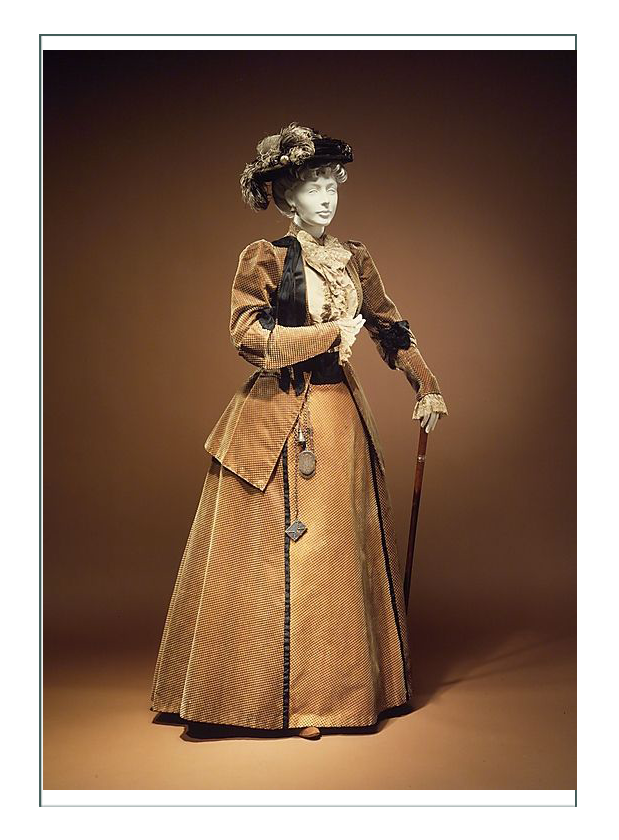
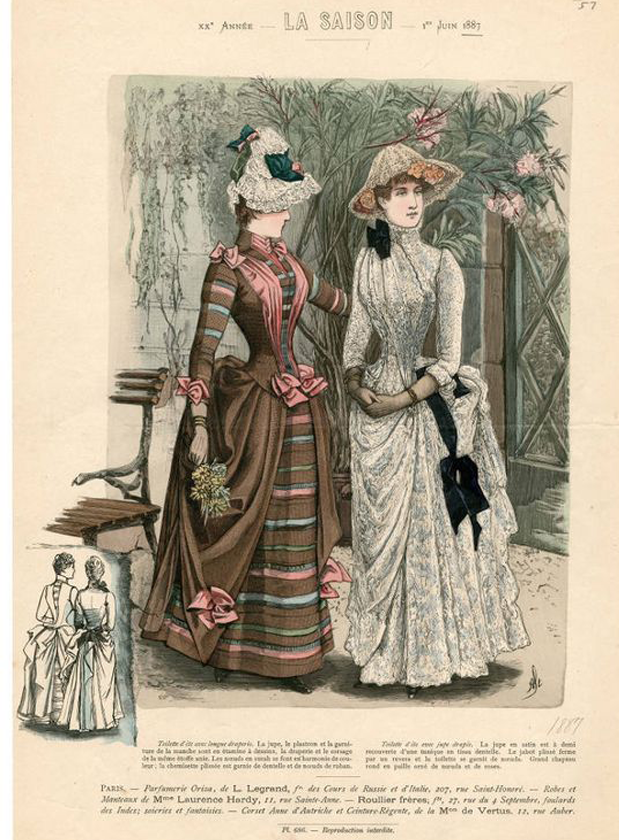
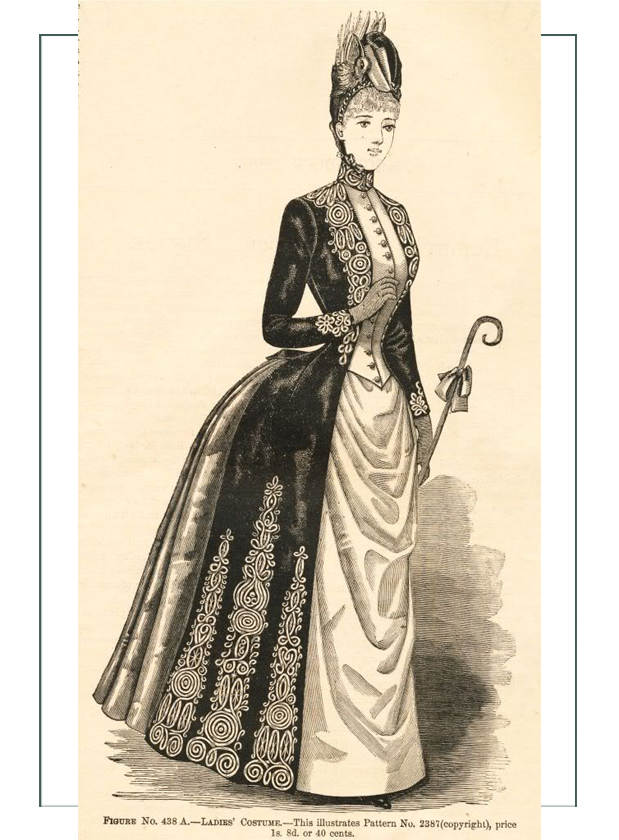
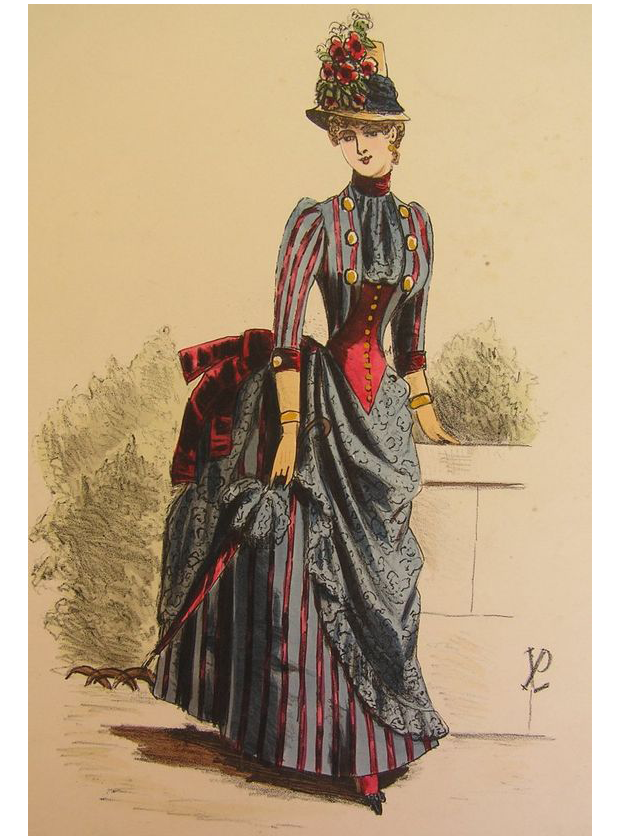
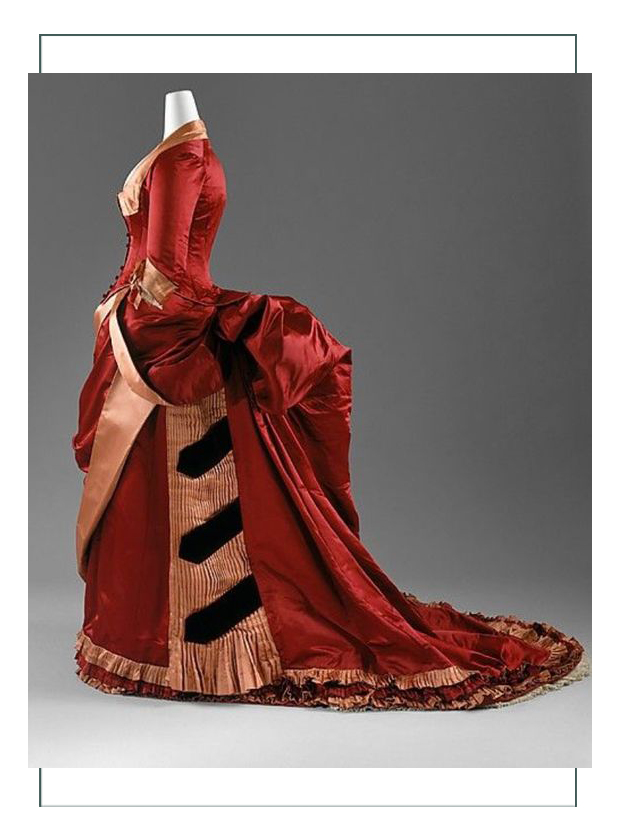
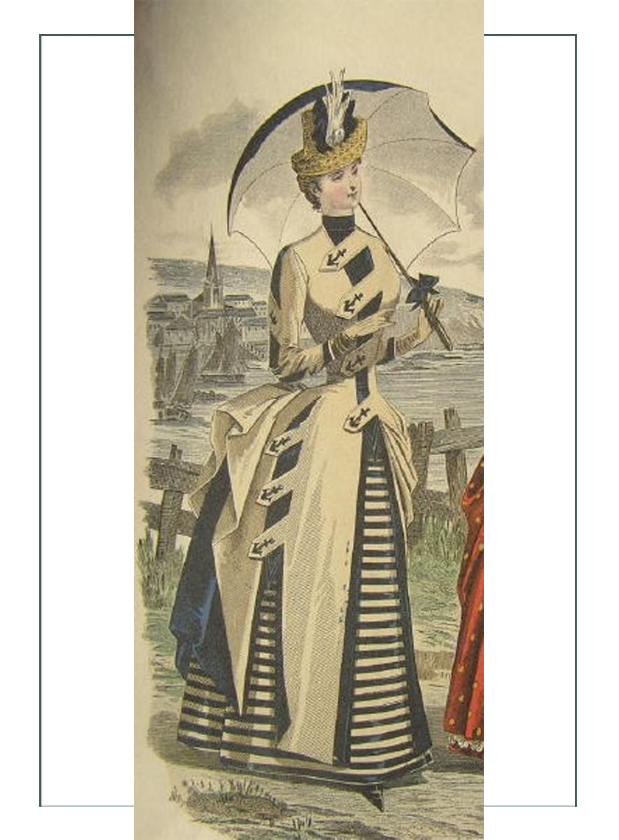
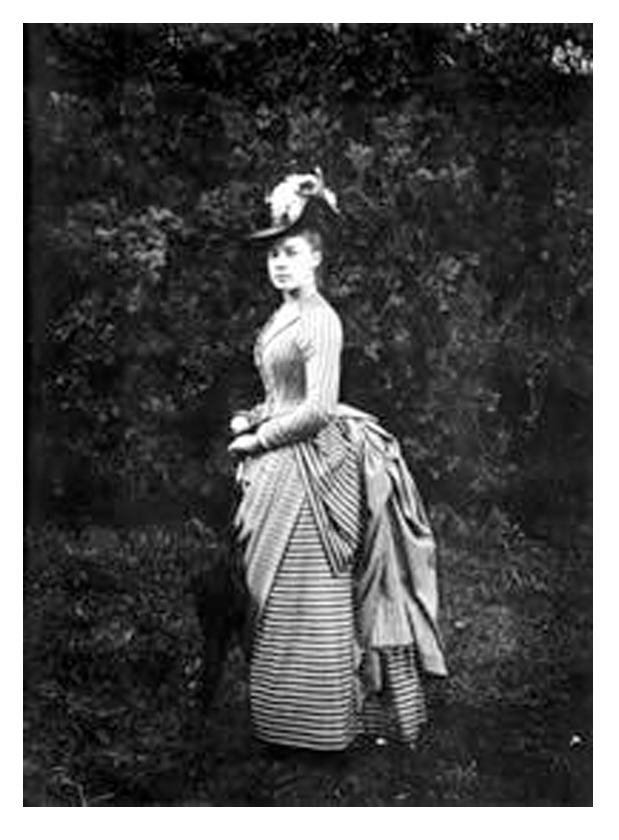
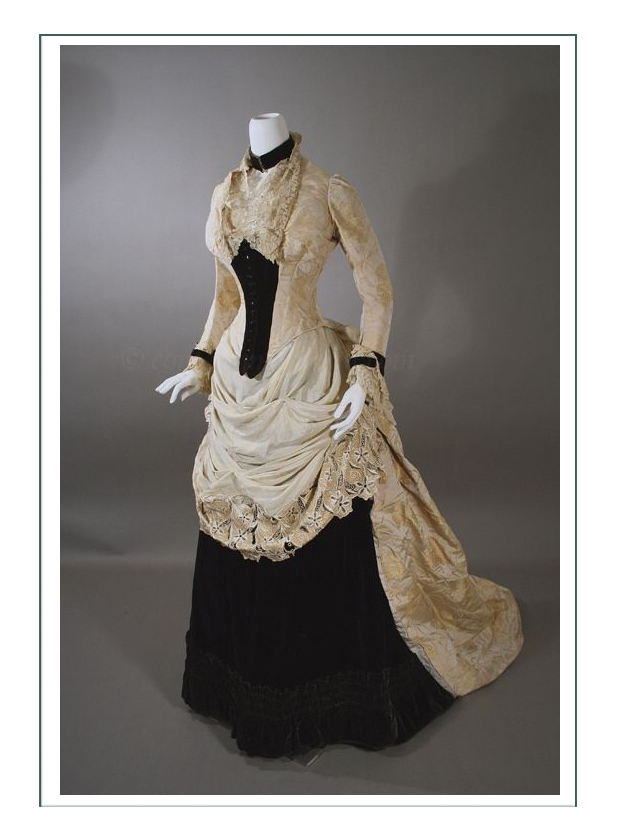
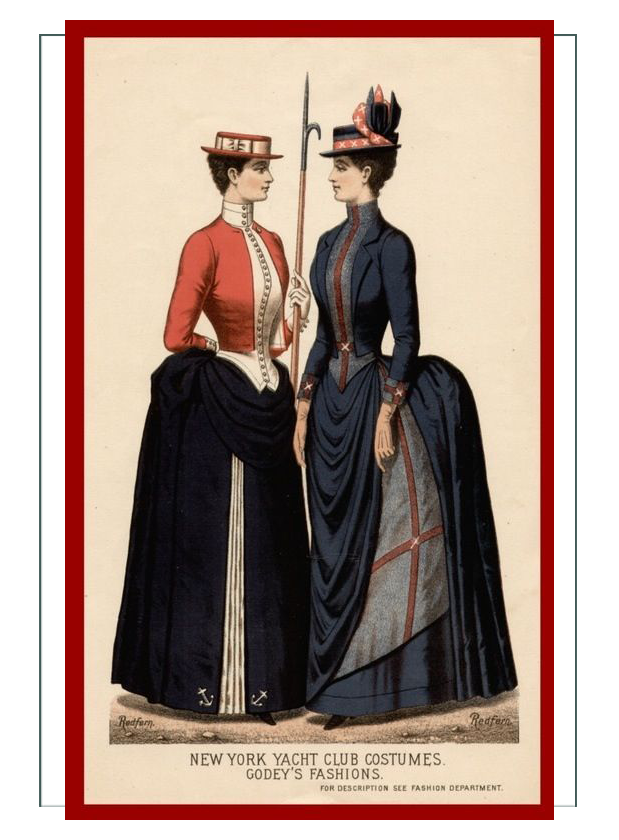
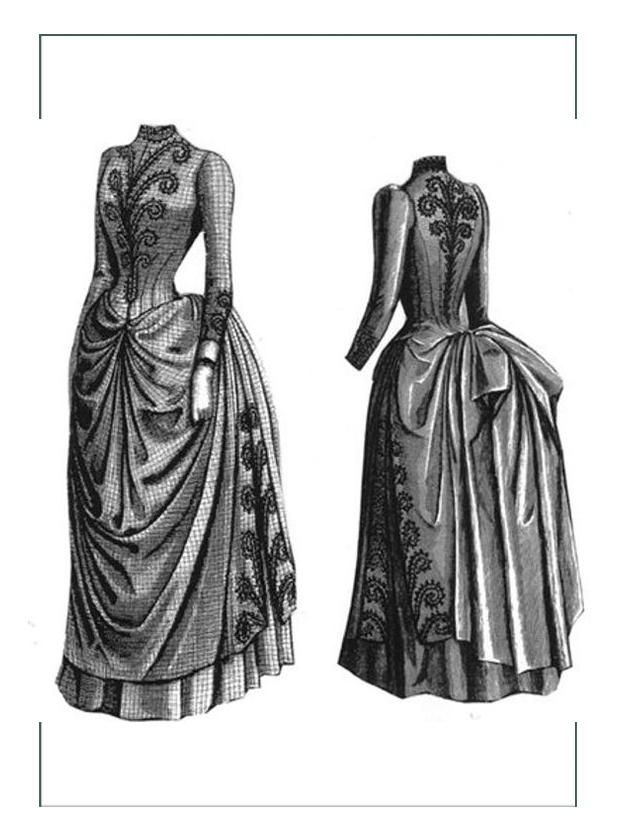
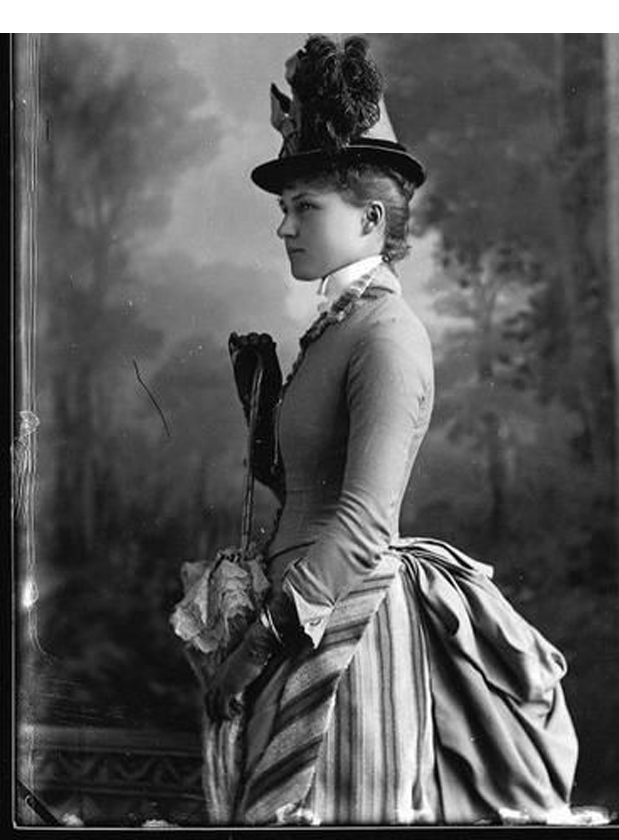
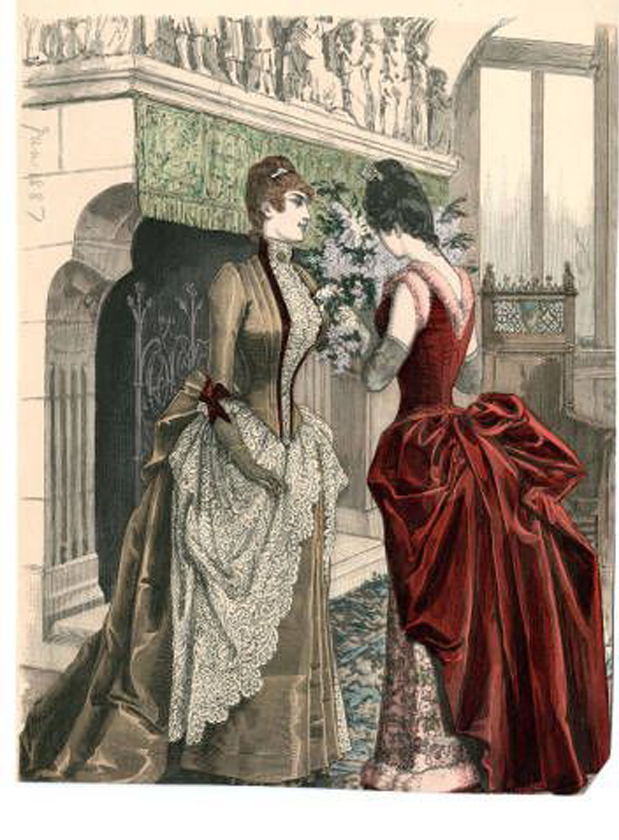
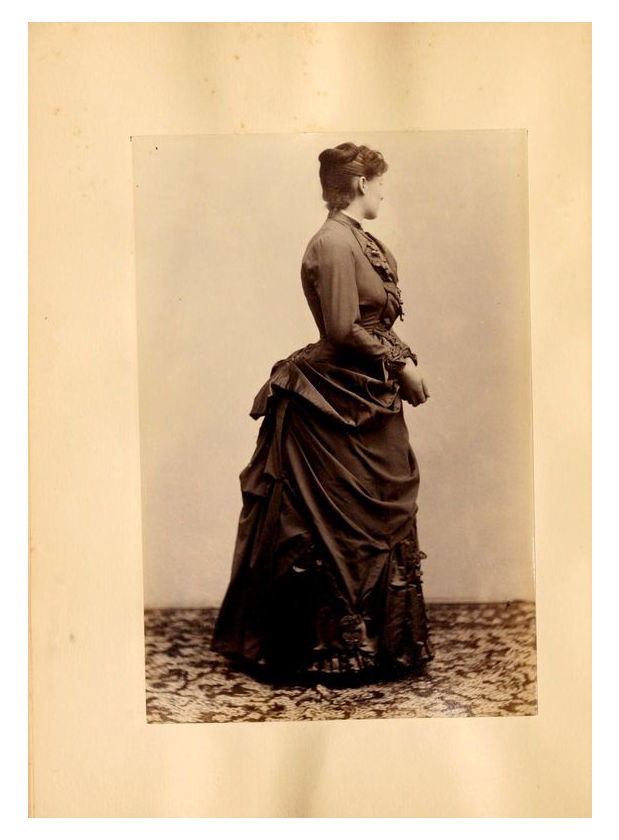
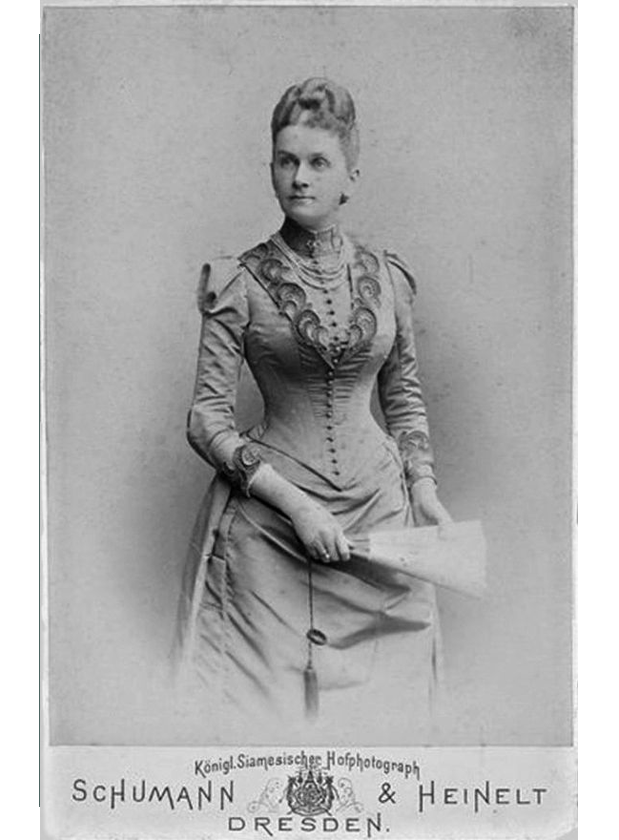
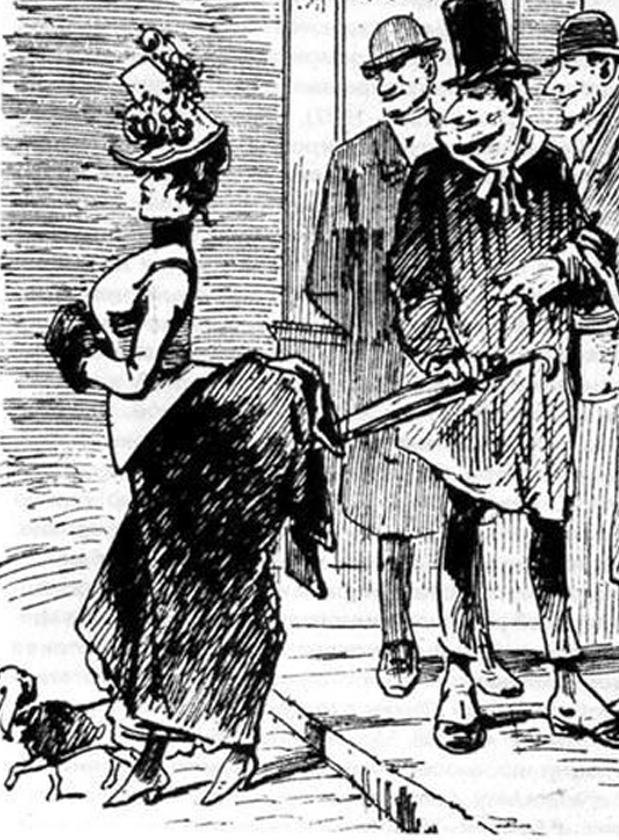
D. Special Items & Details gleaned from the information above

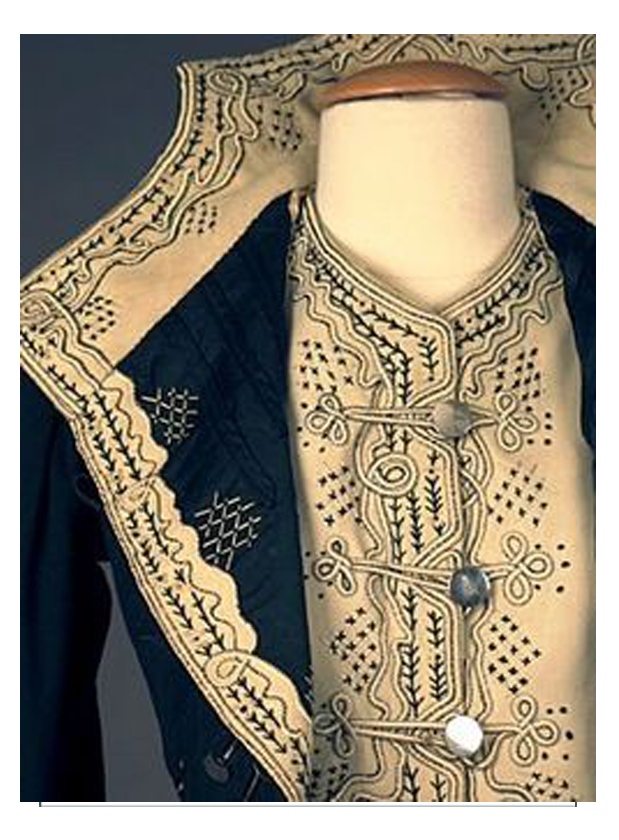
We had used a bit of this on 1910 and 1883 ensembles with great success, and knew the technique. What we didn’t know was how a design might work with our overall concept without altering the “look” of the White Lady. Gimp braid and soutache was often used together through the 1880’s, and got quite elaborate by the end of the decade.
The 19th century English term “soutache” derives from the French. It is also known as “Russian Braid” used in the trimming of both clothing and drapery. Sometimes the braid was sewn onto net to make soutache net lace. The braid was of different materials from wool, cotton, and silk, but in the 1880’s, with the creation of new synthetics like the predecessor to today’s rayon, they were made from synthetic fabrics. These are the ones that have survived time the best.
Soutache was a popular technique in Hungary for decorating military uniforms, and the trend became very popular in the West in the 19th century. Both men and women wore the military look, and women’s bodices of the late 19th century in particular became highly ornamented as it was cheap and easy to apply. By the early 1900’s, Parisian Fashion Houses were doing quite interesting things with organic designs of the Art Nouveau era, as well as bringing in African or Persian/Turkish design schemes (as shown below).
Using these historic examples, we would love to do a complex and deep design, but to keep the cost reasonable for the customer and to meet time deadlines, we’ll keep it simple, clean, and tailored – black on black.
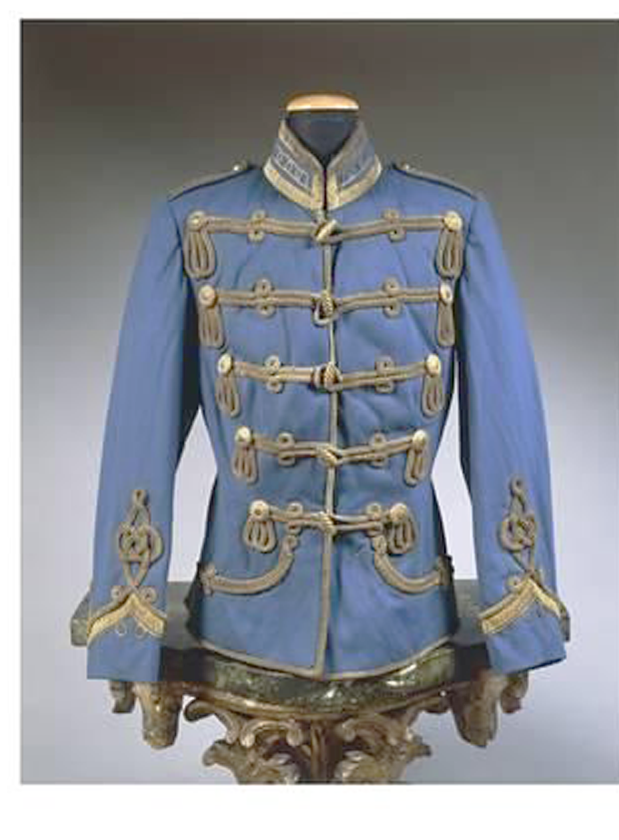
We found a commercial digital pattern for our embroidery machine that was created based on the soutache design on the Camp Hat from the 1890’s worn by Lt. General James Longstreet. It imitates a small braid at 2.2mm wide, which is a bit smaller than real rayon braid available today.
The intent was to integrate and tie together the digi patterns using real soutache, but the real soutache was too bulky, so we settled with adding beading, tassels, and cording – the same as they would have back then. We love our trims and decorations as much as they did.
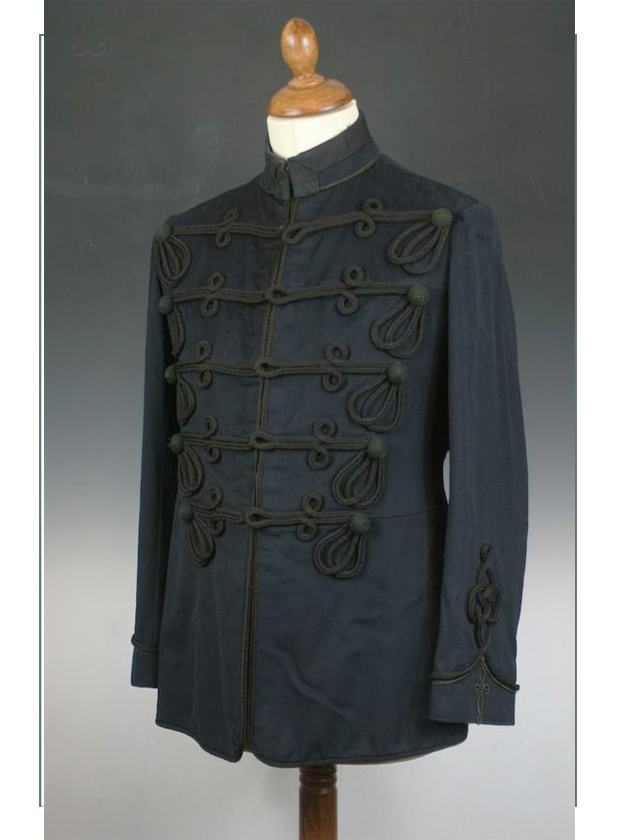
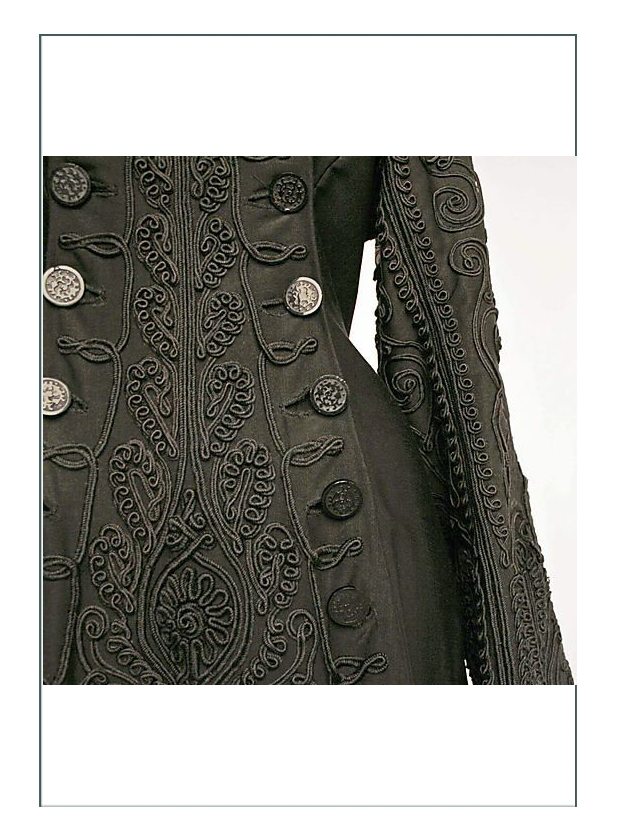
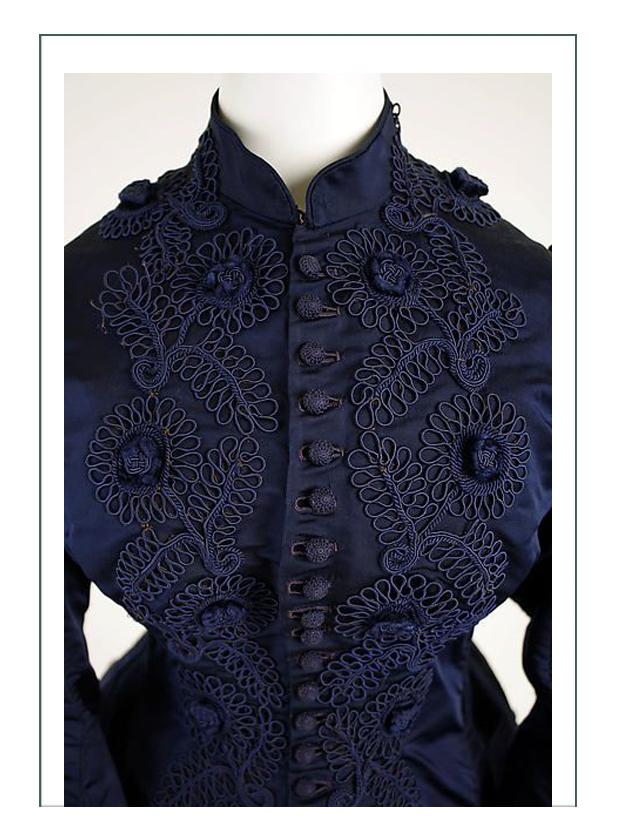
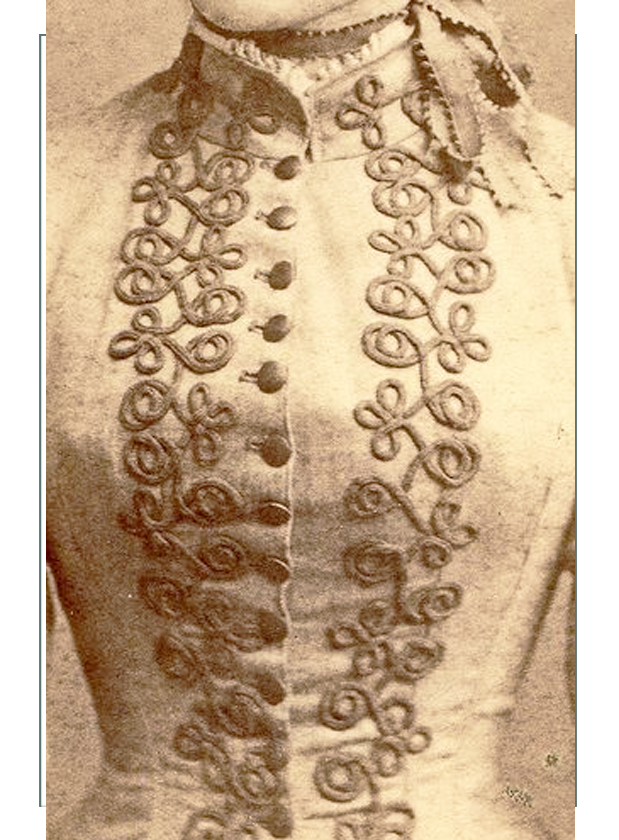
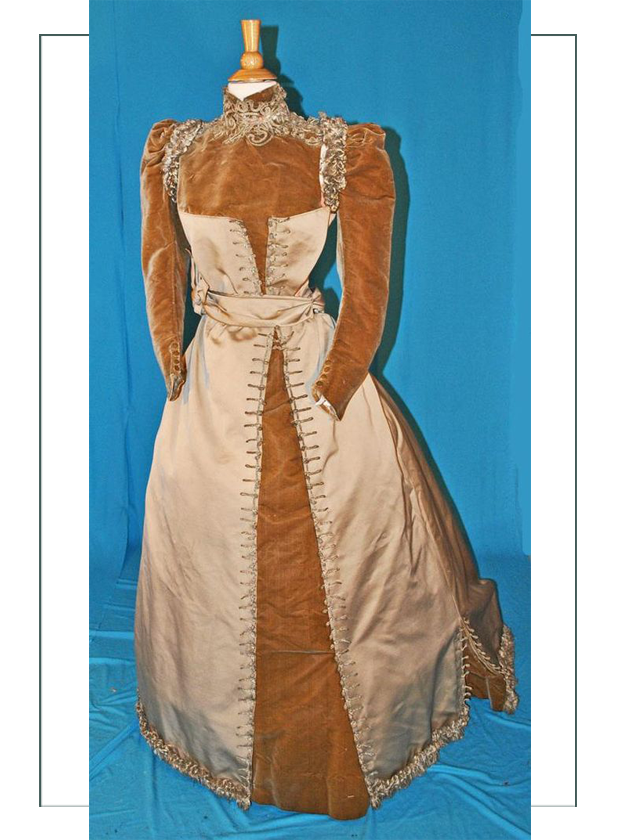
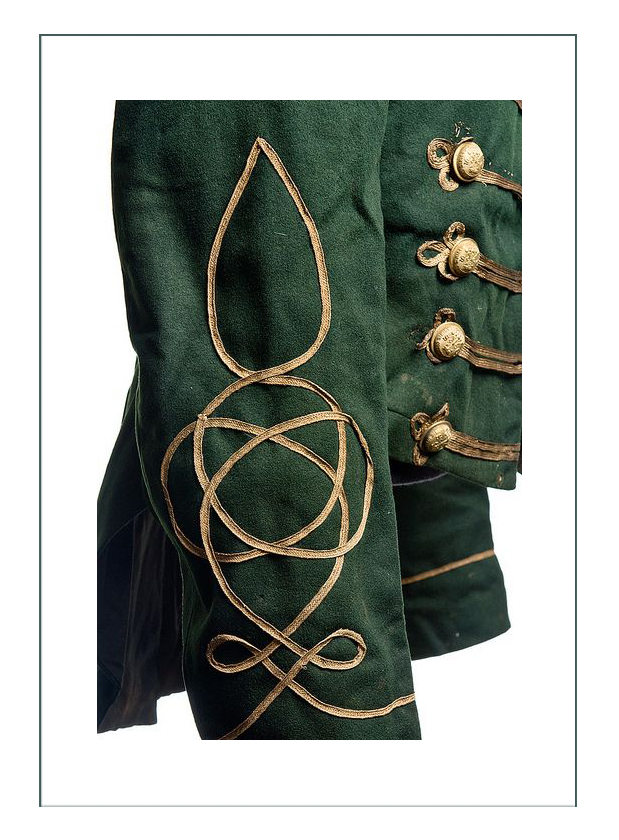
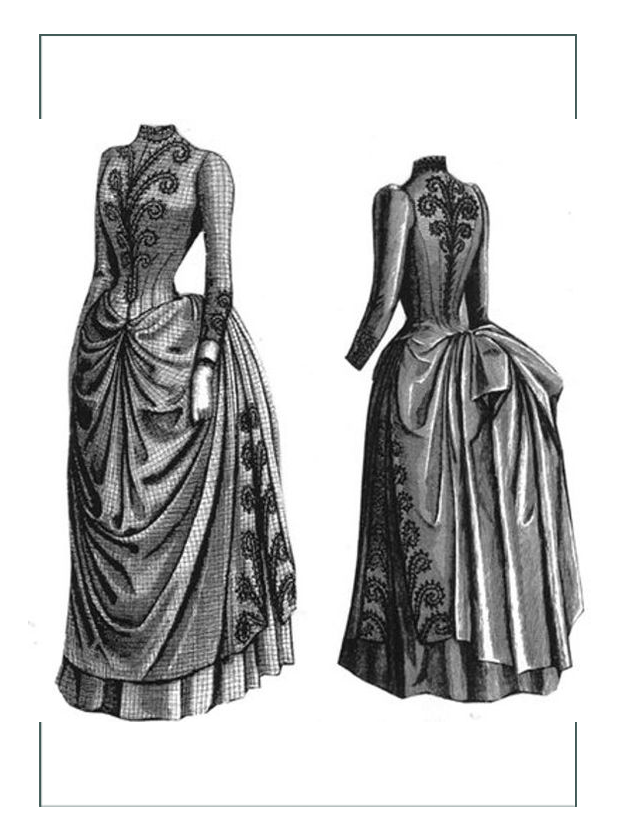
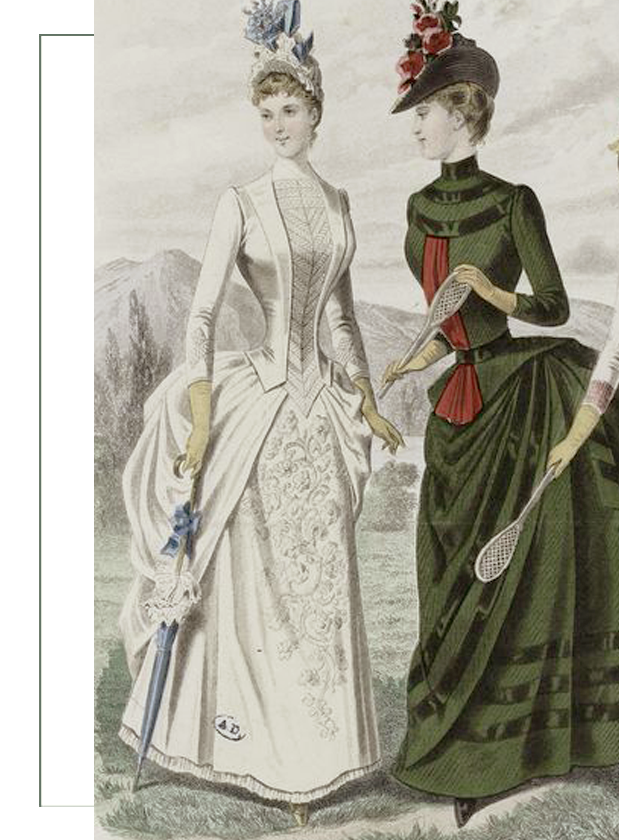
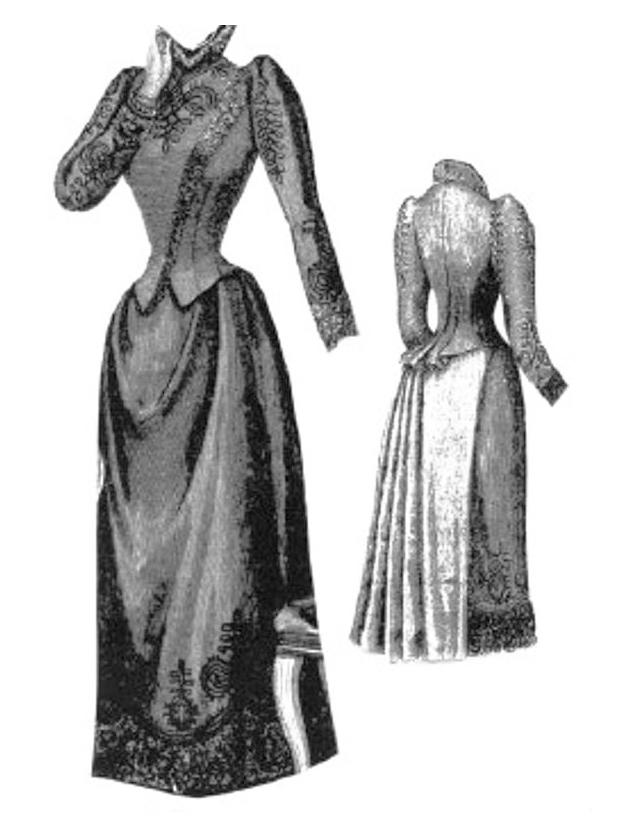
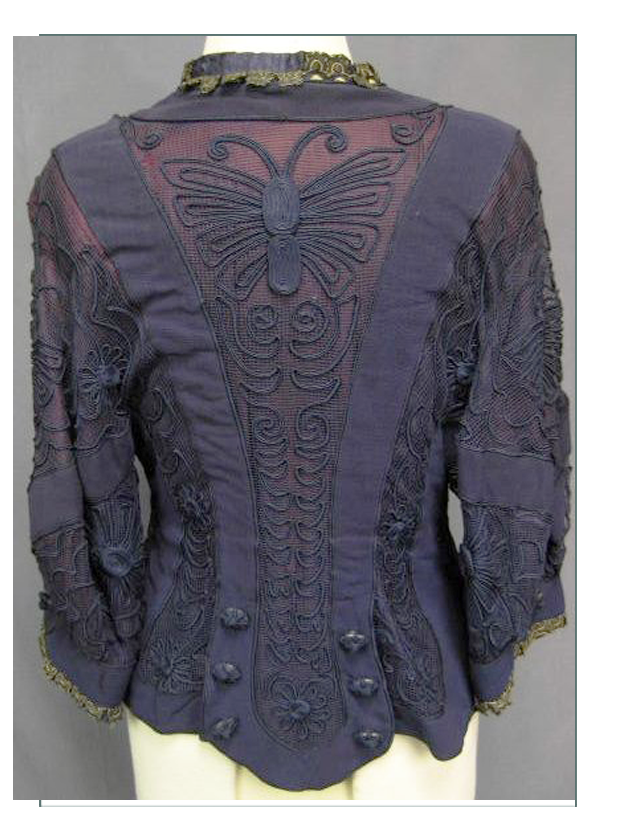
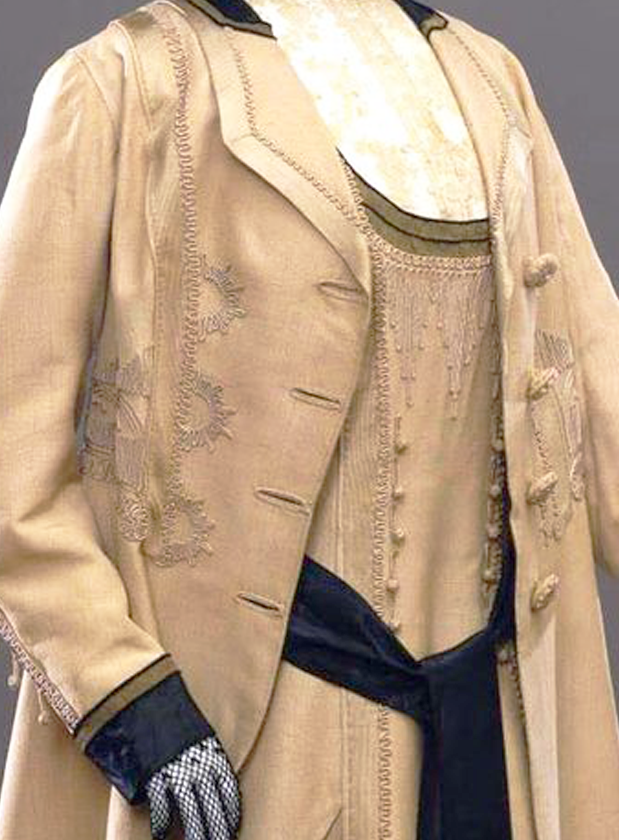
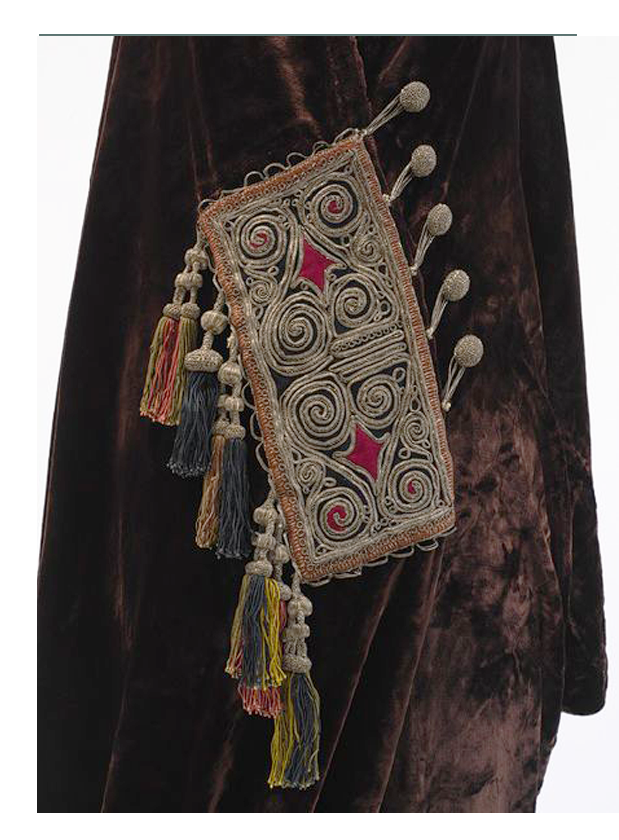
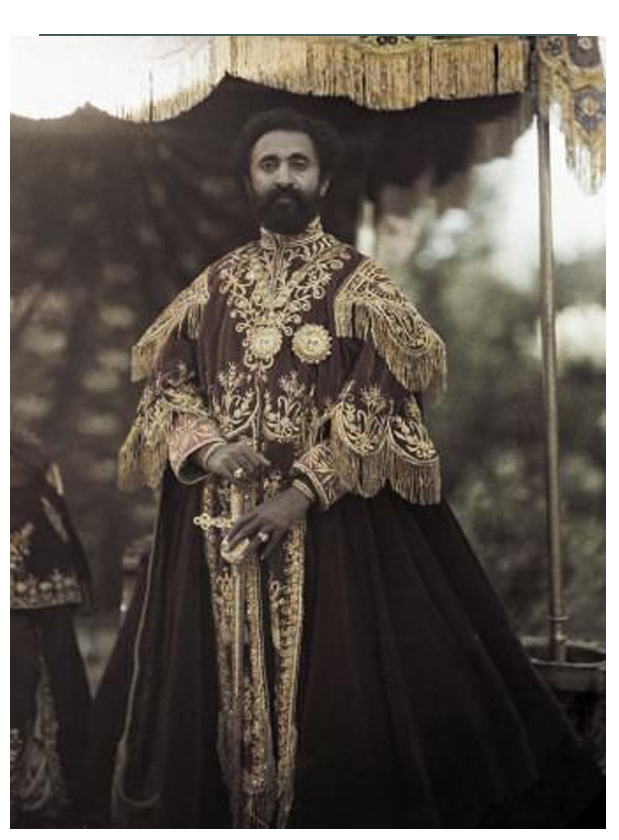
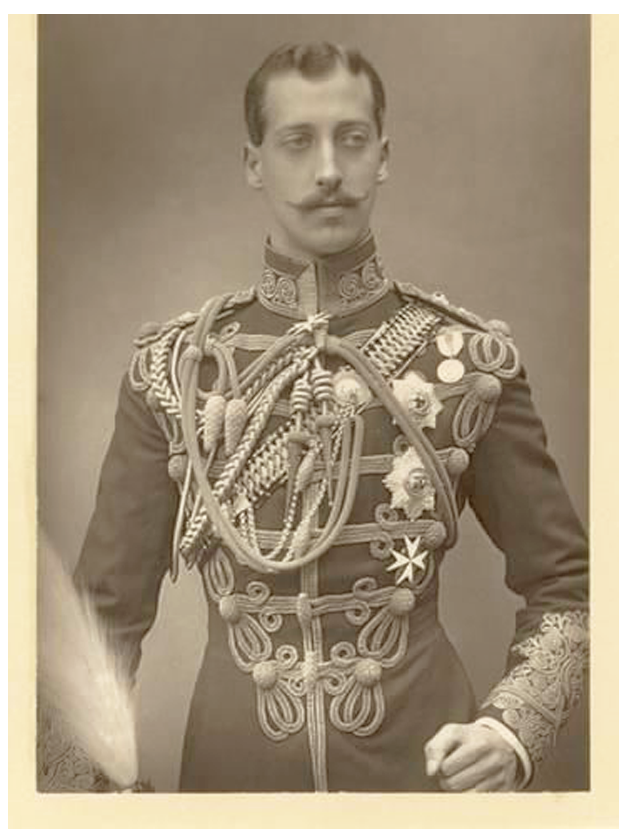
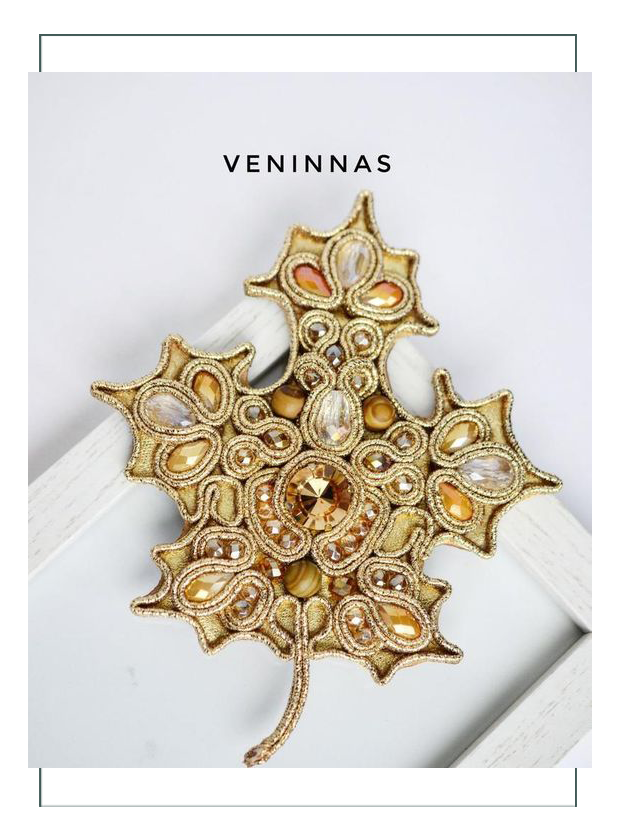

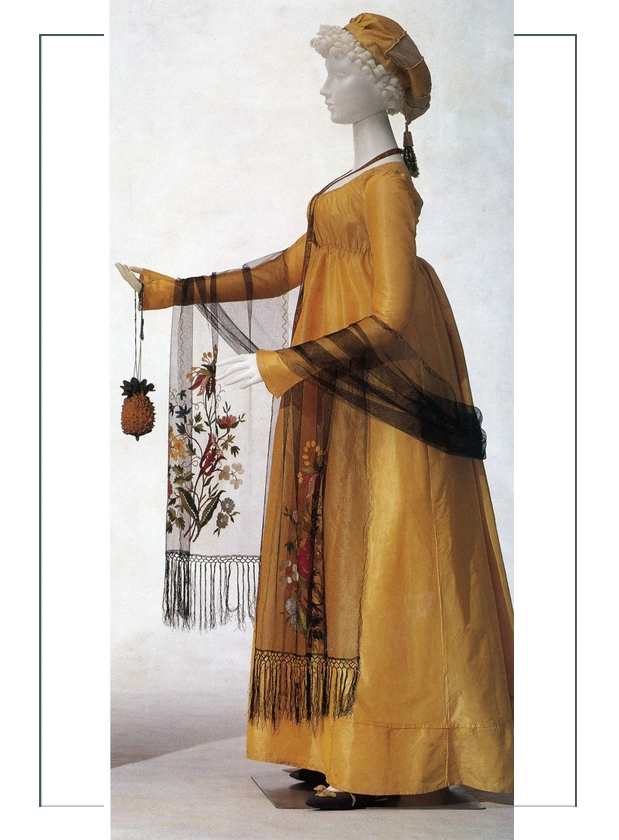
From: Wikipedia
A reticule, also known as a ridicule or indispensable, was a type of small handbag or purse, similar to a modern evening bag, used mainly from 1795 to 1820. According to the American Heritage Dictionary, the name “reticule” came from the French réticule, which in turn came from the Latin reticulum, a diminutive of rete, or “net”.
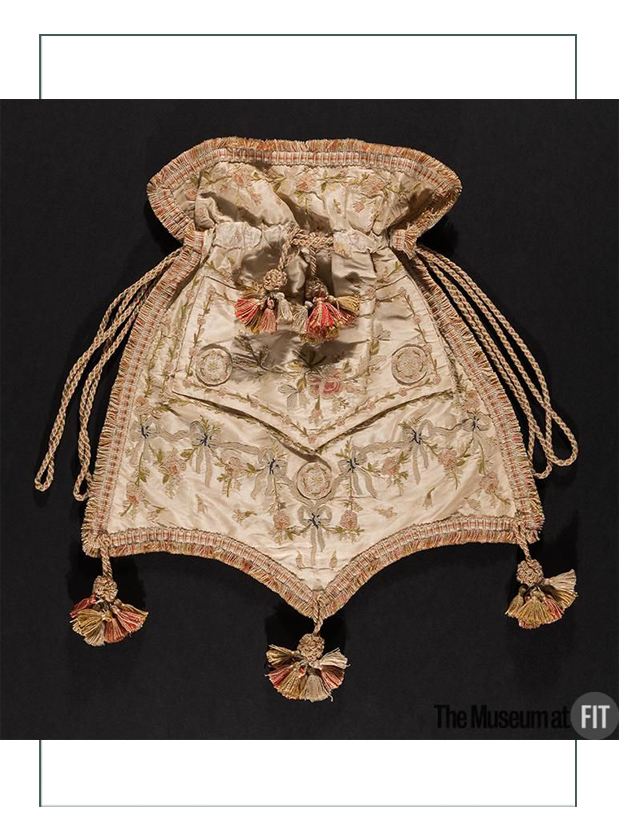
From: https://www.wikiwand.com/en/Handbag
Purse, handbag or pouch: The term “purse” originally referred to a small bag for holding coins. In many English-speaking countries it is still used to refer to a small money bag. A “handbag” is a larger accessory that holds objects beyond currency, such as personal items. American English typically uses the terms purse and handbag interchangeably. The term handbag began appearing in the early 1900s. Initially, it was most often used to refer to men’s hand-luggage. Women’s bags grew larger and more complex during this period, and the term was attached to the accessory.[1] “Pocketbook” is another term for a woman’s hand bag that was most commonly used on the East Coast of the United States in the mid-twentieth century.
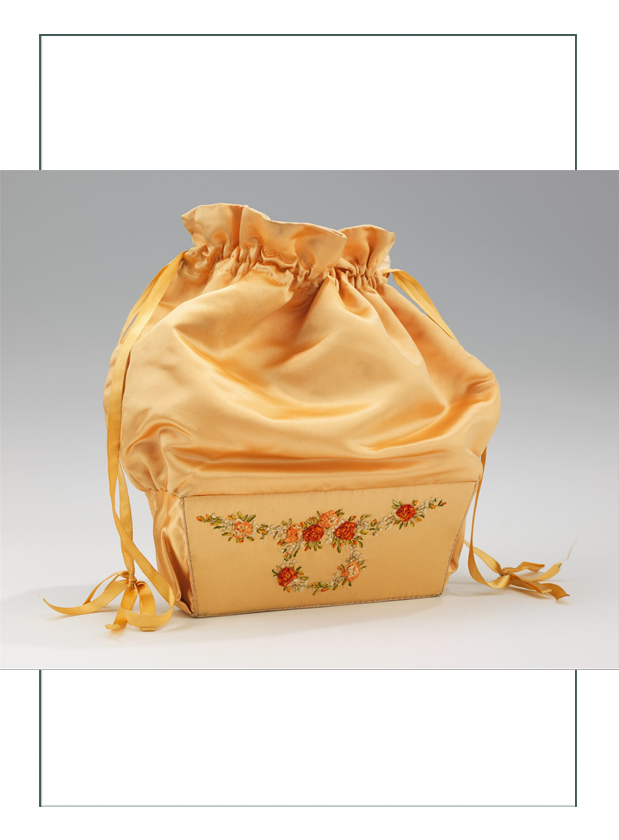
Modern origin: Early modern Europeans wore purses for one sole purpose: to carry coins. Purses were made of soft fabric or leather and were worn by men as often as ladies; the Scottish sporran is a survival of this custom. In the 17th century, young girls were taught embroidery as a necessary skill for marriage; this also helped them make very beautiful handbags.[3] By the late 18th century, fashions in Europe were moving towards a slender shape for these accessories, inspired by the silhouettes of Ancient Greece and Rome. Women wanted purses that would not be bulky or untidy in appearance, so reticules were designed. Reticules were made of fine fabrics like silk and velvet, carried with wrist straps. First becoming popular in France, they crossed over into Britain, where they became known as “indispensables.”[4] Men, however, did not adopt the trend. They used purses and pockets, which became popular in men’s trousers.[5]
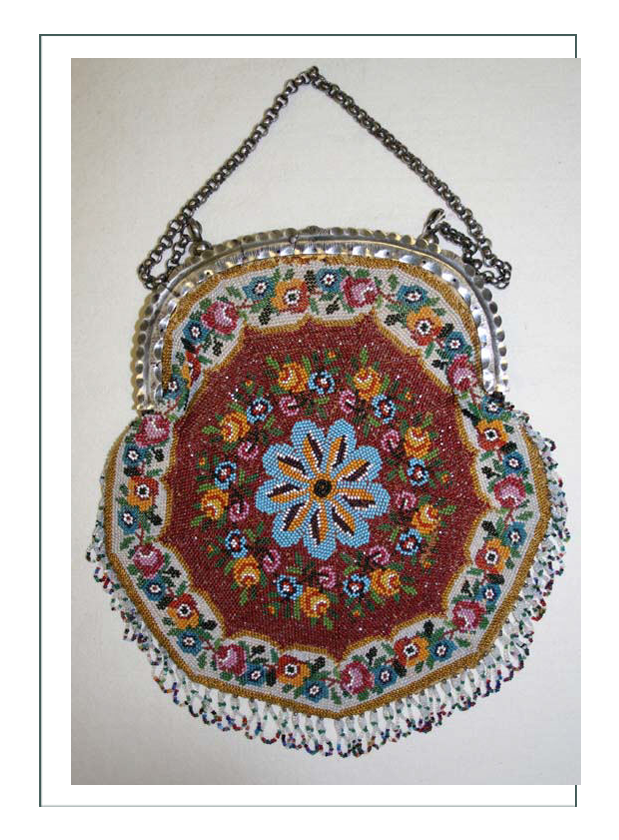
The modern purse, clutch, pouch or handbag came about in England during the Industrial Revolution, in part due to the increase in travel by railway.
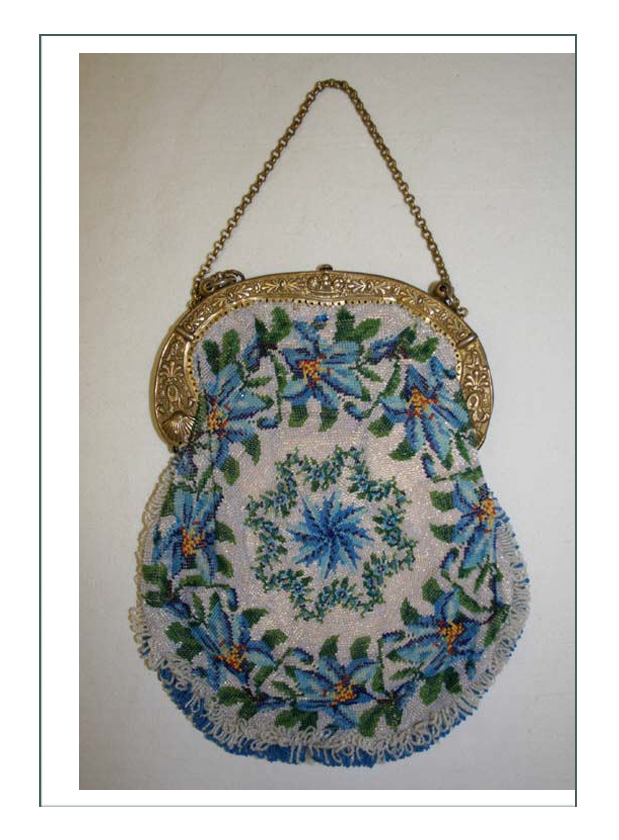
Hardware: A distinction can also be made between soft-body handbags or frame handbags, where a metal frame supports the textile or leather of the bag. Frame bags often use a kissing lock closure, with two interlocking metal beads set on the top of the frame. Kissing locks were popular on handbags during the early- to mid-20th century, and remain popular with vintage collectors and in “retro” designs. These locks are still seen on smaller coin purses.
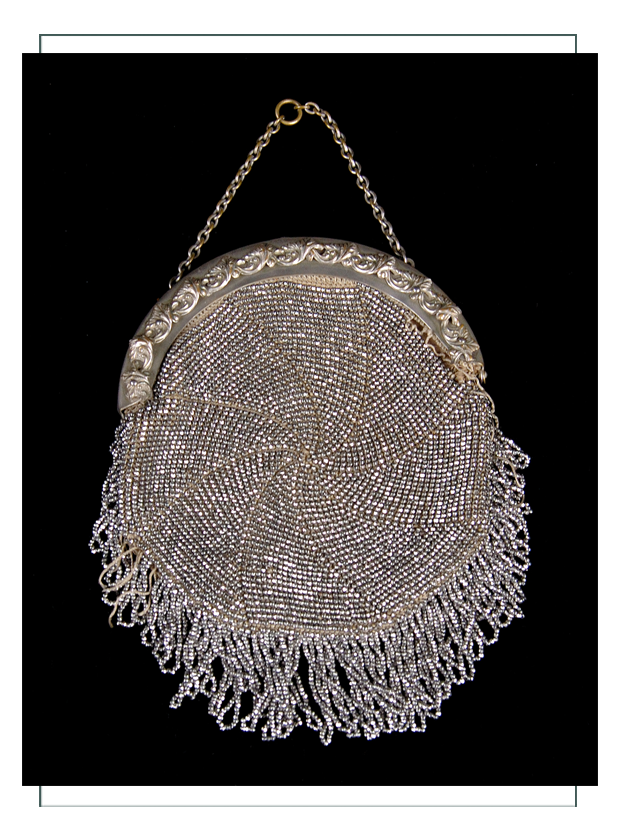
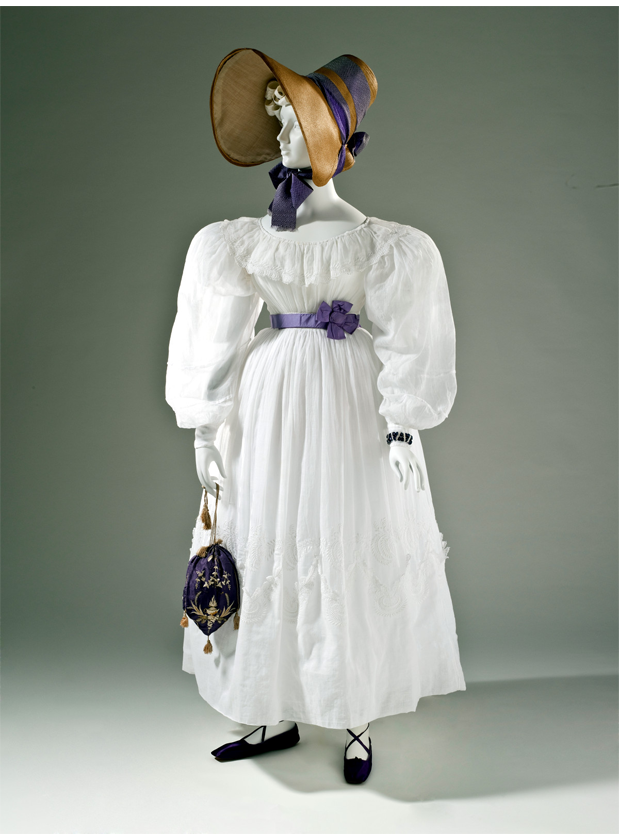
From: https://thedreamstress.com/2013/11/
A reticule is a small drawstring bag carried as a purse by a woman in the 18th and early 19th century. It was also used as a synonym for any kind of purse or handbag carried by a woman.
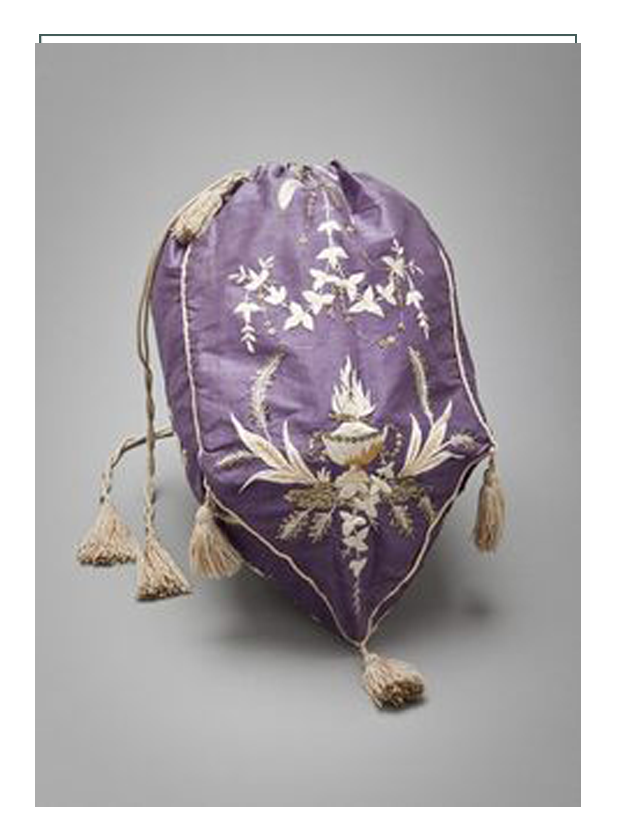
The name comes from the latin reticulum, meaning a net or mesh bag (the same word has given its meaning to reticle – the cross-hairs (or net) in a firearm scope or telescope). It entered English, as so many fashion words did, from the French, in this case, réticule.
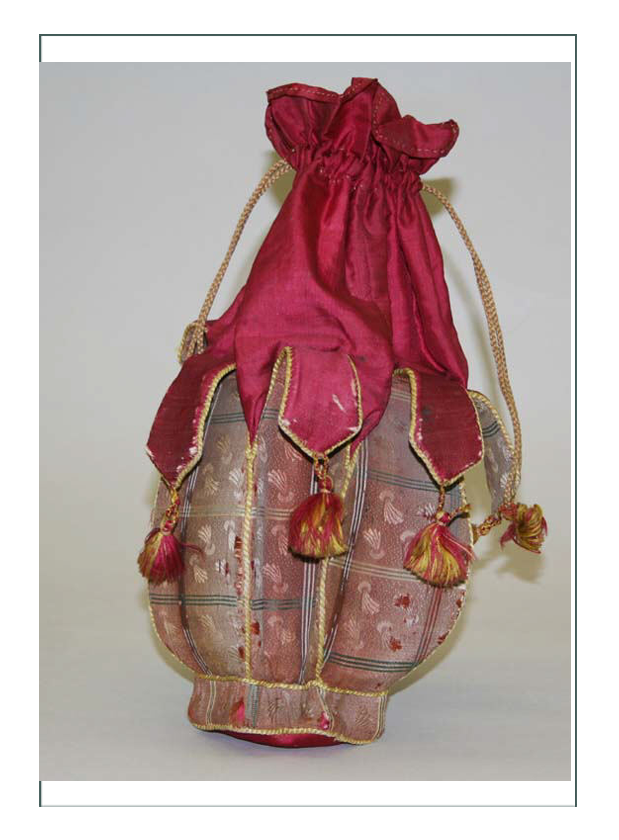
The word was first used in the 1730s, but remained relatively uncommon through the 18th century. The Memoirs of the Reticule states ” I am not aware of any mention of the reticule until after the French Revoluton.” At the end of the 18th century, as fashions changed from full skirted dresses that could easily conceal pockets, to slim garments of light fabrics that would show unsightly bulges over pockets, that reticules came into their own. Easily made, easily carried, they were the indispensable accessory of the last decade of the 18th century and the first three decades of the 19th. They were, in fact, so very indispensable that they were also known as indispensables.
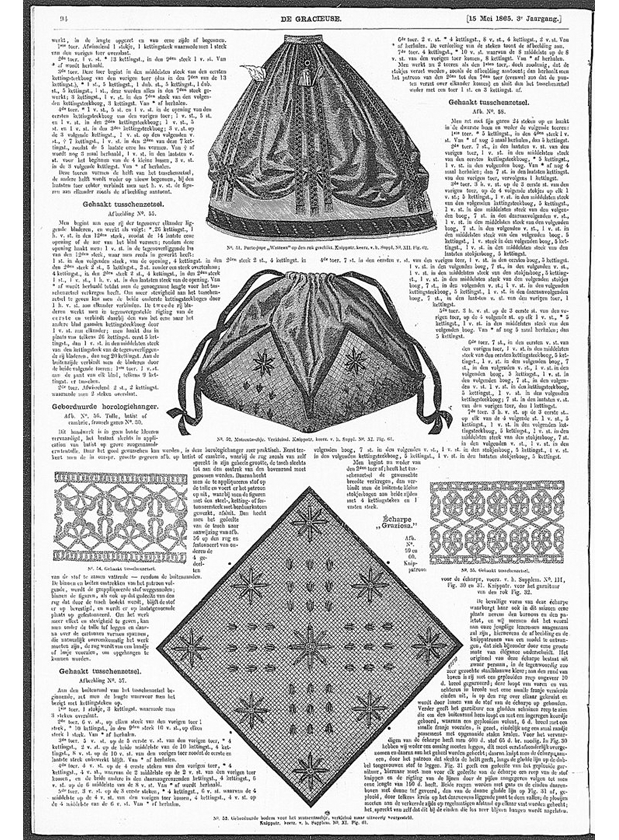
Reticules might be indispensable useful, but they weren’t beyond reproach. Older women continued to prefer pockets, and reticules were seen as being almost risqué, because they were essentially pockets, and thus an undergarment which was suddenly carried on the outside. One could liken them to corsets in the modern world – while it is acceptable to wear a corset as evening wear, it’s still a bit suggestive, and certainly not appropriate for conservative dress. Reticules were also condemned for being masculine, because men carried their money and other items outside their dress, in pocketbooks and bags, and women hid their items away in pockets. Now women had a purse of their own that could literally be passed from hand to hand (and the obvious metaphor of pockets vs purses especially when your purses are the usual reticule shape all becomes a little well, obvious and weird about this point).
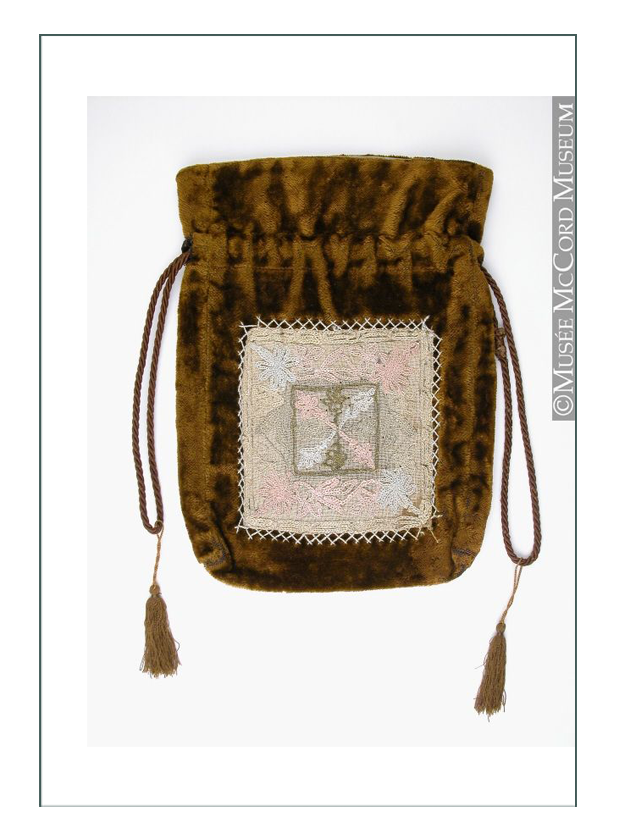
Even if not scandalous, the idea of women carrying their private belongings externally, in their hand, was considered ridiculous. The Almanac des Ridicules, 1801, begins with a little rhyme about reticules and their riduculousness to the effect that a woman looses her reticule, and wants to post a sign “don’t do a thing, says her husband, you will always have enough ridiculousness.” Reticules were already widely known as ridicules by this time.
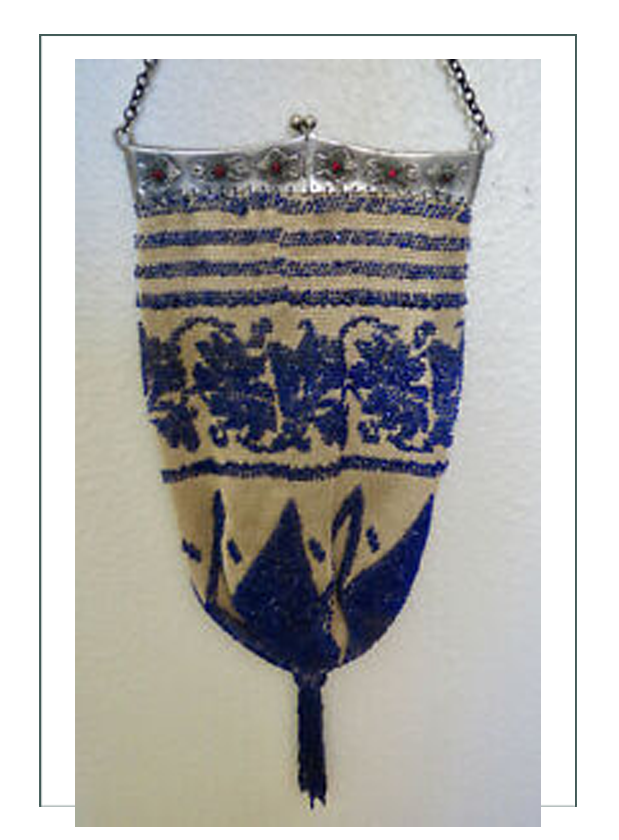
Although reticules ceased to be as important as fashion accessories once styles changed, and stiffer handbags, and full dresses with pockets, came into fashion as the 19th century progressed, reticules were still used, both as fashion items, and as a term to designate a specifically feminine carry-all. In 1867 a small dictionary was entitled: ‘The Reticule and Pocket Companion, Or, Miniature Lexicon of the English Language’. A male user would carry his edition in his pocket, but a woman, rather than having a purse, would have a reticule to carry hers in.
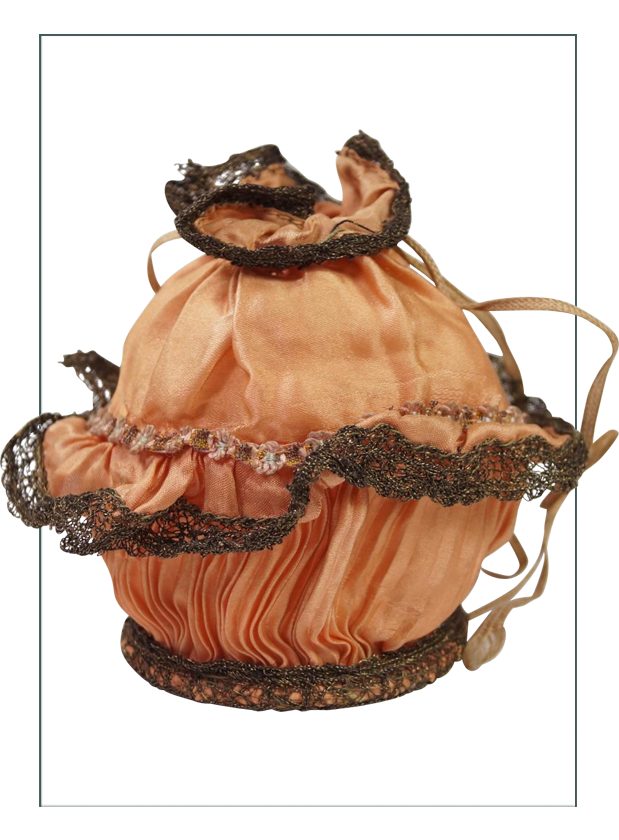
One of the many advantages of reticules was how easy they were to make. Stiff leather purses required special tools and strong hands, and were the provenance of leather workers, but any seamstress could make a reticule. The 1831 American Girl’s Book: Or, Occupation for Play Hours, has a whole chapter devoted to reticules, with instructions on ten different varieties, from a ‘melon shaped reticule’ to a ‘pocket book reticule’.
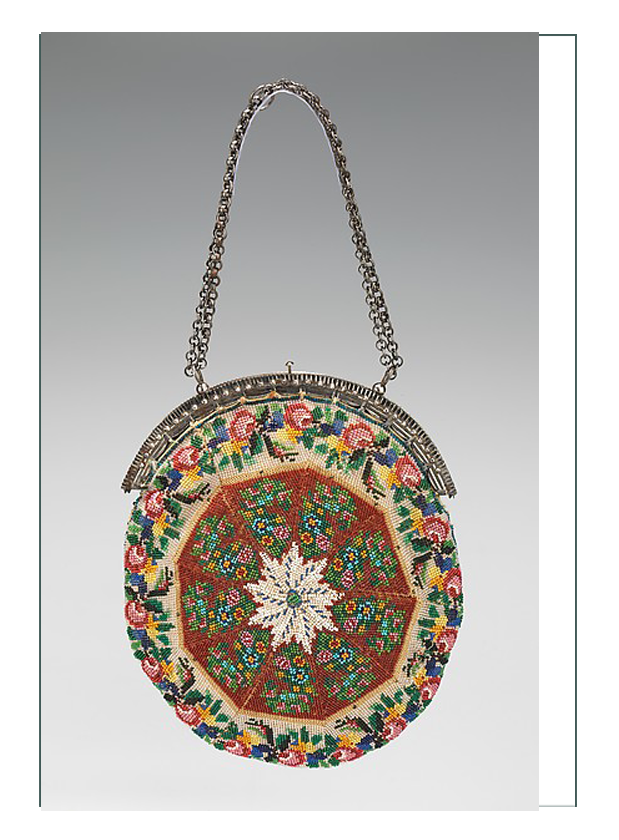
While the drawstring bags were never at the height of fashion again, reticule was used to describe small handbags and drawstring workbags into the early 20th century.
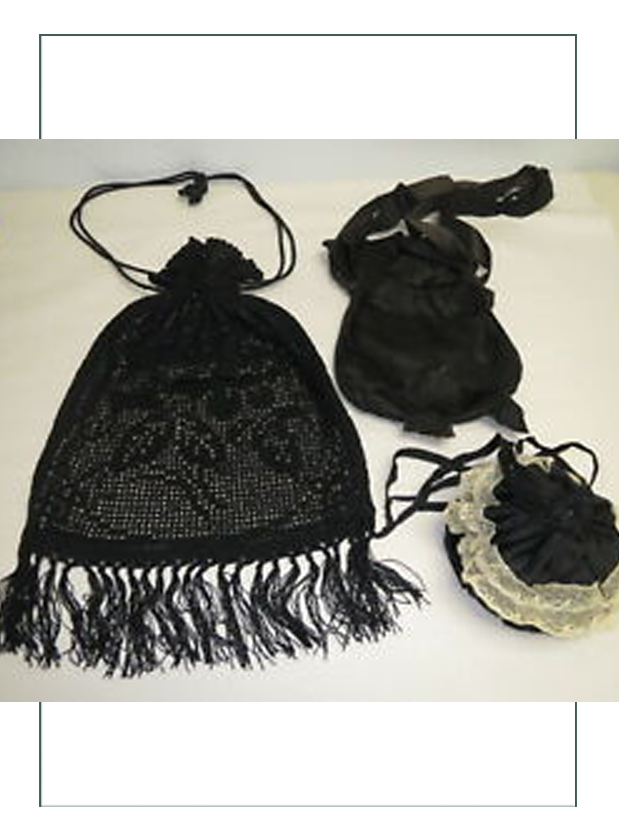
Sources:
Hiner, Susan. Accessories to Modernity: Fashion and the Feminine in Nineteenth-Century France. University of Pennsylvania Press. 2011
Monroe & Francis, The Spirit of the English Magazine. 1831
Riberio, Aileen. Fashion in the French Revolution. B.T. Batsford Ltd: London. 1988
Waugh, Norah. The Cut of Women’s Clothes: 1600-1930. Faber and Faber: London. 1968
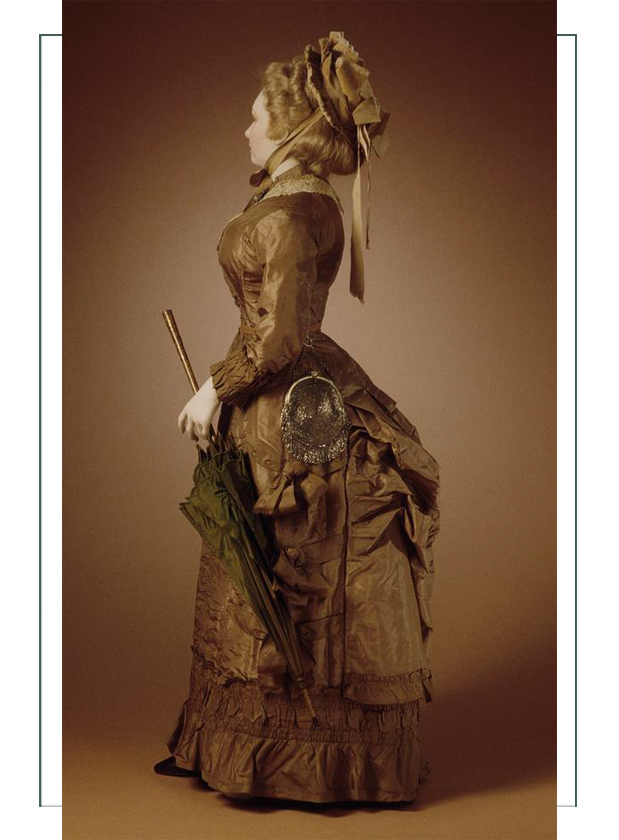
From: https://fashionheritage.eu/accessories-ancestors-reticules/
Bags – as we intend them today – are quite a recent invention. What today is deemed as a fundamental ‘accessory’ absolving the necessity of carrying around personal items came out quite literally from ‘under the skirts’.
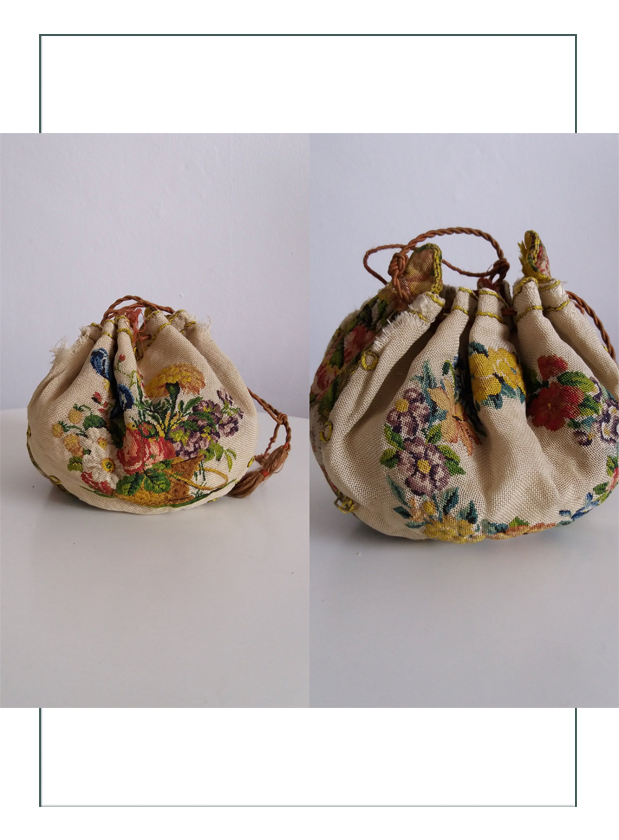
The first bags were called reticules. With the term ‘reticule’ we refer to a small drawstring bag, probably the first ‘bag’ in the modern sense of the word. It then went on to become a synonym for any kind of purse or handbag carried by a woman. The name comes the French réticule, and originally from the latin reticulum, meaning a net or mesh. Many of the first reticules were in fact made using netting techniques.
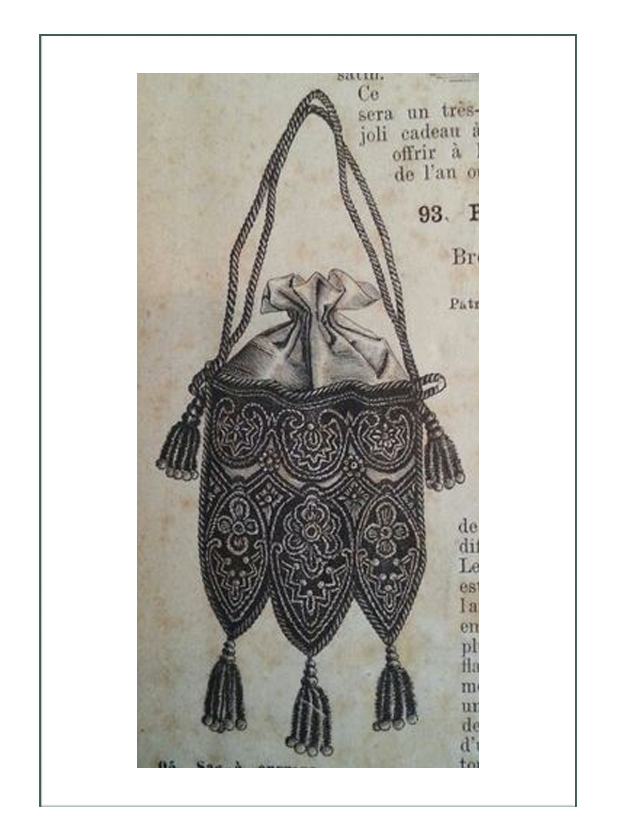
Reticules replaced the knotting bag, a sort of portable pocket in use in the eighteenth century, so called because it usually carried the tools and materials for knotting. Reticules started being used in eighteenth and nineteenth centuries. They came in fashion mostly because the style in dress changed from voluminous and heavy gowns to more lightweight muslin dresses; therefore, underskirt pockets did not go well with the new silhouettes, and required to find a solution to replace them.
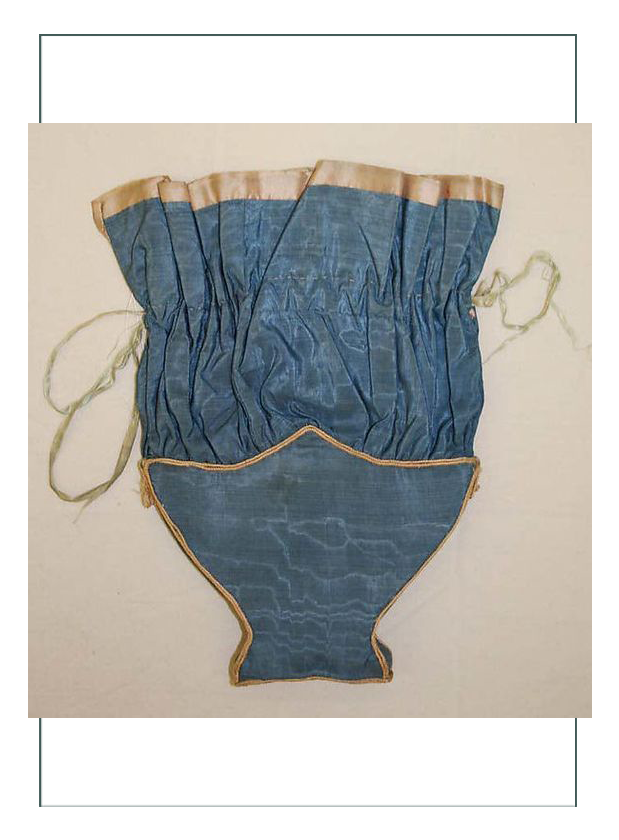
At the beginning, the use of reticules caused quite a fuss amongst women of different generations most of all because reticules were shaped as pockets – recognized as undergarments, not to be seen – but they were ‘worn’ on the outside, to complement the look. Reticules were ‘shocking’ also because to carry items and money in bags and outside pockets was considered a masculine habit. However, reticules later became known as ‘indispensables’, given the importance they gained in the feminine attire.
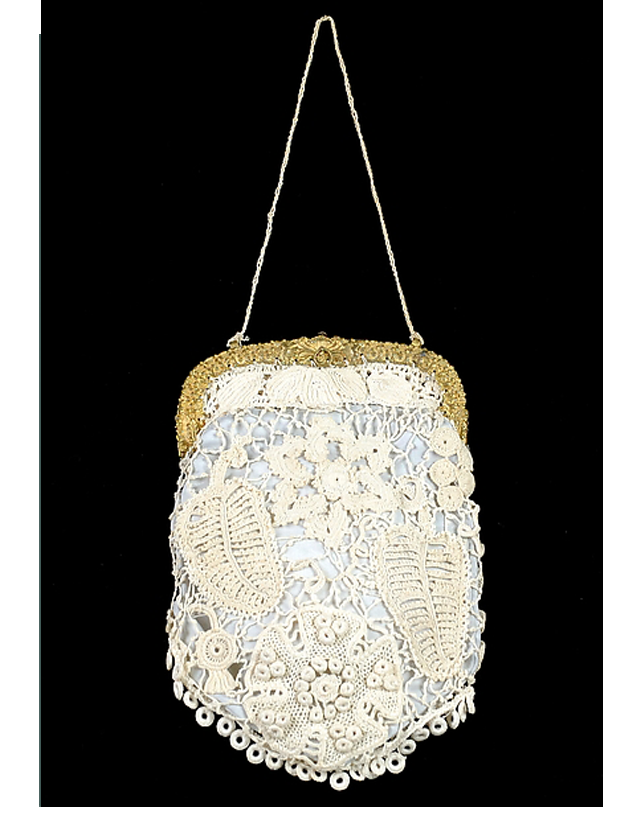
Soon reticules started being diversified through forms and materials: they were made of lace or velvet, heavily embroidered, beaded, even hand-painted with different designs. Early in the nineteenth century, the reticule was sometimes called the ‘ridicule’, but the reason is not clear: was it because they were too small to be really seen as indispensable, or because they were small but overstuffed, causing their design to change and adapt to the new needs of mid-nineteenth century women.
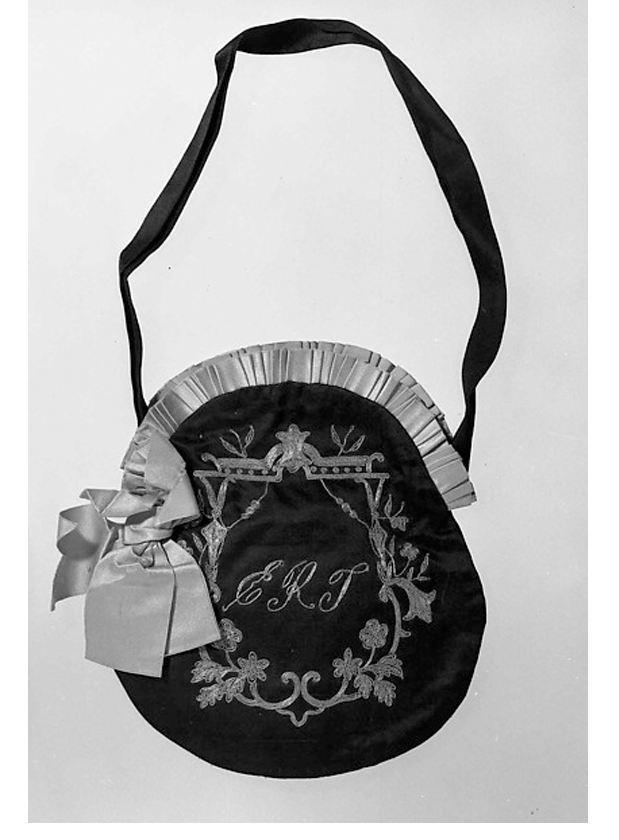
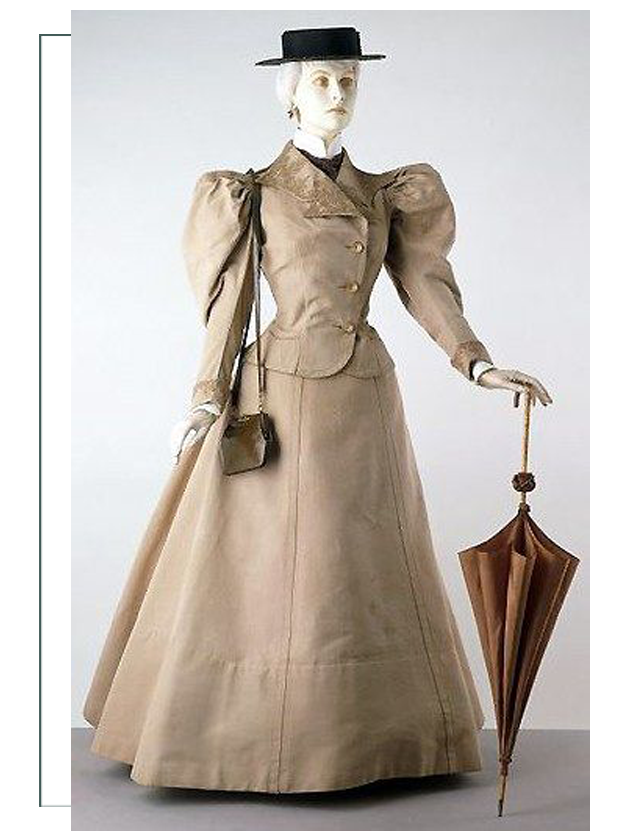
From: https://fiveminutehistory.com/the-history-of-handbags-a-5-minute-guide/
The Dawn of the Designer Handbag: The Industrial Revolution brought steam railways and travel became increasingly popular.
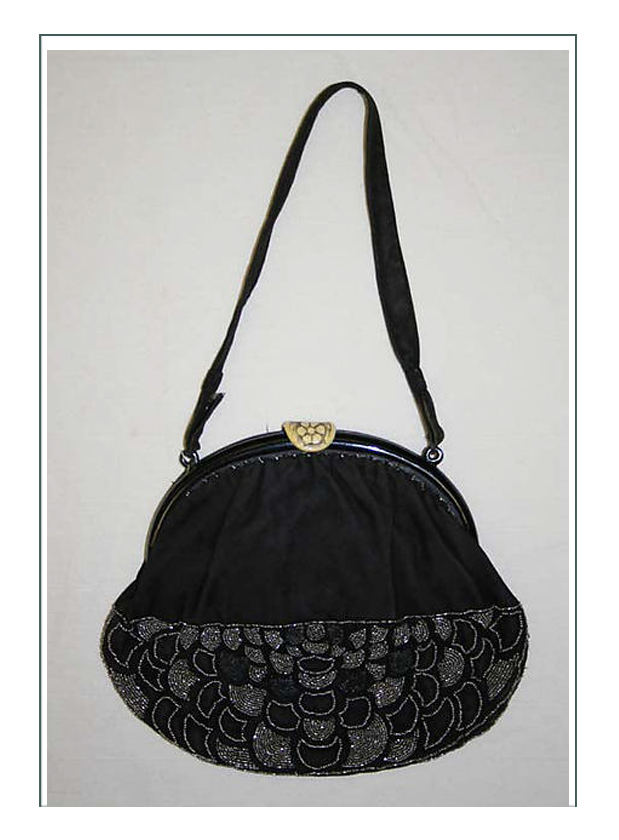
In 1841, Yorkshire entrepreneur Samuel Parkinson, whose Butterscotch confectionary was appointed to the British royal household, wanted to treat his wife to a custom-made set of hand luggage.
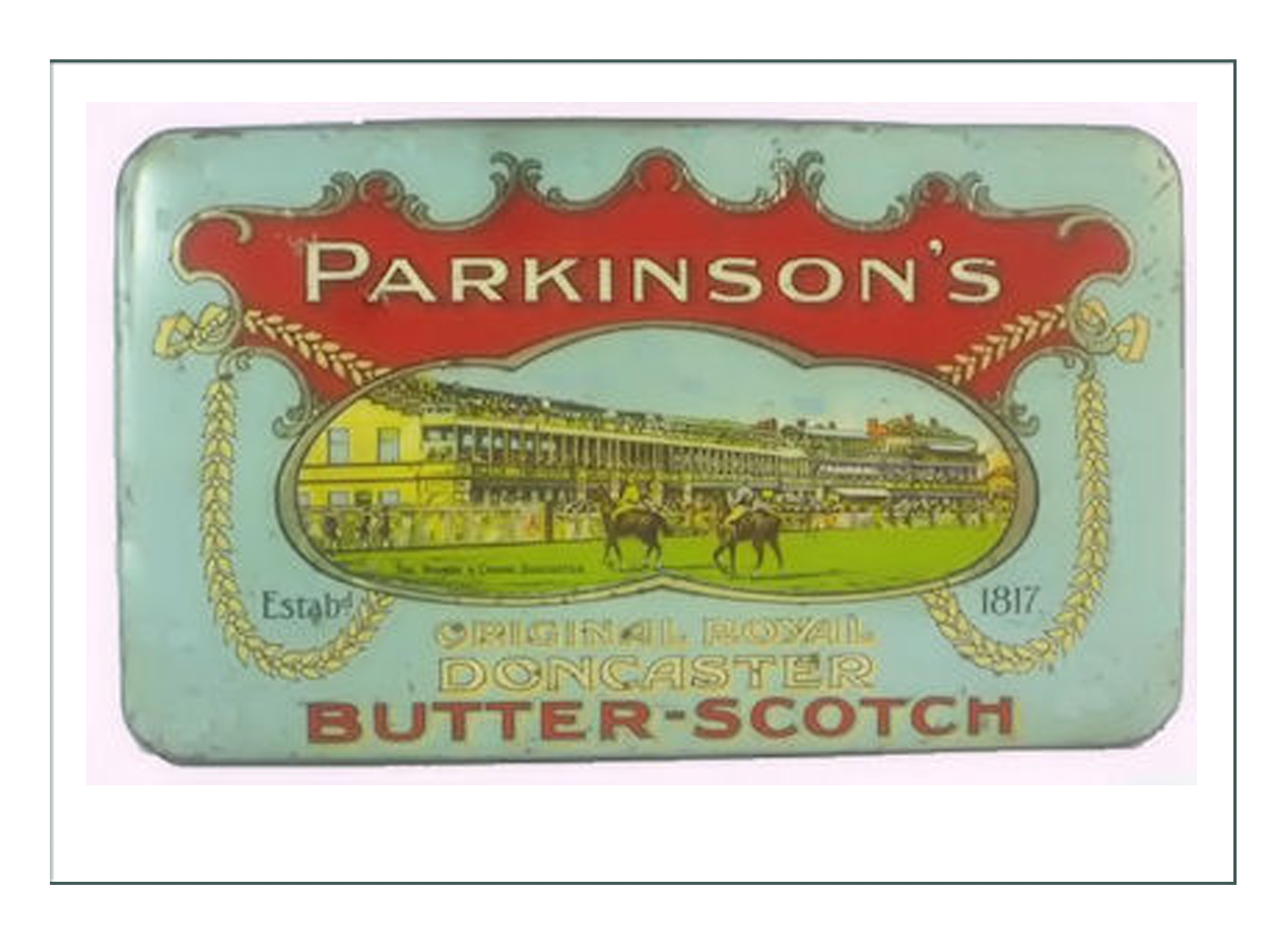
He had noticed that her purse was too small and not made of a sturdy enough material for traveling. So he had leather handbags made for her in varying size for different occasions.
Besides durability, Parkinson wanted to distinguish his luggage from that of lower class passengers.
London-based luxury leather goods company H. J. Cave & Sons was more than happy to oblige. Its Osilite trunk became so famous that it won several prizes in the 19th century, including first prize in Paris in 1867.
But most importantly for Mrs. Parkinson, she got to own the world’s first designer handbag.
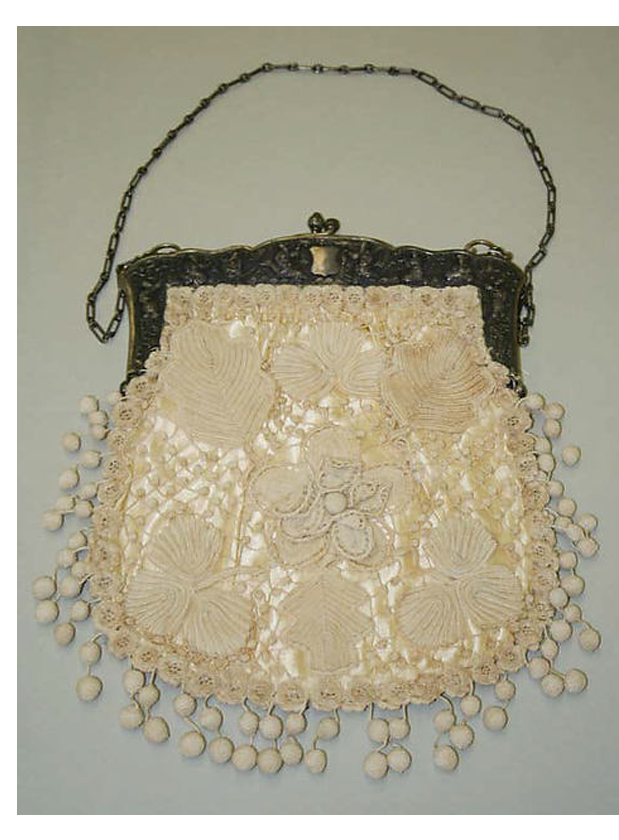
More on the Parkinson Story:
From: http://www.donny.co.uk/Doncaster/news/1118
Doncaster Features: Famous Doncastrian: Samuel Parkinson
Butterscotch, the word, was first recorded in Doncaster, where Samuel Parkinson began making it in 1817. It was one of the highlights of race week, to buy a tin of Parkinson’s Butterscotch, which also had the royal seal.
Parkinson’s shop was called Capo, or Upstairs Downstairs at 50 High Street in Doncaster. This Grade II listed Georgian shop was vacated by Parkinson’s in 1960 and was restored and brought back into use in 1976.
S Parkinson & Son (Doncaster) Ltd was established by Samuel Parkinson, confectioner, grocer and tea dealer, in High Street Doncaster in the early nineteenth century. The Parkinson family connection ceased in 1893 on the sale of the business to Samuel Balmforth and a sleeping partner. Incorporation as a limited company followed in 1912.
Thereafter the main emphasis of the business was on the manufacture of confectionery which had begun in the mid-ninteenth century with the production of baking powder and the firm’s best known product, Parkinson’s Doncaster Butterscotch.
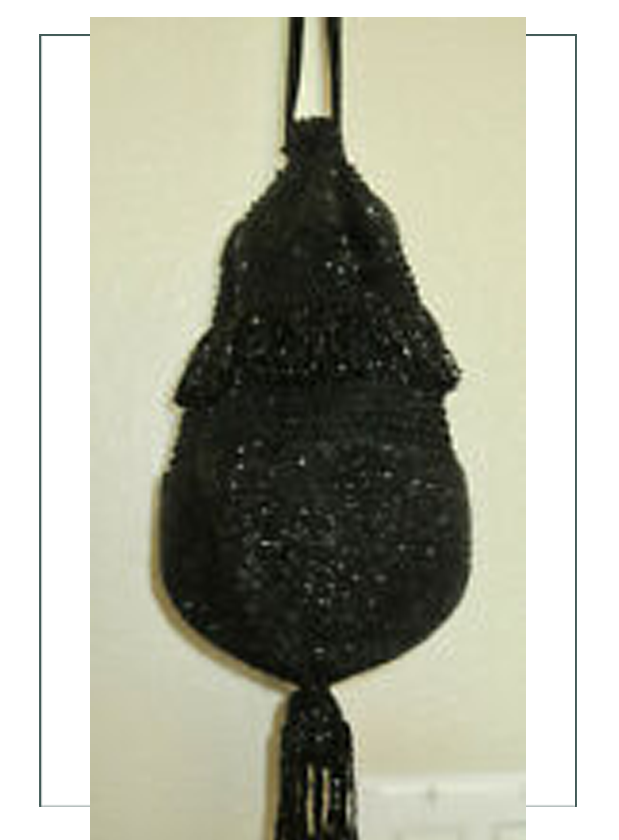
Pioneer of the Handbag: In 1841 Samuel Parkinson ordered a set of travelling cases and trunks from a London-based trunk maker H.J. Cave, and insisted on a travelling case or bag for his wife’s particulars. Parkinson had noticed his wife’s purse was too small and made from material that would not withstand the journey. He stipulated that he required a variety of hand bags for his wife, varying in size for different occasions, and asked that they be made from the same leather that was being used for his cases and trunks. Cave obliged and produced the first modern set of luxury handbags, as we would recognise them today, including a clutch and a tote (named as ‘ladies travelling case’). These are now on display in the handbag museum in Amsterdam.
In 1961 Parkinson’s Confectionary company was acquired by the Hollands Confectionery Group which was itself taken over by the Cavenham Food Group in 1965. The business ceased production in 1977, and the surviving records were then transferred to the Archives Department.
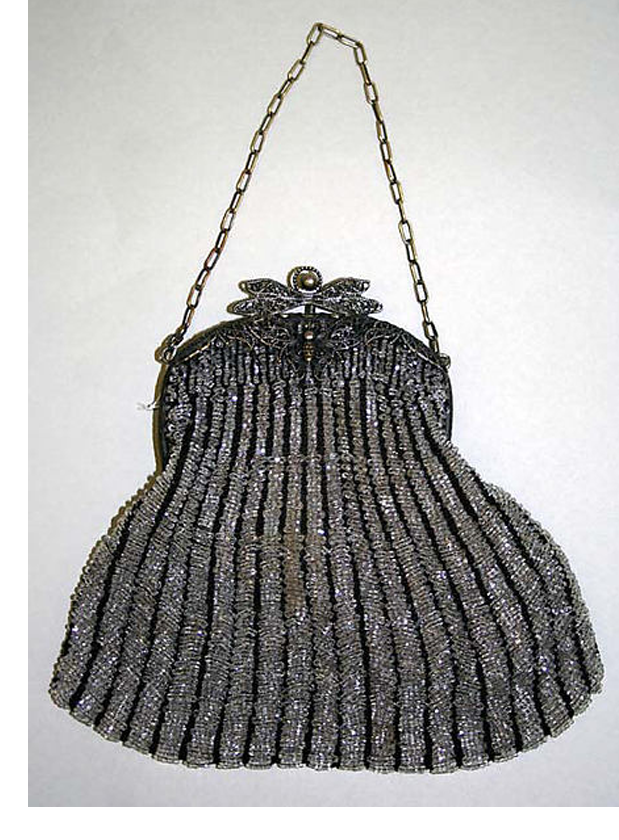
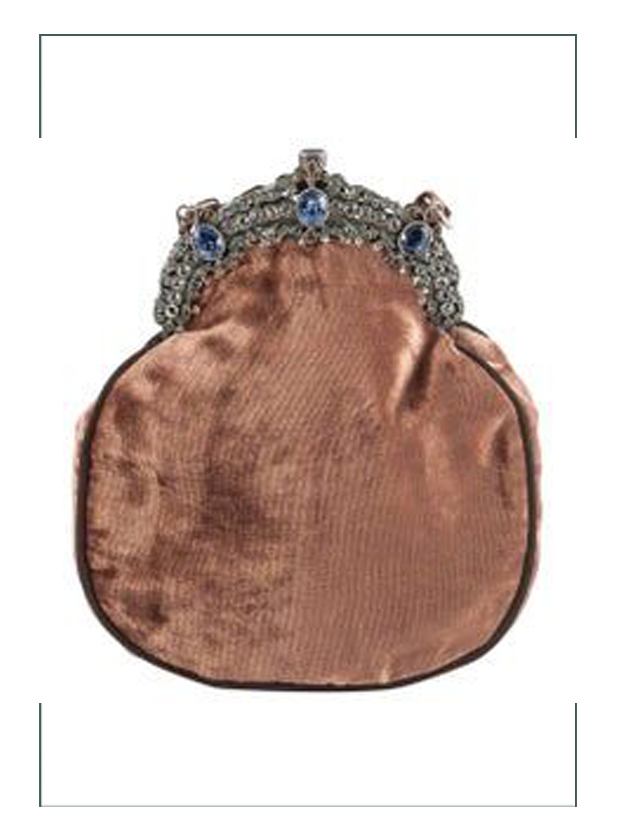

General
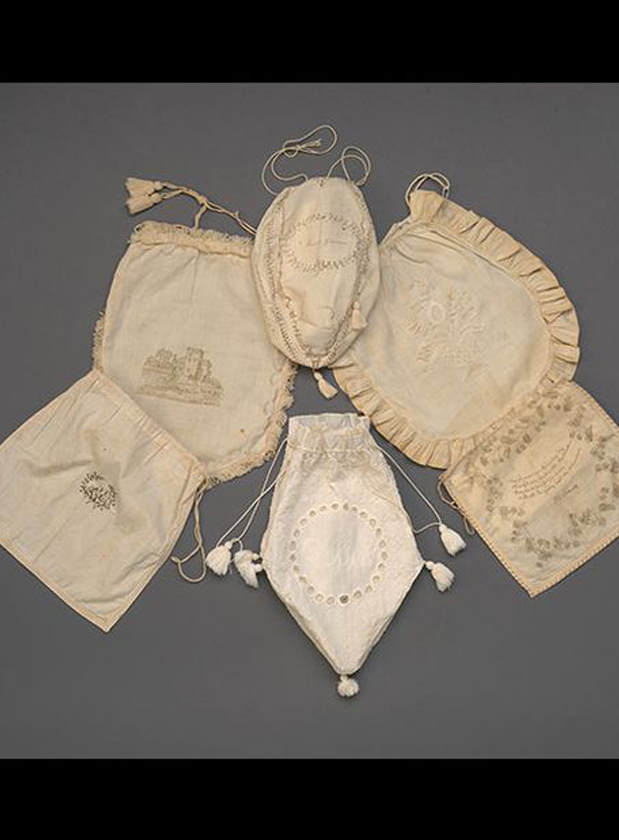
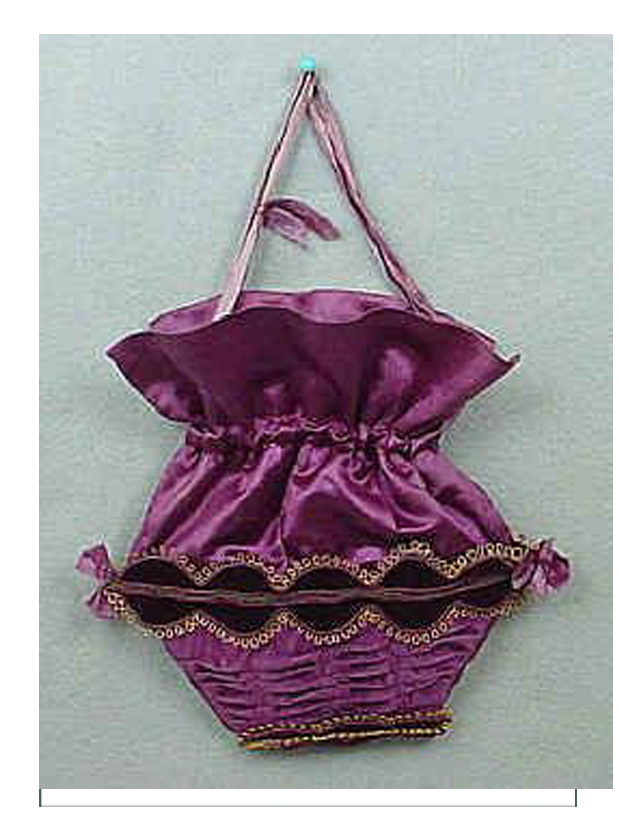
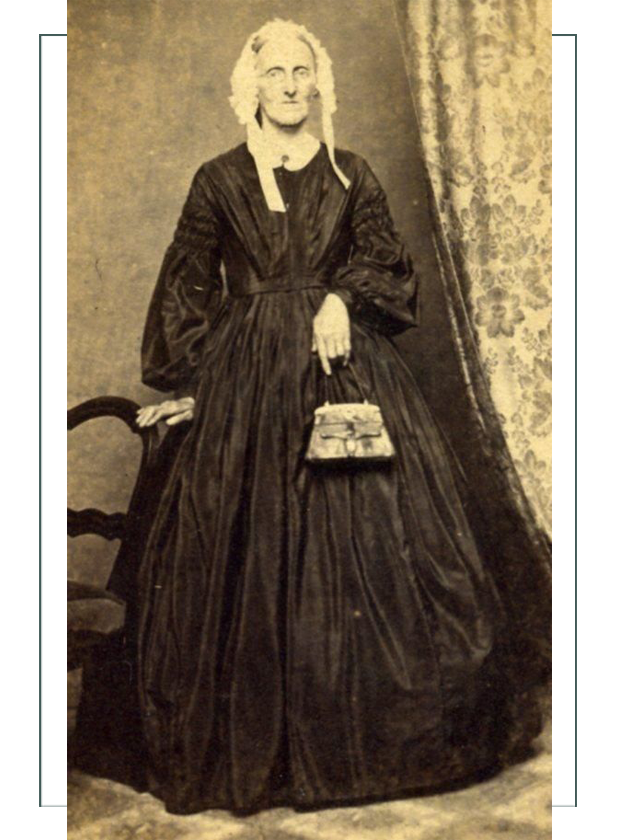
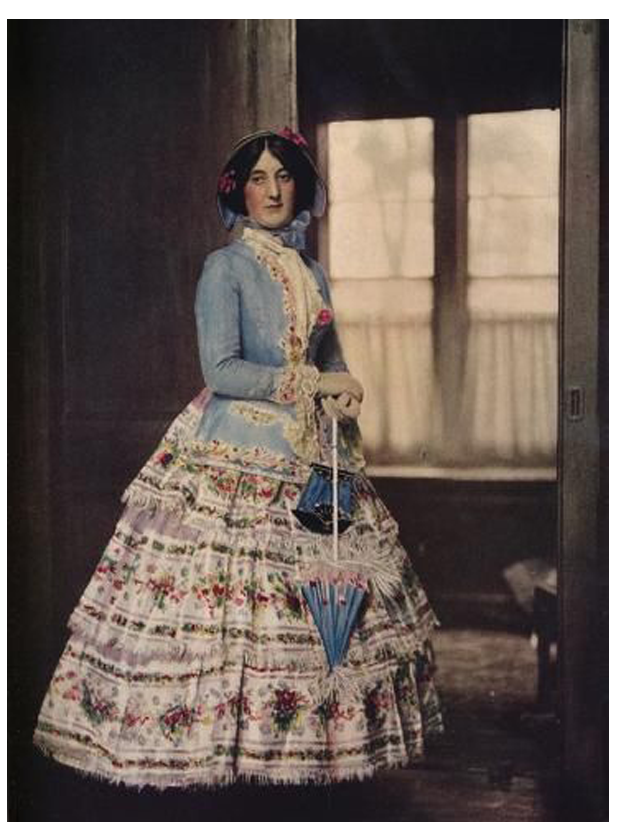
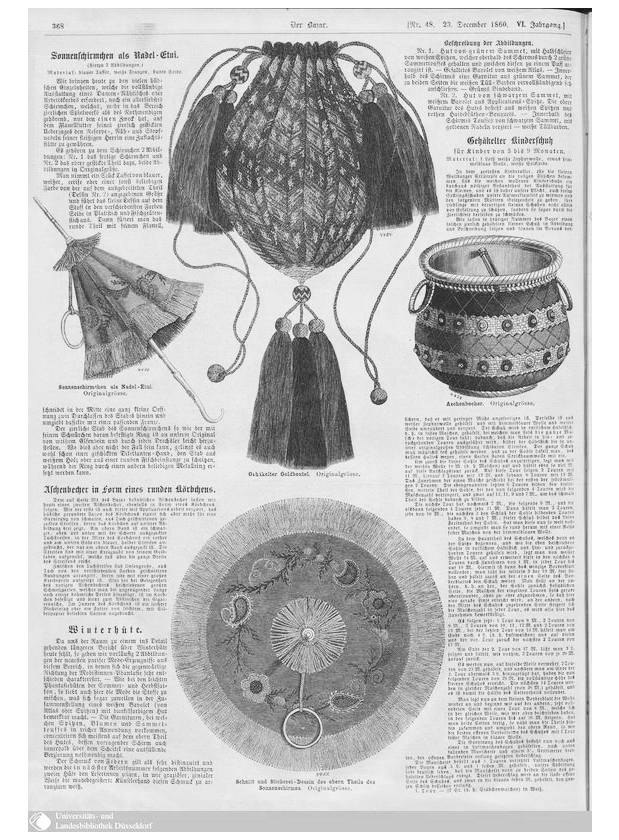
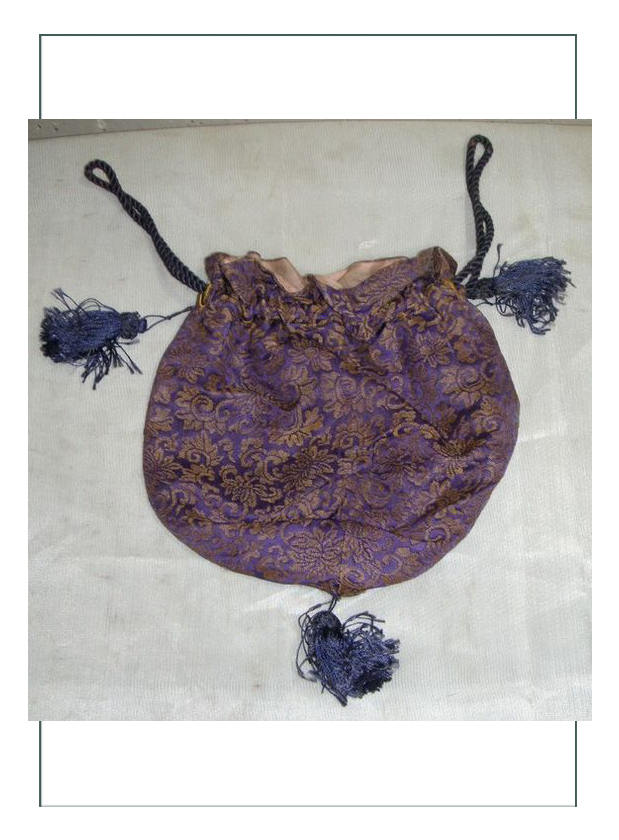
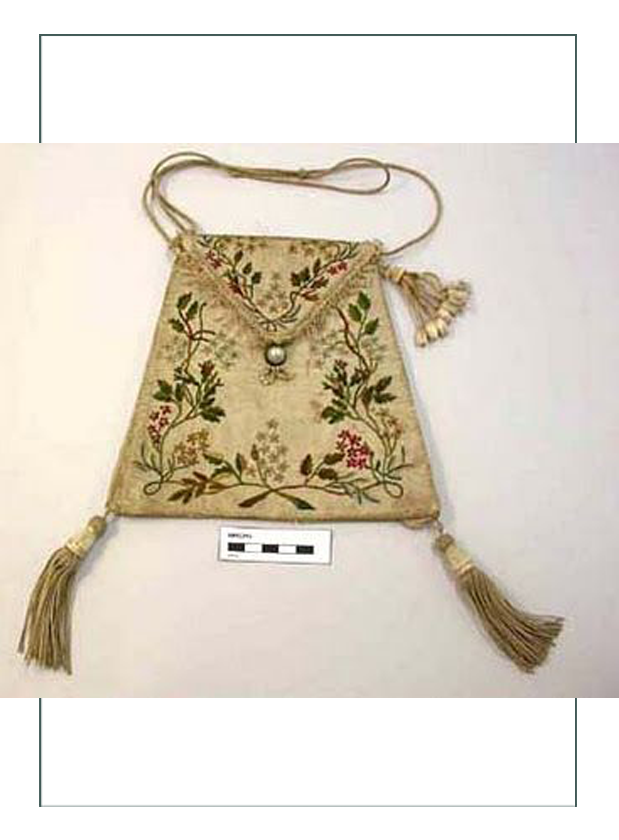
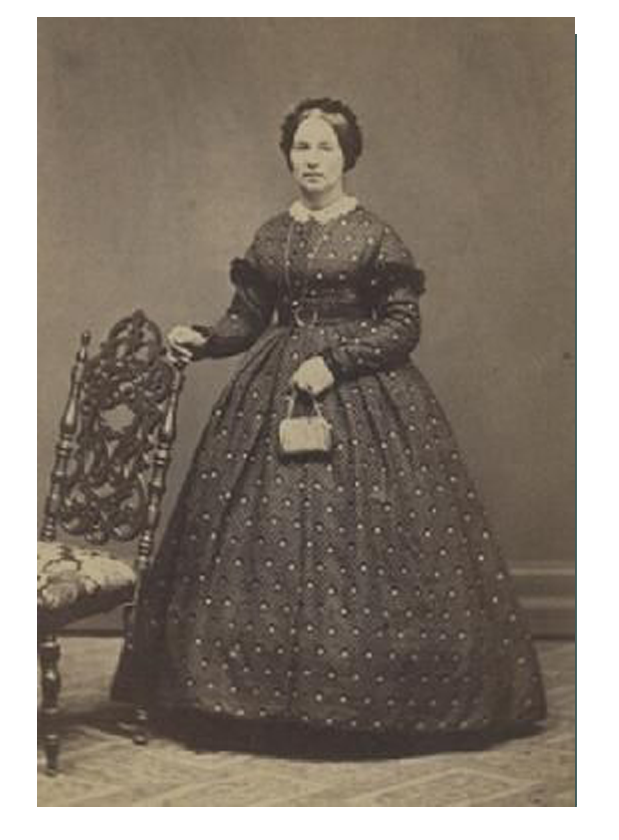
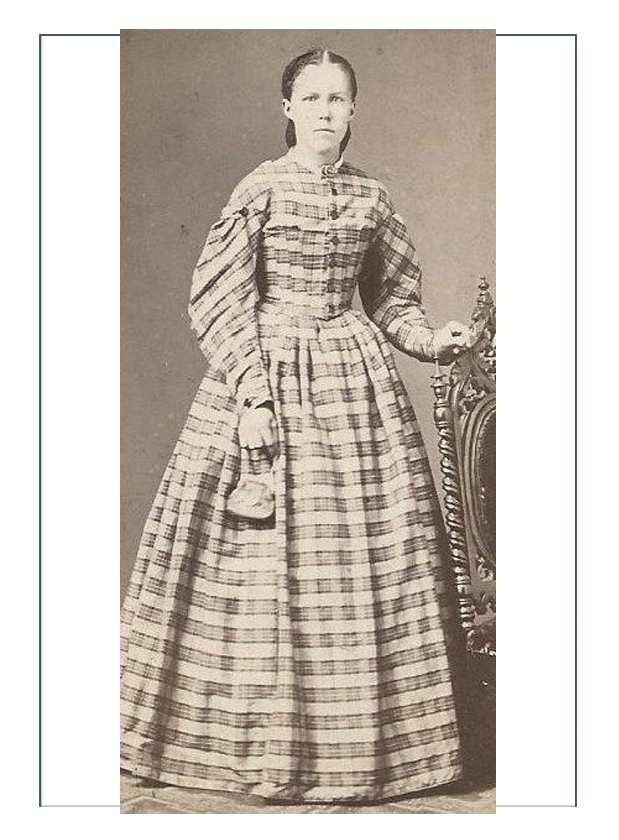
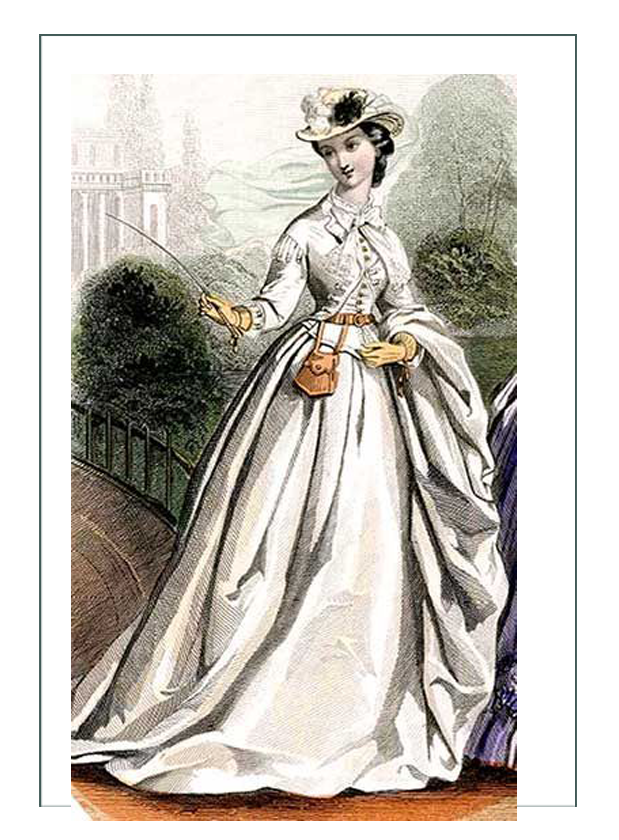
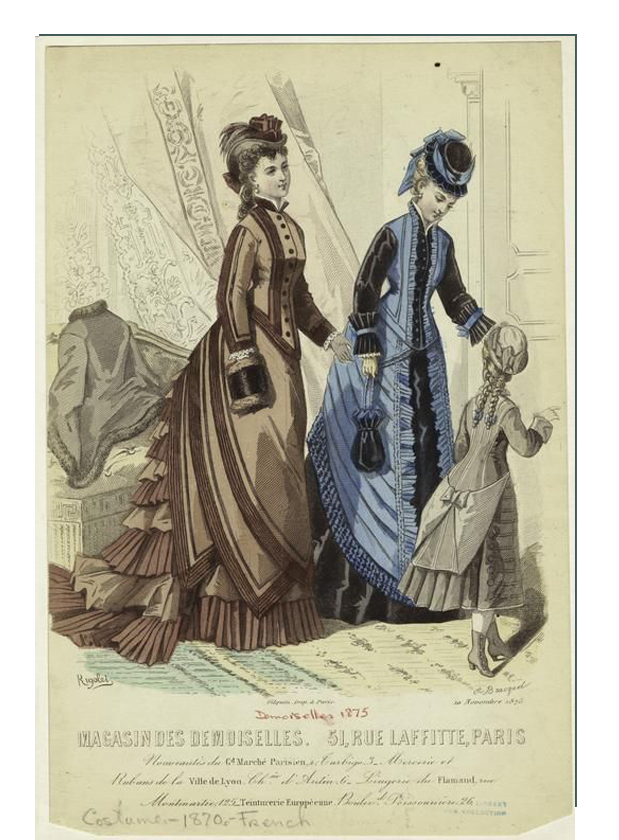
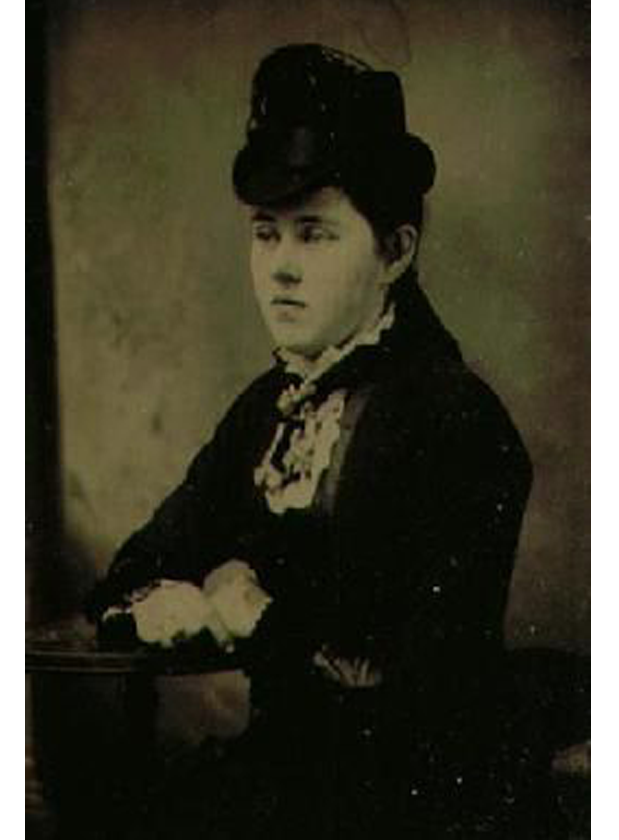
1881-1890 Appropriate for Depiction (including parasols)
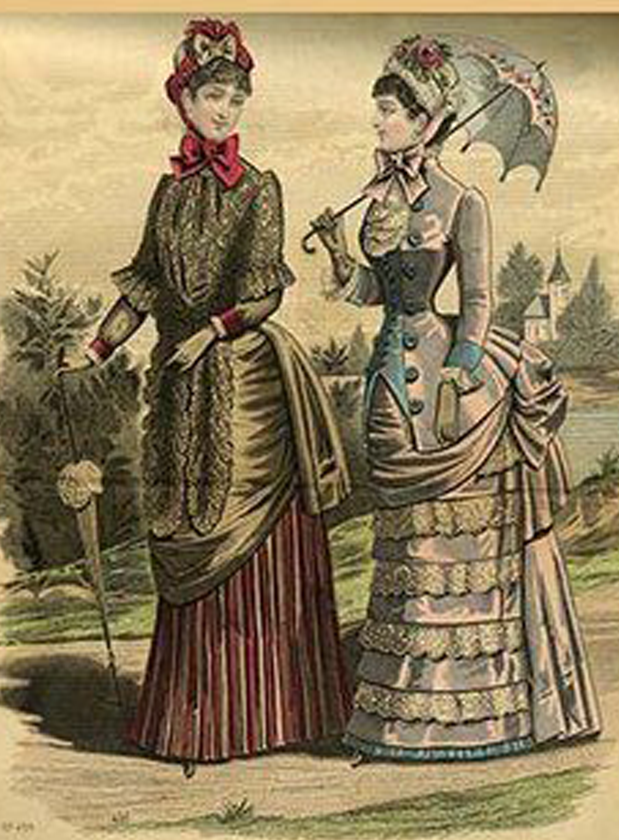
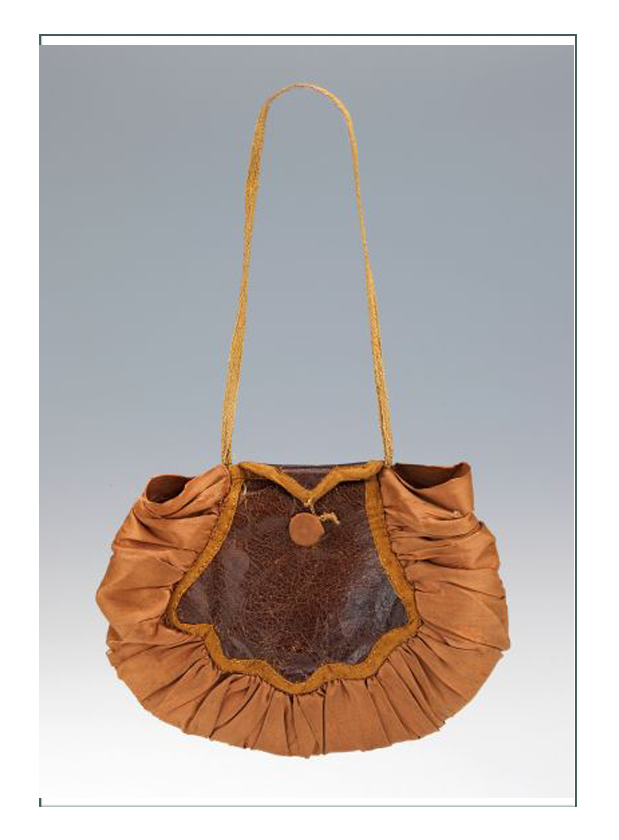
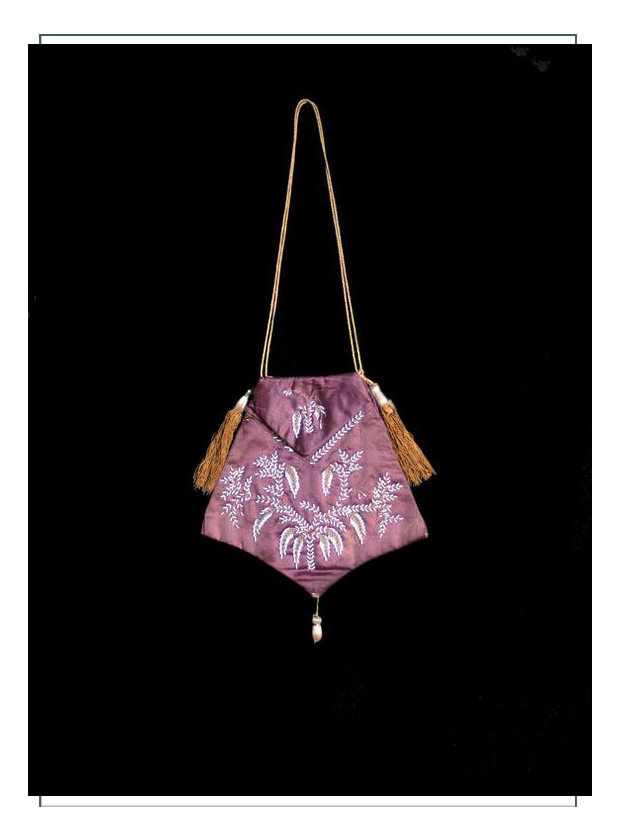
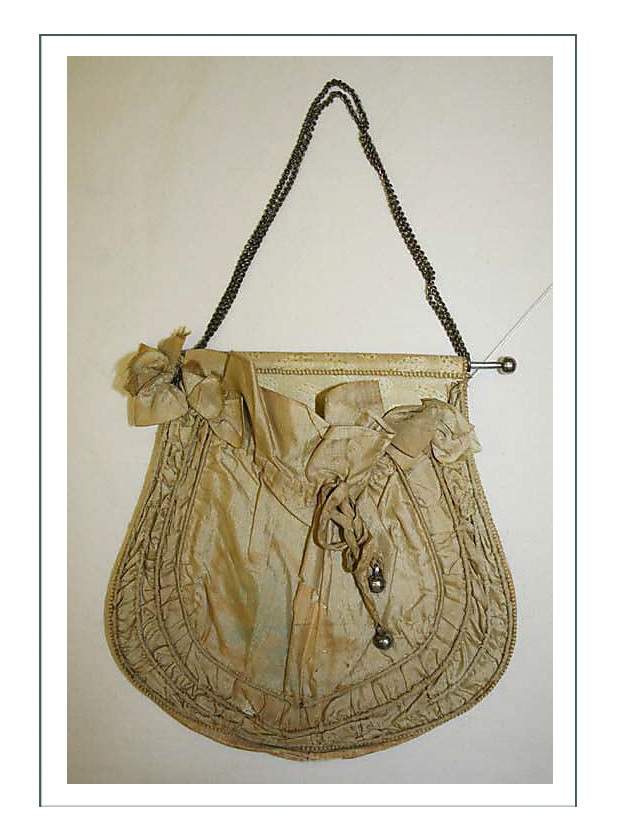
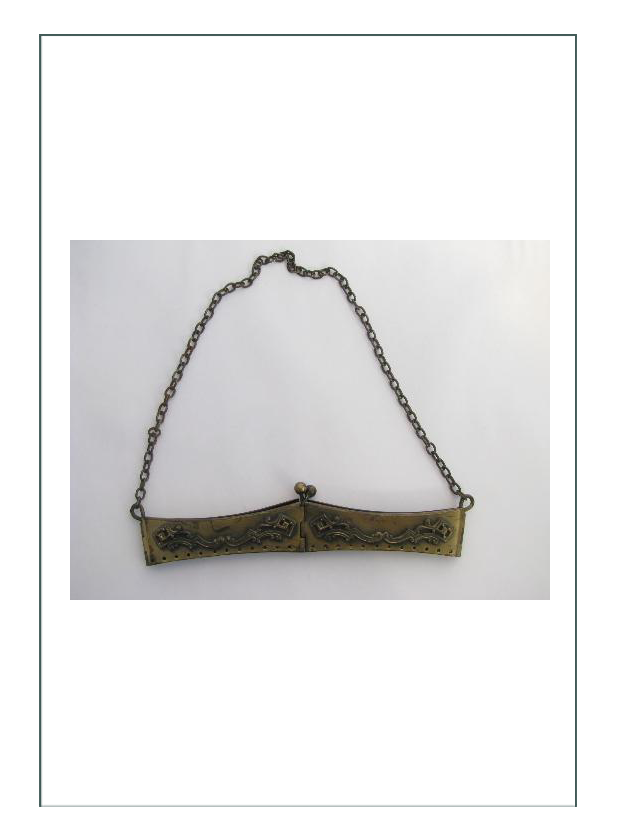
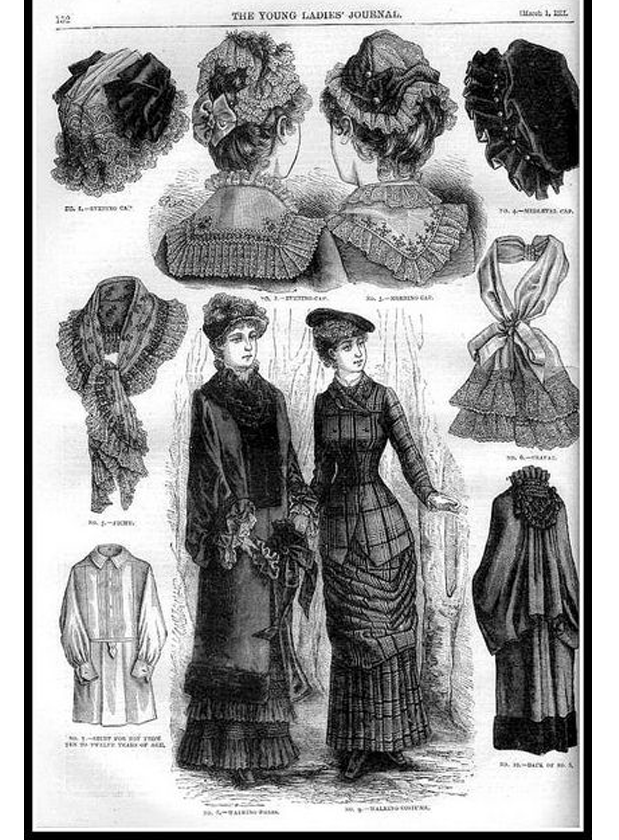
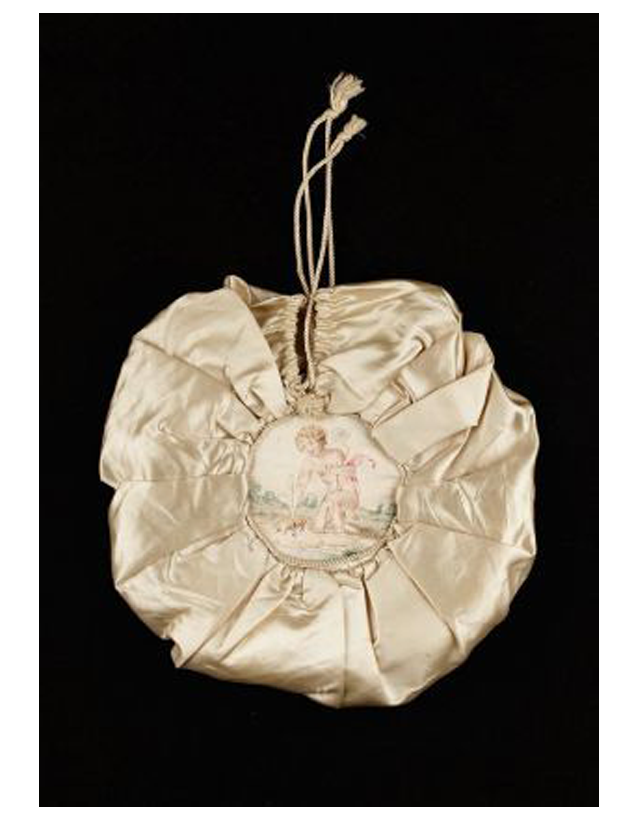
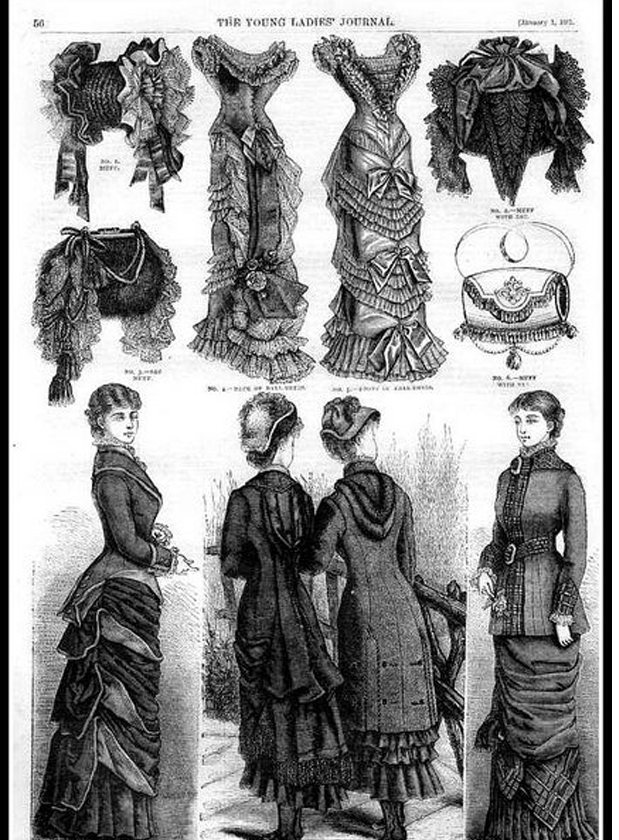
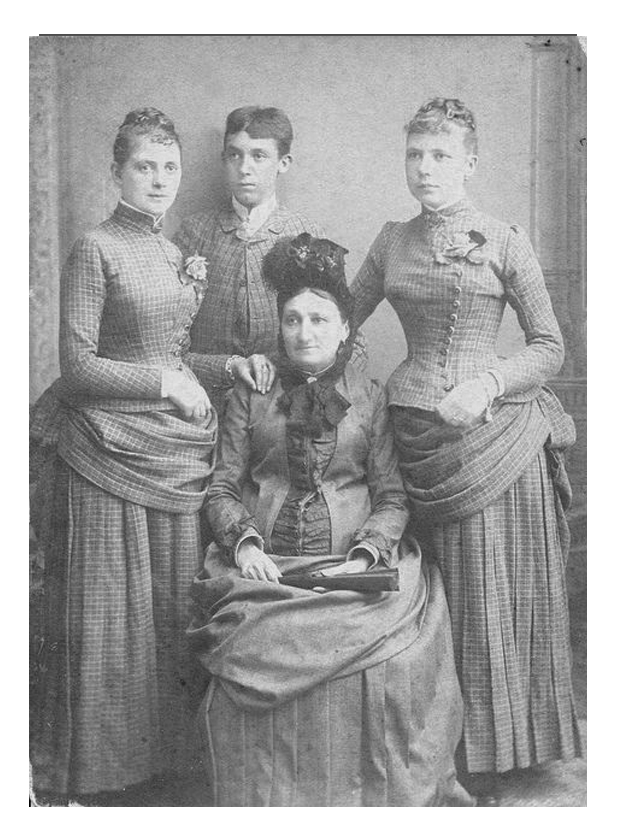
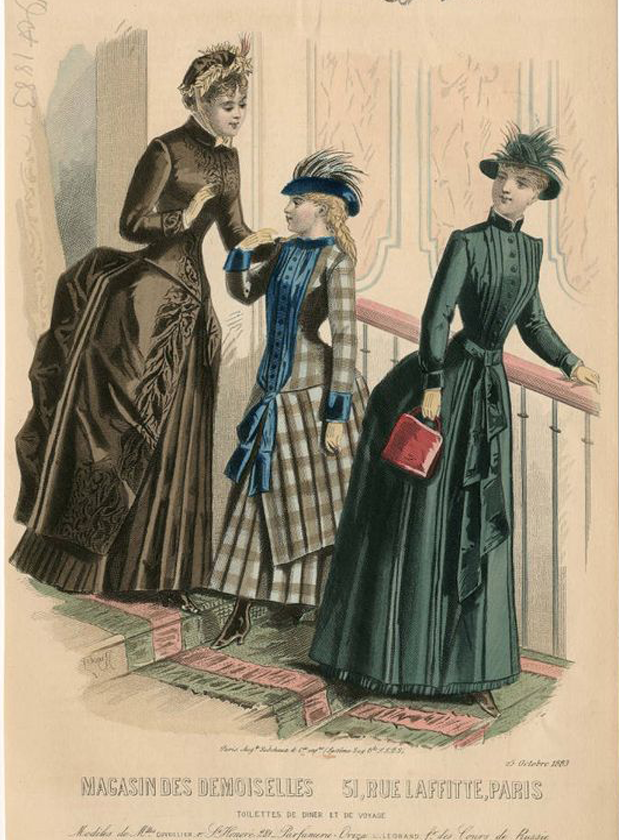
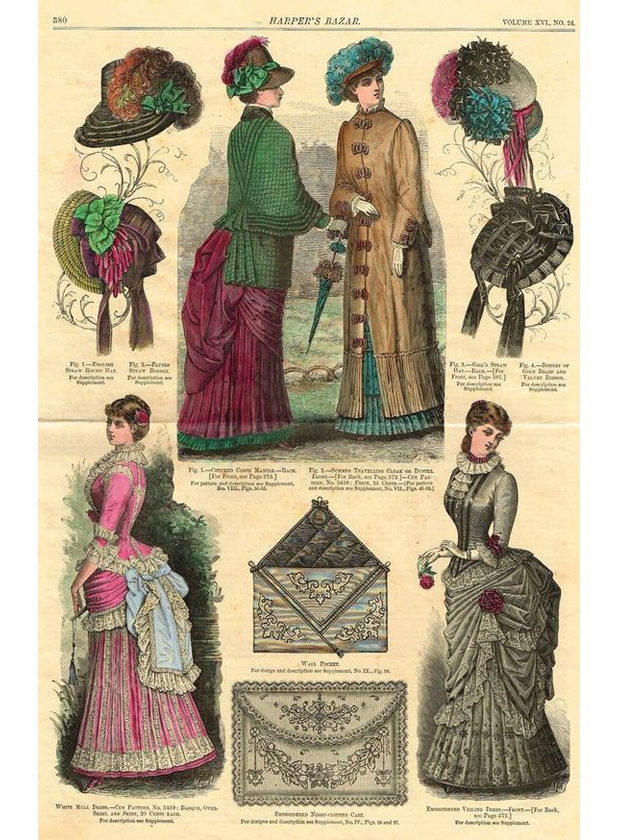
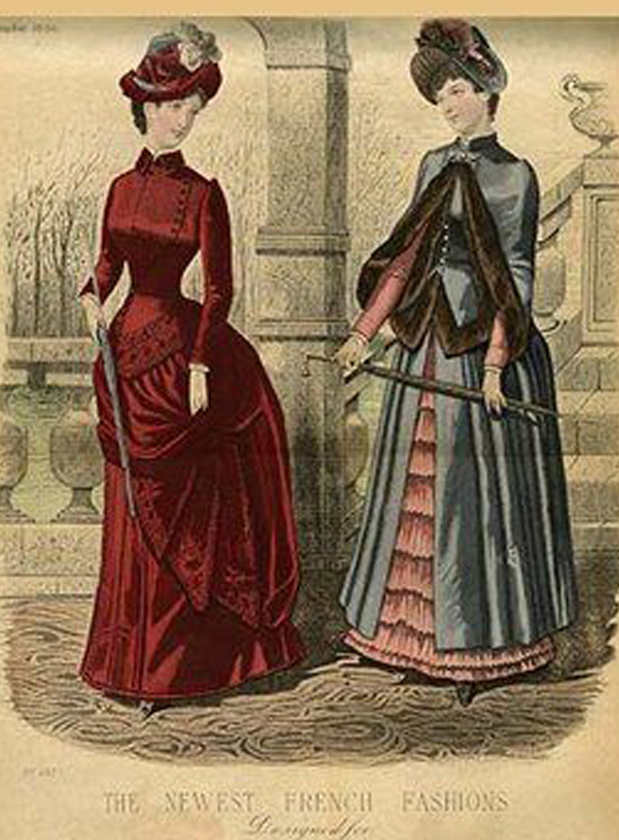
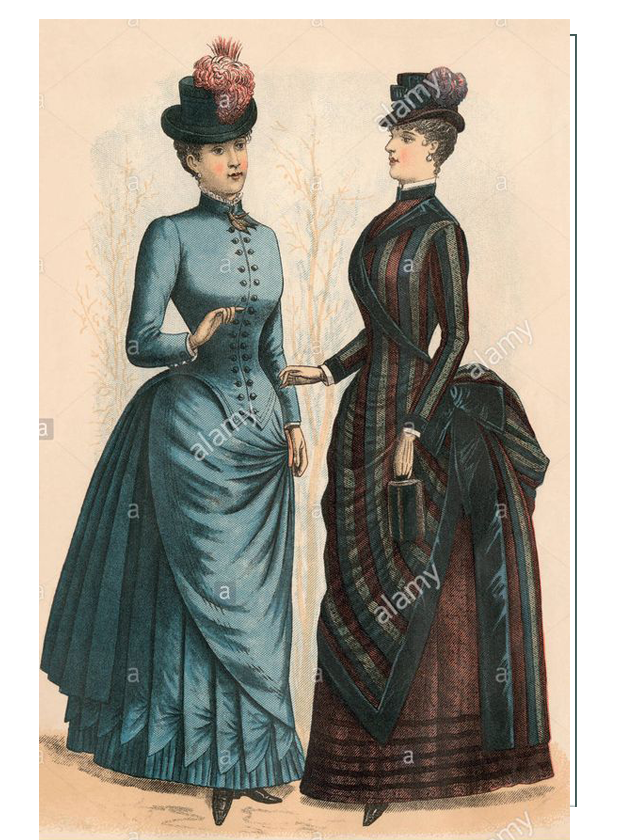
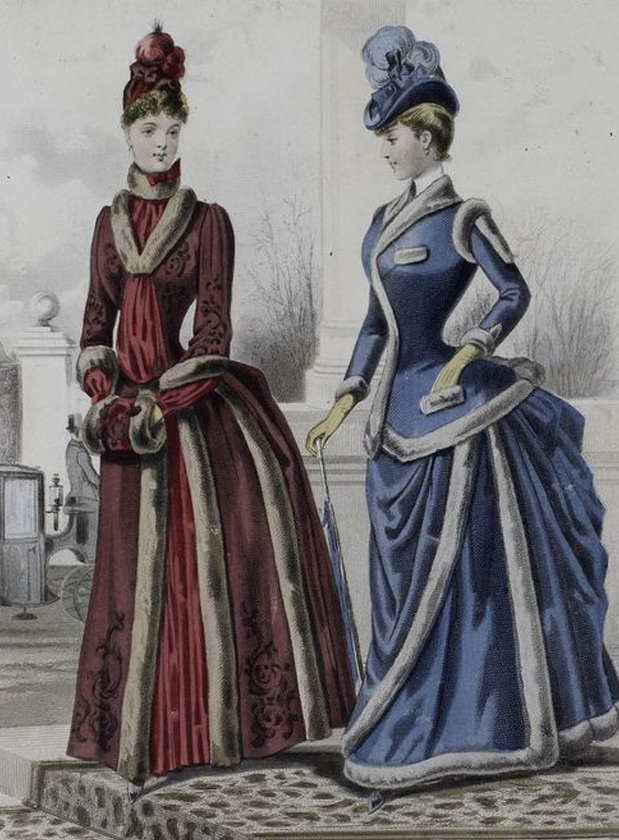
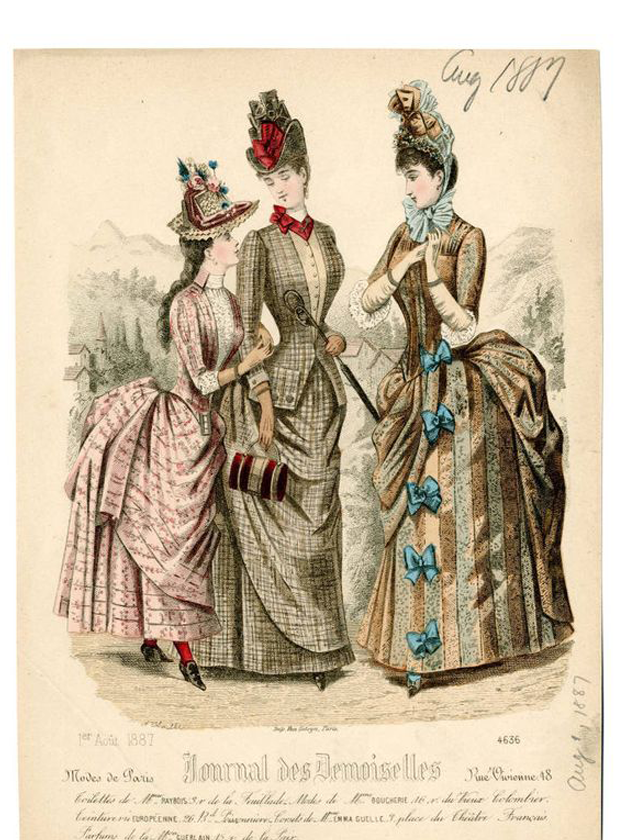
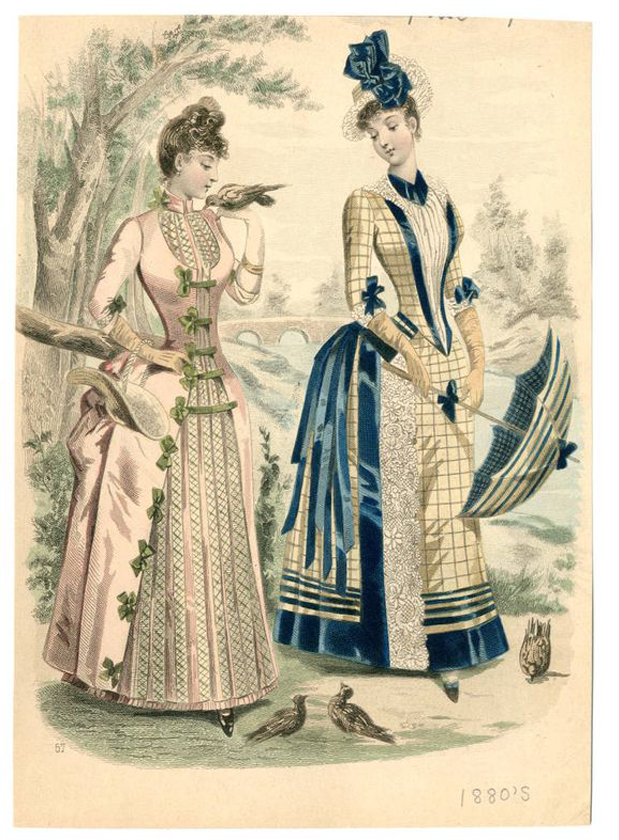
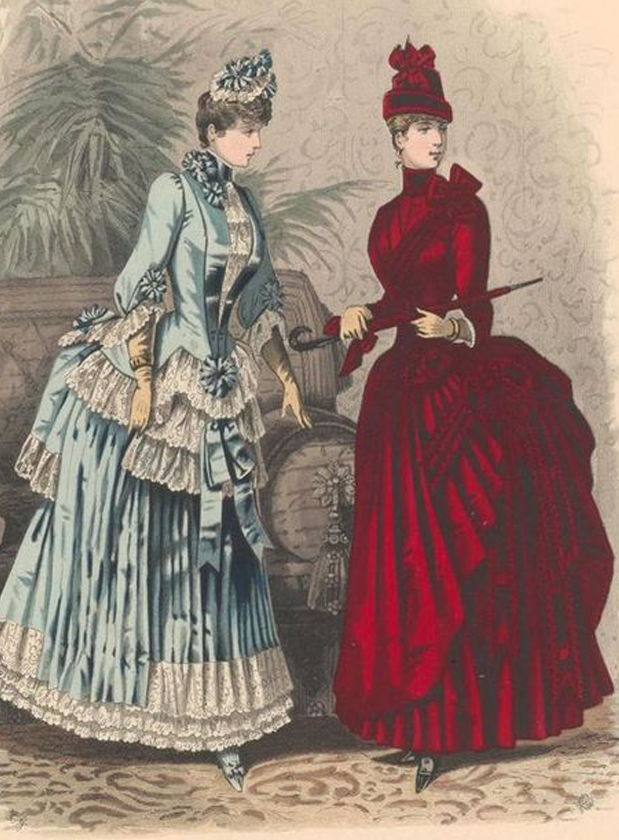
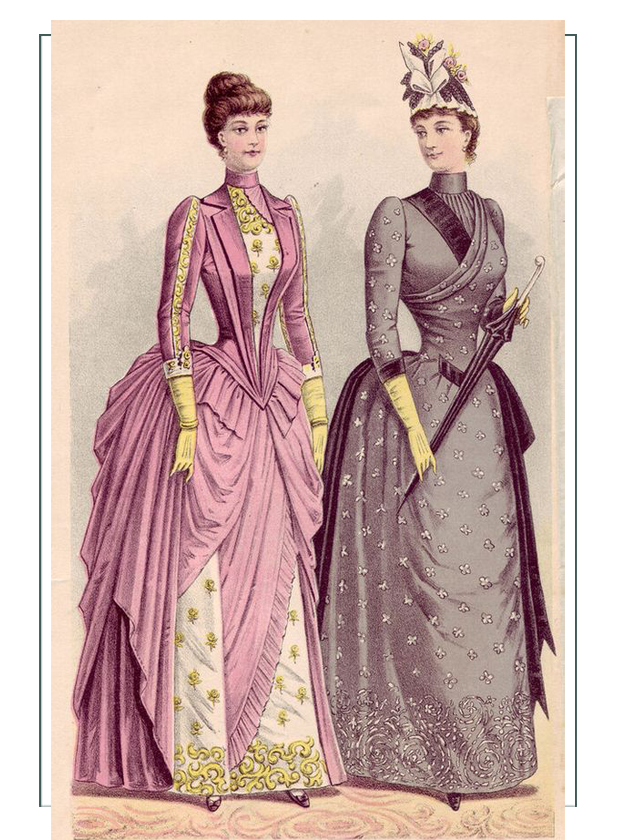
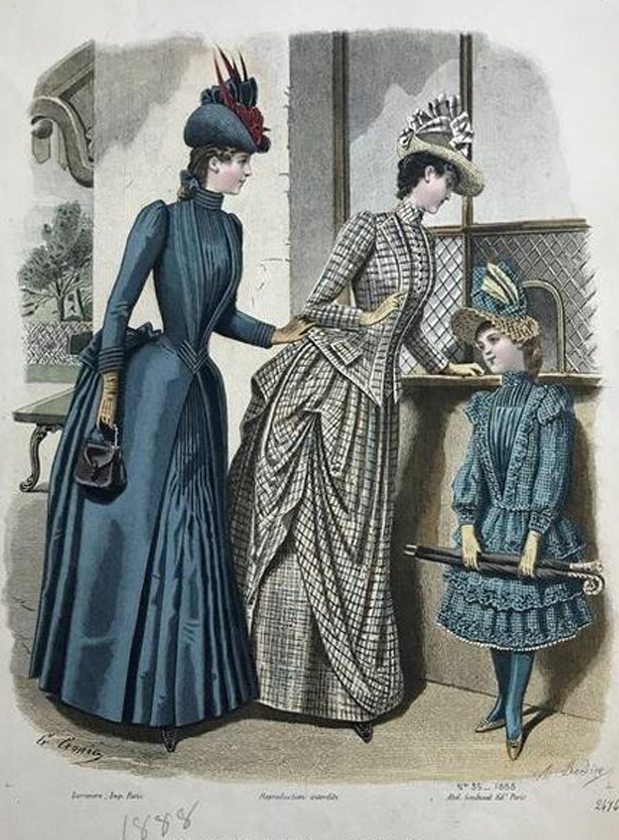
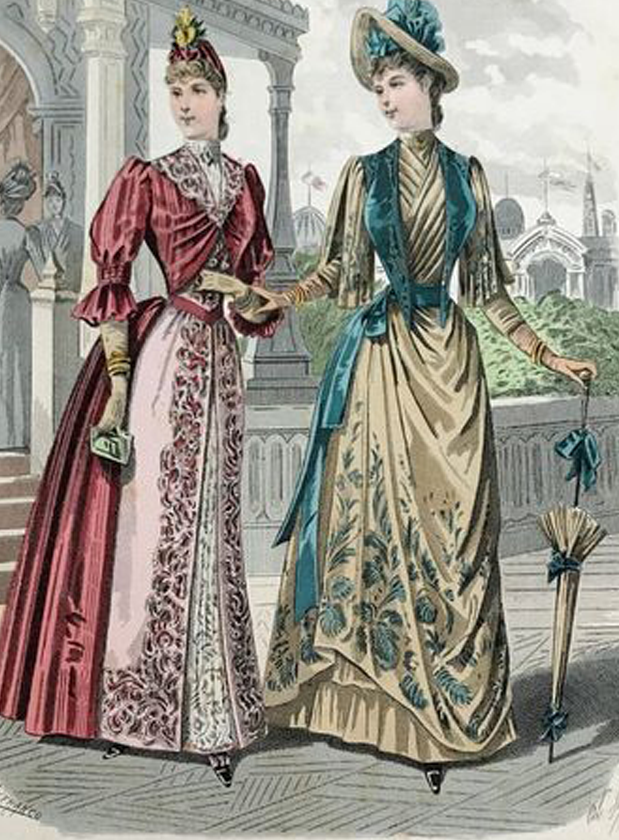
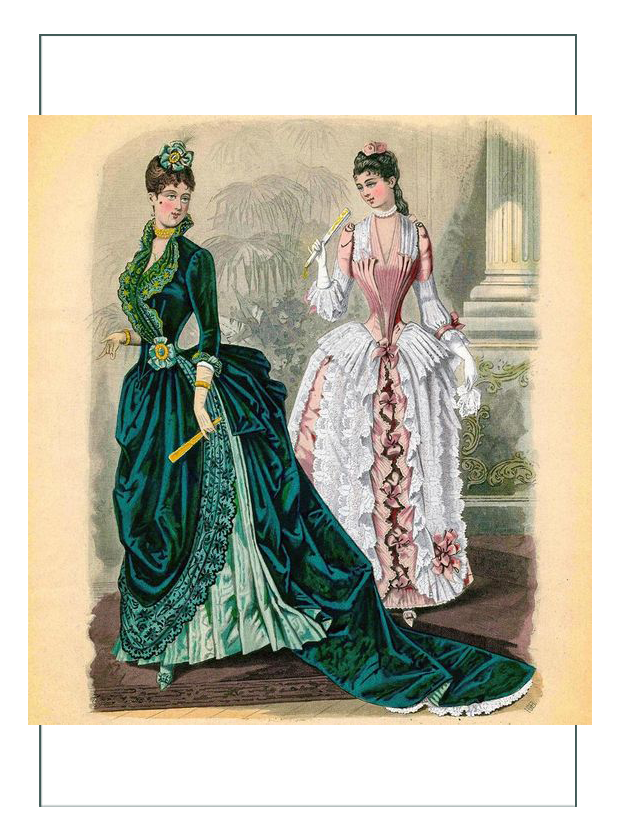
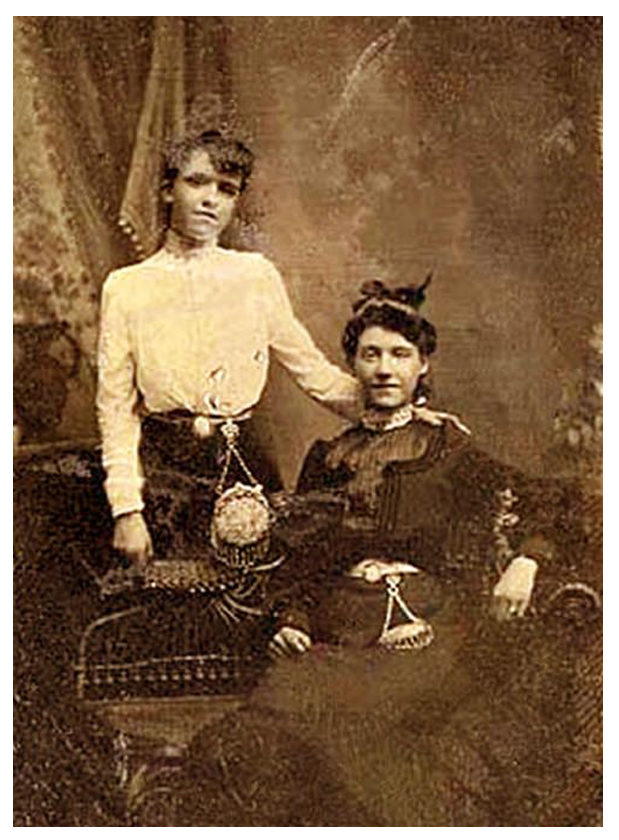
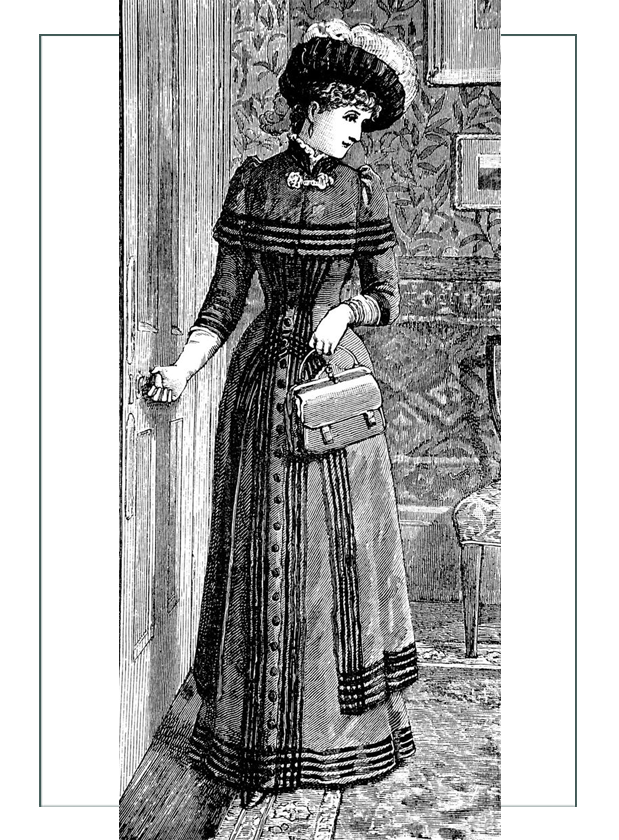
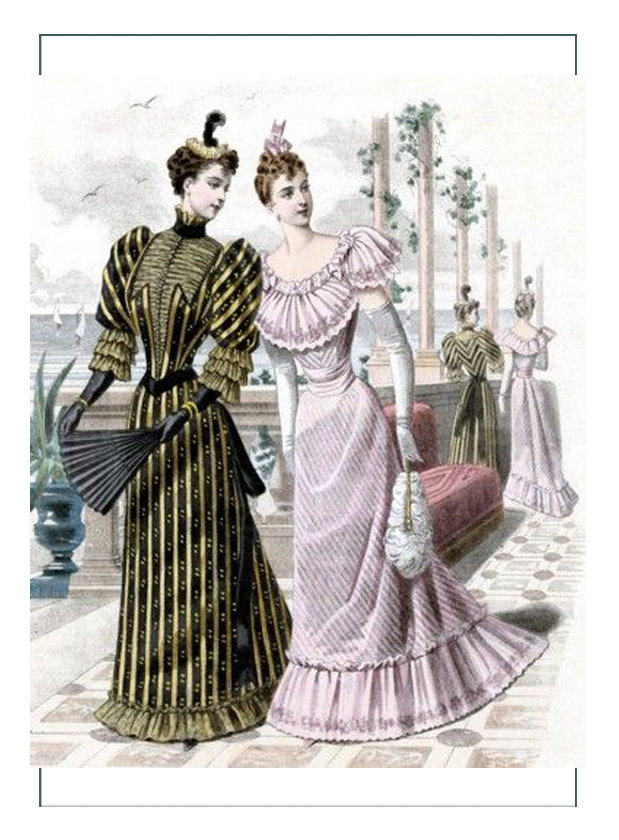
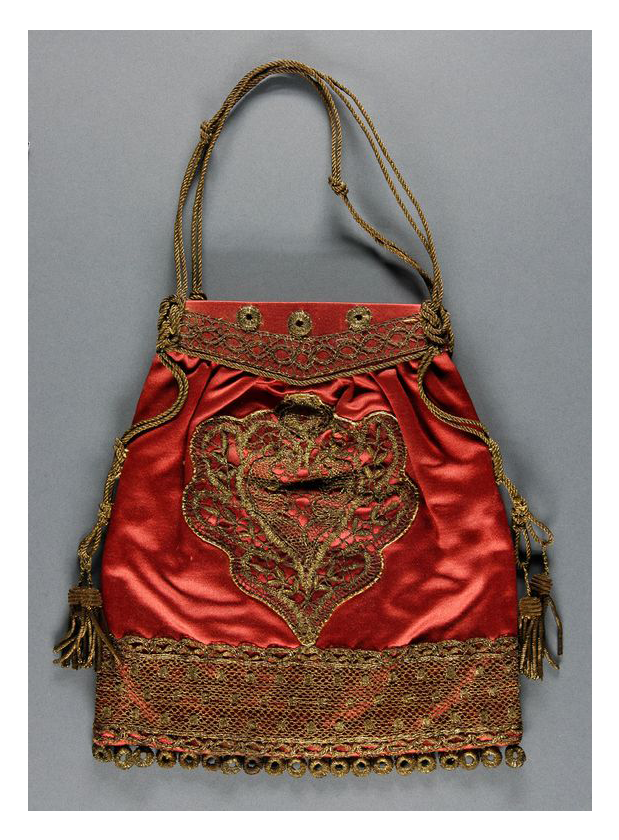
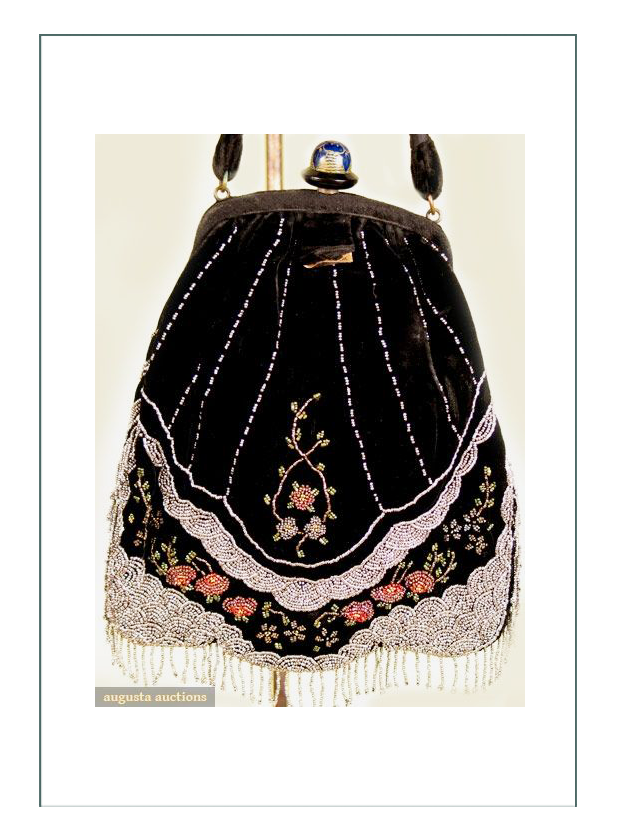
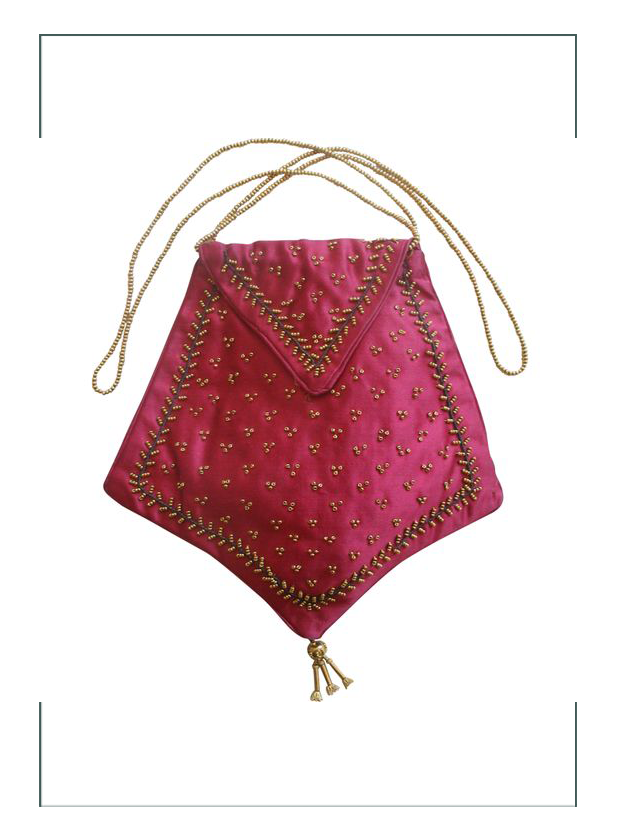
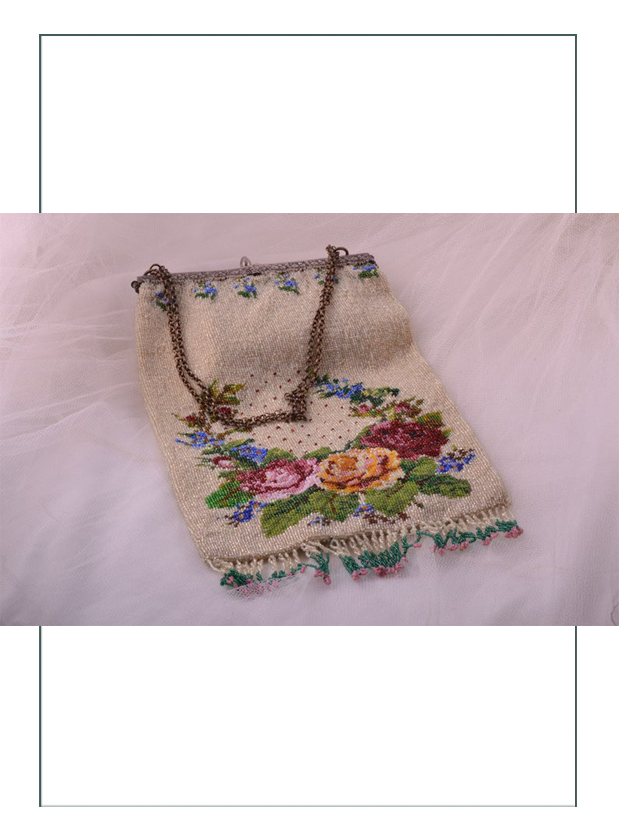
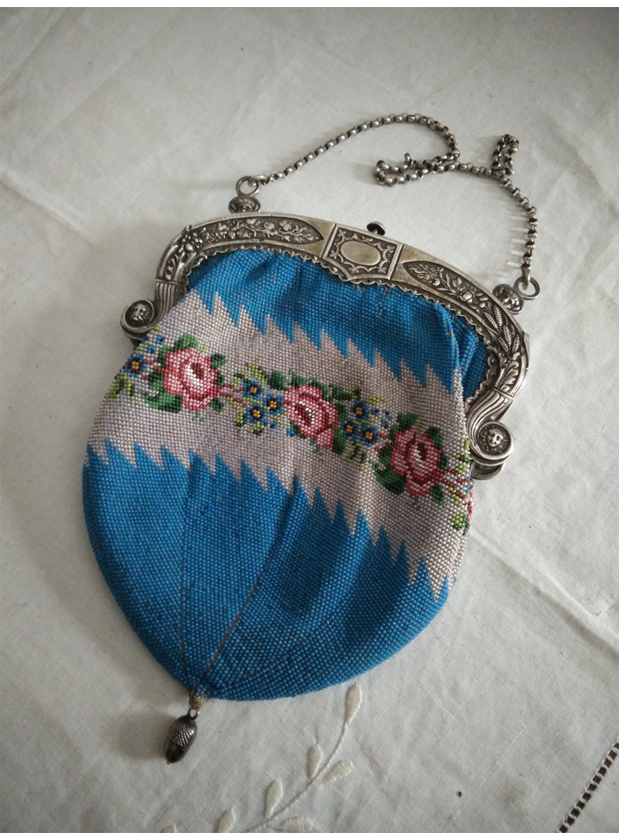
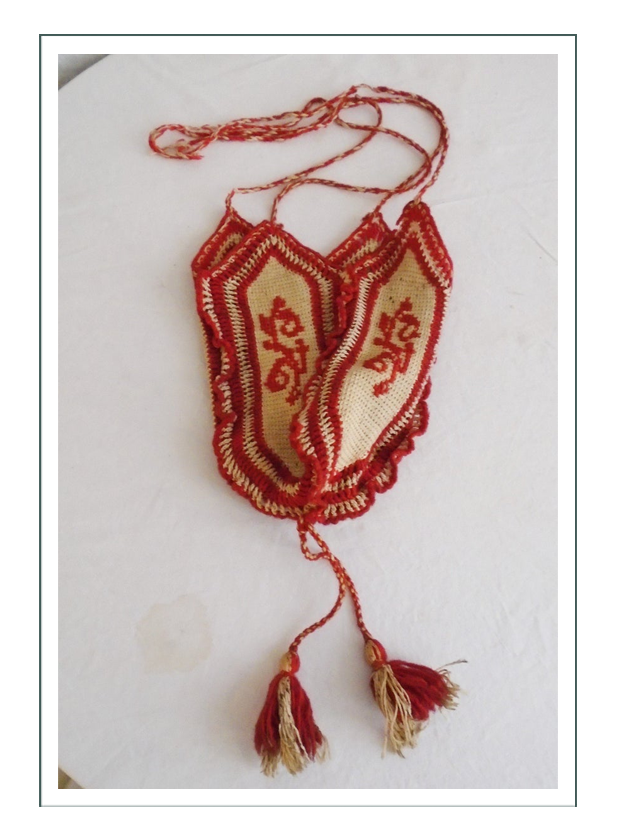
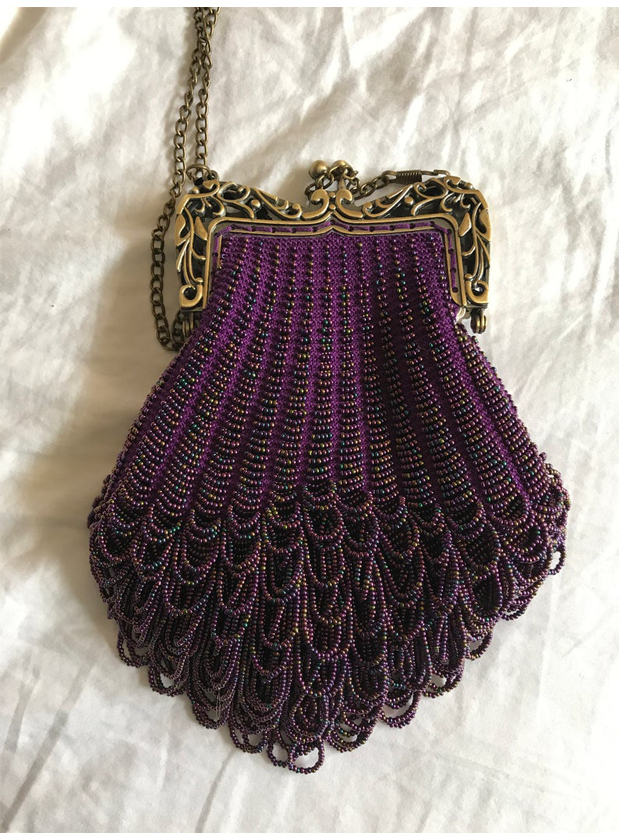
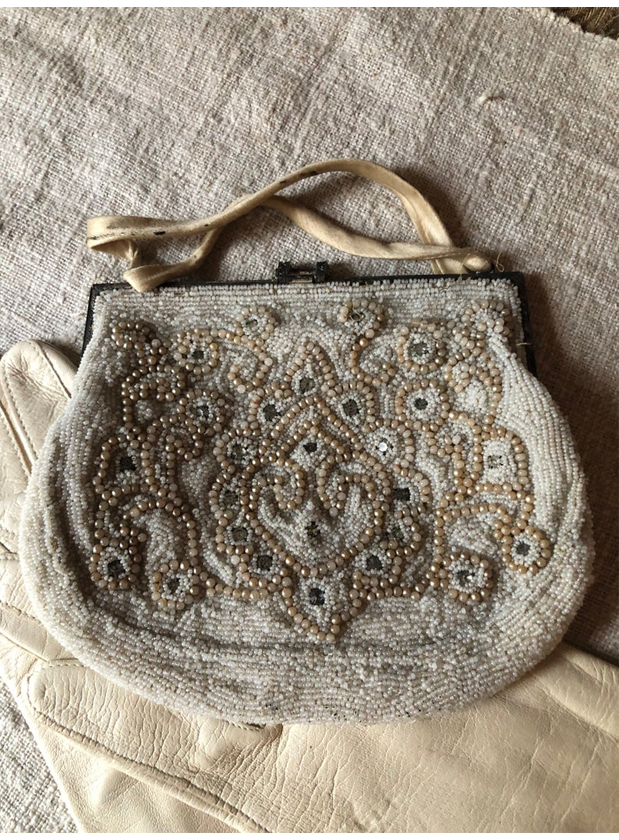
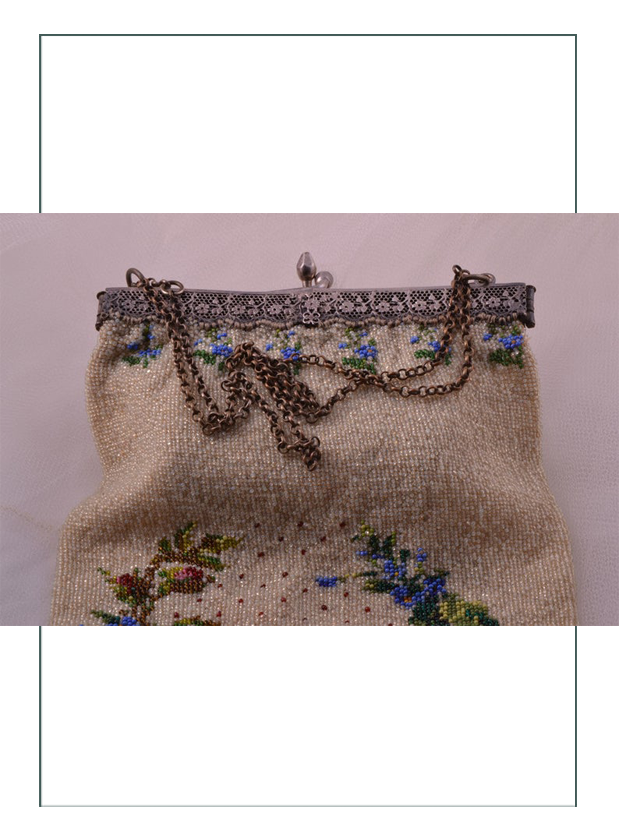
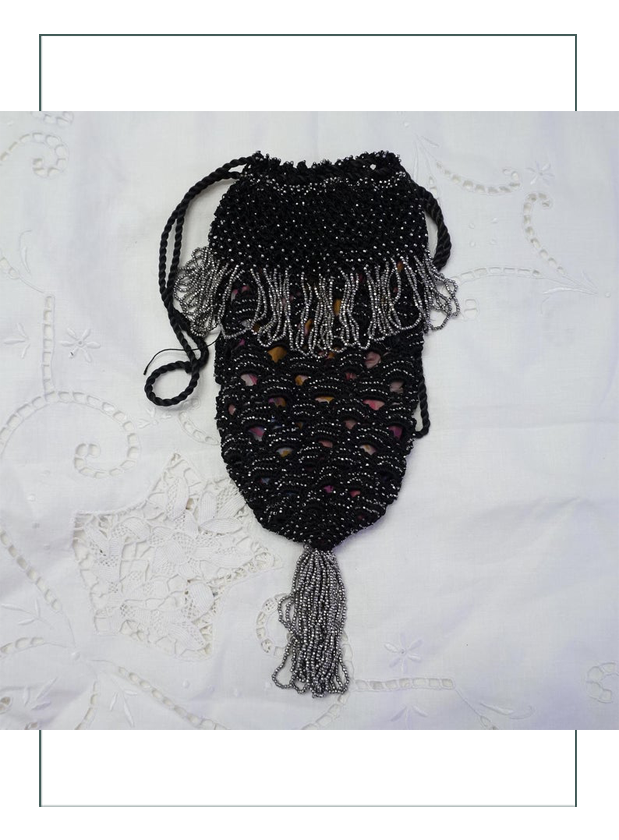
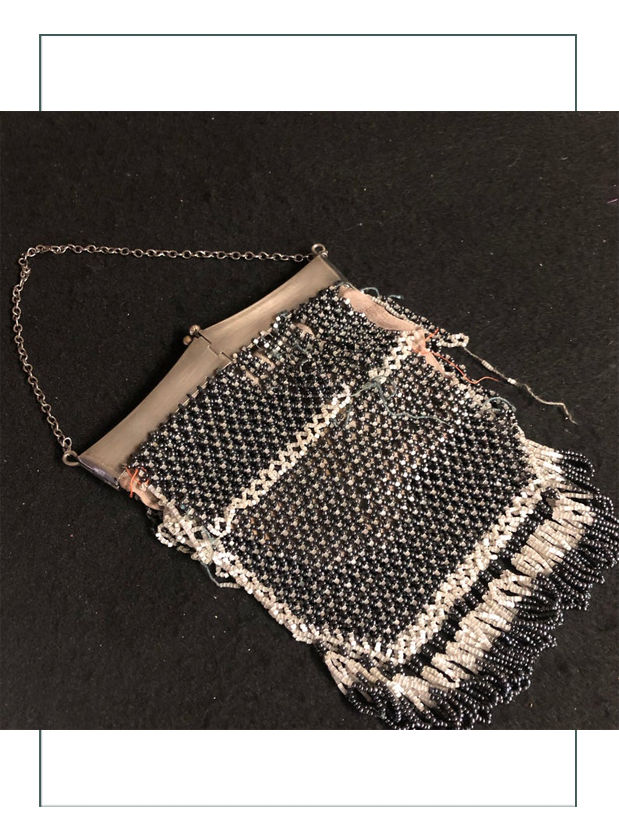
Click here to go to Melissa’s Design Development Page (next)
Click here to go to Melissa’s Main Page with the Finished Project
